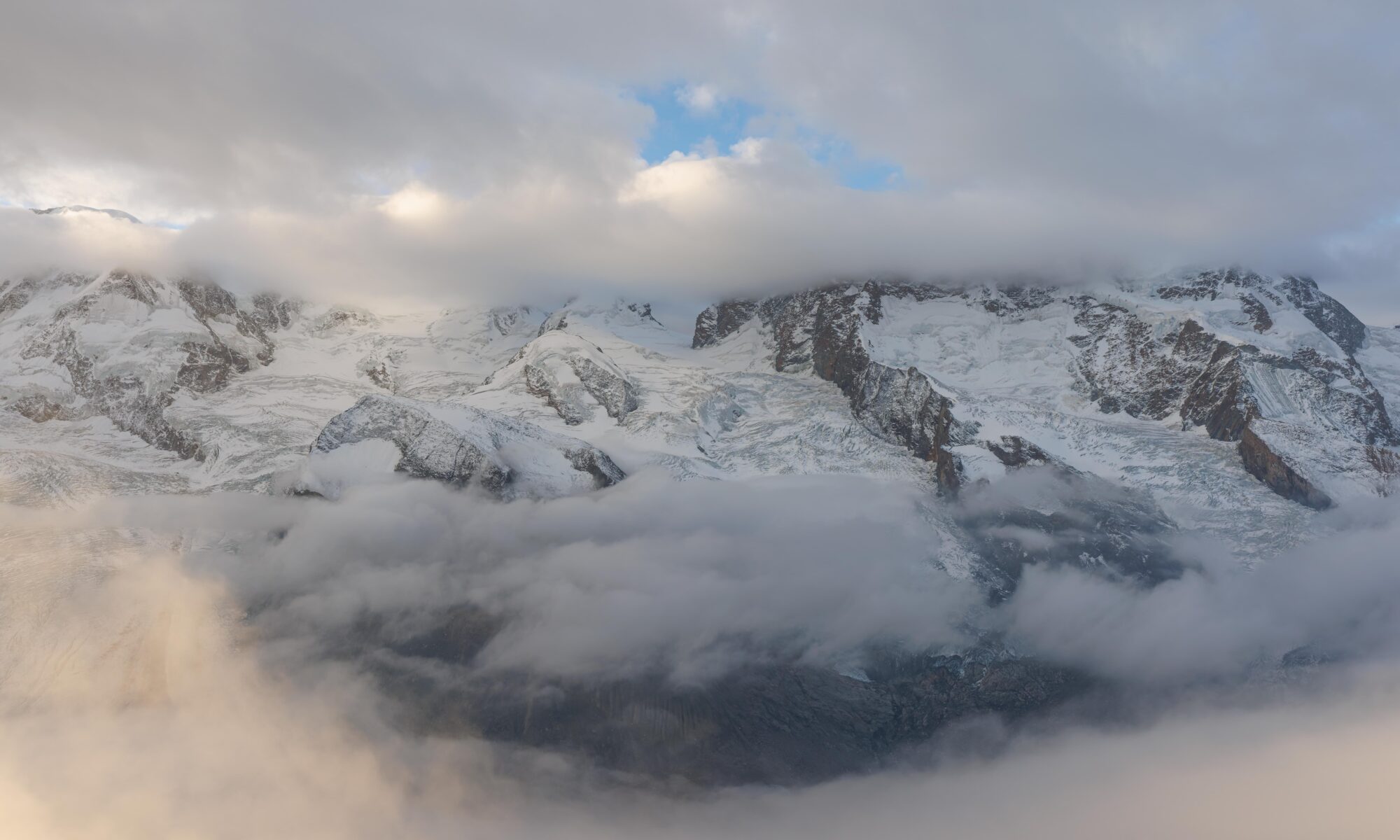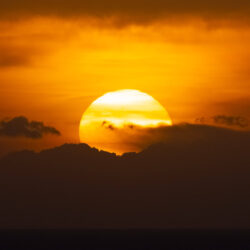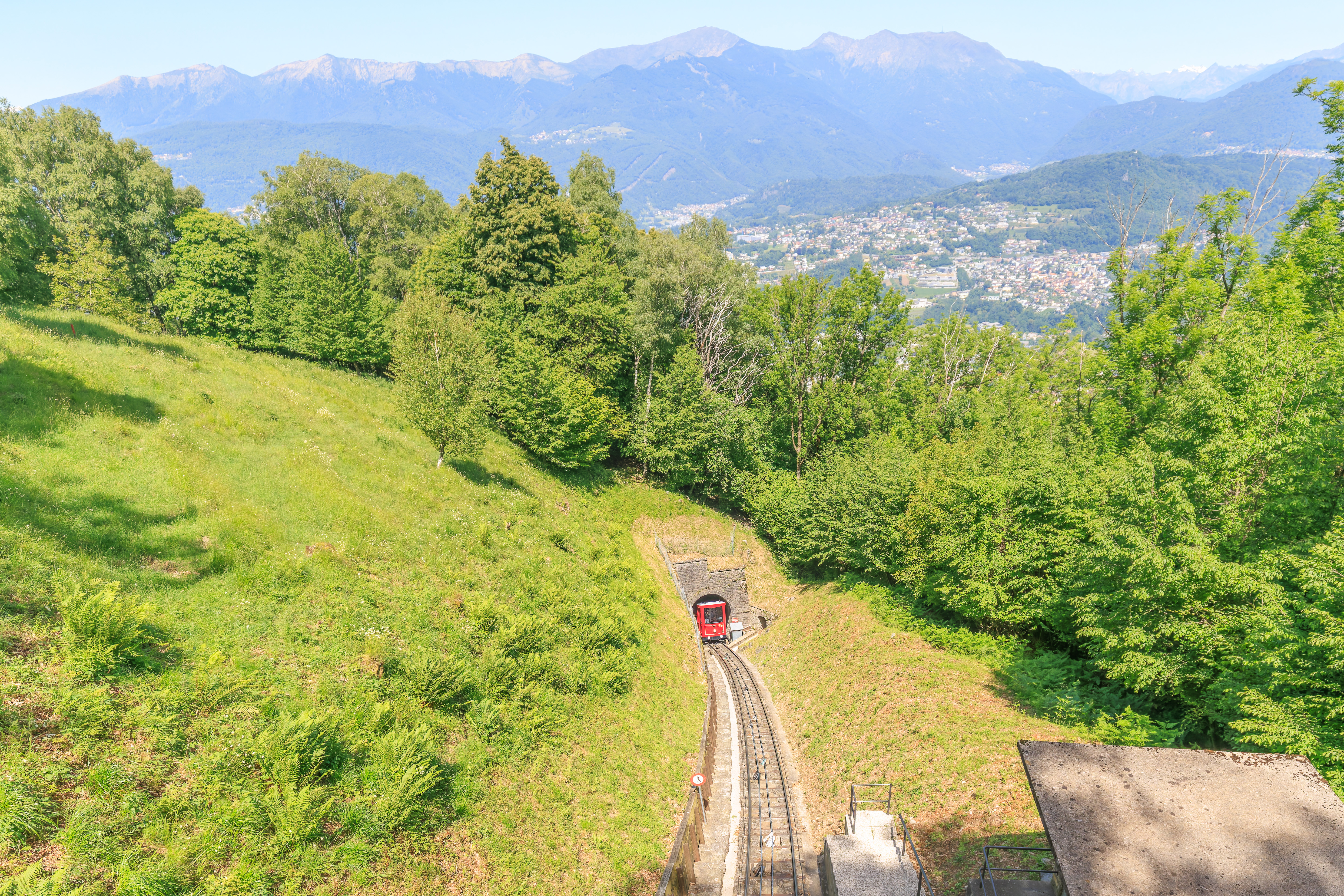After breakfast at the Hampton Locarno, we headed over to Lugano where we visited two mountains, Monte Brè and Monte San Salvatore. We spent most of the day there, returning to Locarno in the evening for dinner and a walk around town.
Morning
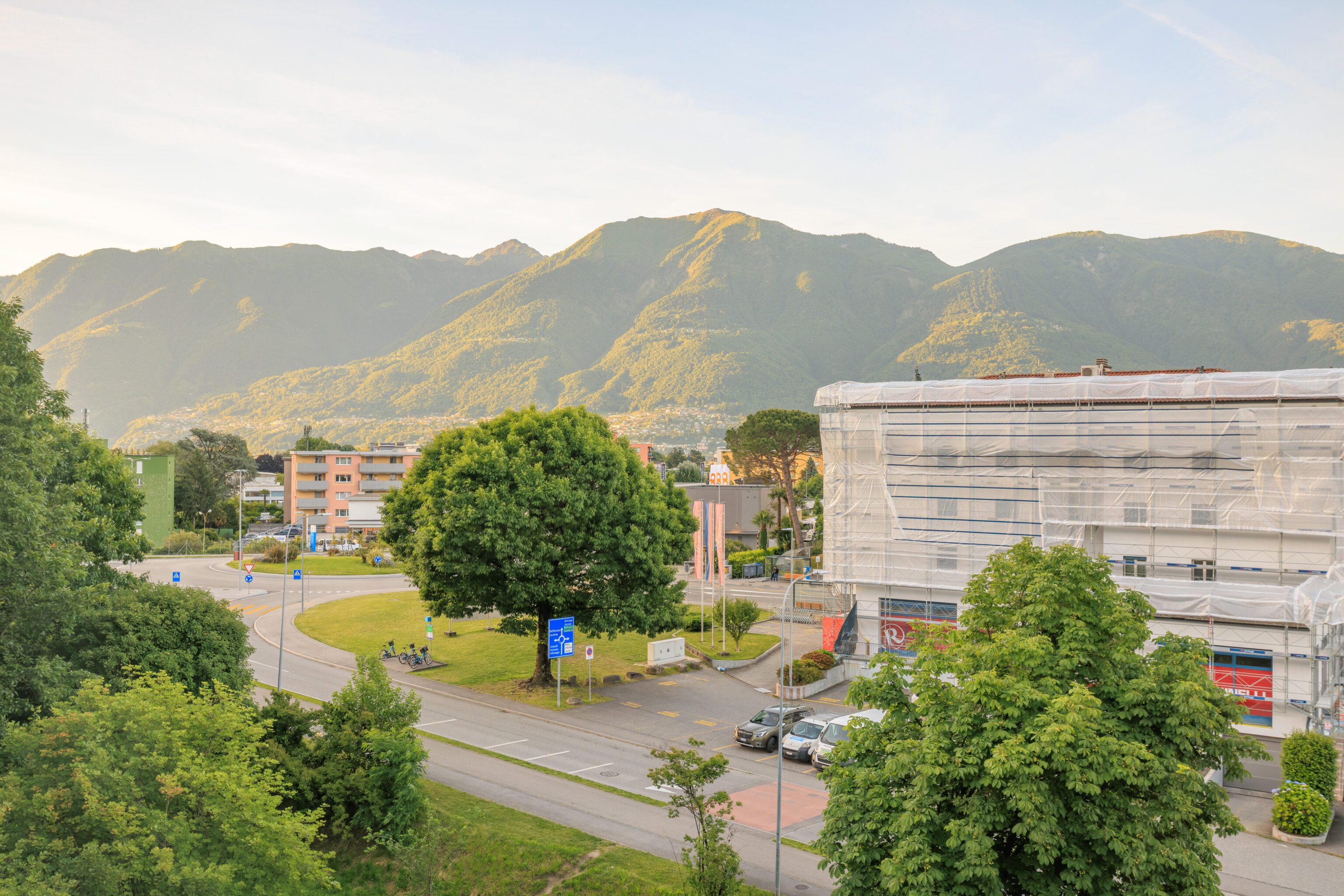
It looked like a nice morning when we woke up at the Hampton by Hilton Locarno!
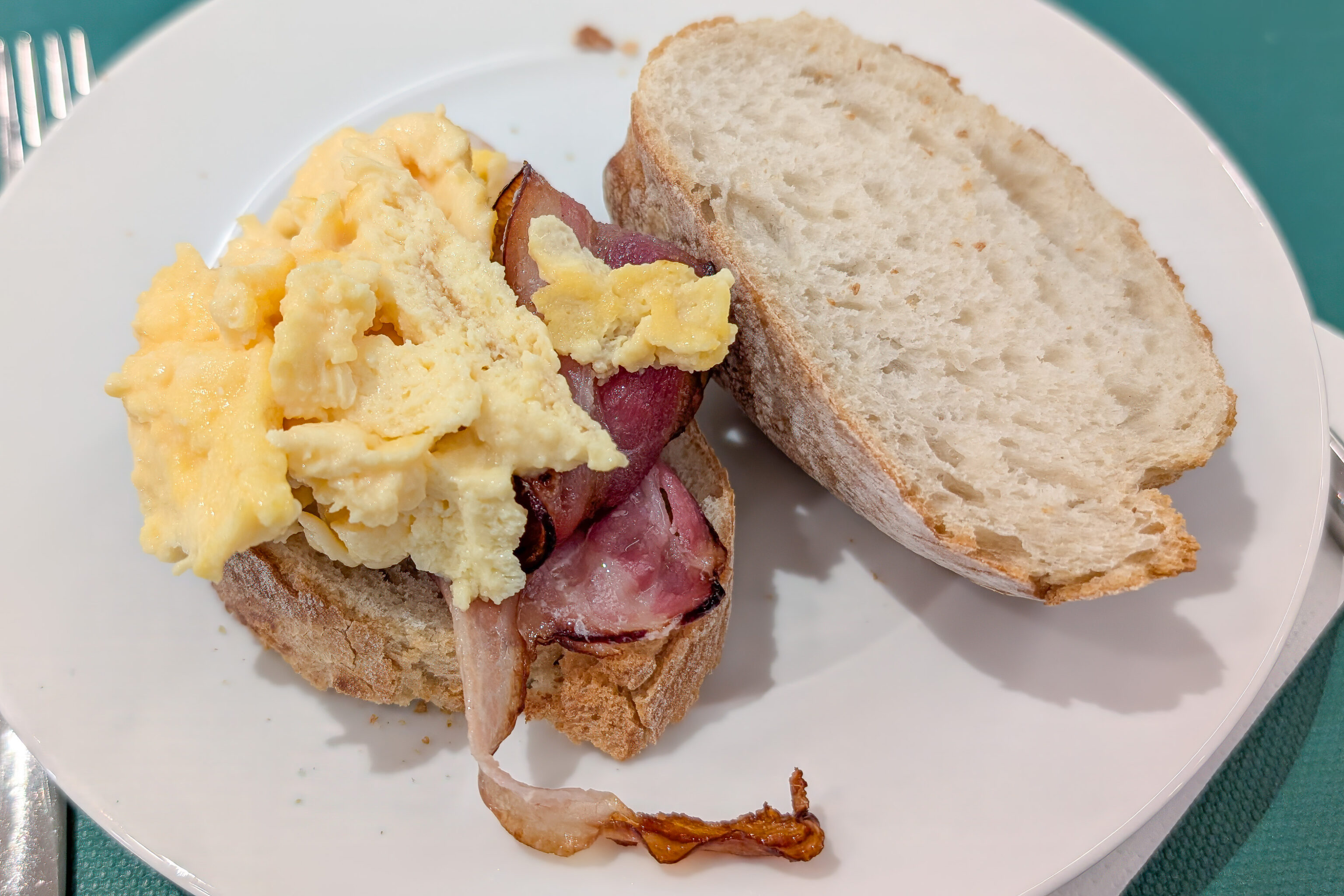
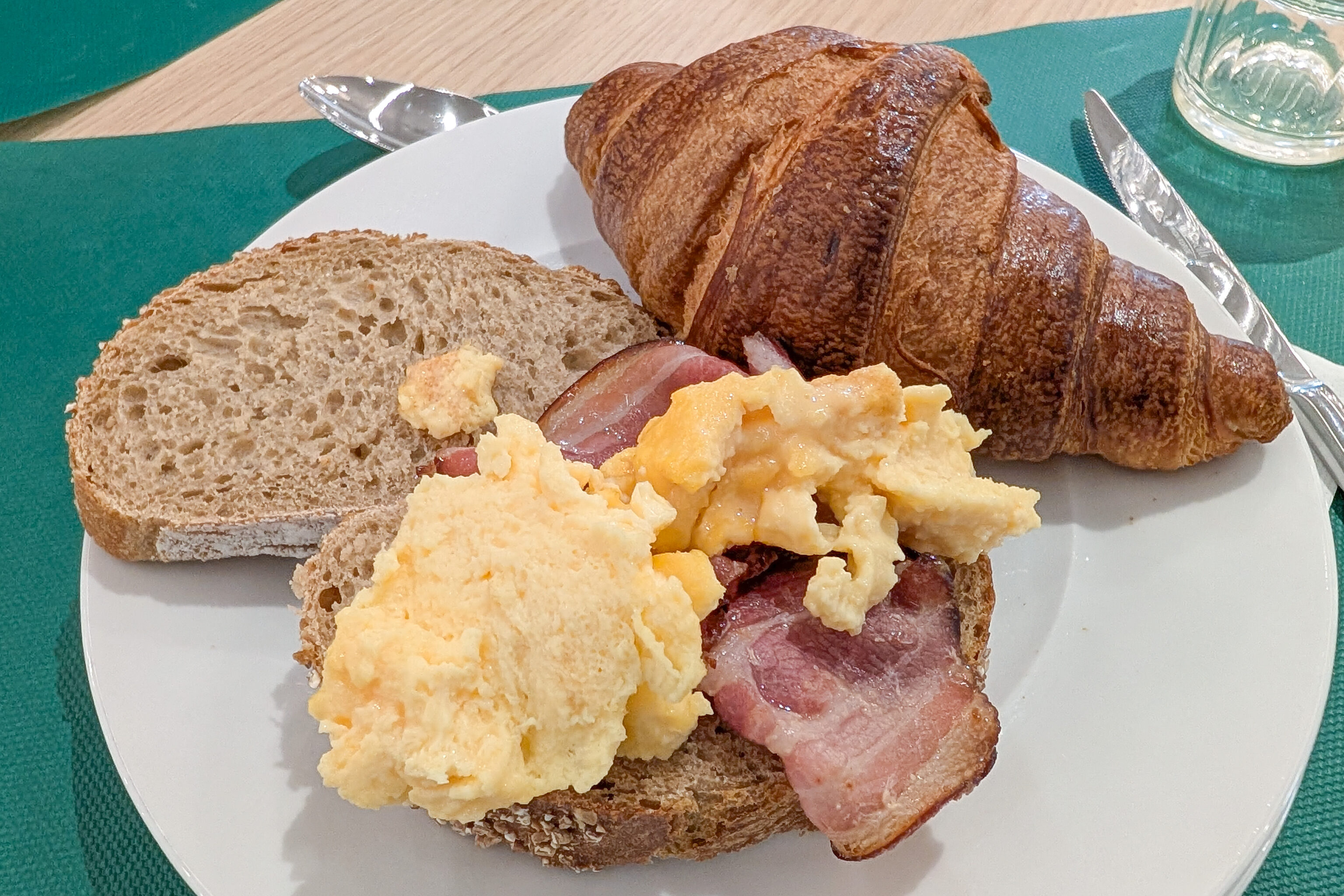
After getting ready, we headed downstairs for breakfast. The options were pretty much the same as yesterday. Again, better than Hampton properties in the US but not better than most hotels we’ve stayed at in Switzerland. Still, the price was right for this stay!
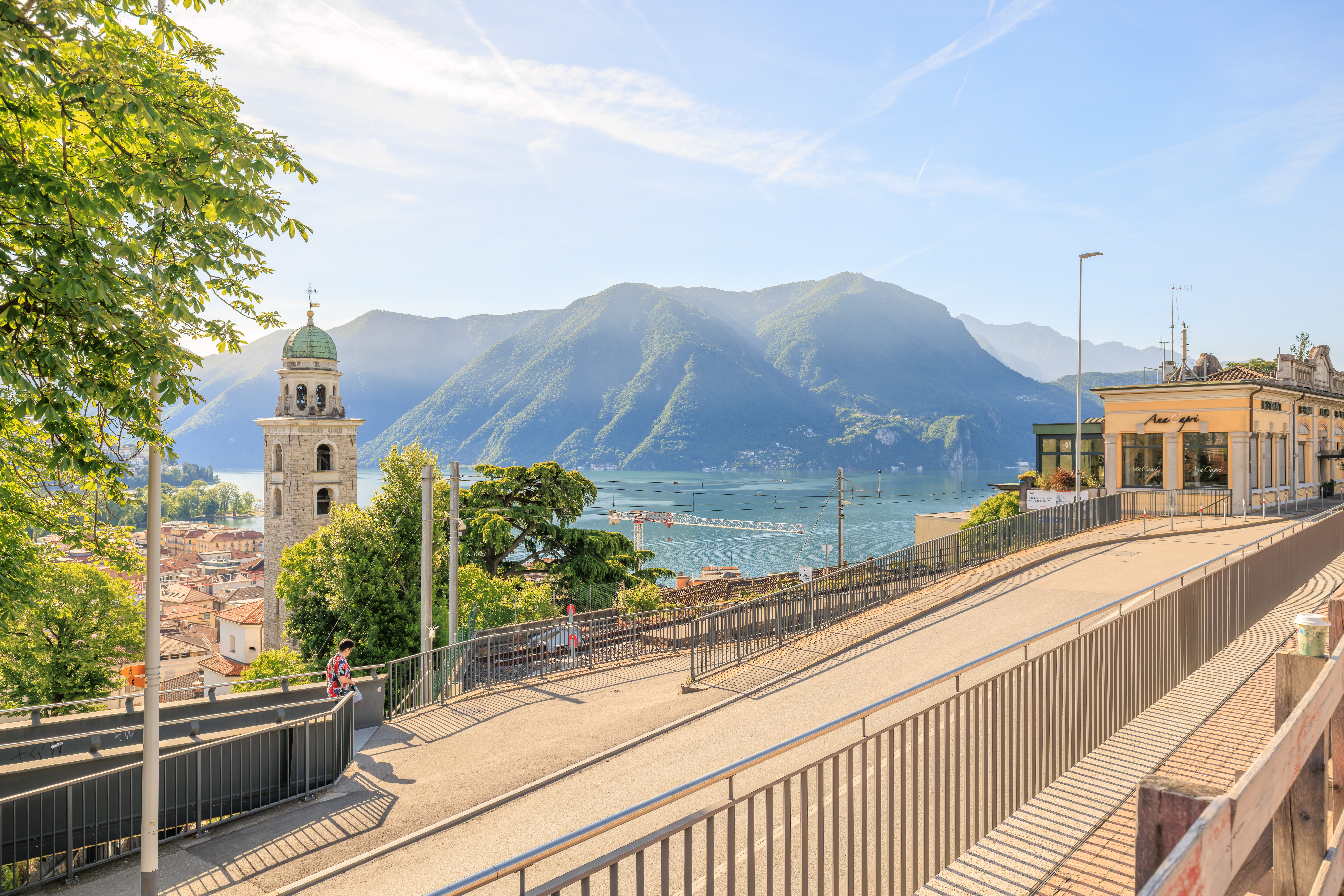
For our final full day in Switzerland of this trip, we decided to head over to Lugano. So we once again caught a bus to Locarno‘s train station and then hopped on the next train to Lugano. The city’s main station is actually on a hill above Lake Lugano.
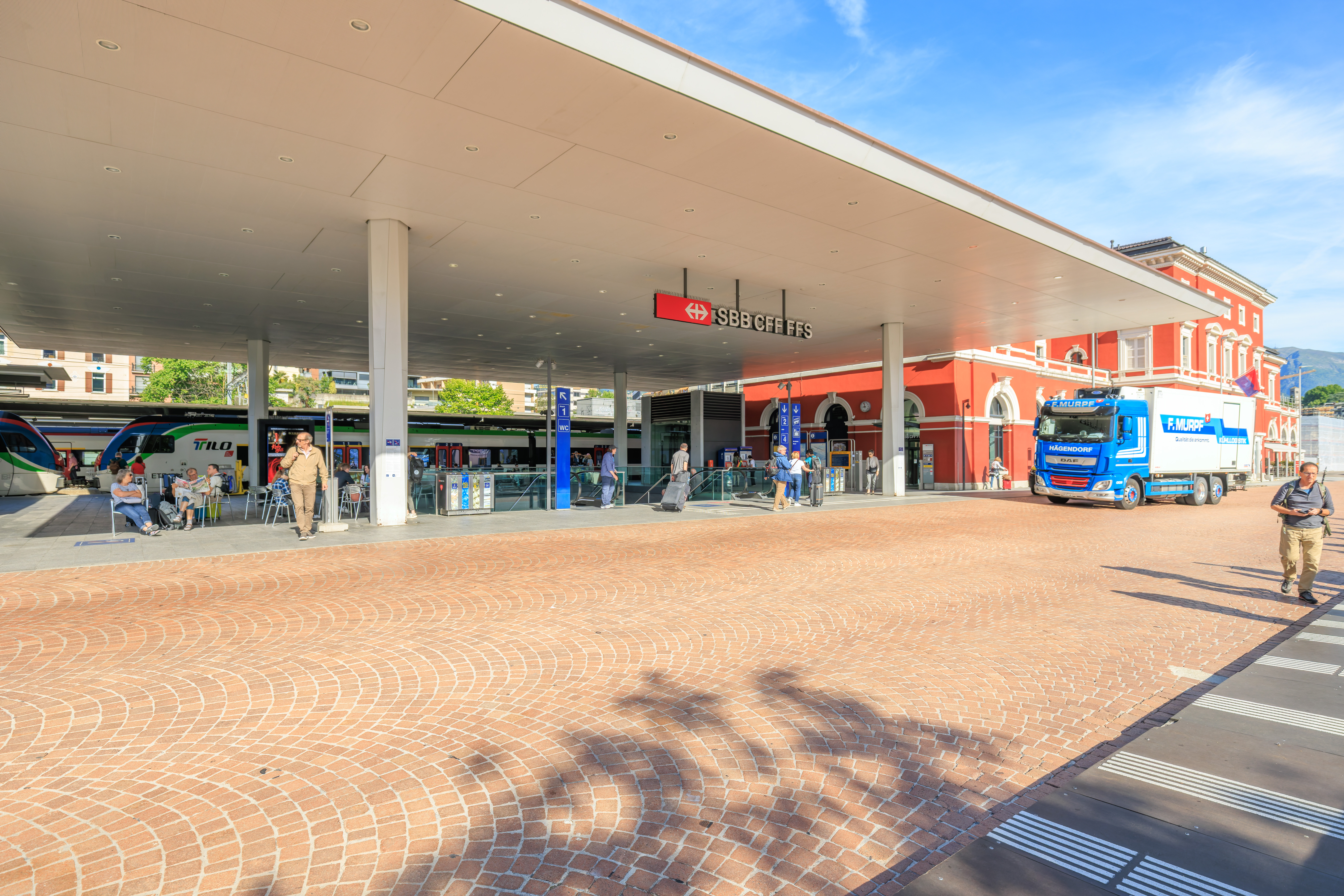
At Lugano, we caught the next bus headed to the Cassarate, Monte Brè bus stop at the base of Monte Brè.
Monte Brè
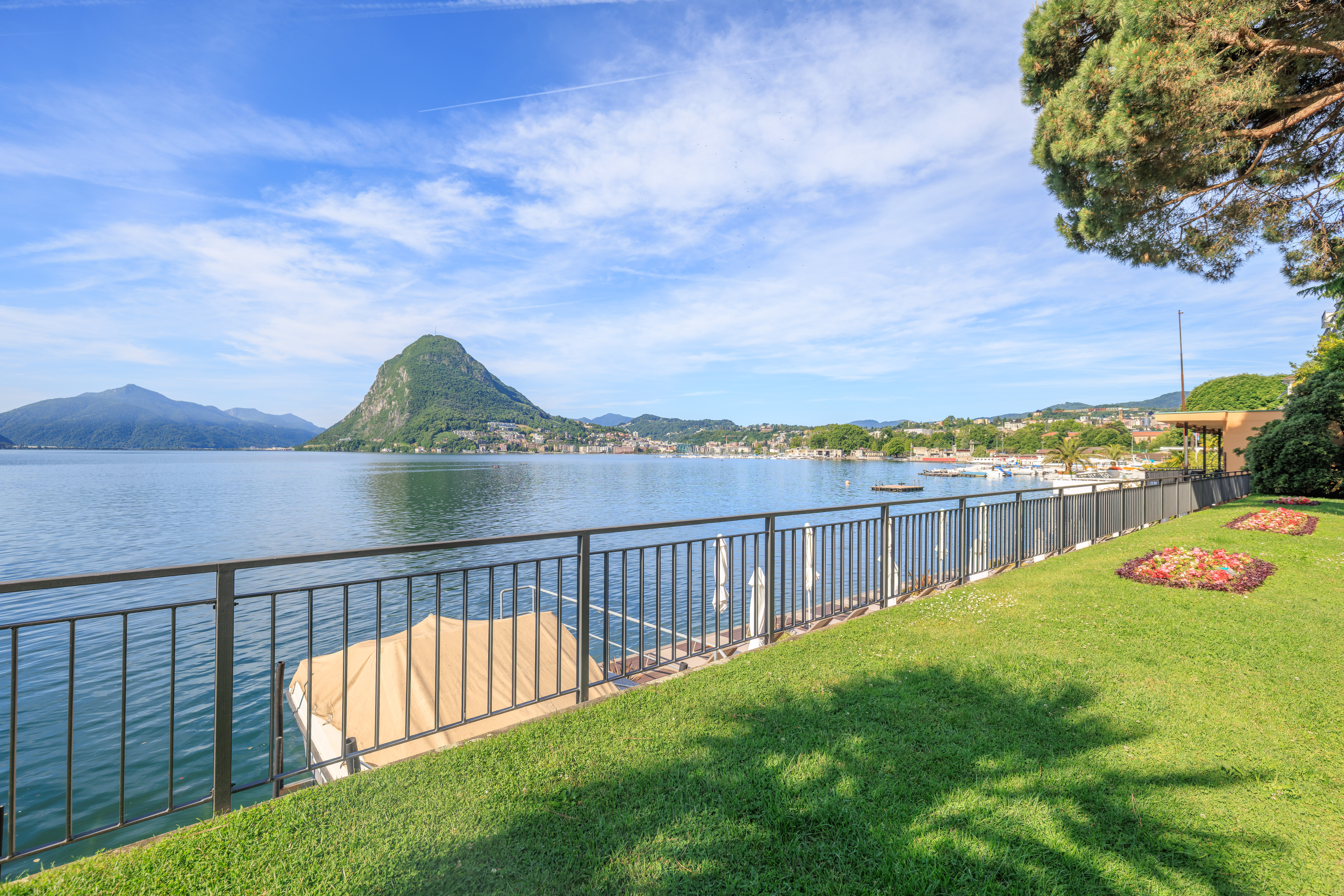
After getting off the bus, we crossed the street to take a look at Lake Lugano. It was a pretty nice view! From here, we could clearly see Monte San Salvatore to the southwest, towering above all nearby.
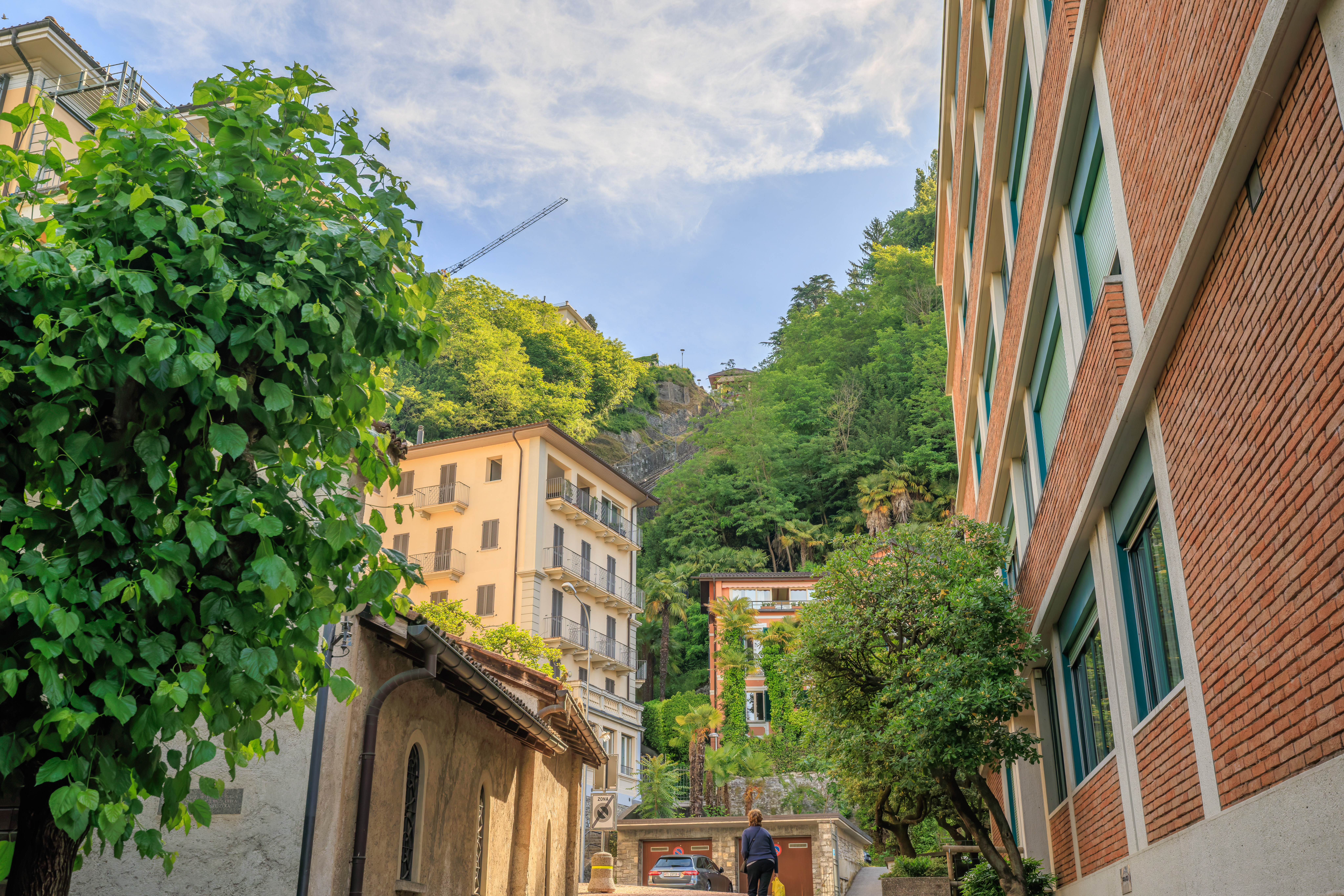
We headed inland though. After a brief walk, we arrived at the Monte Brè Funicular. The funicular’s lower station was a bit confusing. It has ticket machines but didn’t seem to have a staffed ticket office. There was no way to buy discounted tickets as we were eligible due to having the Ticino Ticket. However, there was no ticket check and signage seemed to suggest to ride up to the next station to buy tickets to continue upwards.
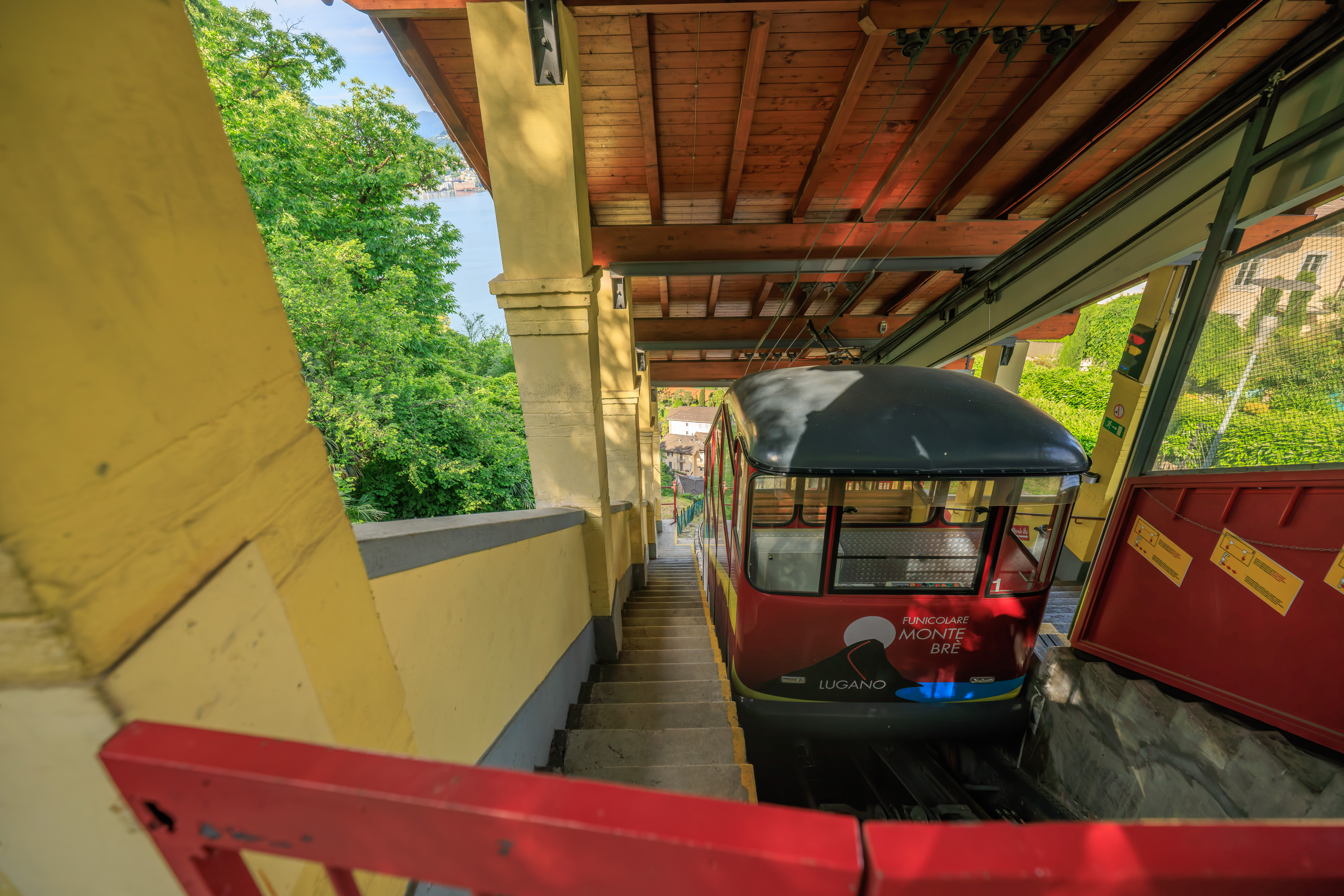
So, we did that.
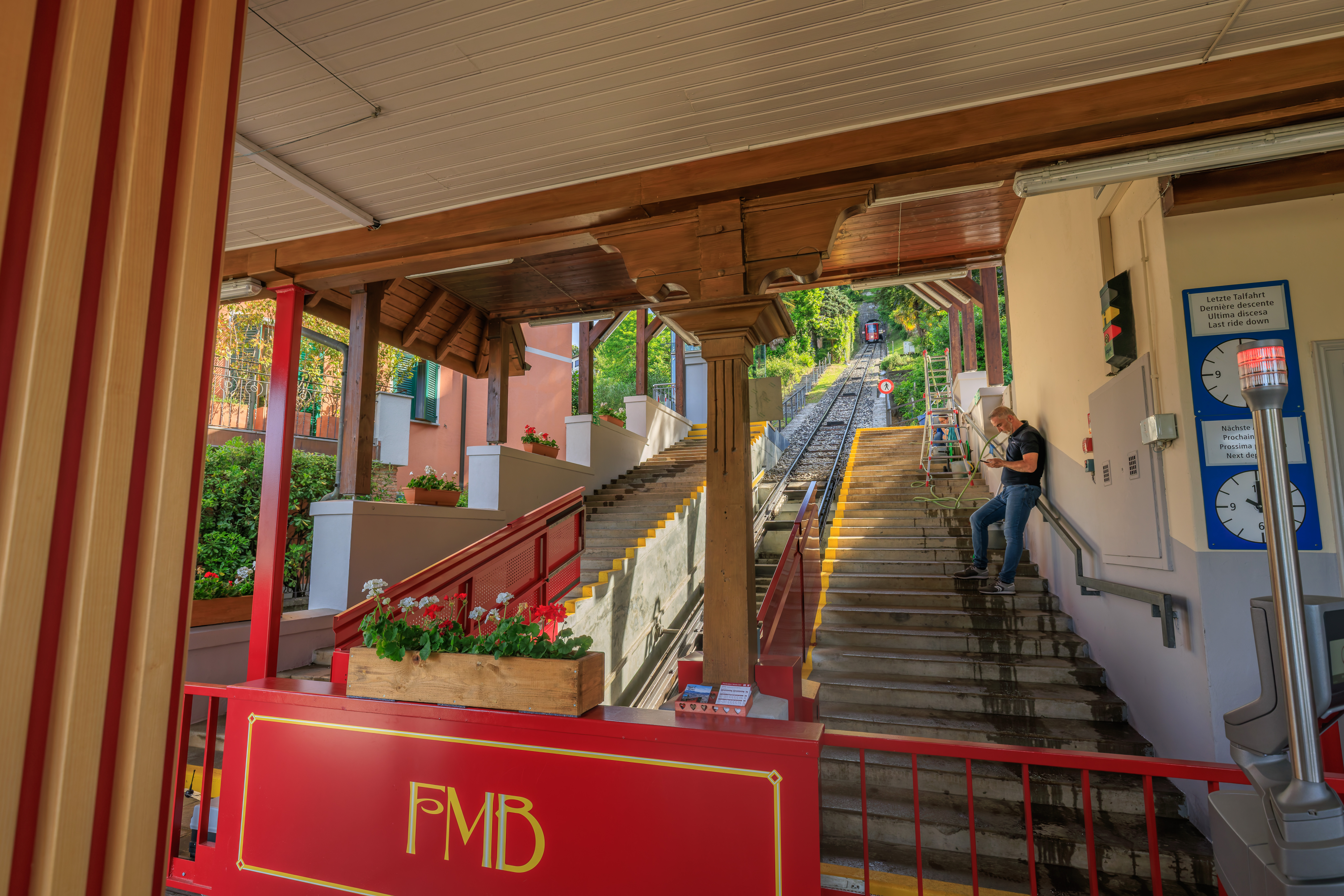
We found the next funicular which goes further up the mountain. There was a ticket office here but it was not staffed. So, we waited to see if anyone would show up. Eventually, we did see the funicular arrive from above and someone did end up staffing the ticket office.
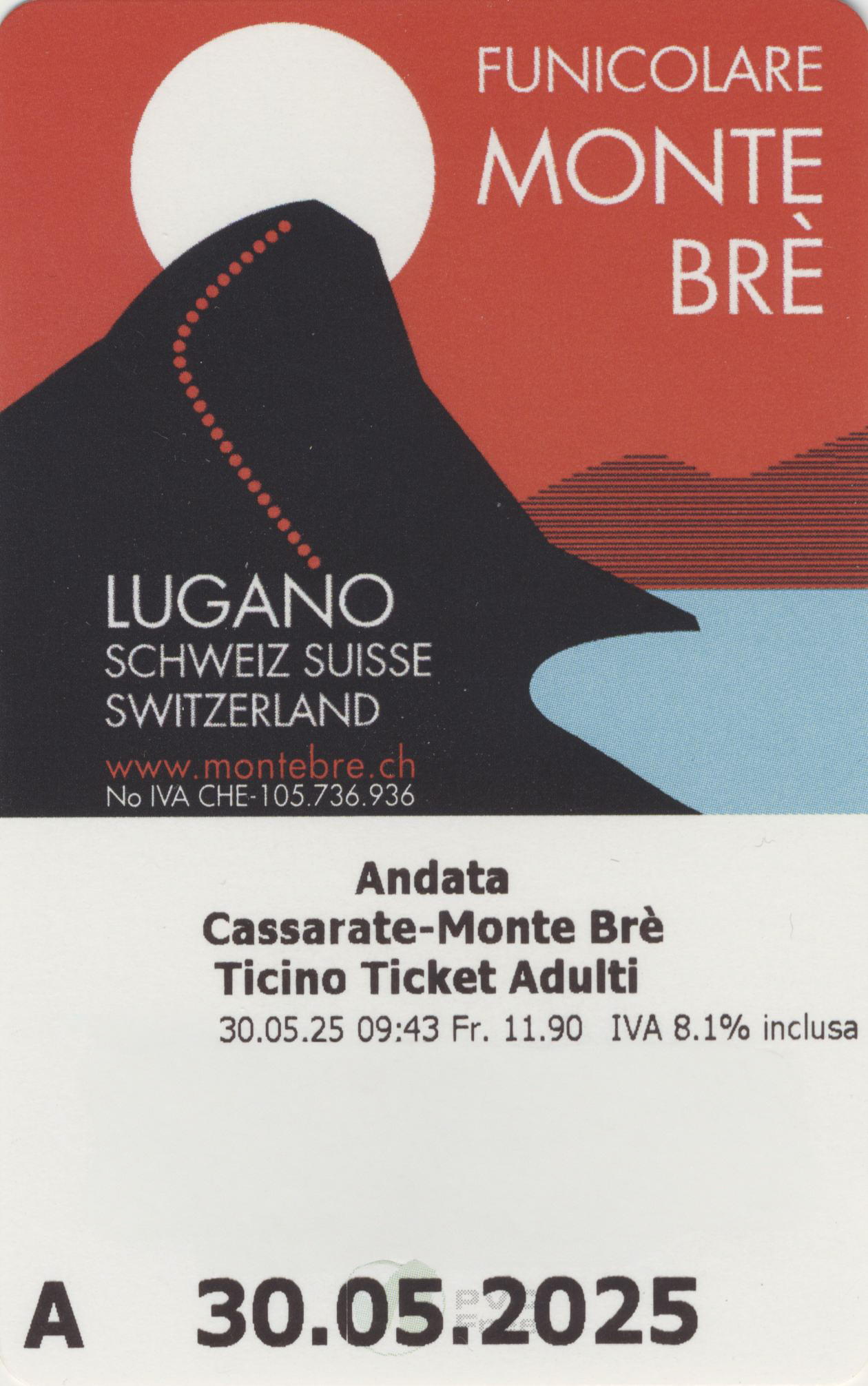
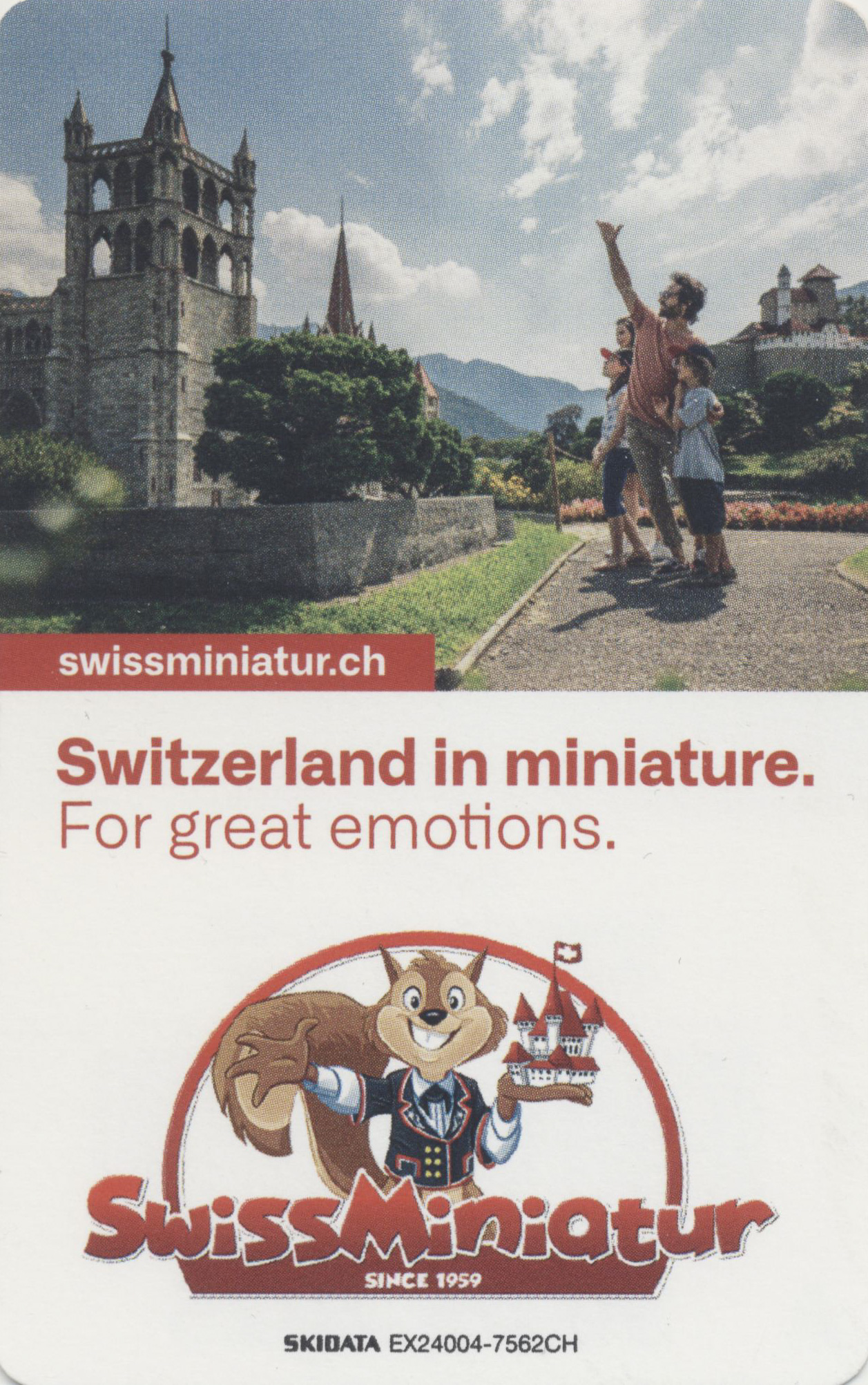
We bought our discounted tickets and continued waiting for the next departure. The staff were washing the funicular during the time between arrival and departure.
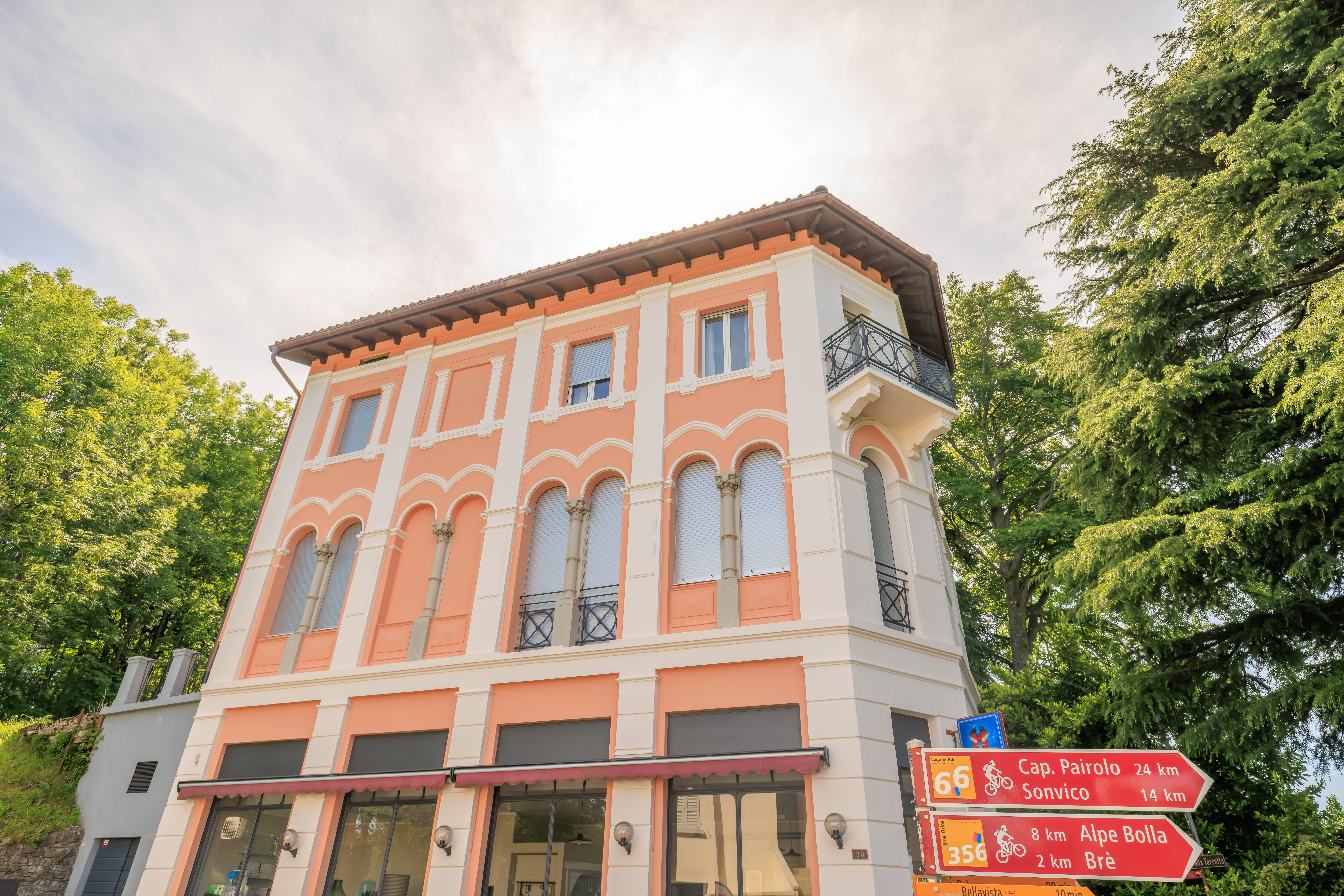
The ride up the upper part of the funicular line took much longer as it was considerably longer in distance than the lower portion. It ultimately took about an hour in all to arrive at the top after we had arrived at the bus stop, although much of that time was just waiting around.
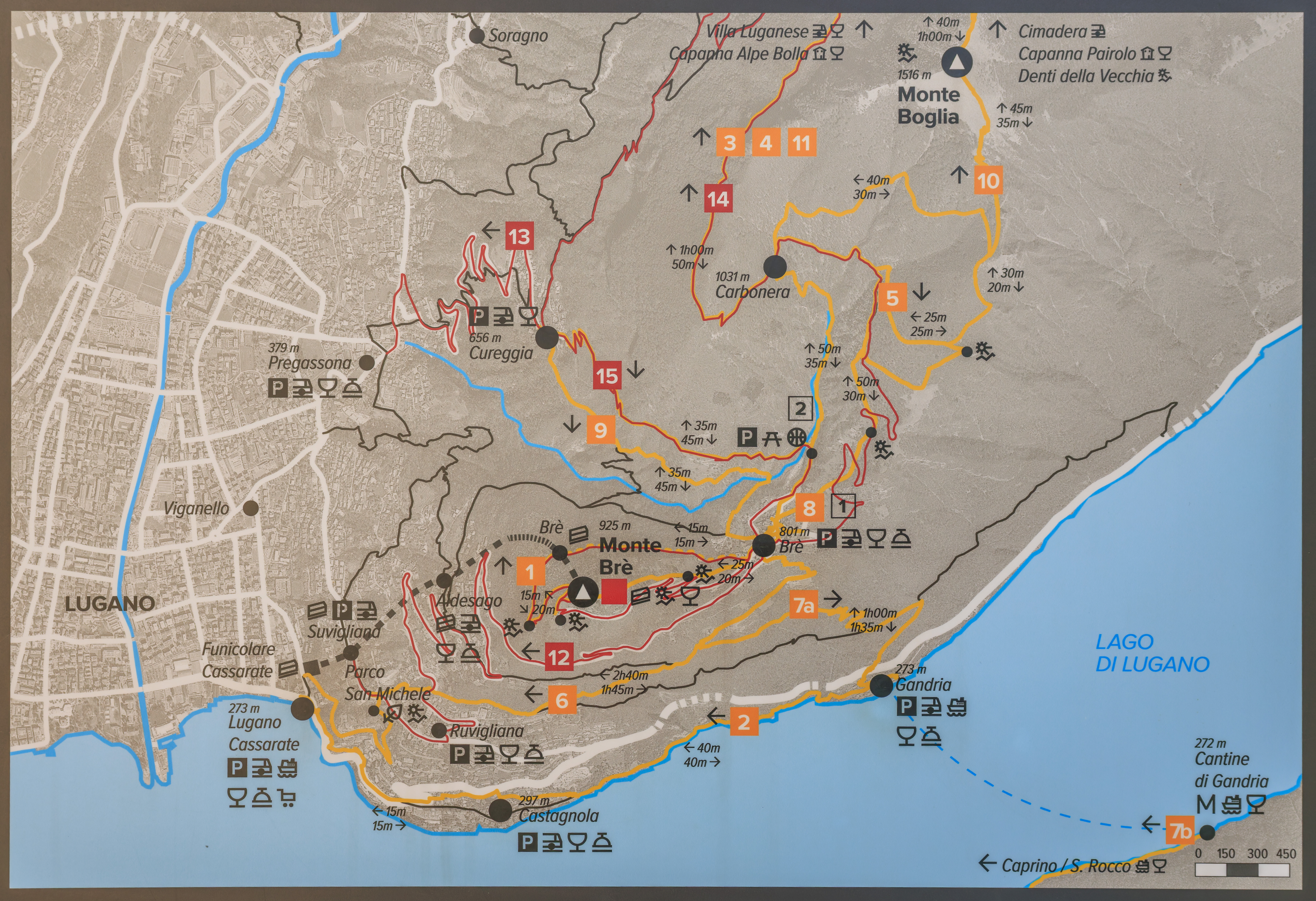
We found a sign with a useful map of the area. It shows the funicular’s route as well as the various trails and roads on the mountain.
We also saw various signs for the Festeggiamenti in vetta (Celebrations at the Summit). This event takes place tomorrow, so unfortunately we missed it by a day.
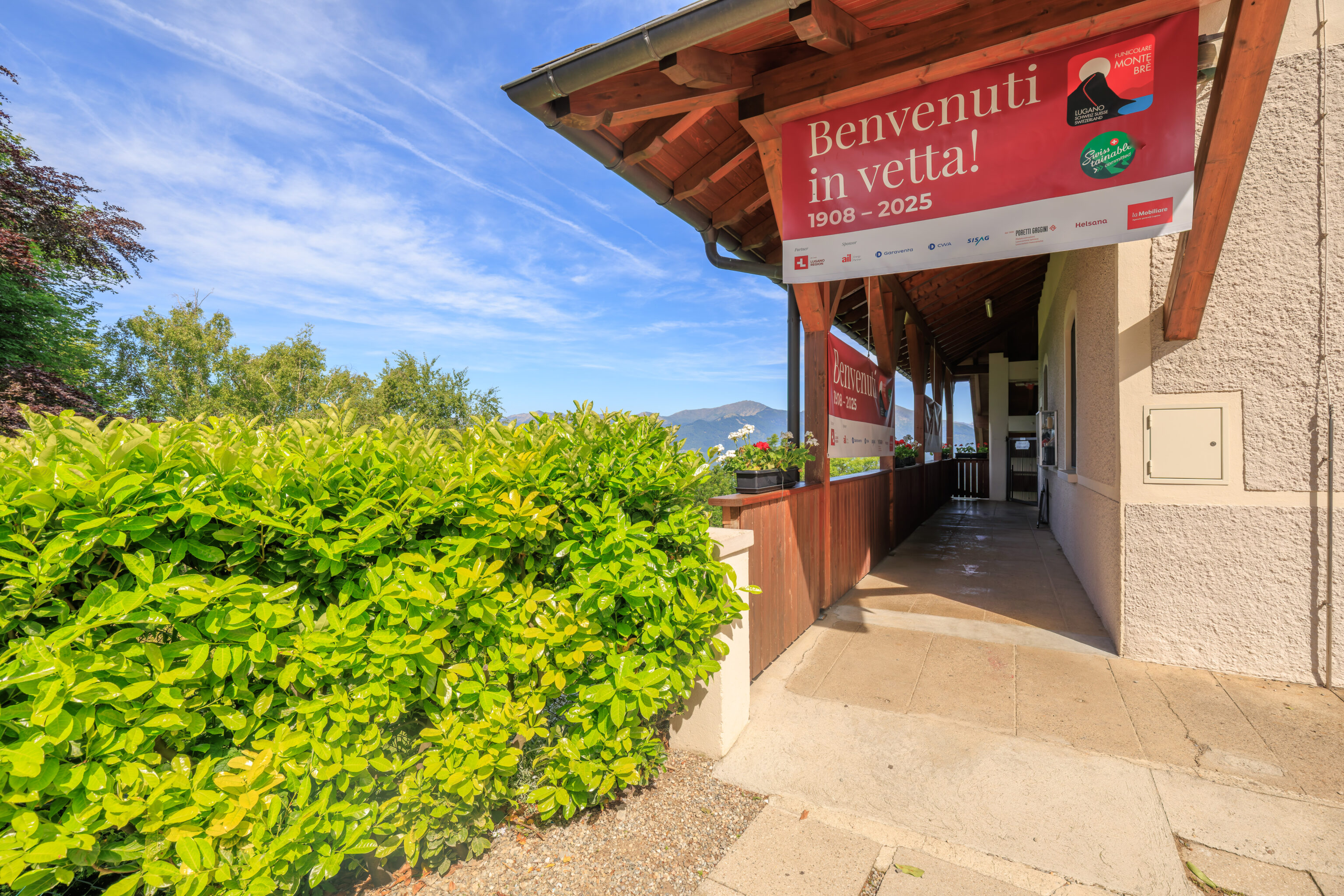
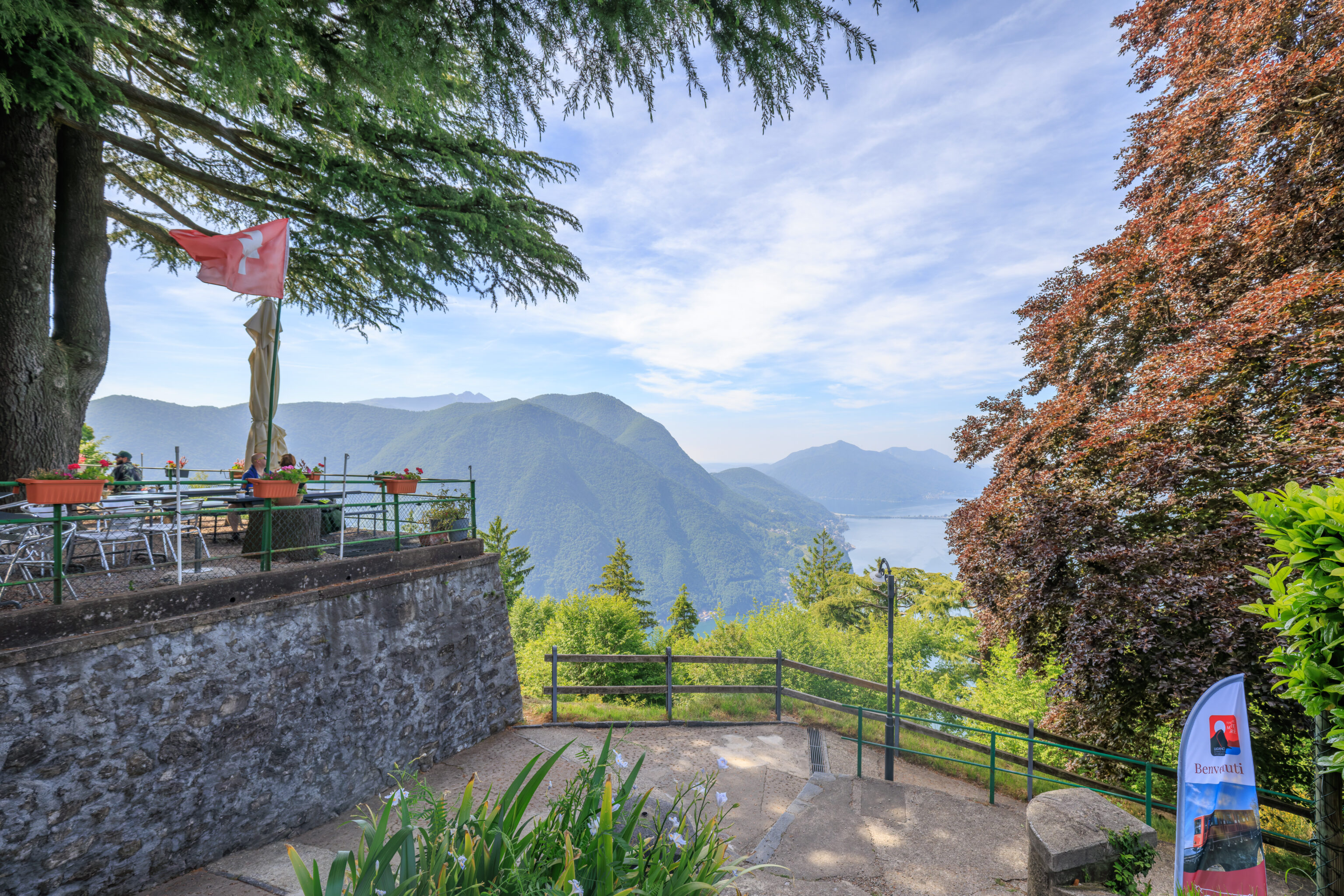
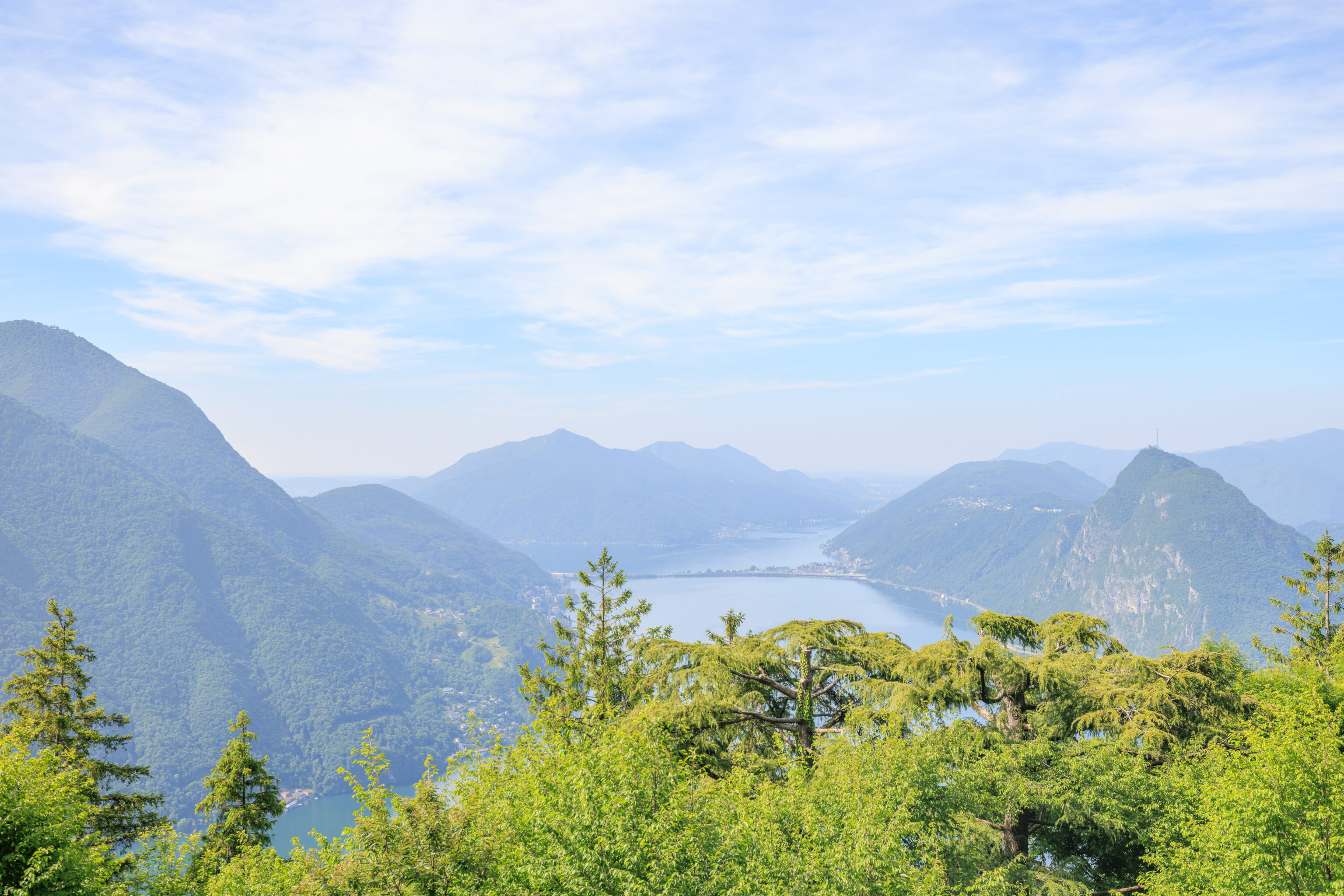
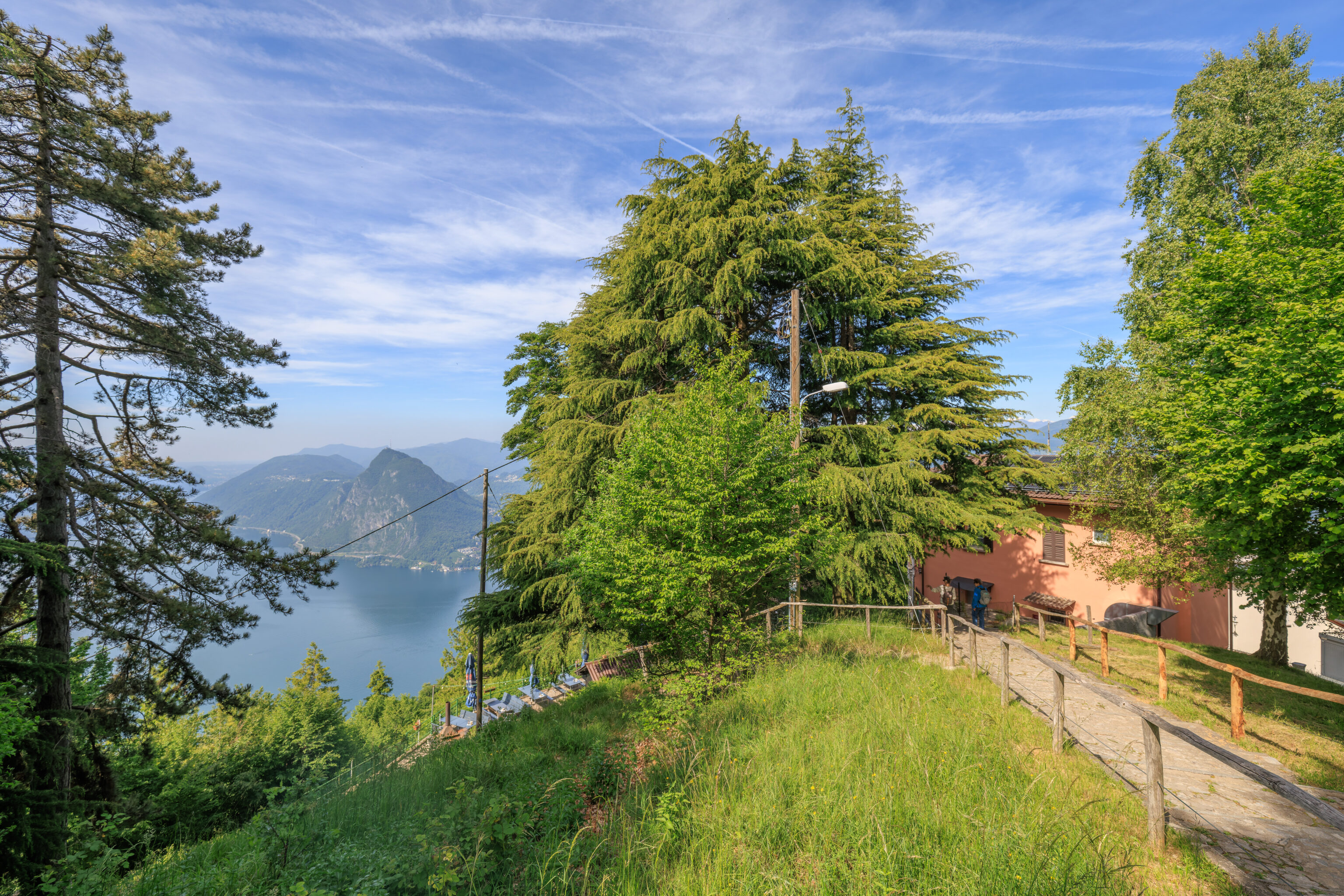
We walked around the area a bit.
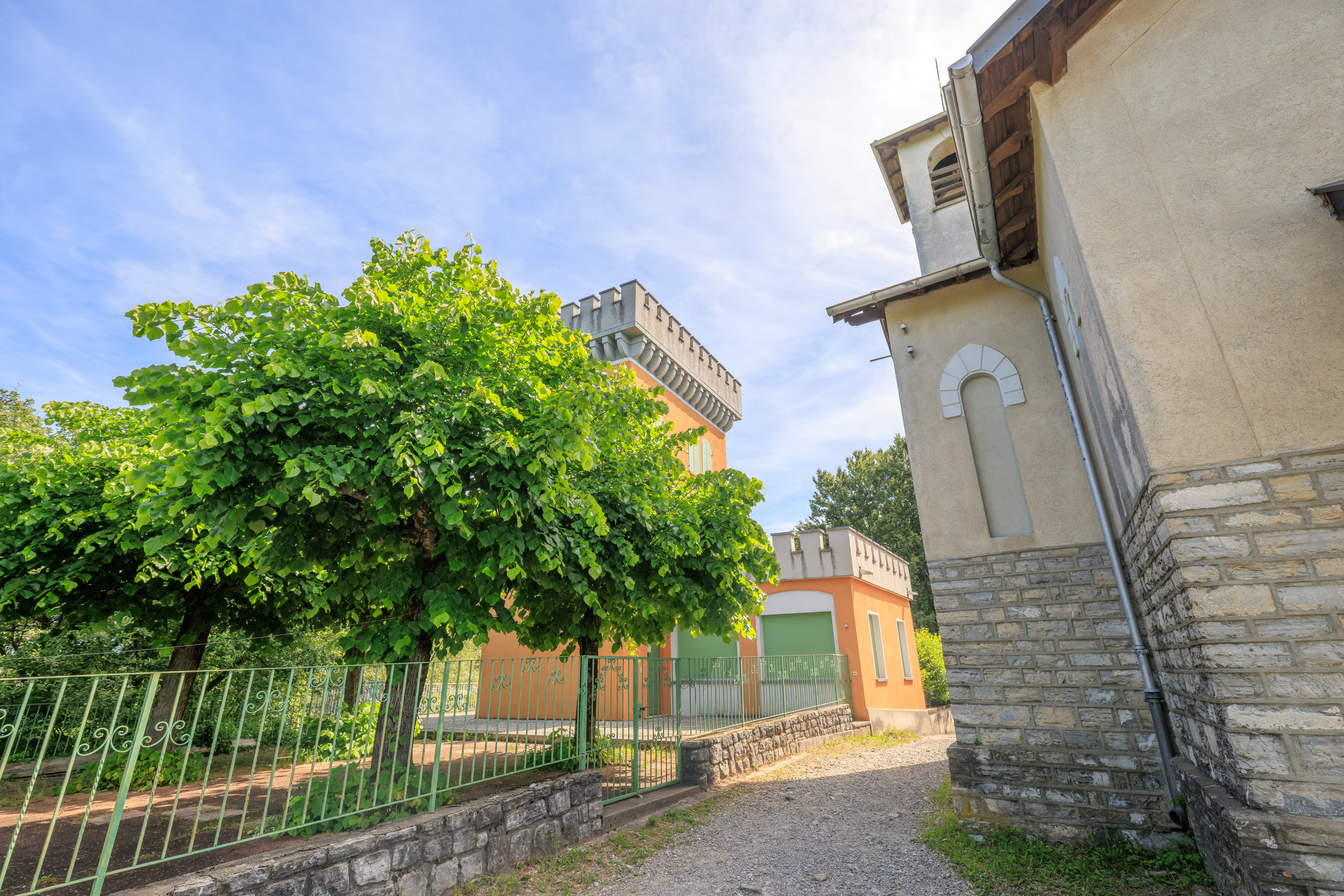
The funicular’s upper station isn’t quite at the summit of Monte Brè. We walked a short distance, ascending by stairs and a partially paved path, to reach what seemed like it may be the summit. There were a few buildings here.
One of the buildings, seen here on the left behind the trees with a castle-like top, is supposed to contain an observation platform. It seemed like it was closed though.
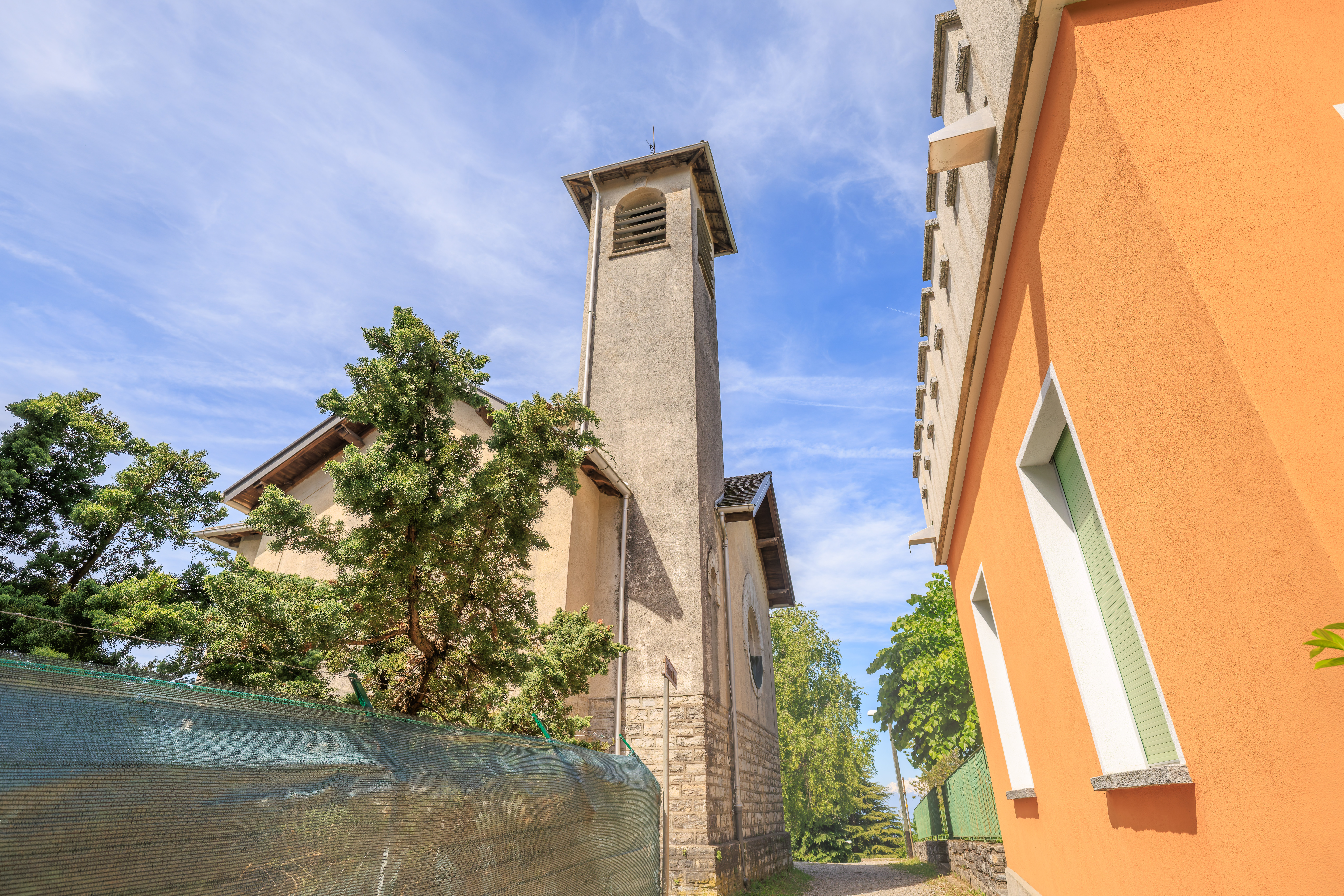
The adjacent church was also closed.
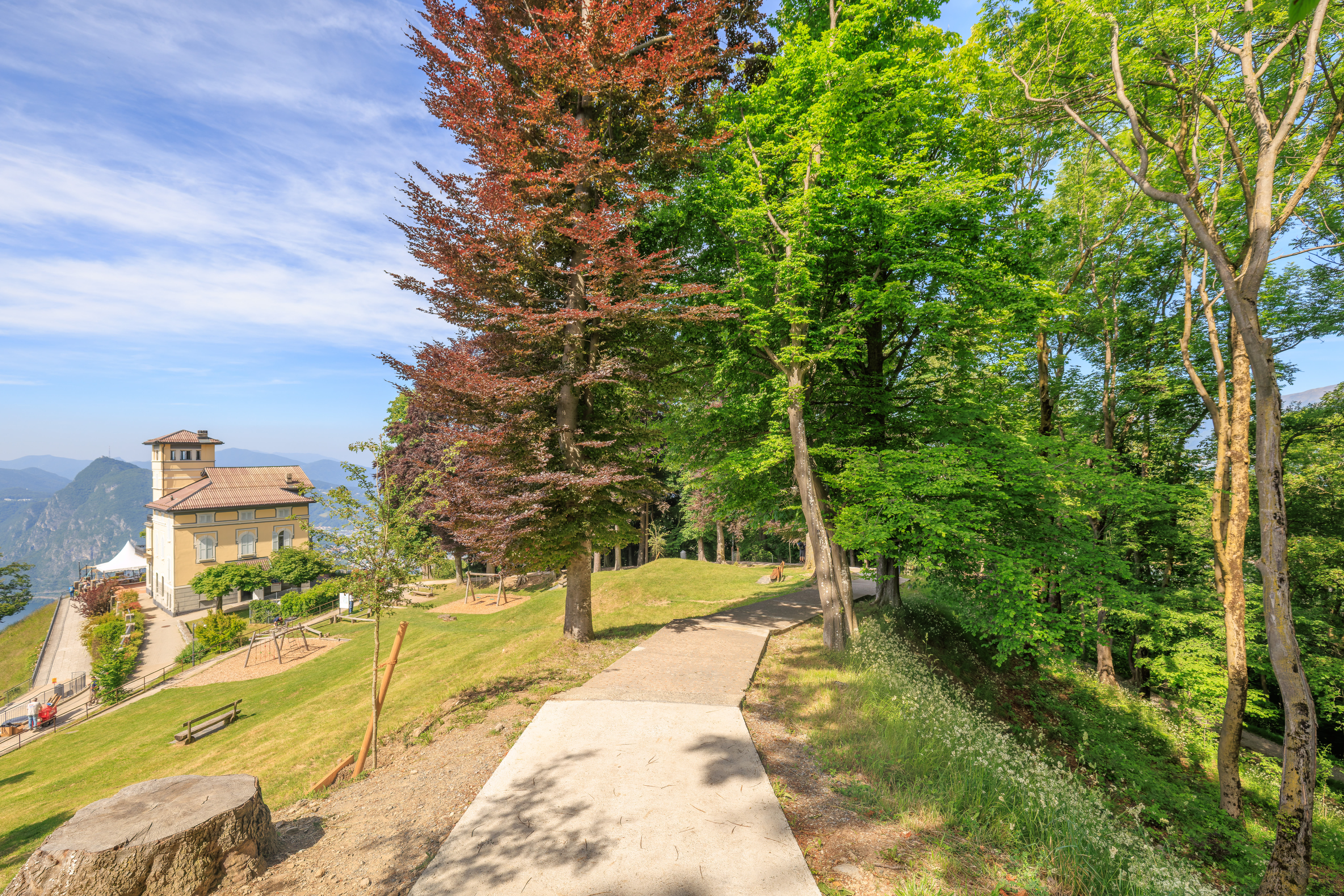
We had originally planned on continuing on past the summit area to head to the small town of Brè on the other side. However, we decided to go via the west side of the mountain, which faces Lugano, in hopes of having a better view as so far the views were mostly obscured.
So, we backtracked to return to the funicular station. We continued on, following a path that led downhill. Soon, we saw a building at the edge of what seemed like a cliff ahead.
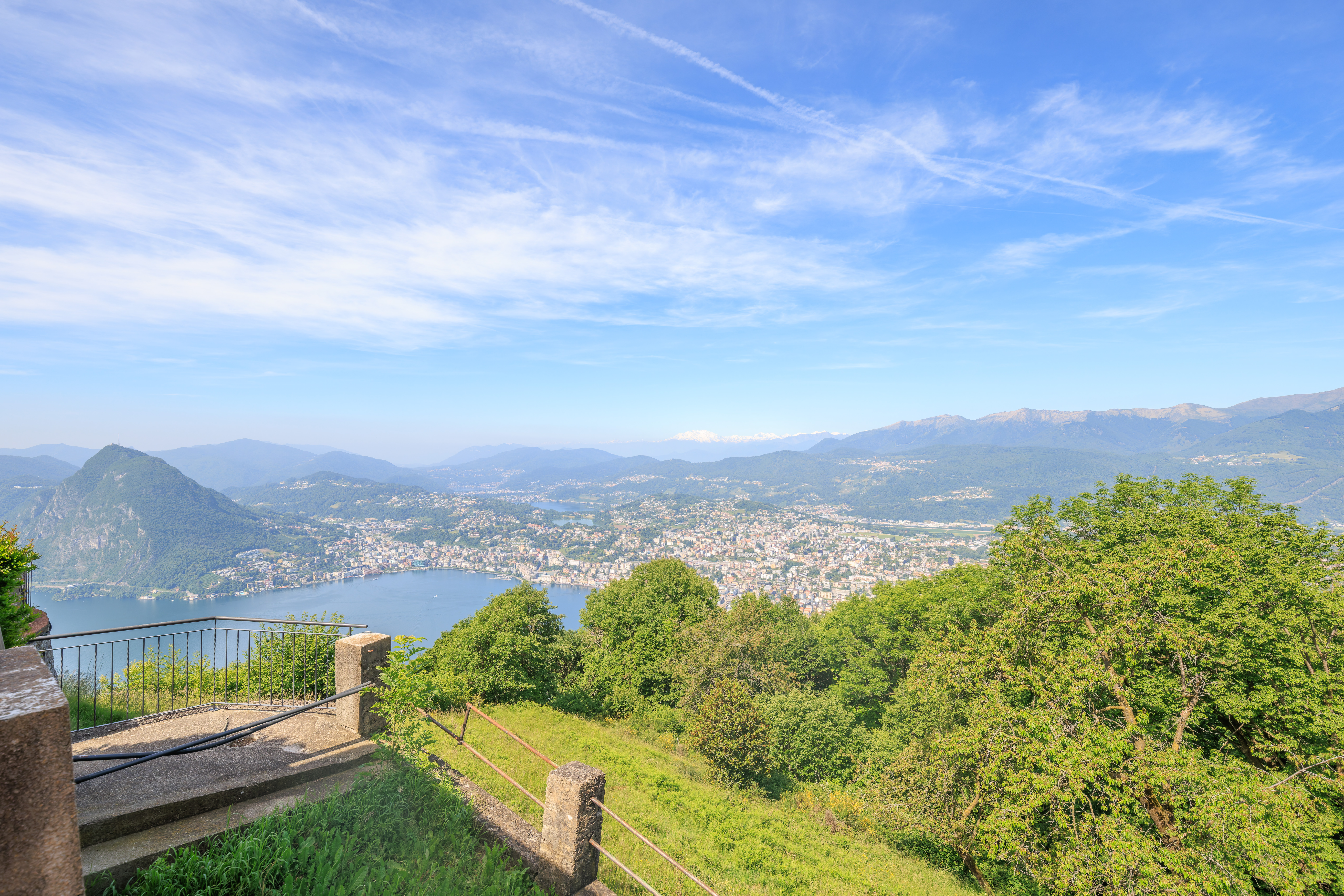
The building contained a restaurant which occupied the patio. We weren’t ready to eat yet so we just enjoyed the view from the side. Unfortunately, again, partially obscured by trees and terrain. We were much higher up than before though, at a higher elevation than Monte San Salvatore.
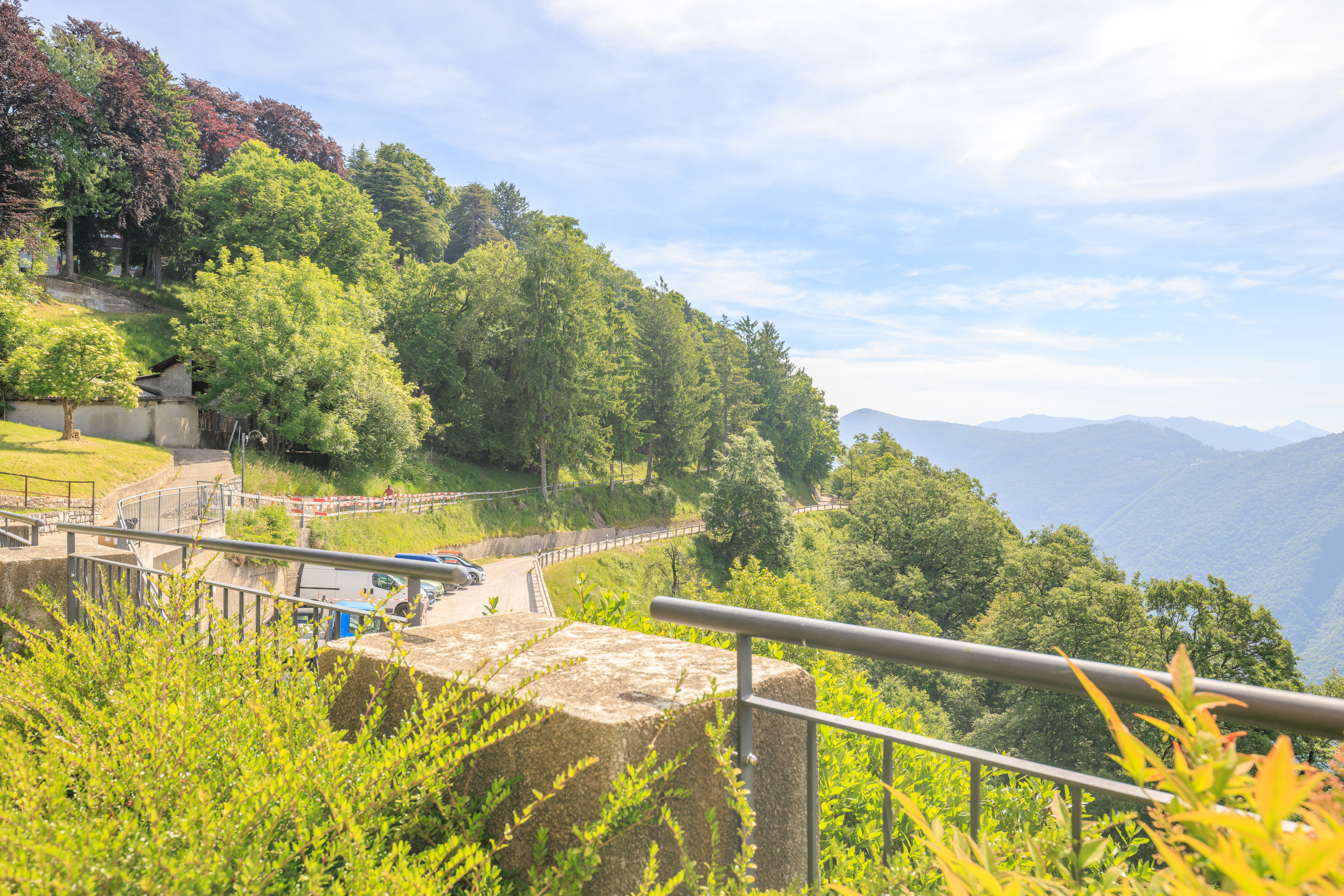
There is a road on the restaurant’s east side along with a small parking lot.
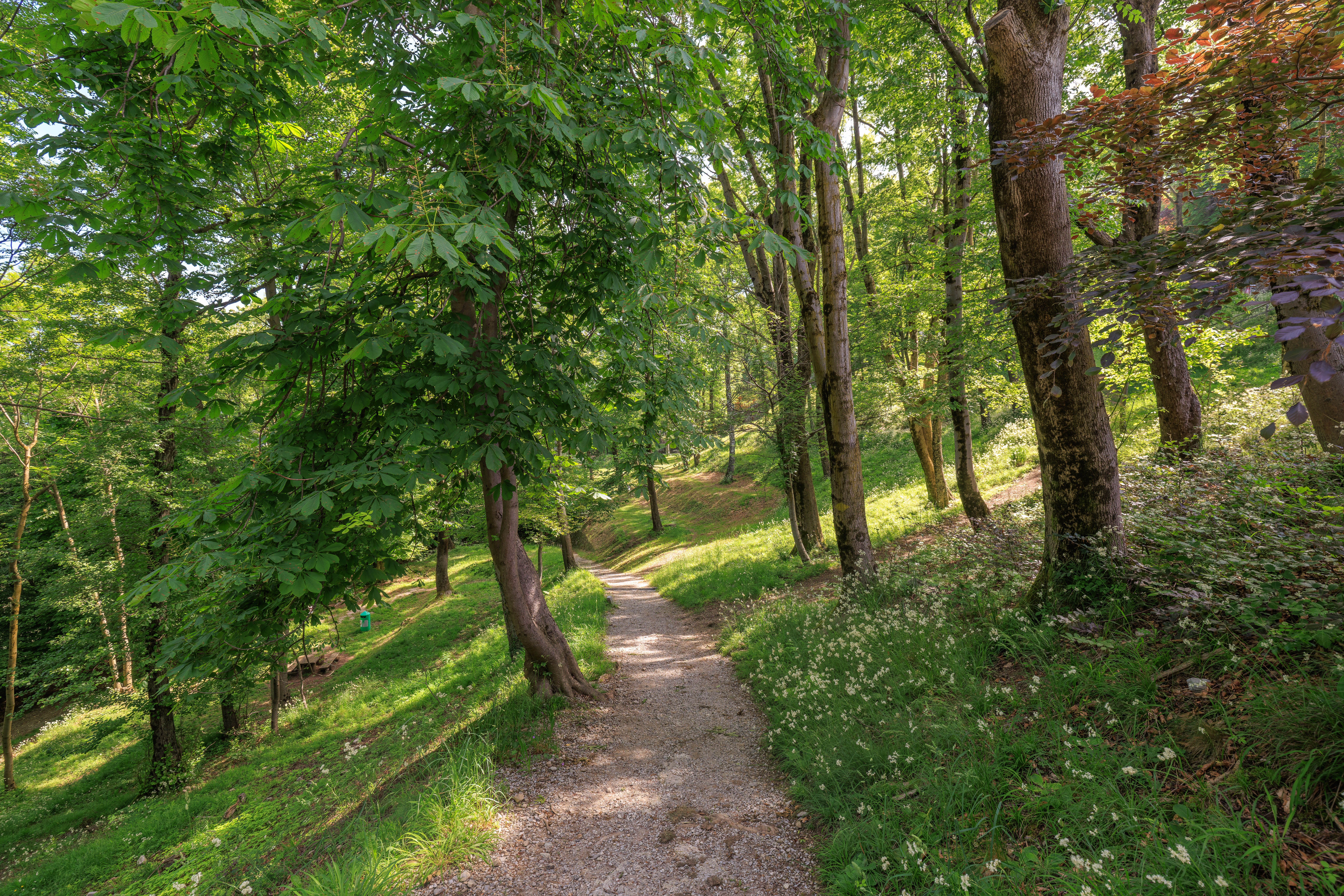
We continued descending though on the west side of the mountain. From the restaurant, the path turned into a trail that first led through the north through a lightly forested area.
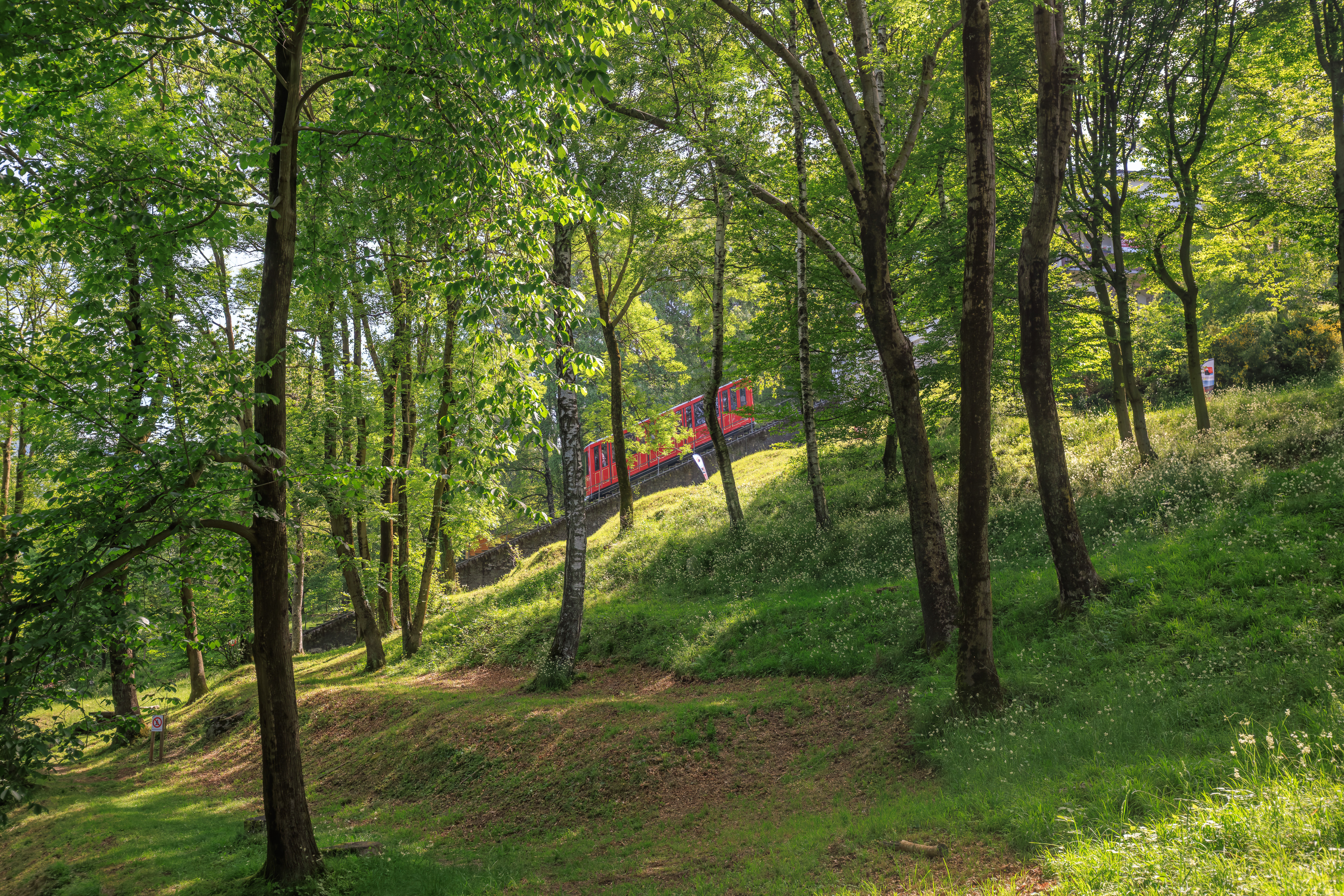
We could see the funicular ahead.
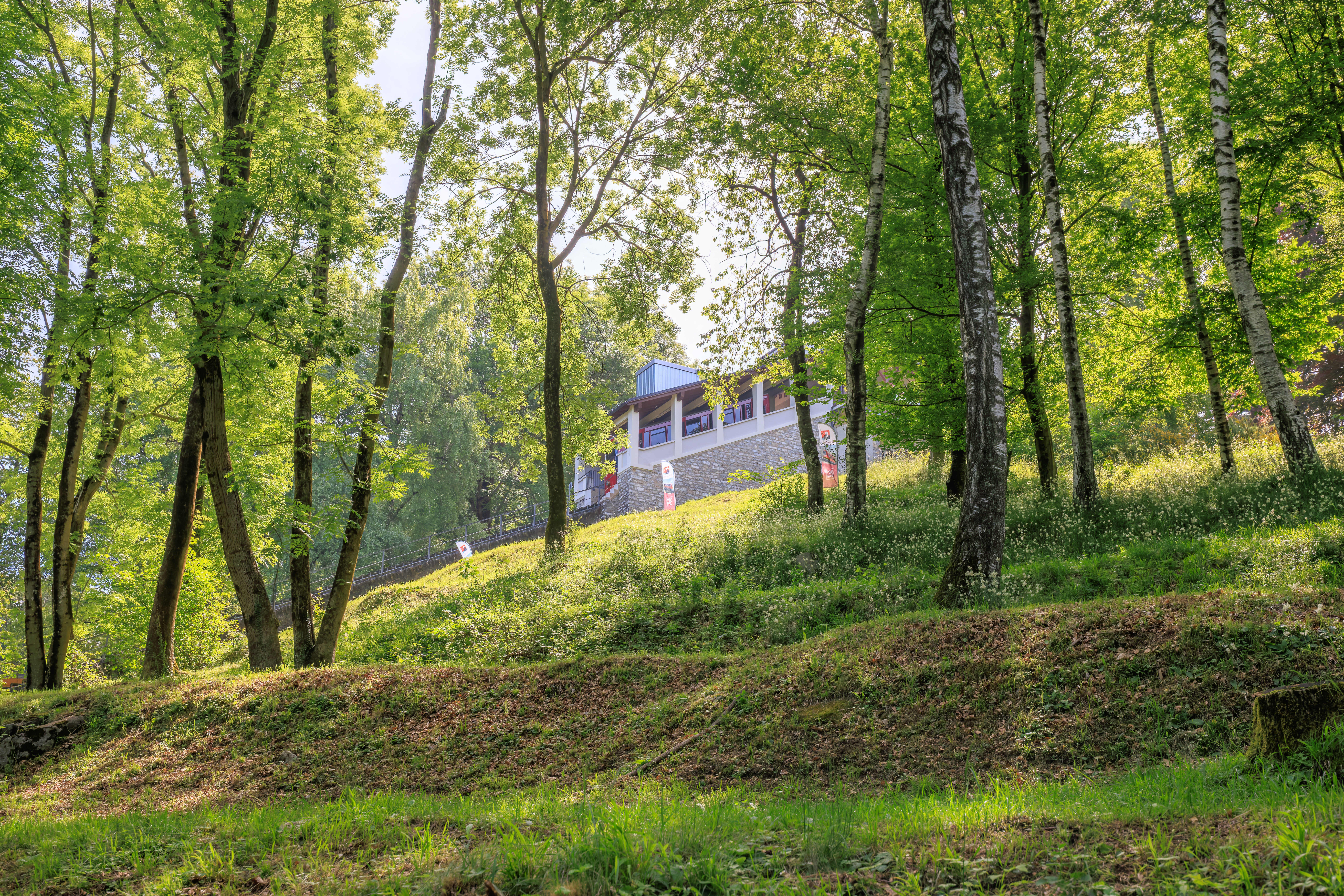
And, to our right, we could see the funicular’s upper station above us.


We continued on the trail though as it turned to the left away from the funicular and continued descending, now to the south.

We reached a sort of platform which perhaps at one point in the past was a viewpoint. Now, the view obscured by trees. A few mountain bikers passed by here.
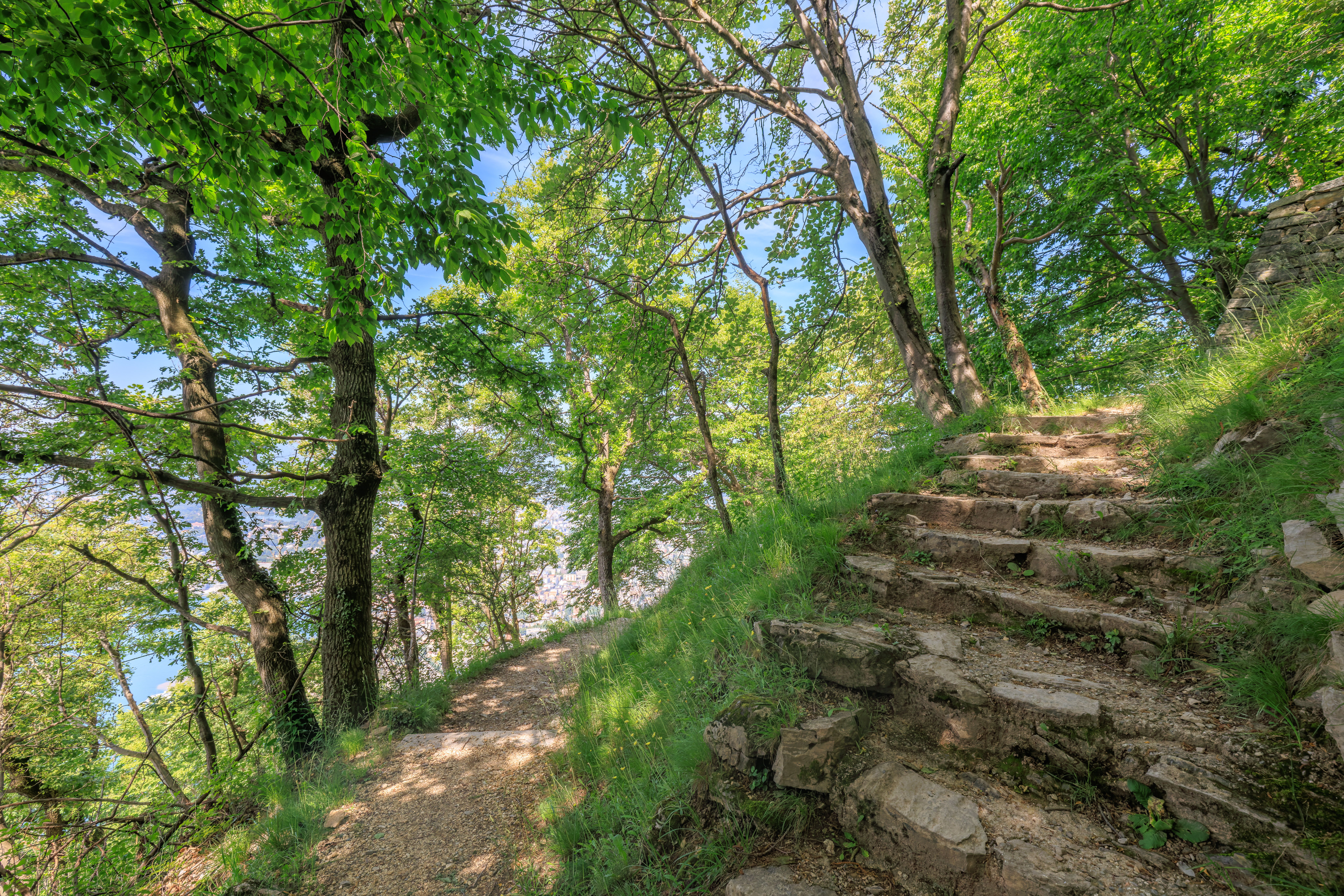
They had to carry their bikes down as there were stairs below.
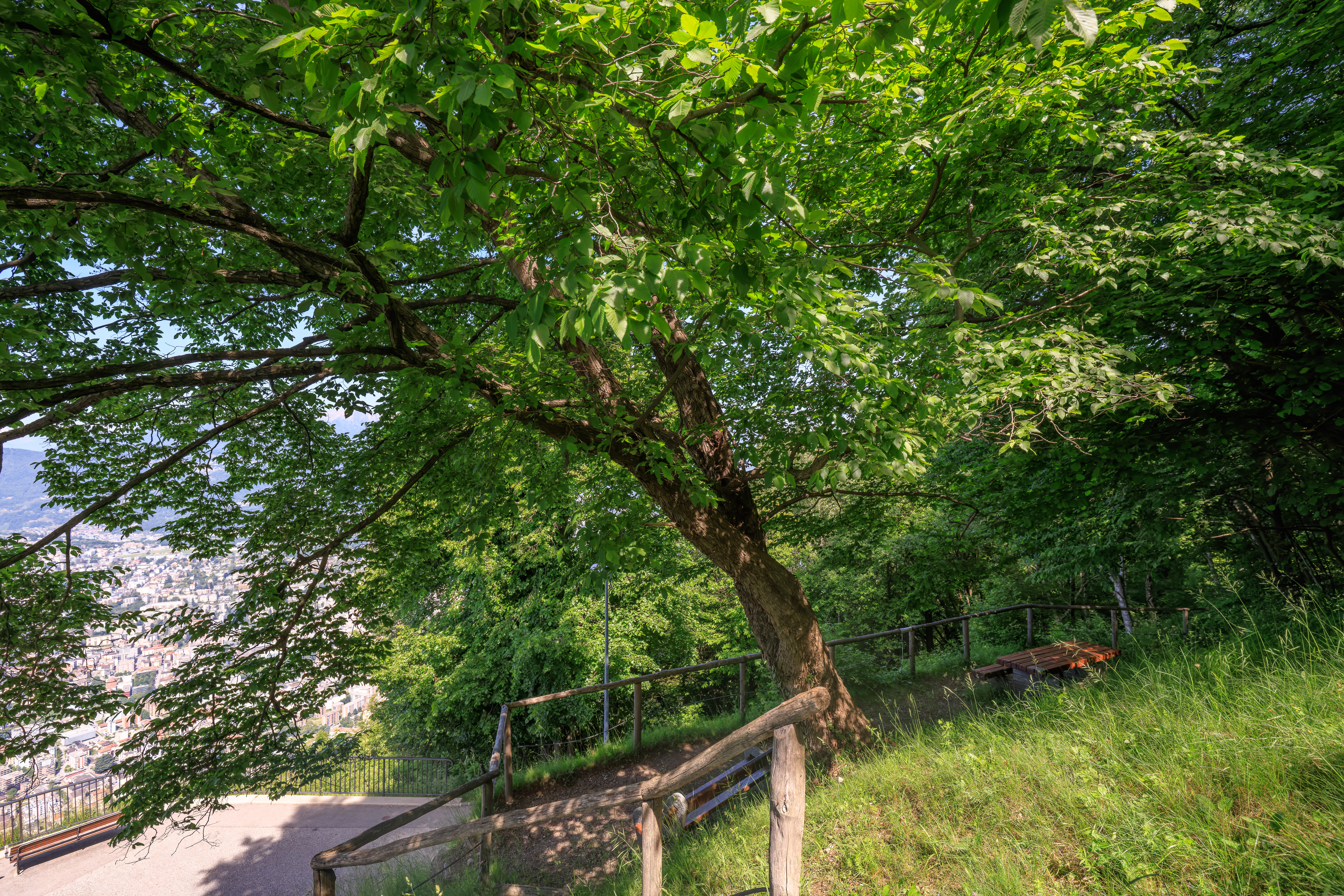
Just below, there was a small shaded area under a tree with a bench. Beyond, we could see what looked like a paved overlook.
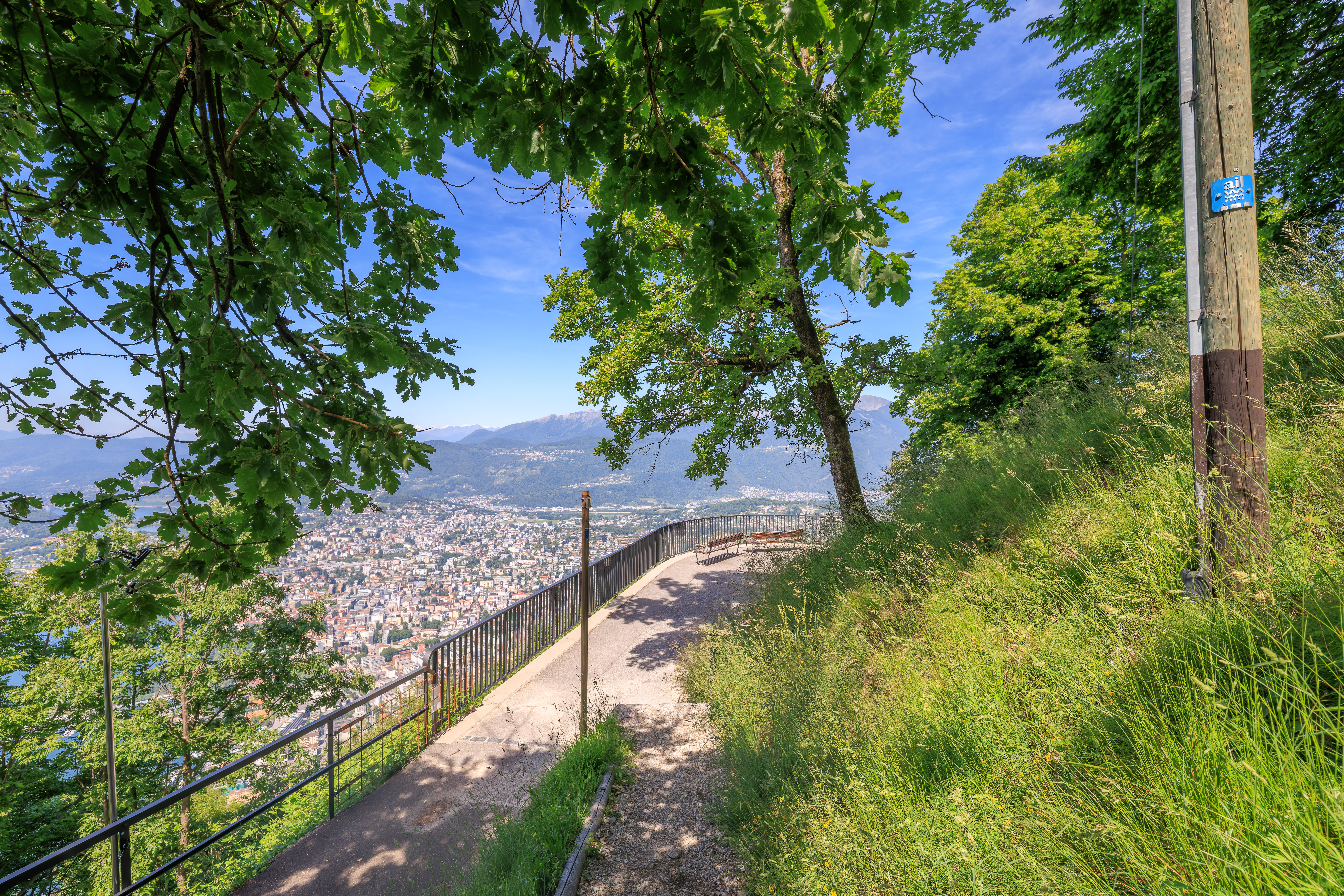
We continued walking down.
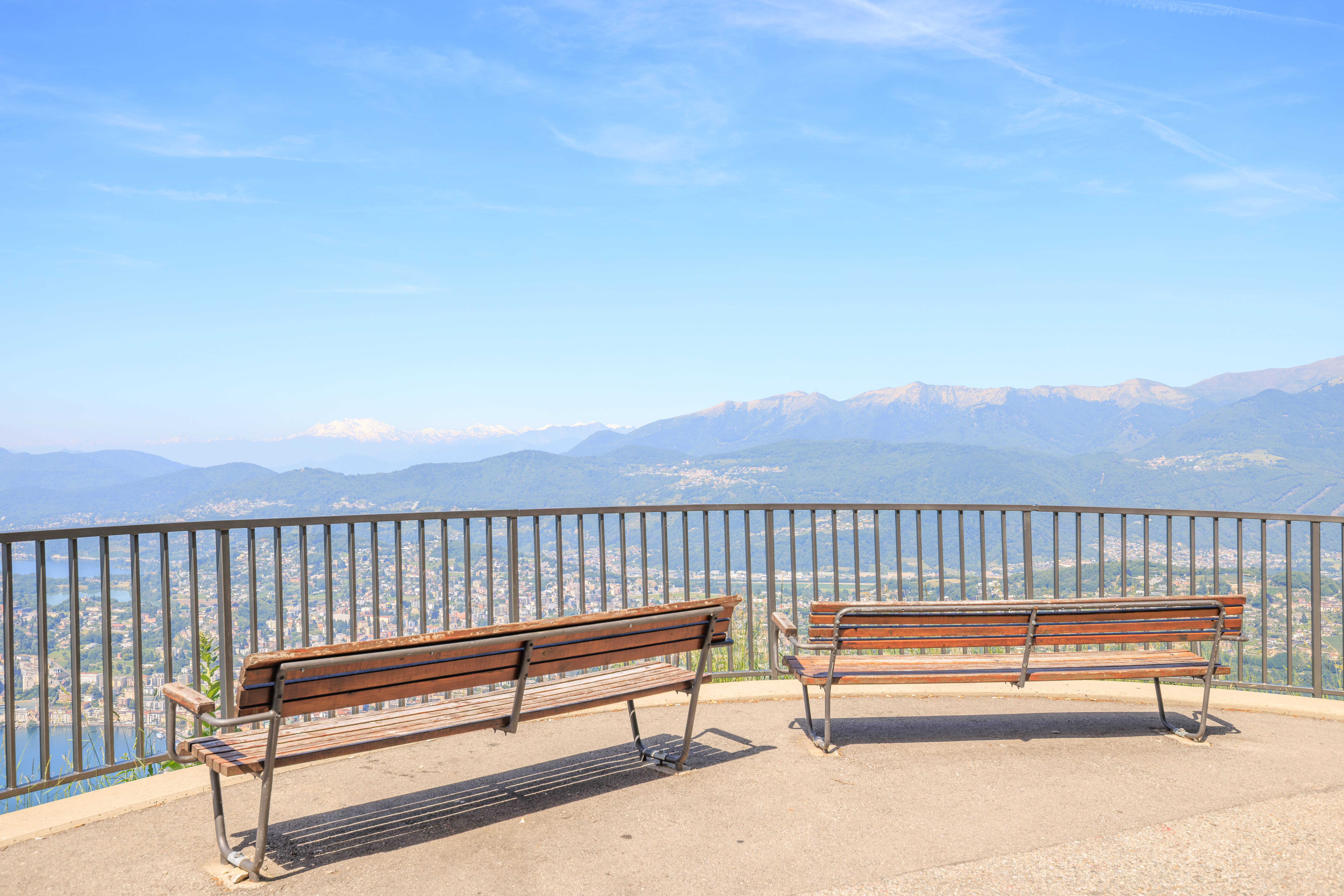
Finally! A wide open overlook!
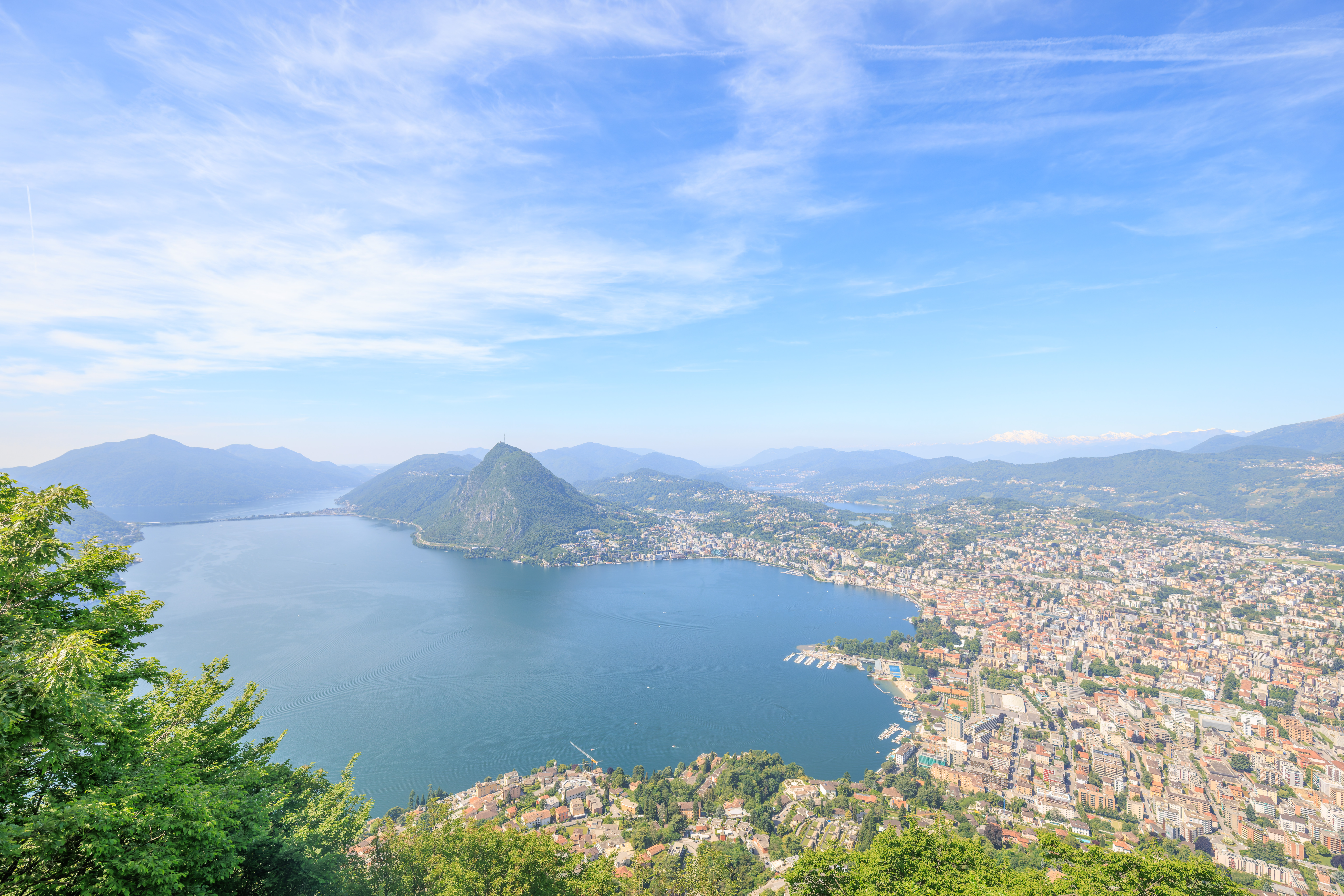
The view of Lugano and its lake from here was fantastic! Much better than what we could see from the funicular station above!
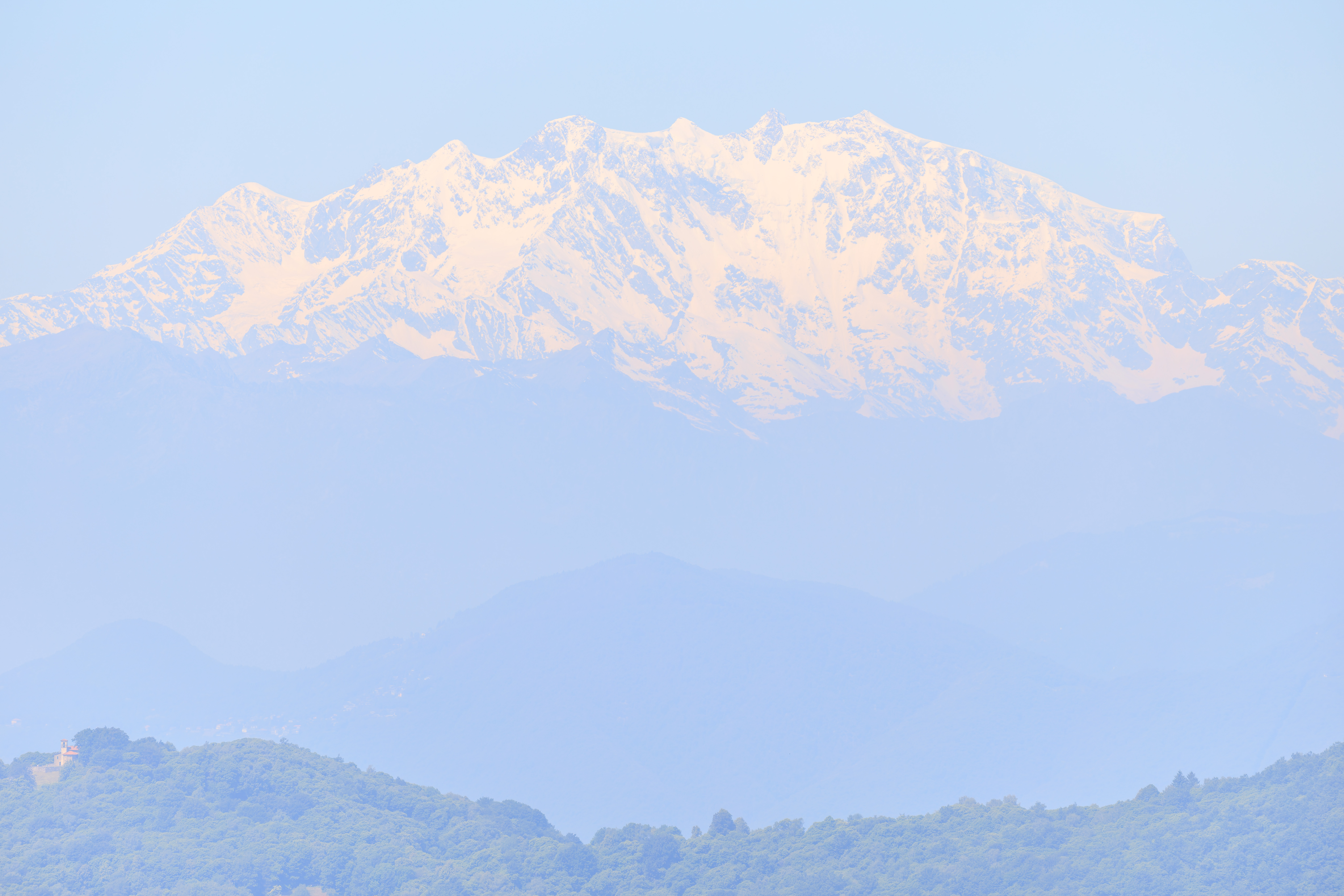
We swapped to the telephoto lens to look around. There were some tall snow covered mountain peaks to the west, though unfortunately it was quite hazy. This large mountain is Monte Rosa. It wasn’t obvious at the time, however, its appearance from the east easily matches photographs of the mountain on the Internet.
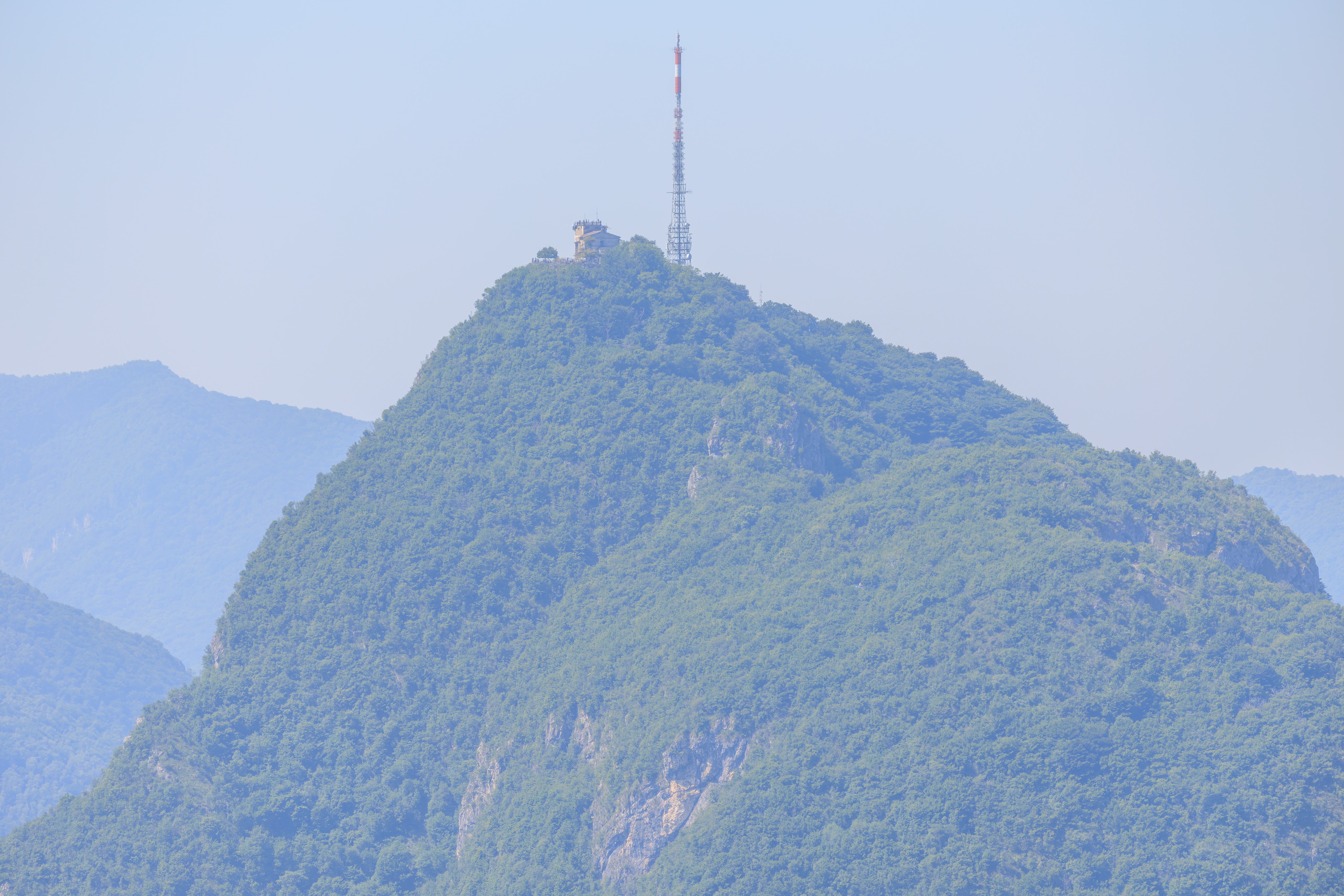
We also took a closer look at Monte San Salvatore. Other than the tall antenna, we could see a building as well as many visitors. The top of the mountain looks very steep from this perspective!
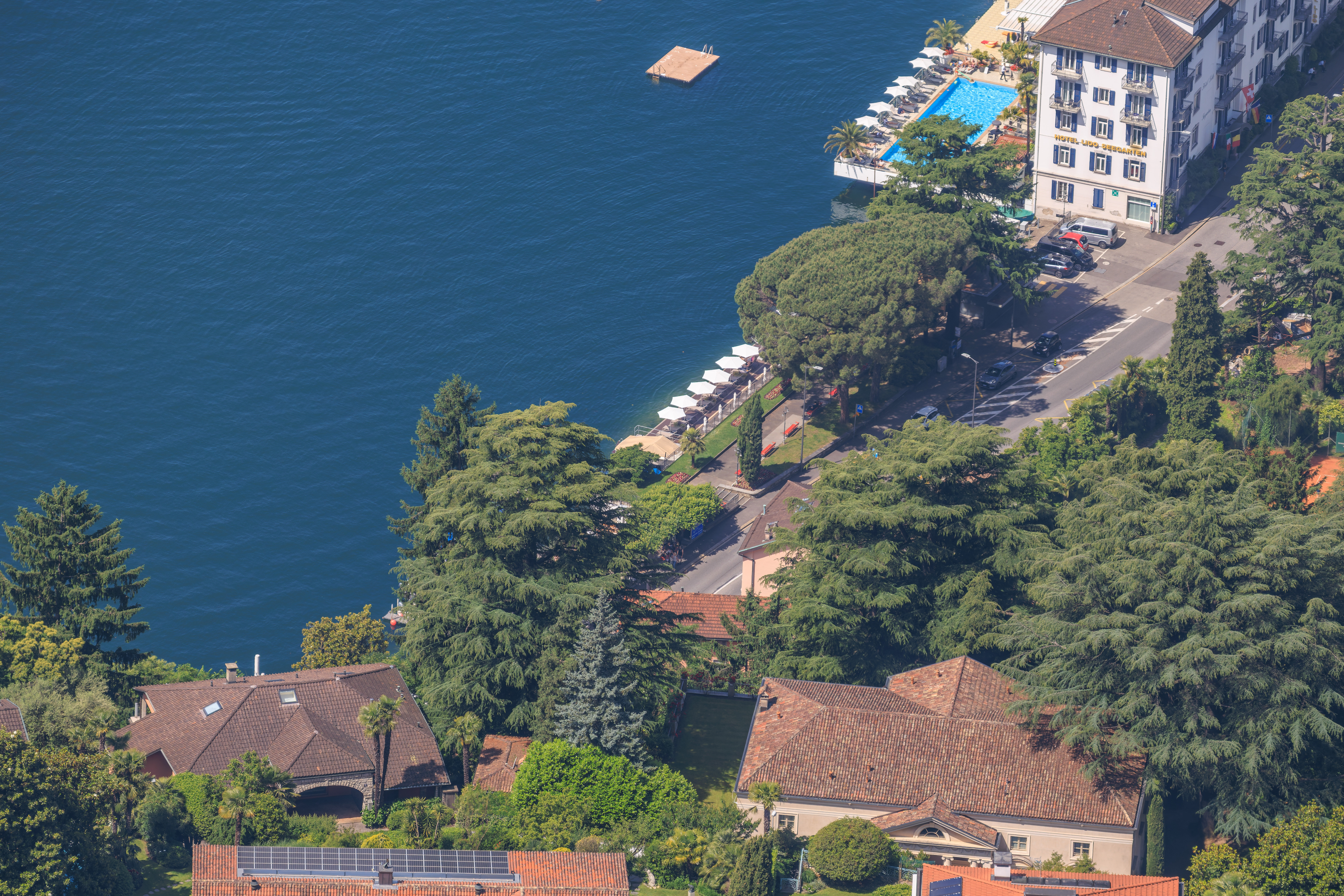
Looking down, we could see the area where we got off the bus earlier and walked across the street to see Lake Lugano.
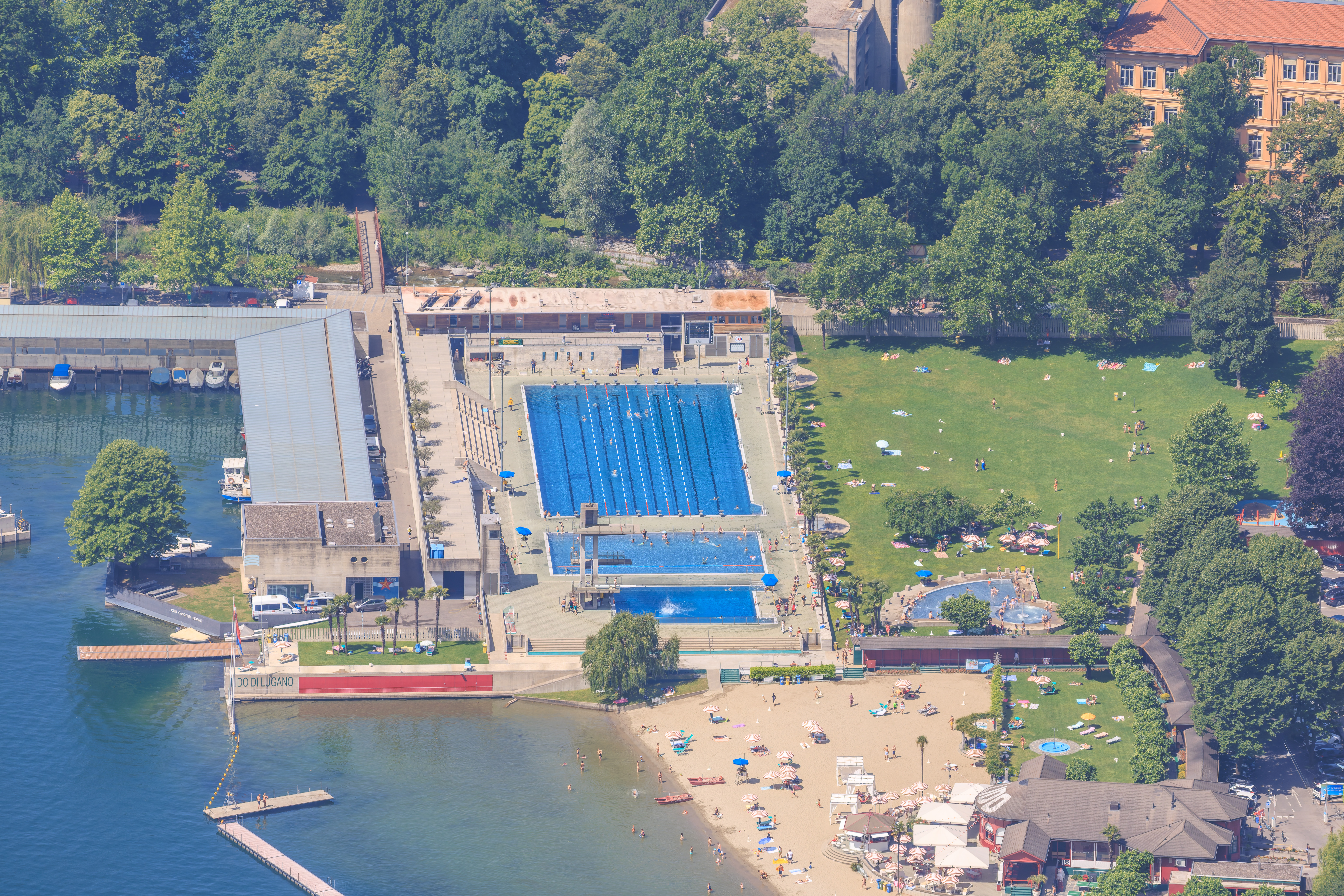
We also found a beach and swimming pool.
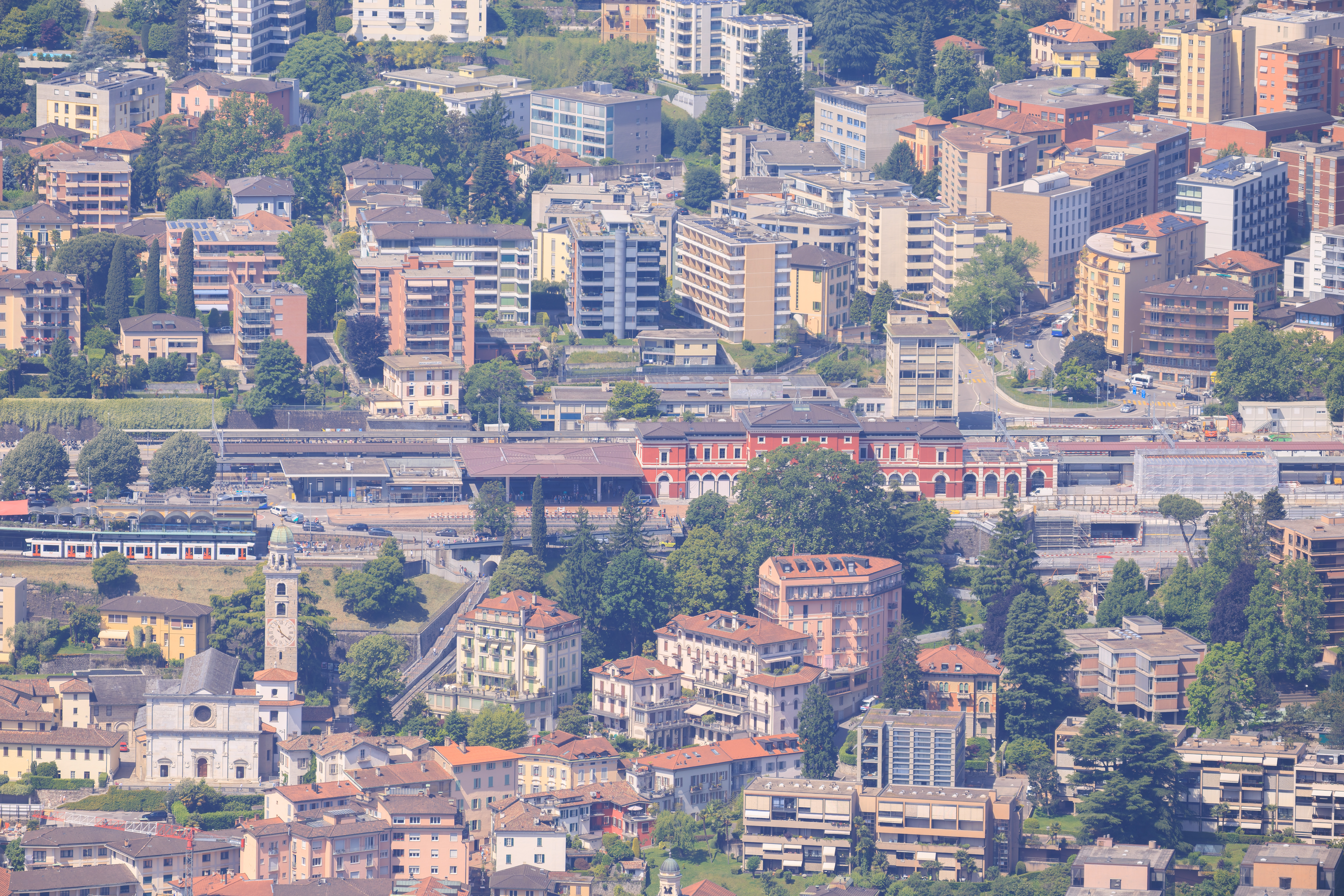
We also found the train station that we arrived at.
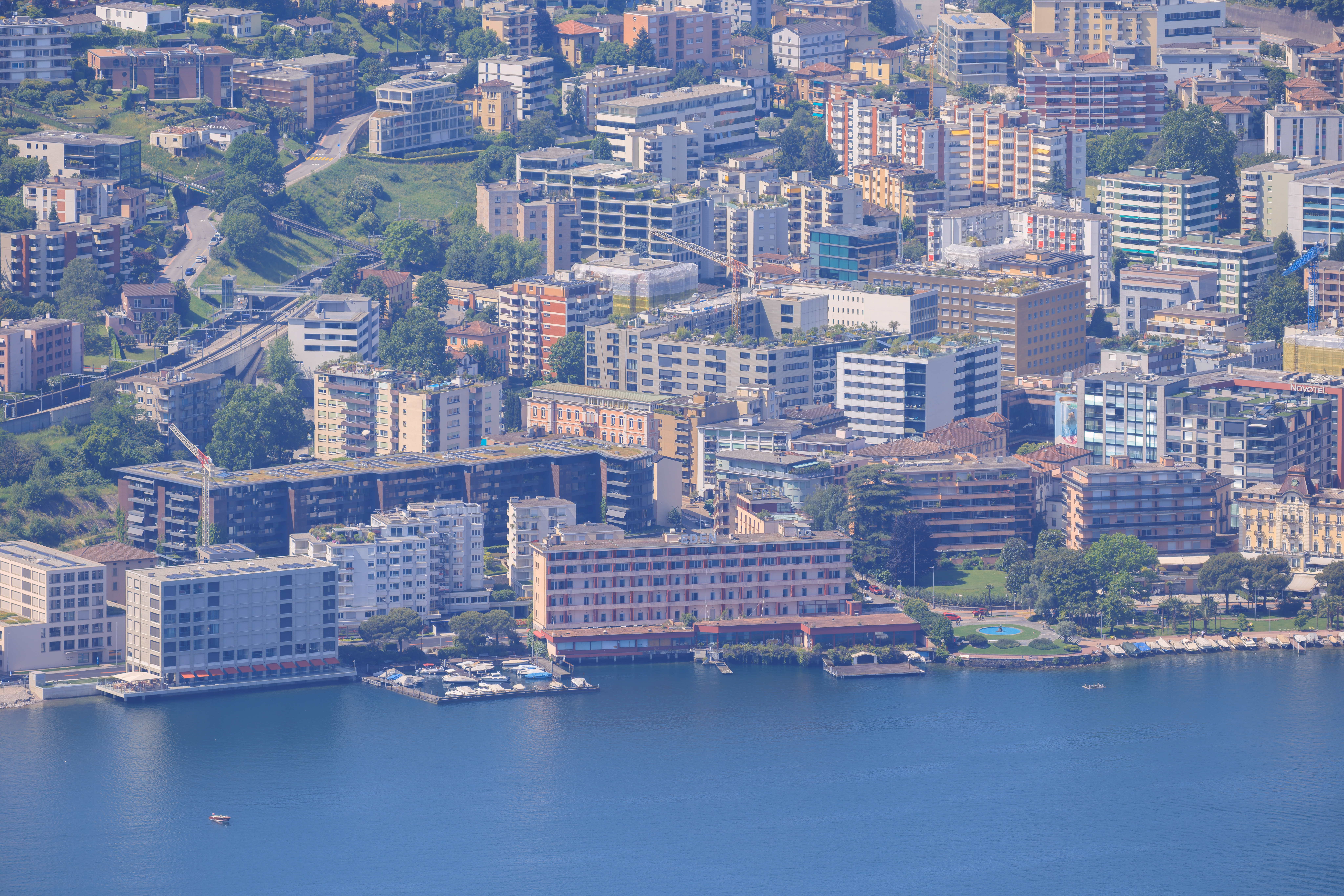
Here, we can see what seems like the funicular which leads up Monte San Salvatore.
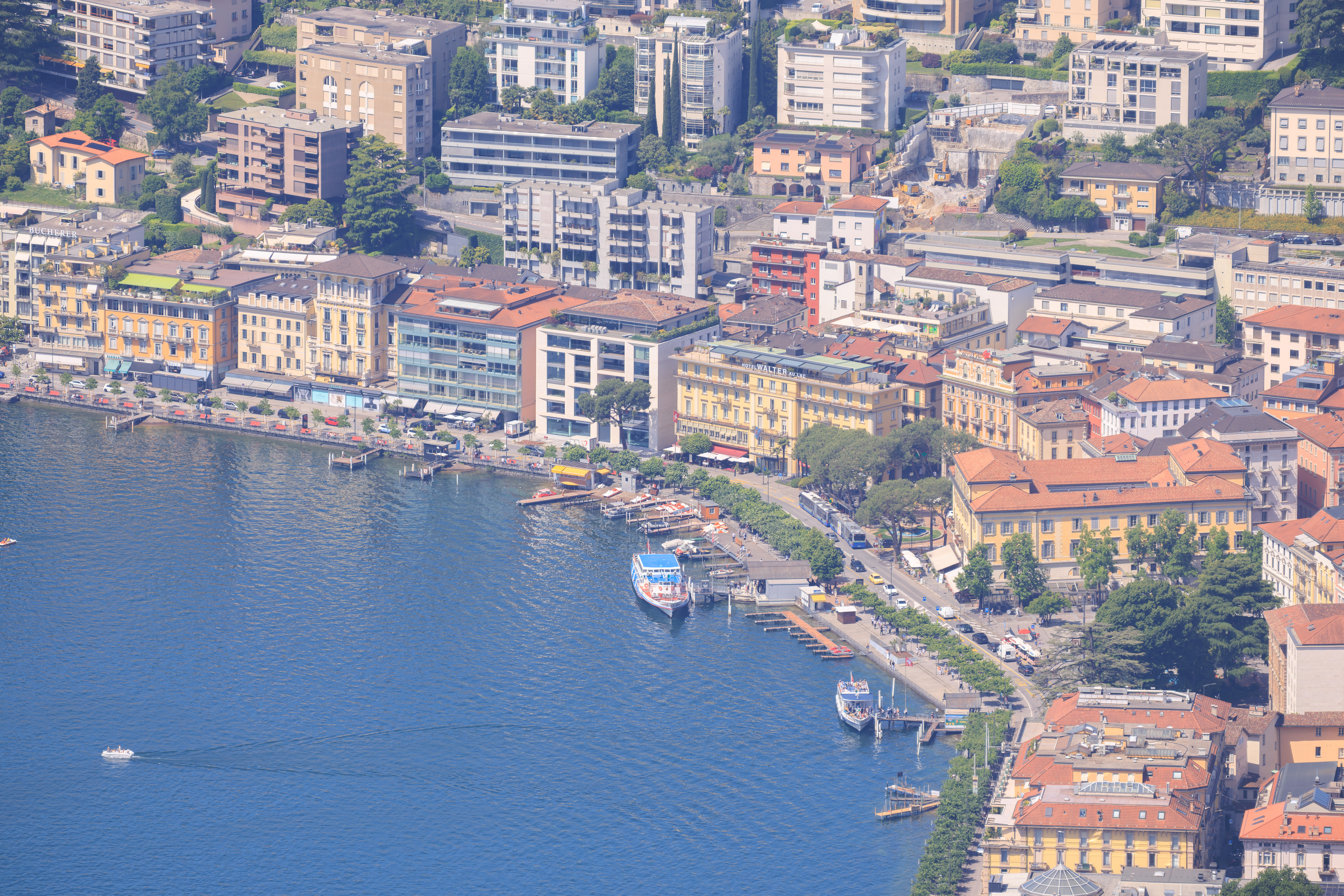
The boat here seems like it is about to board some passengers. Unfortunately, we haven’t ridden on any boats yet during this trip.
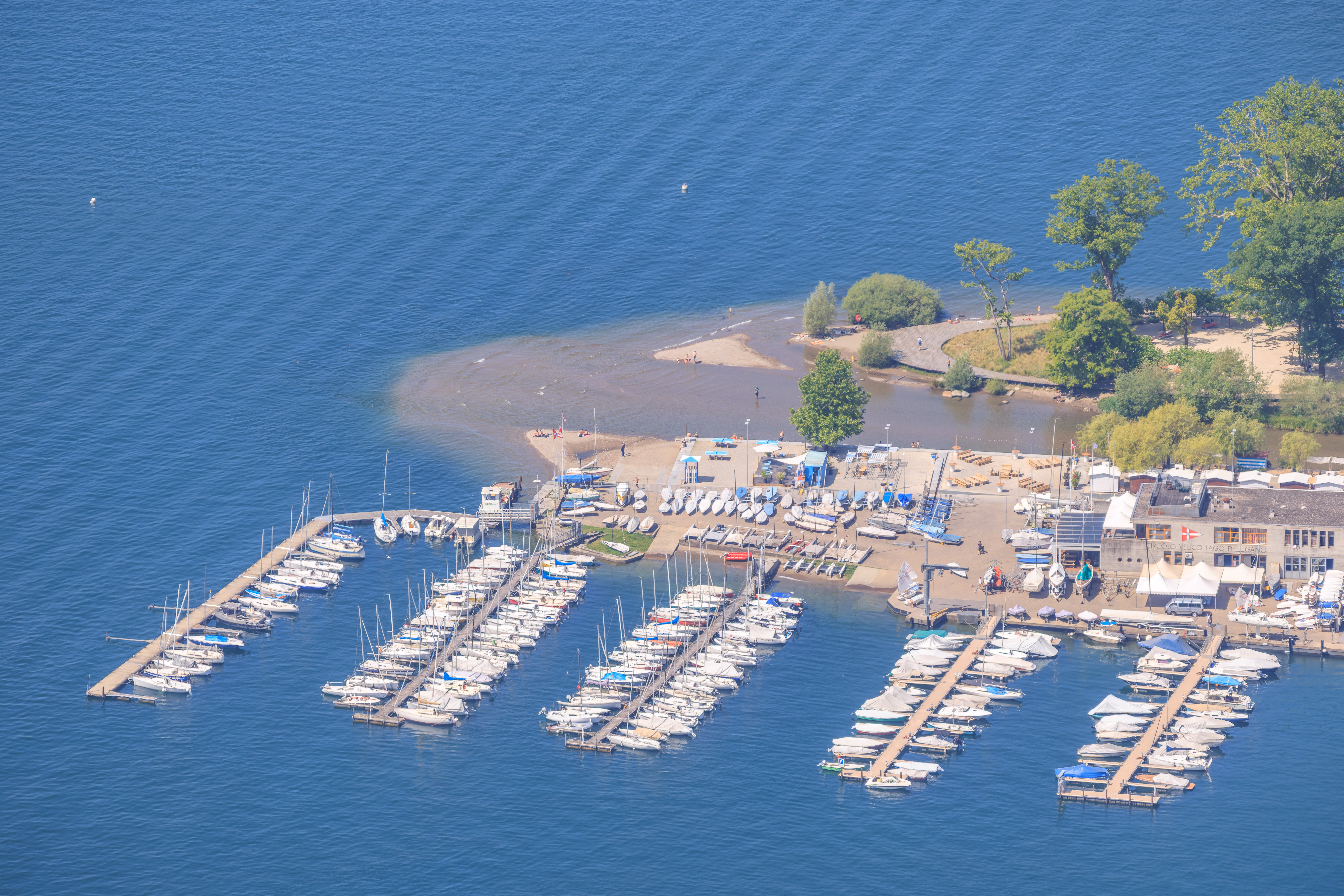
We spotted a different beachy area at the outlet of a river.
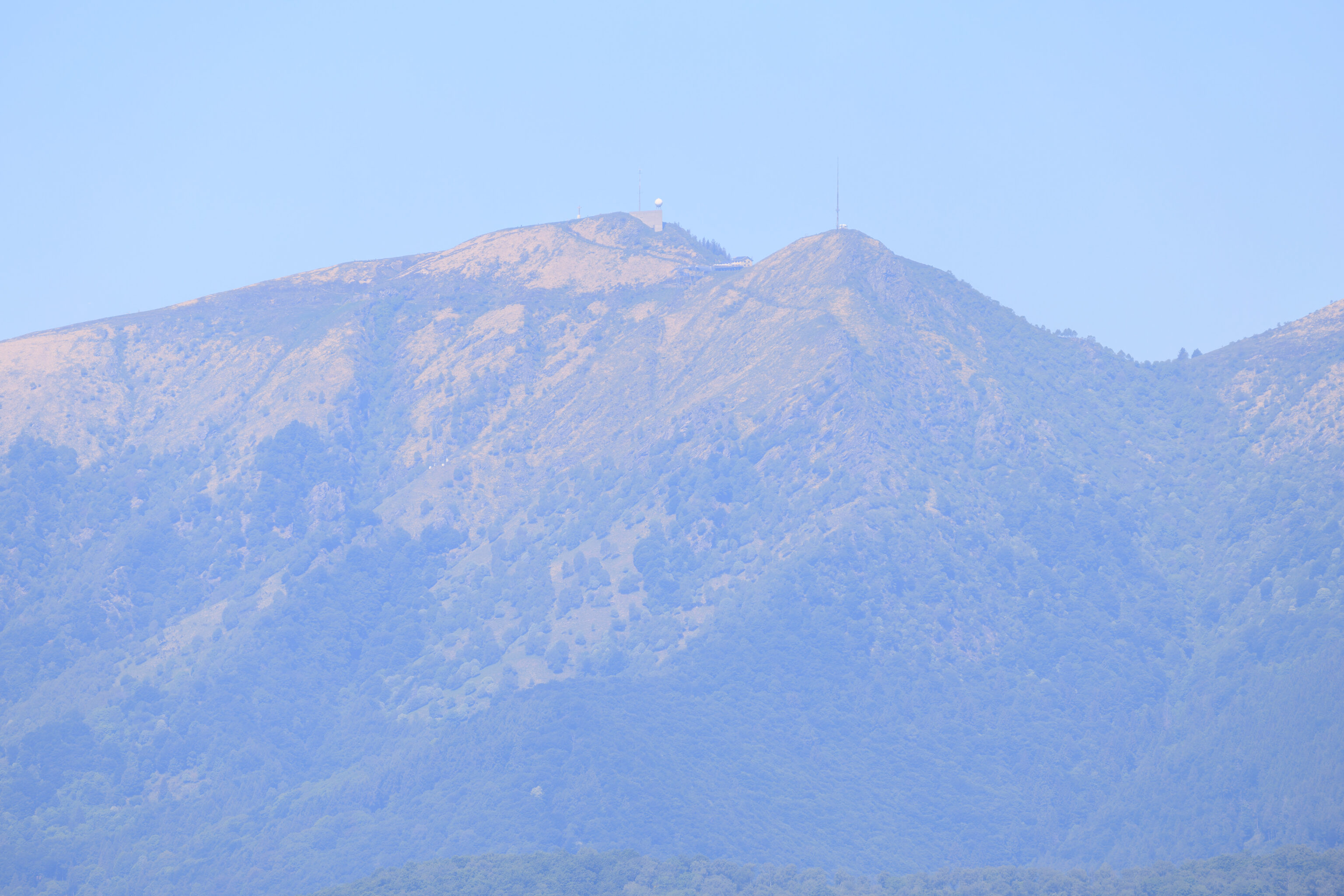
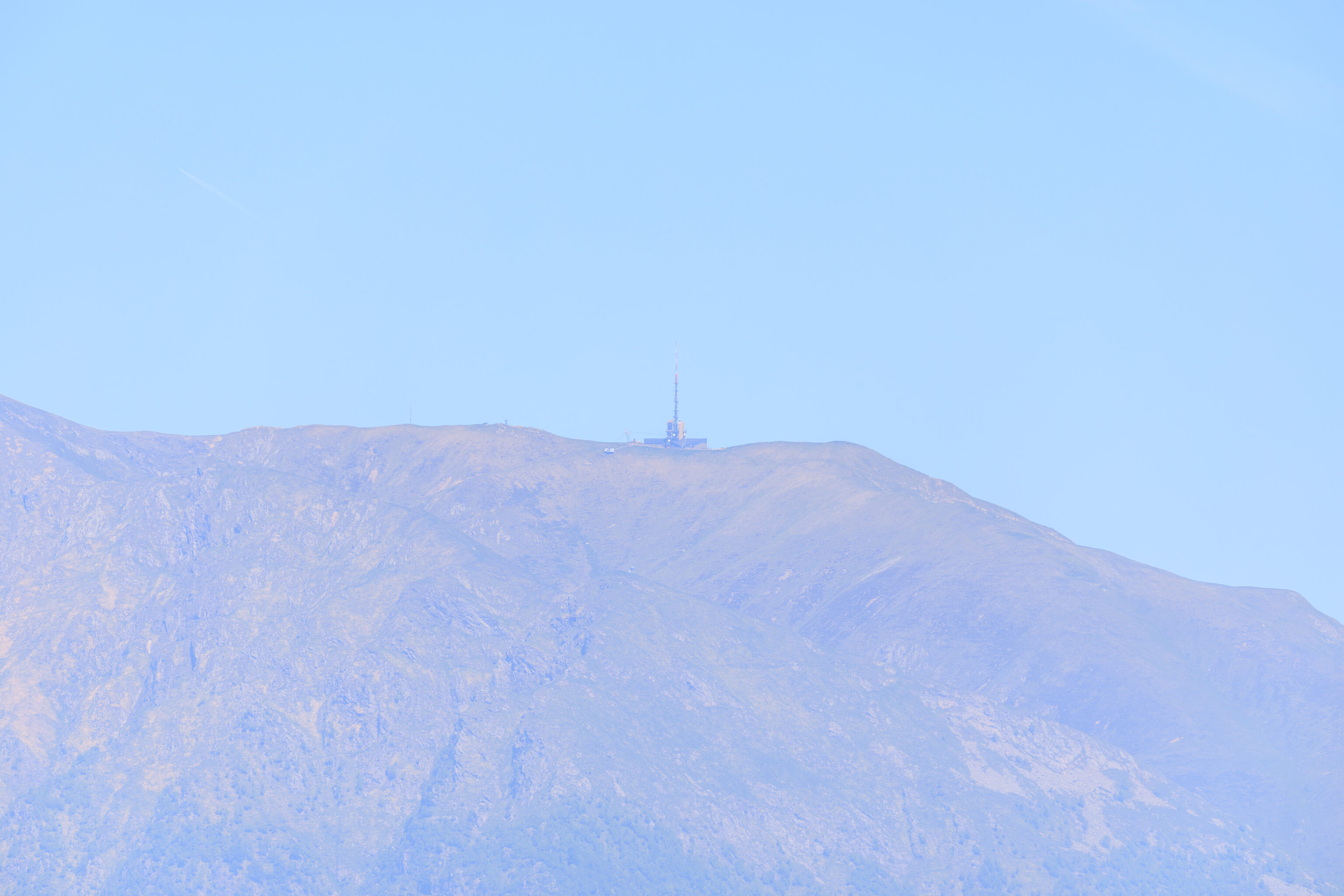
We also looked at some of the closer mountains.
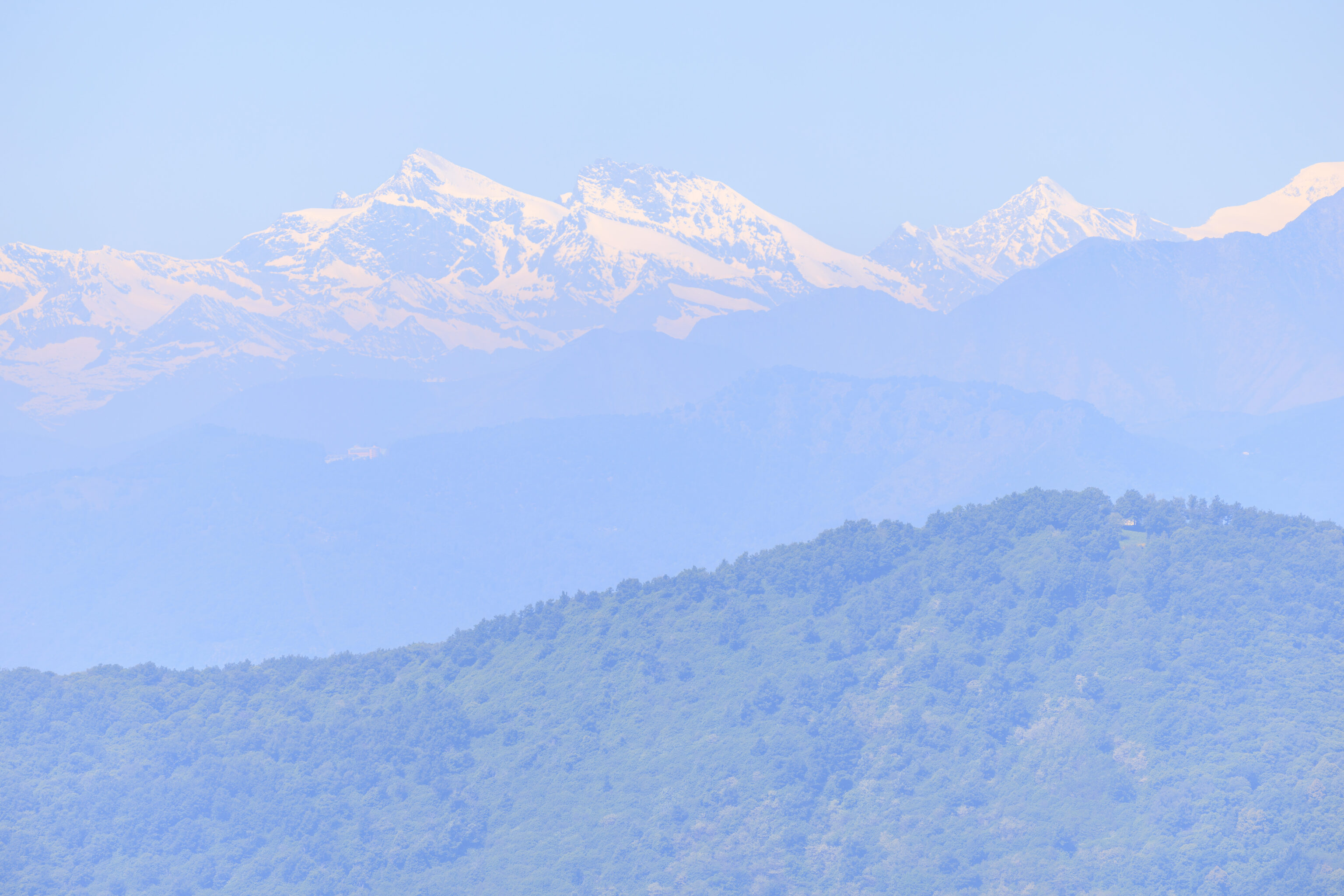

And, some other distant snow capped peaks that we can’t identify.
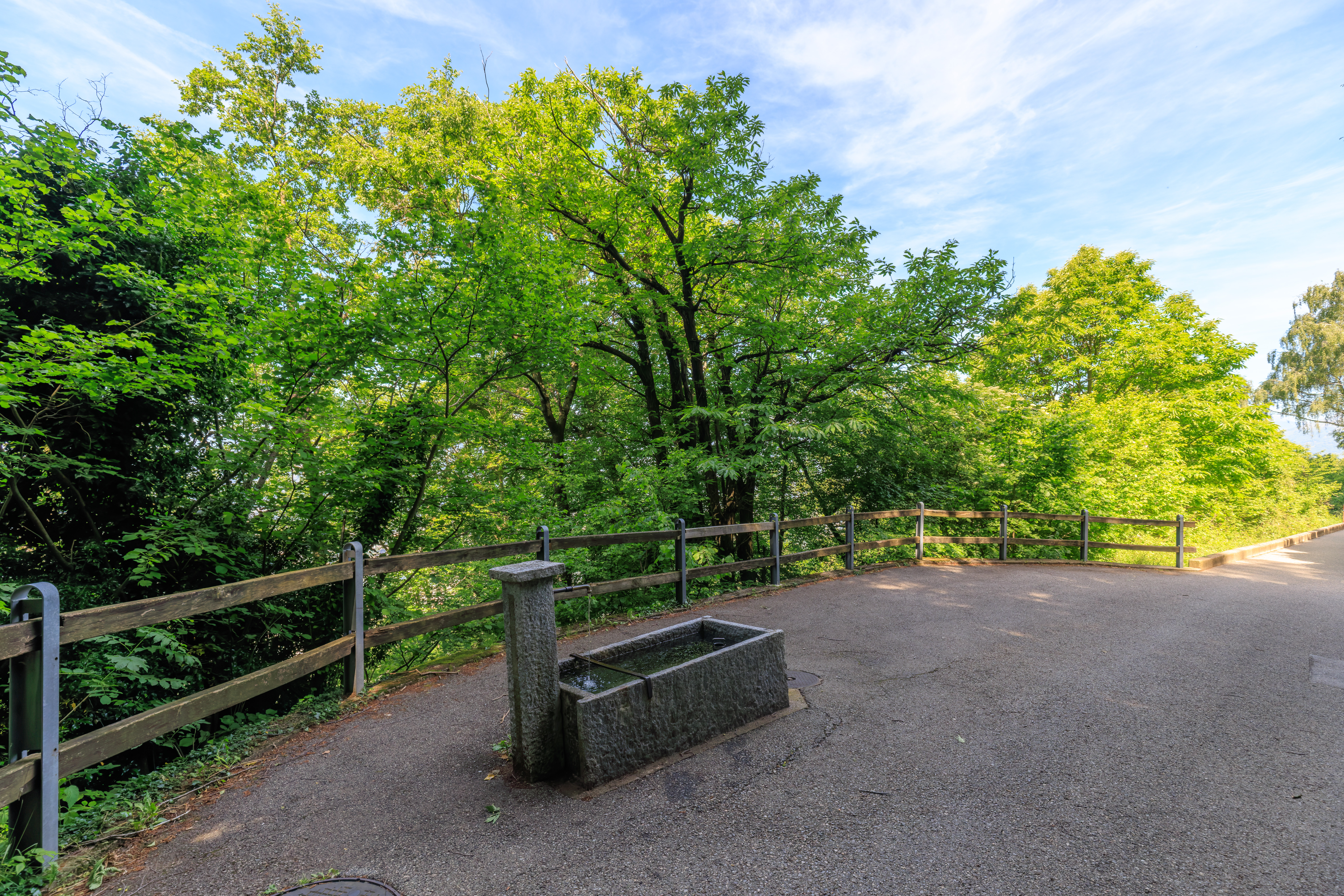
After enjoying the view, we continued on, following the path as it now led to the north. We passed by this fountain and water basin.
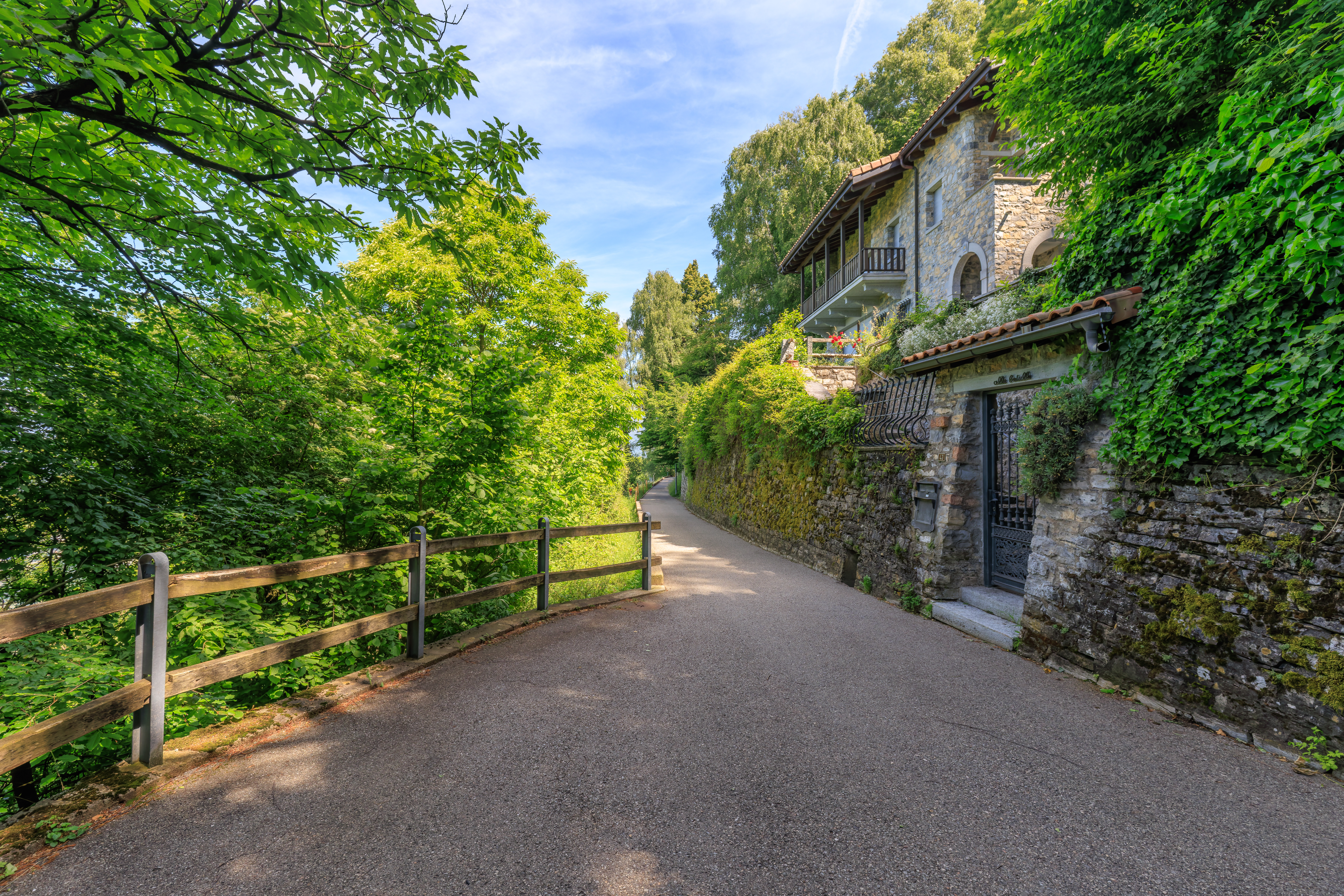
As we continued, we started to see residences.
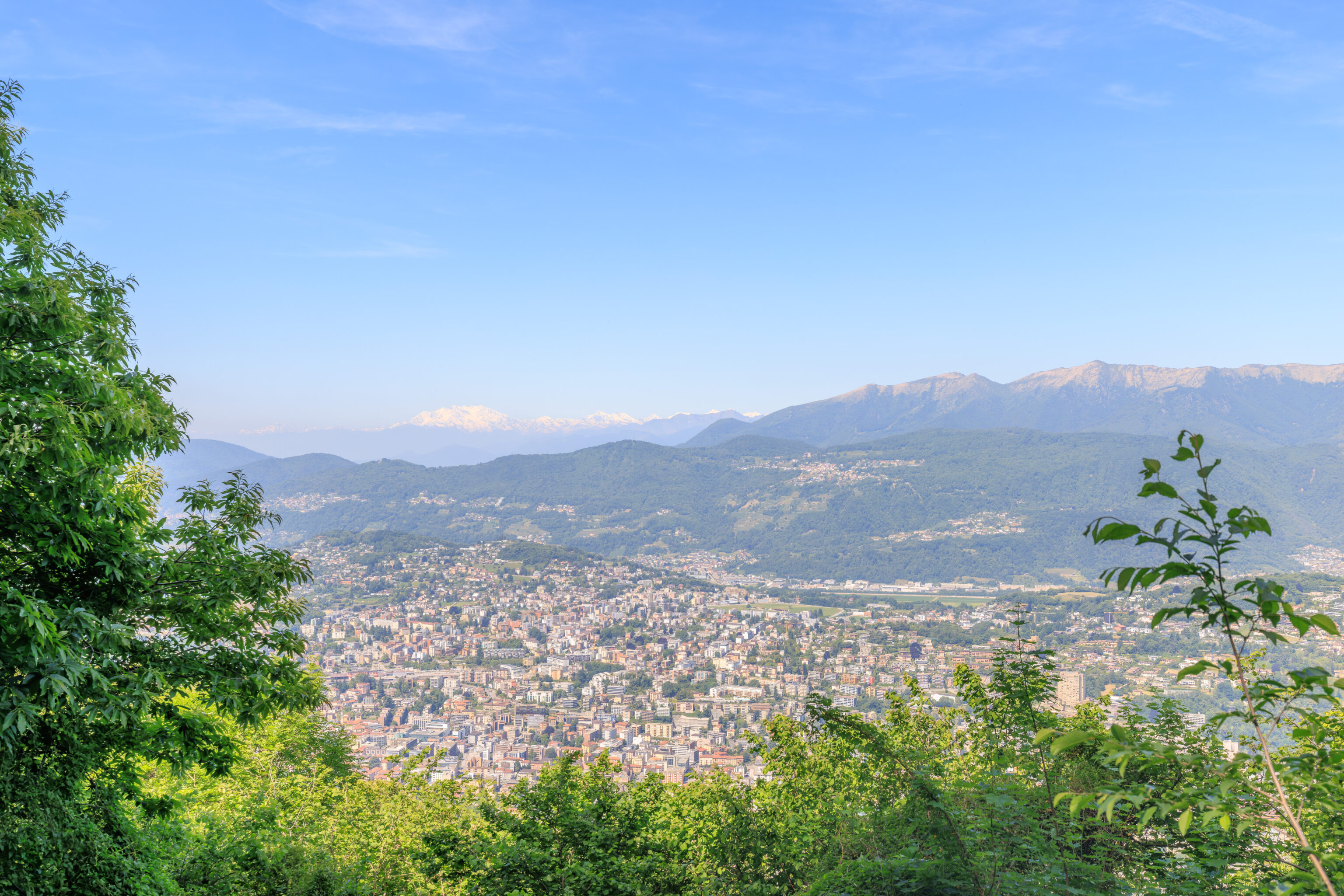
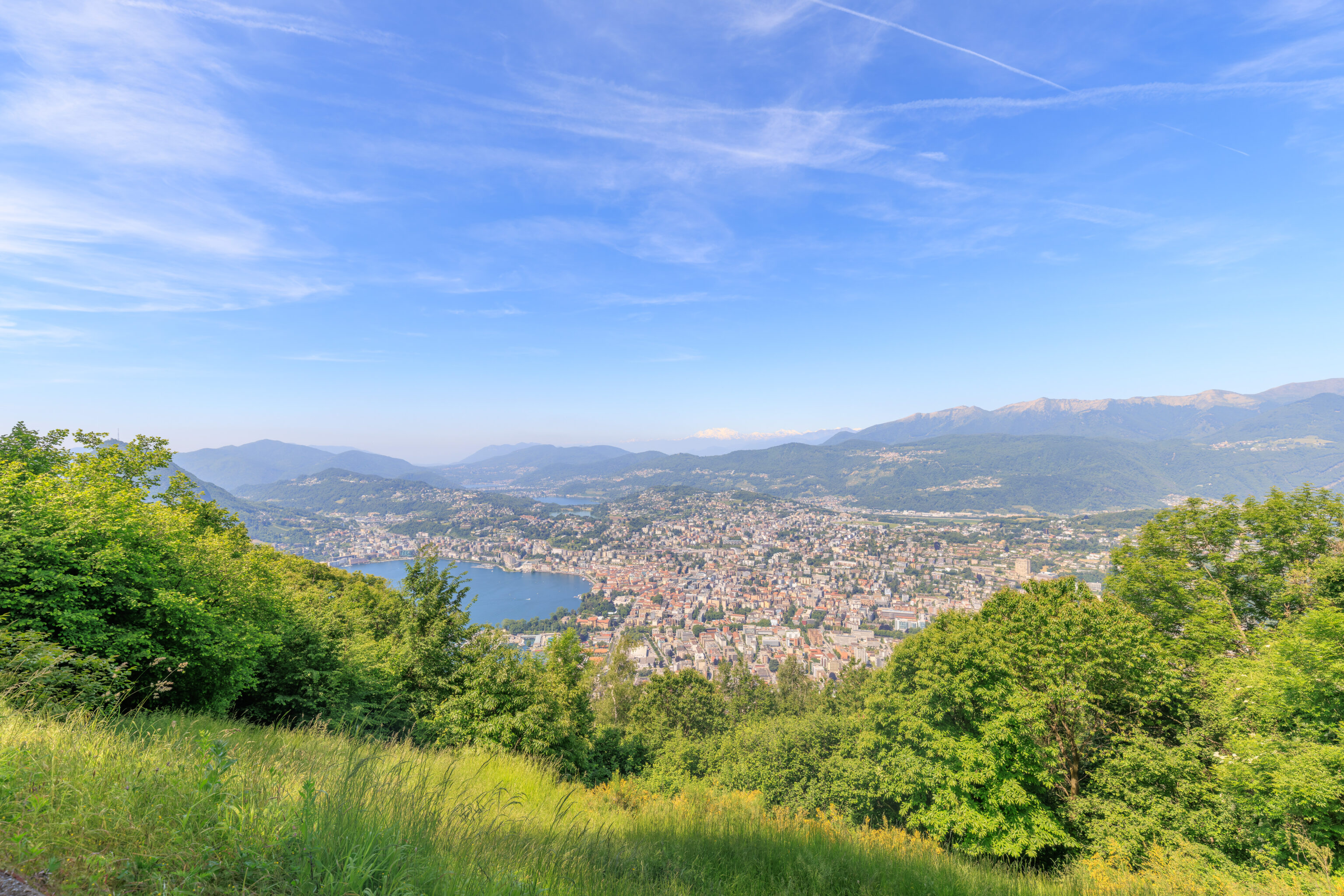
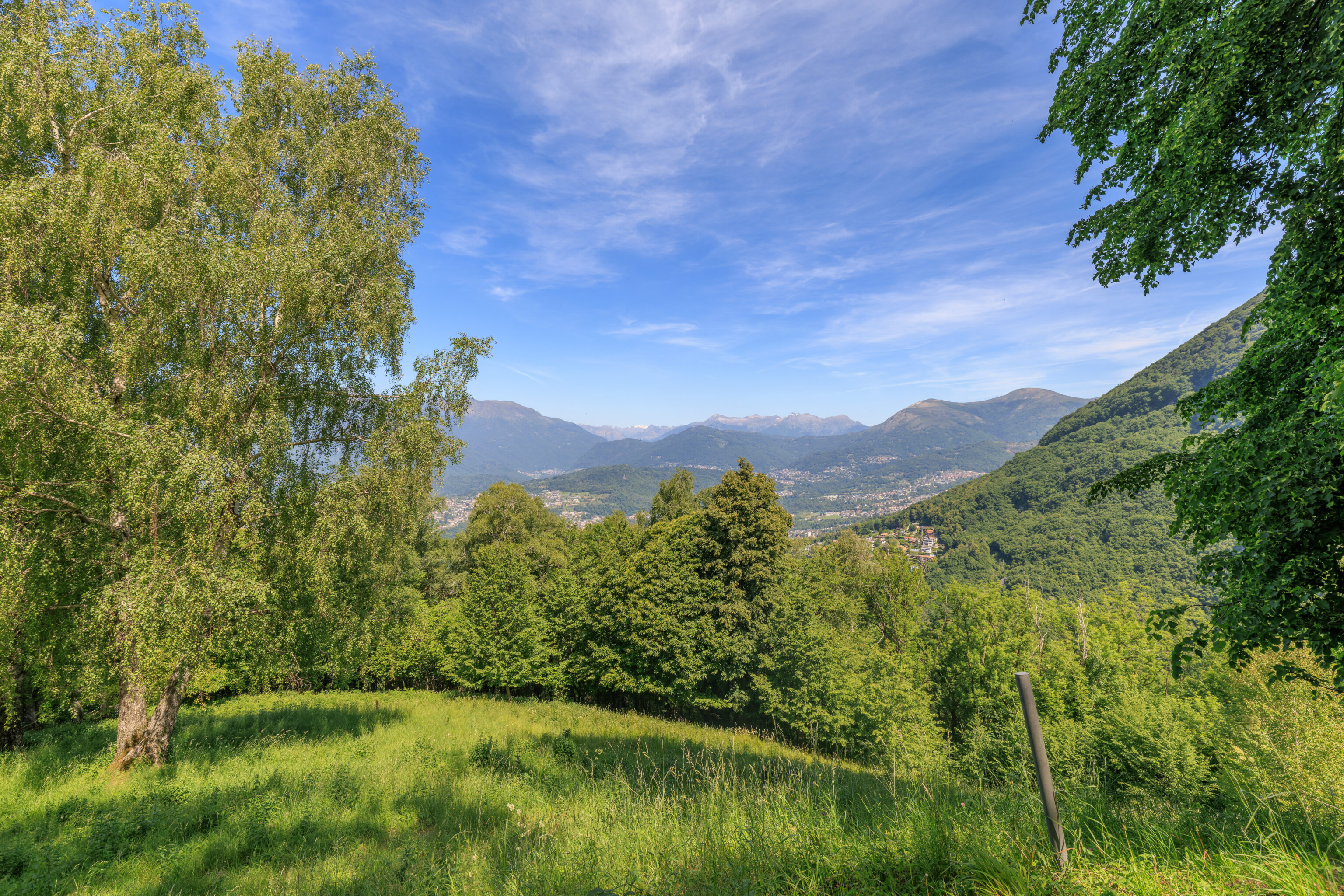
We continued on, enjoying the view from a few clearings in the trees.
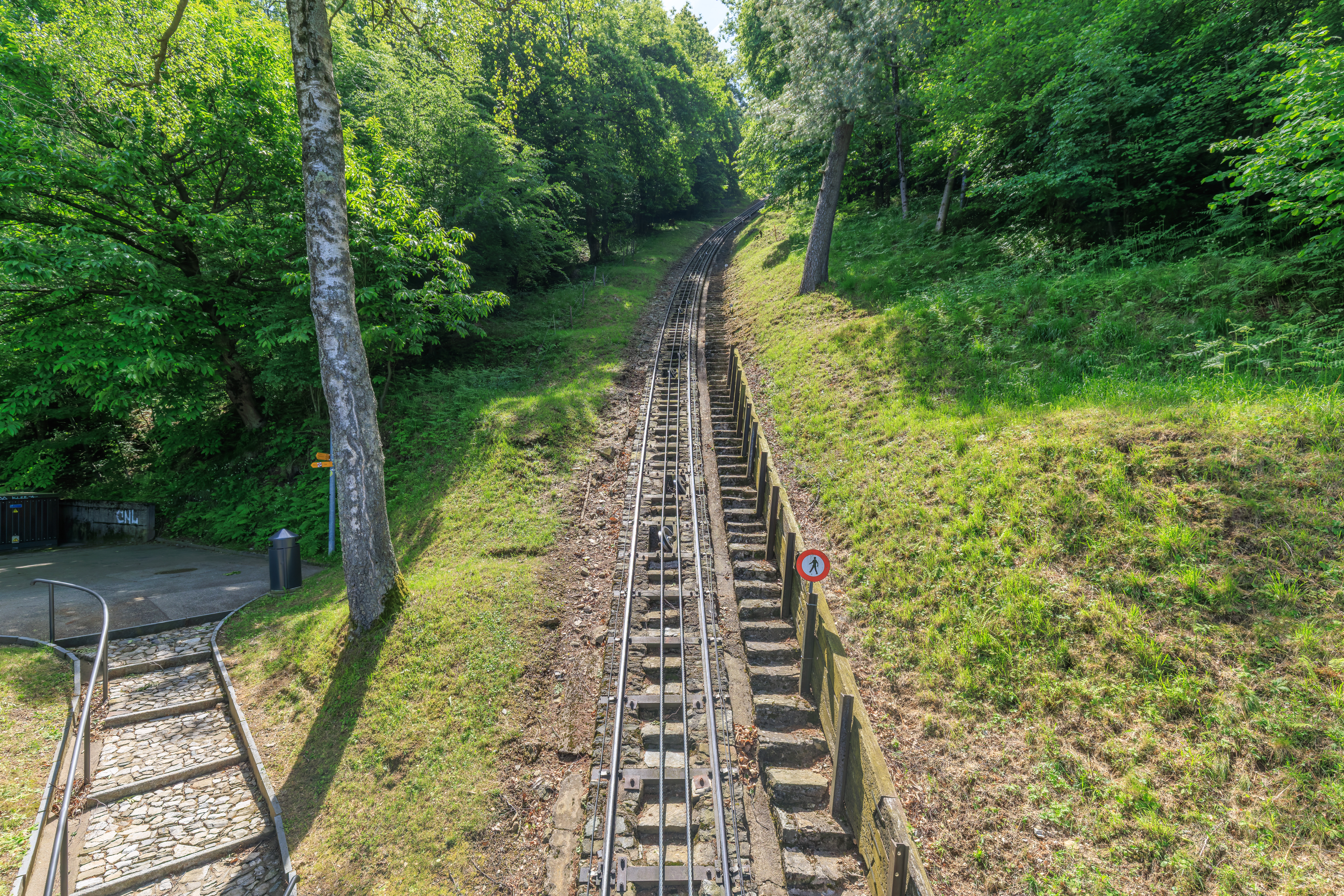
The path, which at this point was really more like a narrow single lane road, crossed over the funicular line via a bridge. We decided to wait to see the funicular pass below as when we saw the cable moving.
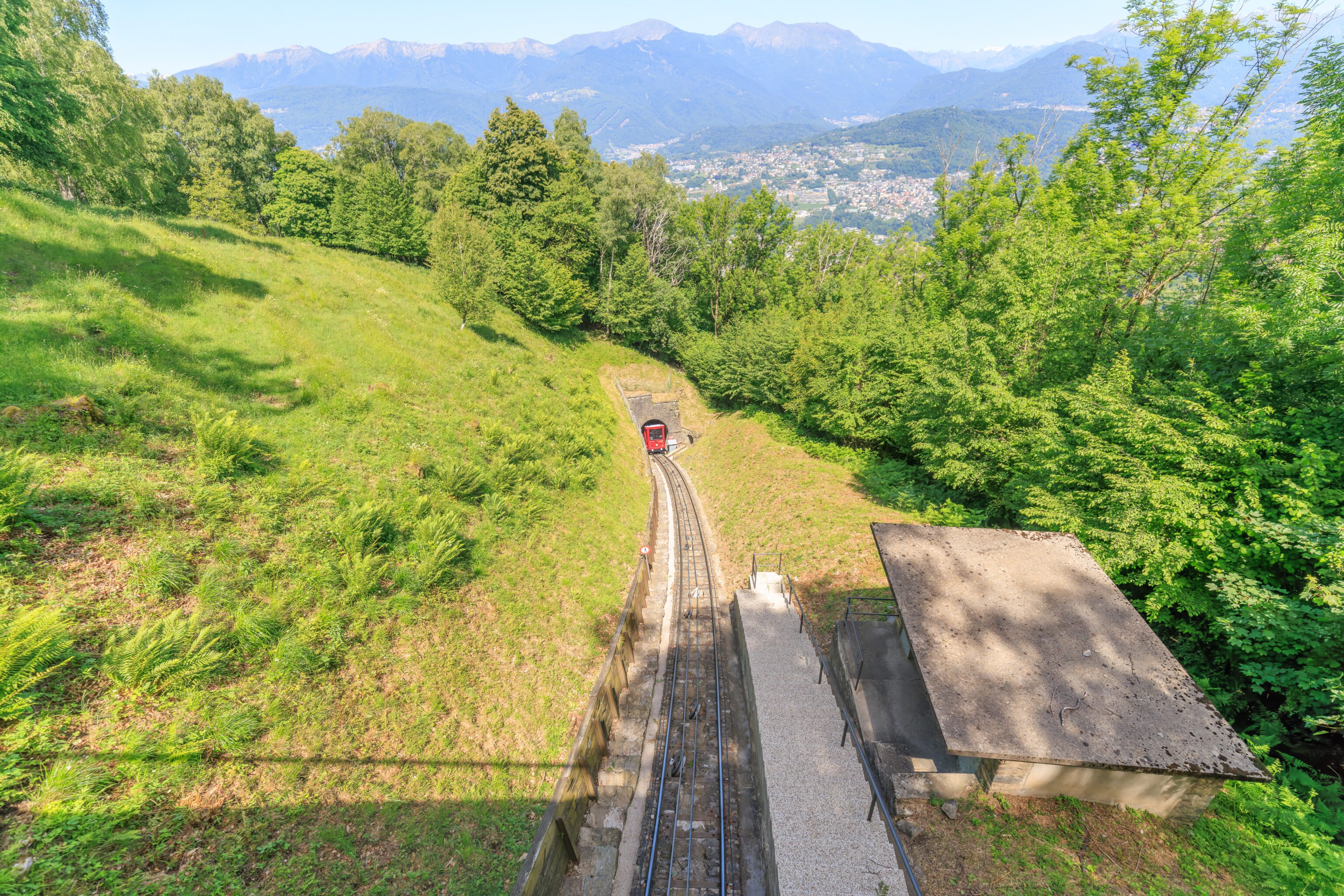
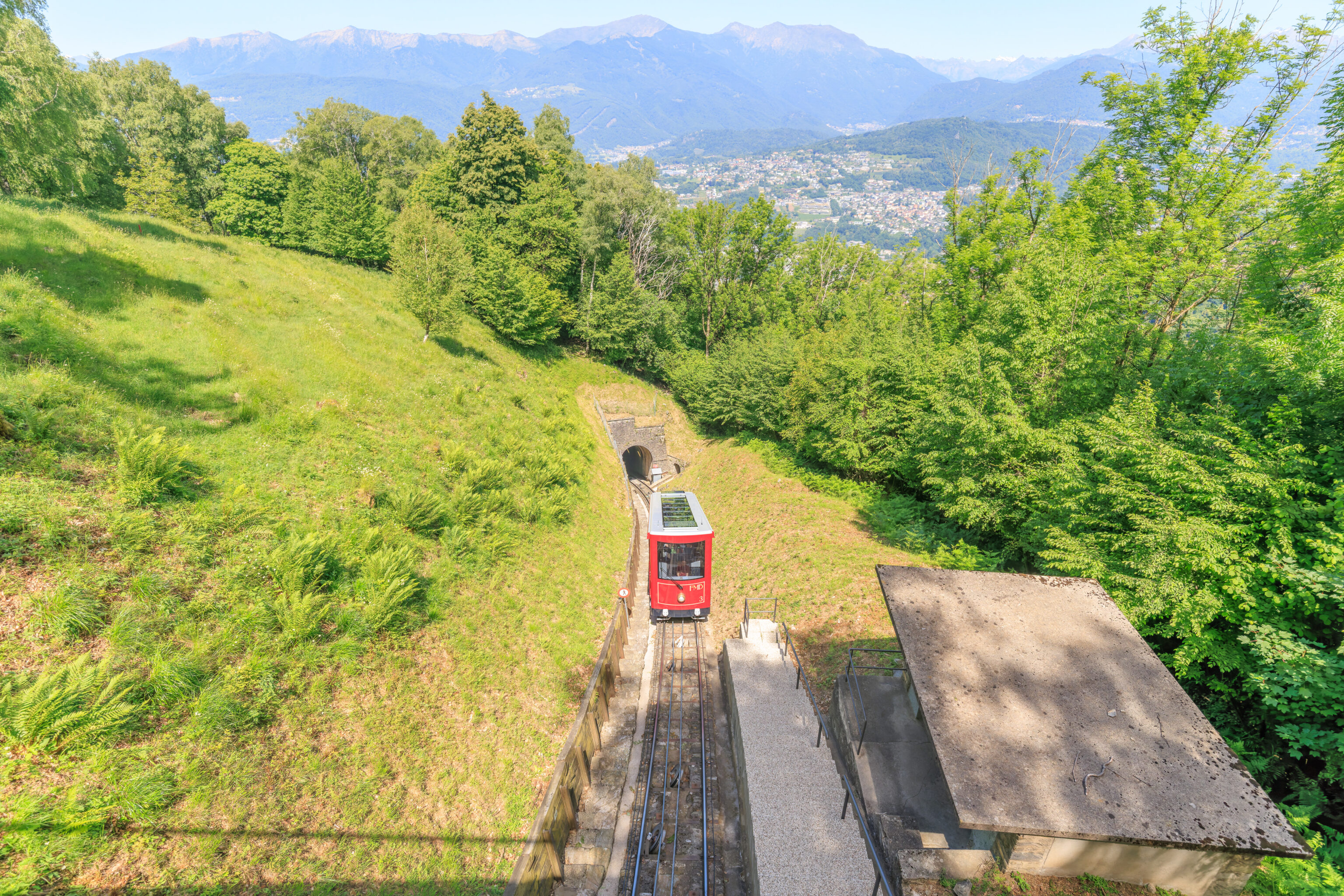
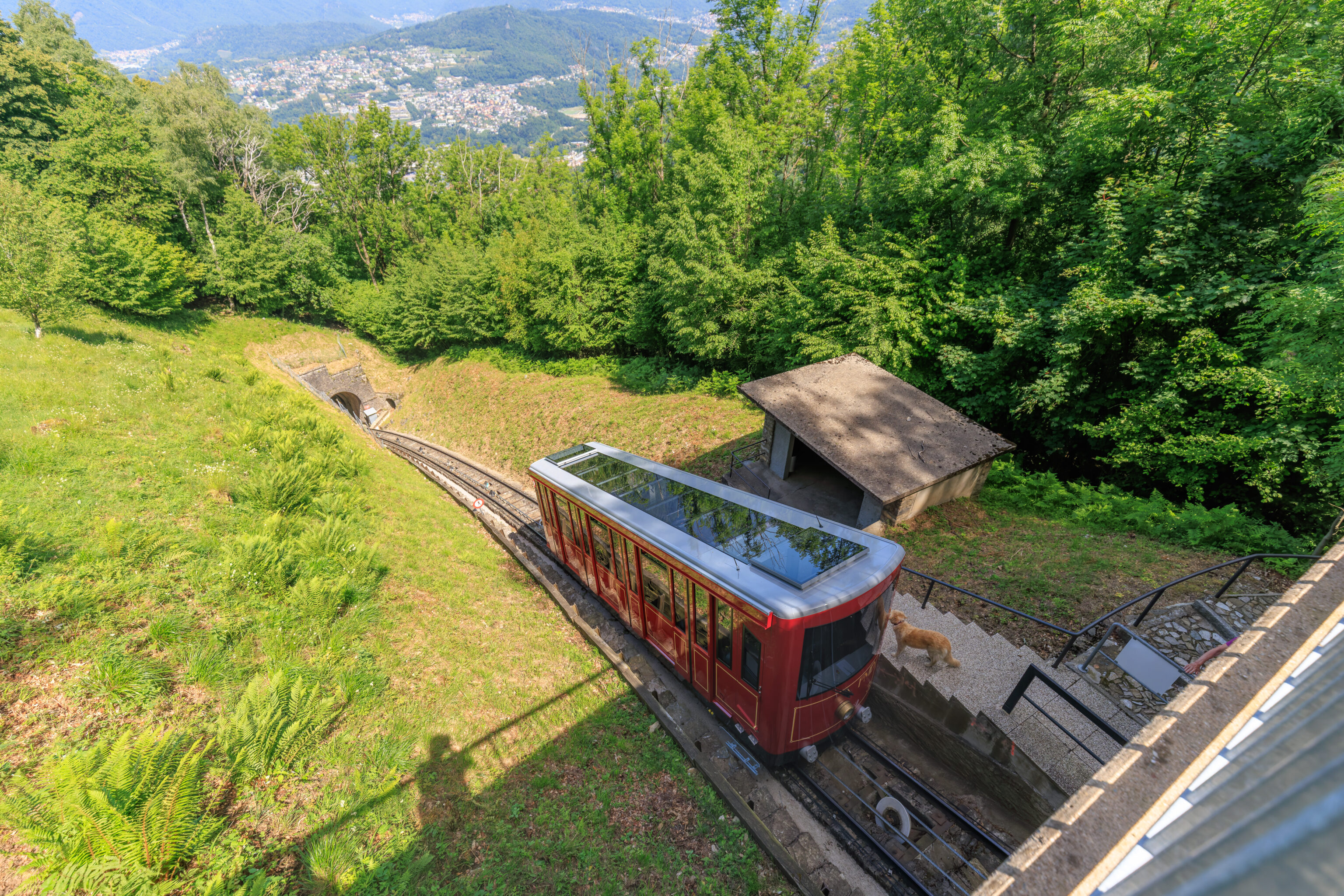
Soon, the funicular arrived from below. There was a man with a dog who we saw walk onto the platform. Maybe he was a local? He seemed to talk to the operator but did not board.
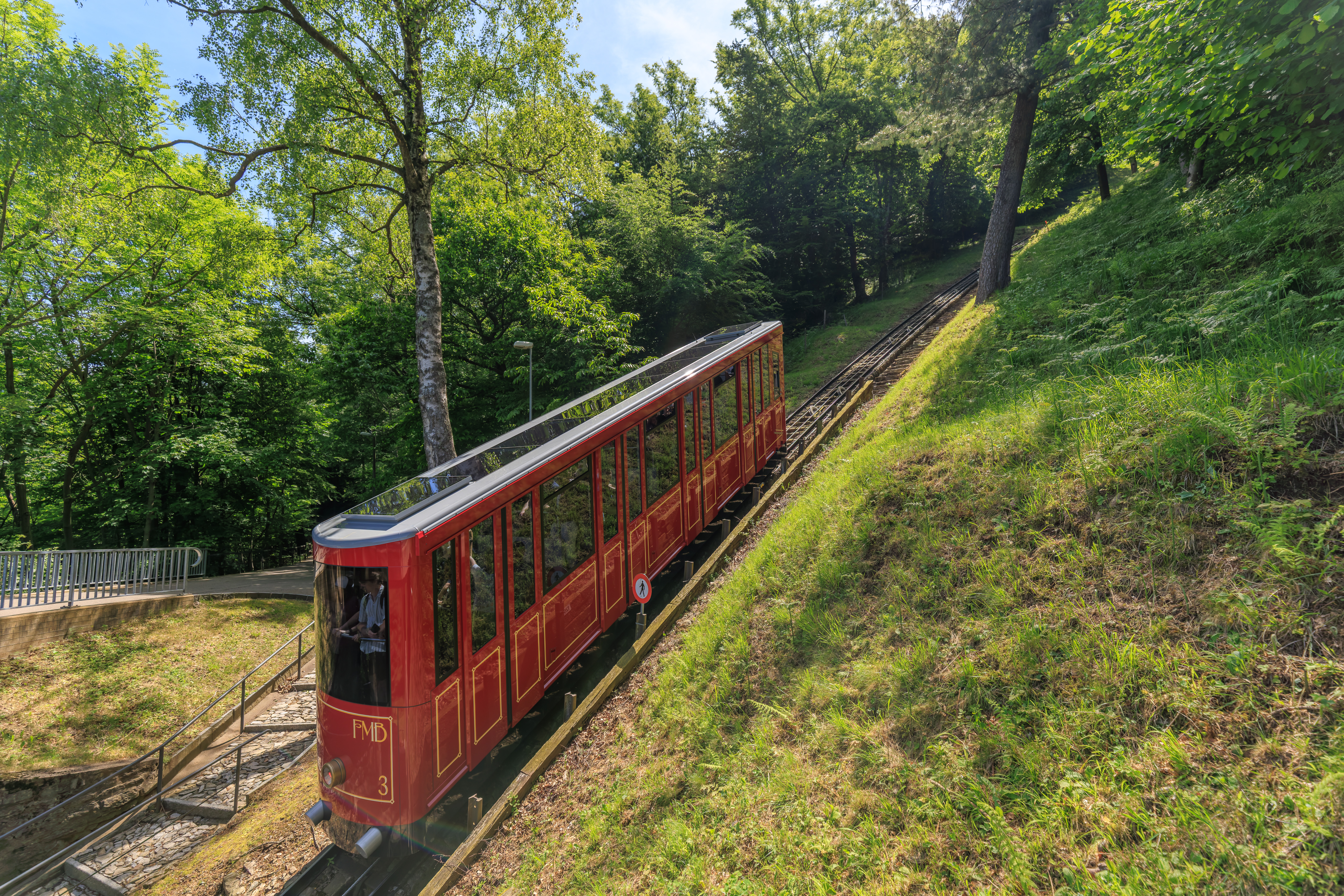
Soon, the funicular continued on upwards. It looks a bit distorted from this very wide angle perspective!
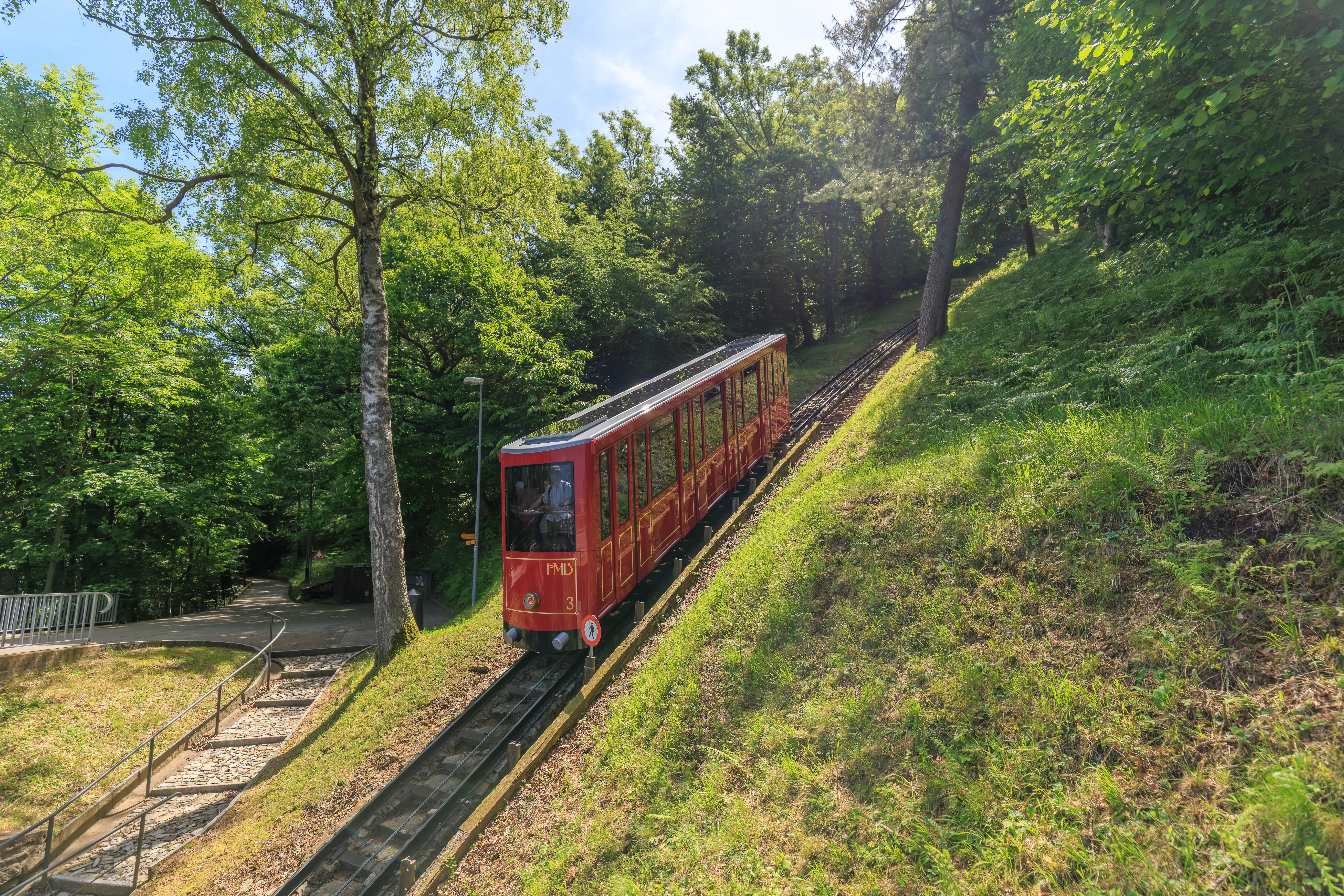
We watched as the funicular ascended out of sight through the trees.
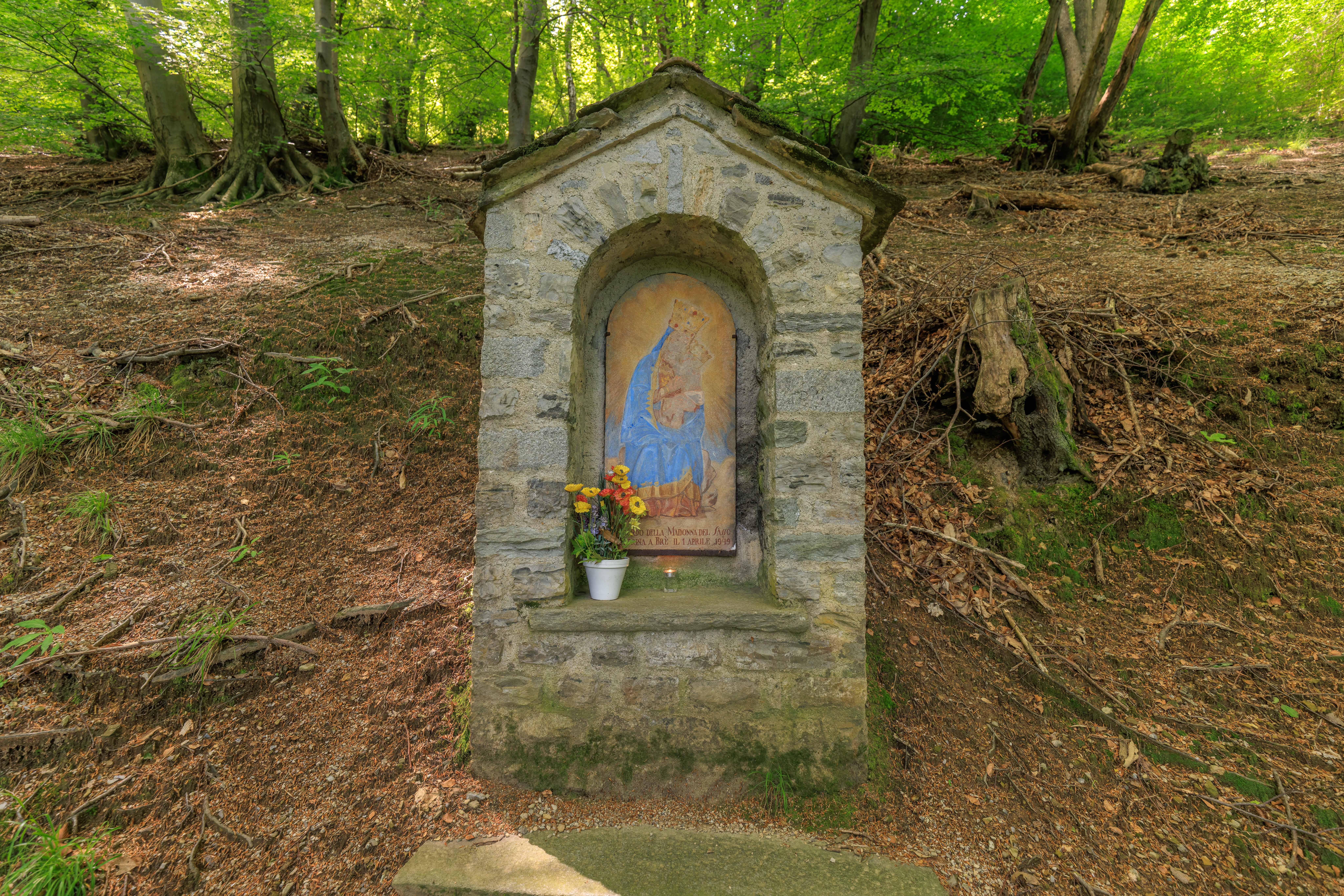
We continued on as the road curved to the right and headed to the east. We passed by a small shrine.
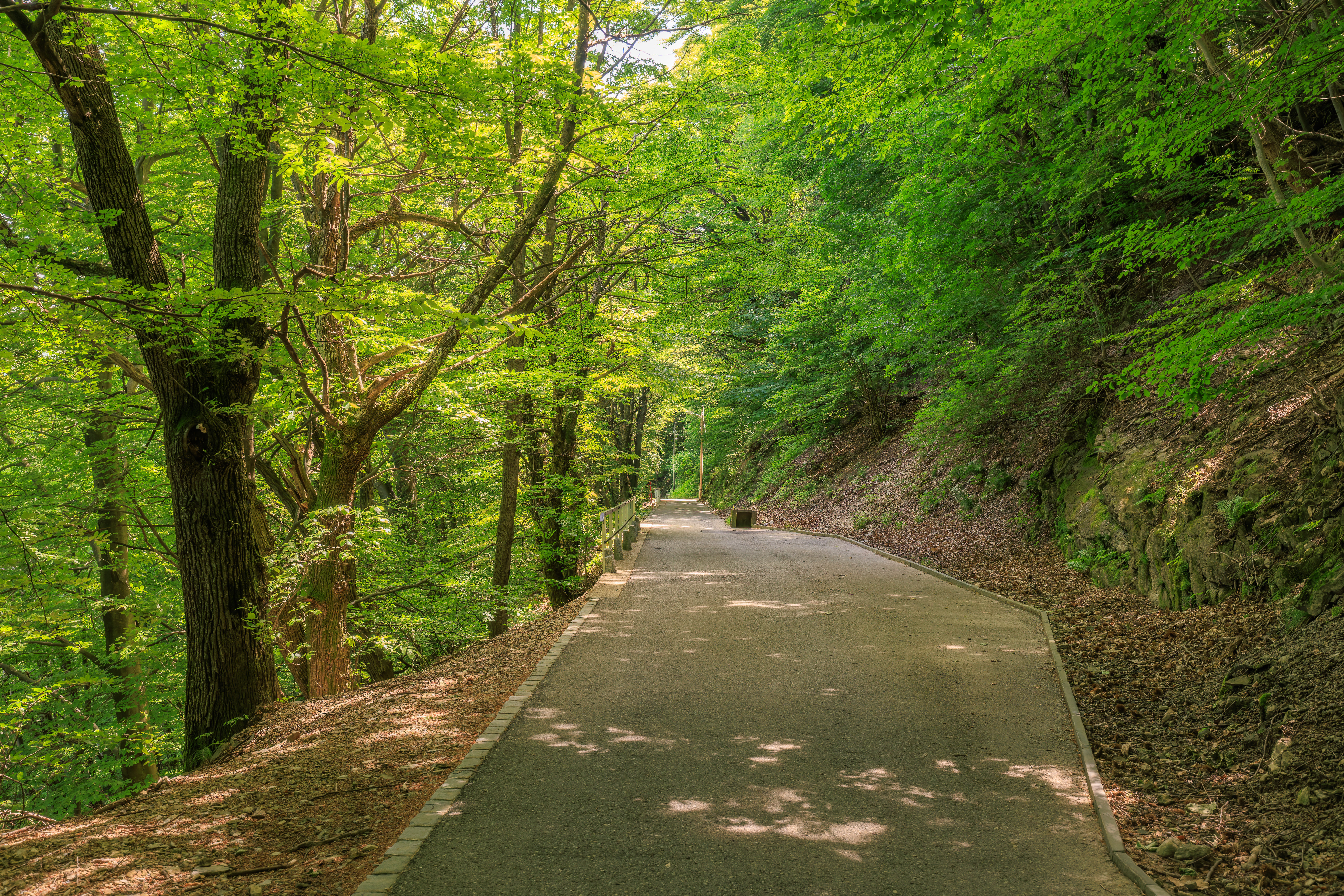
The road had some wider passing sections here.
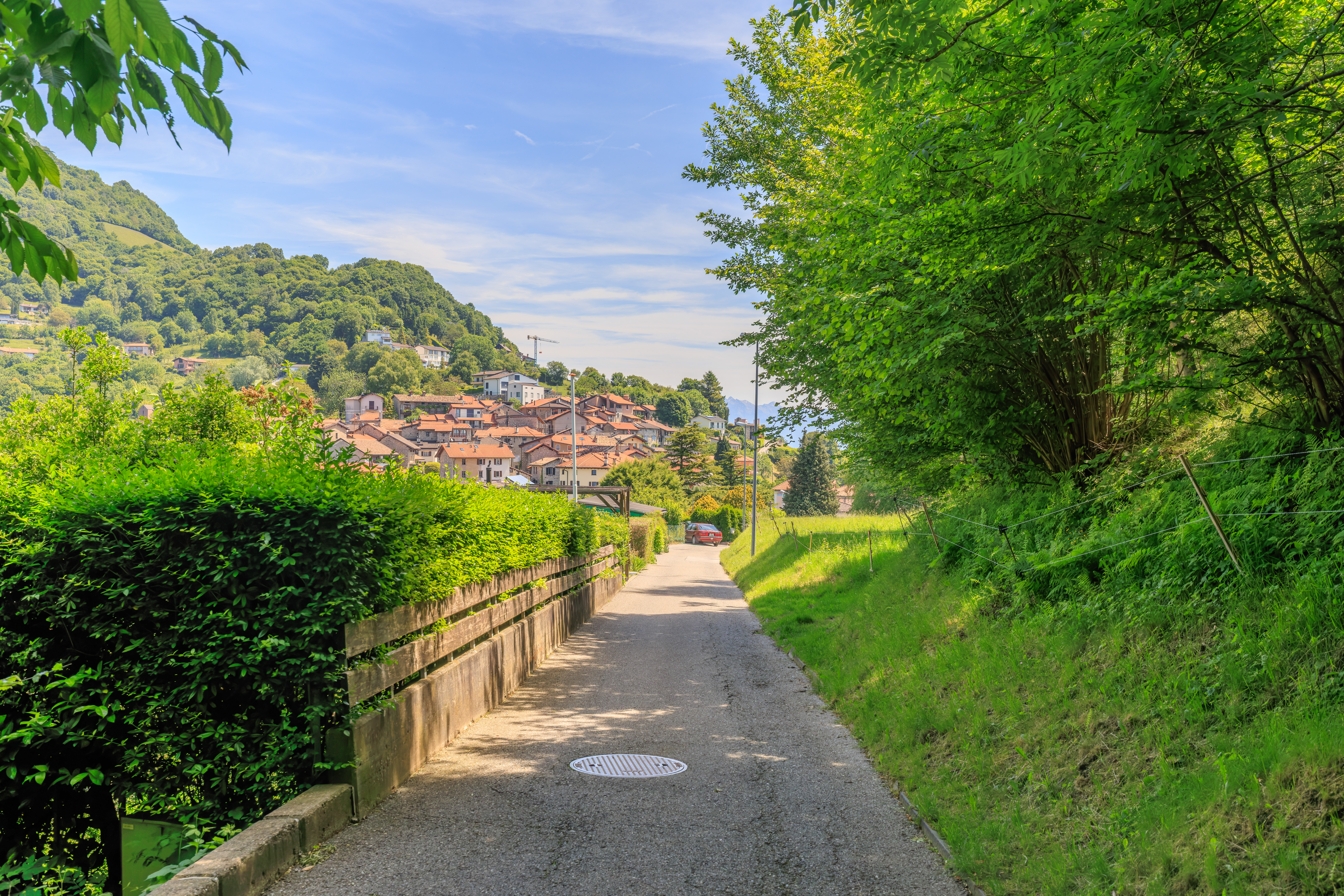
Soon, we could see the small village of Brè ahead.
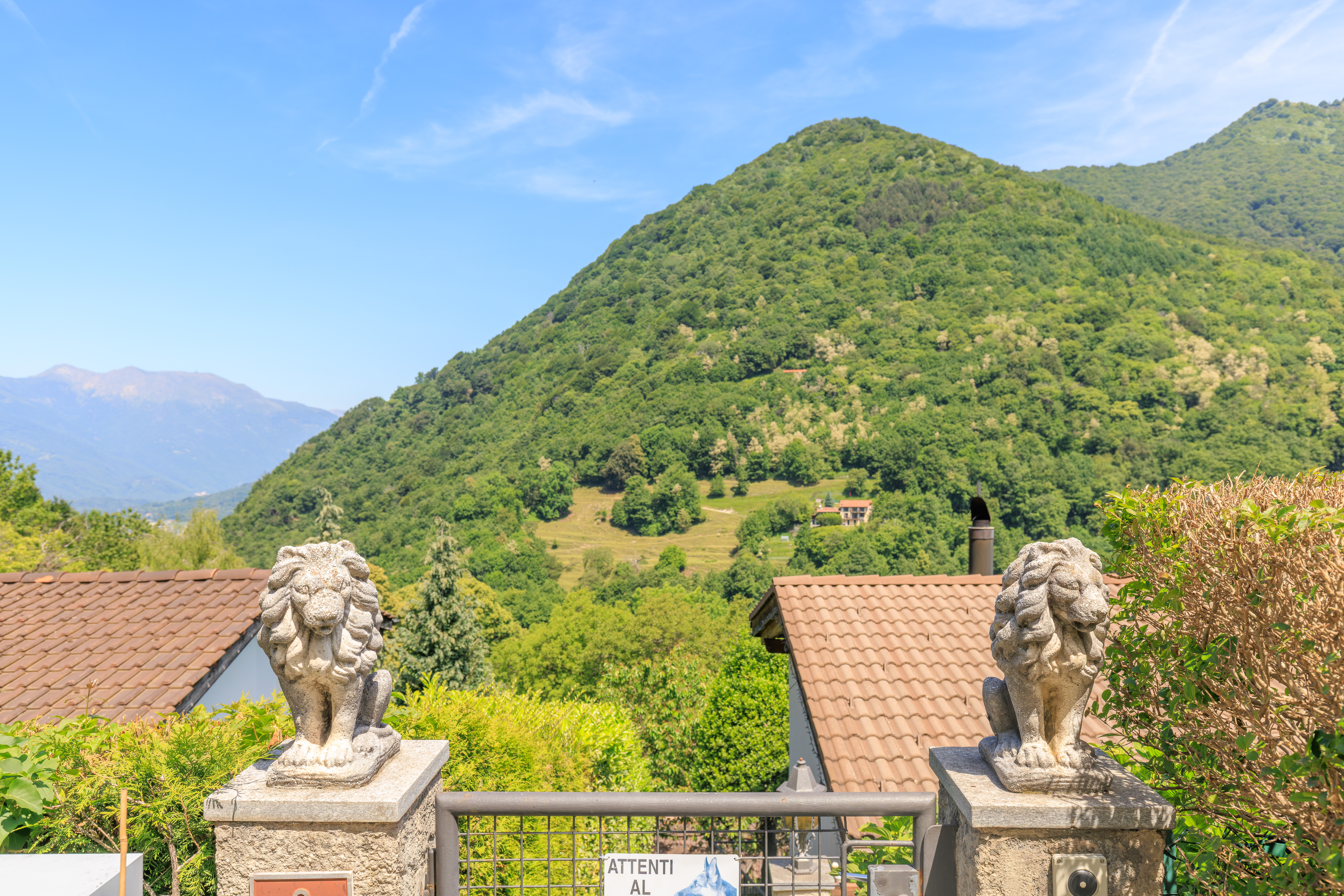
Can’t go wrong with lions!
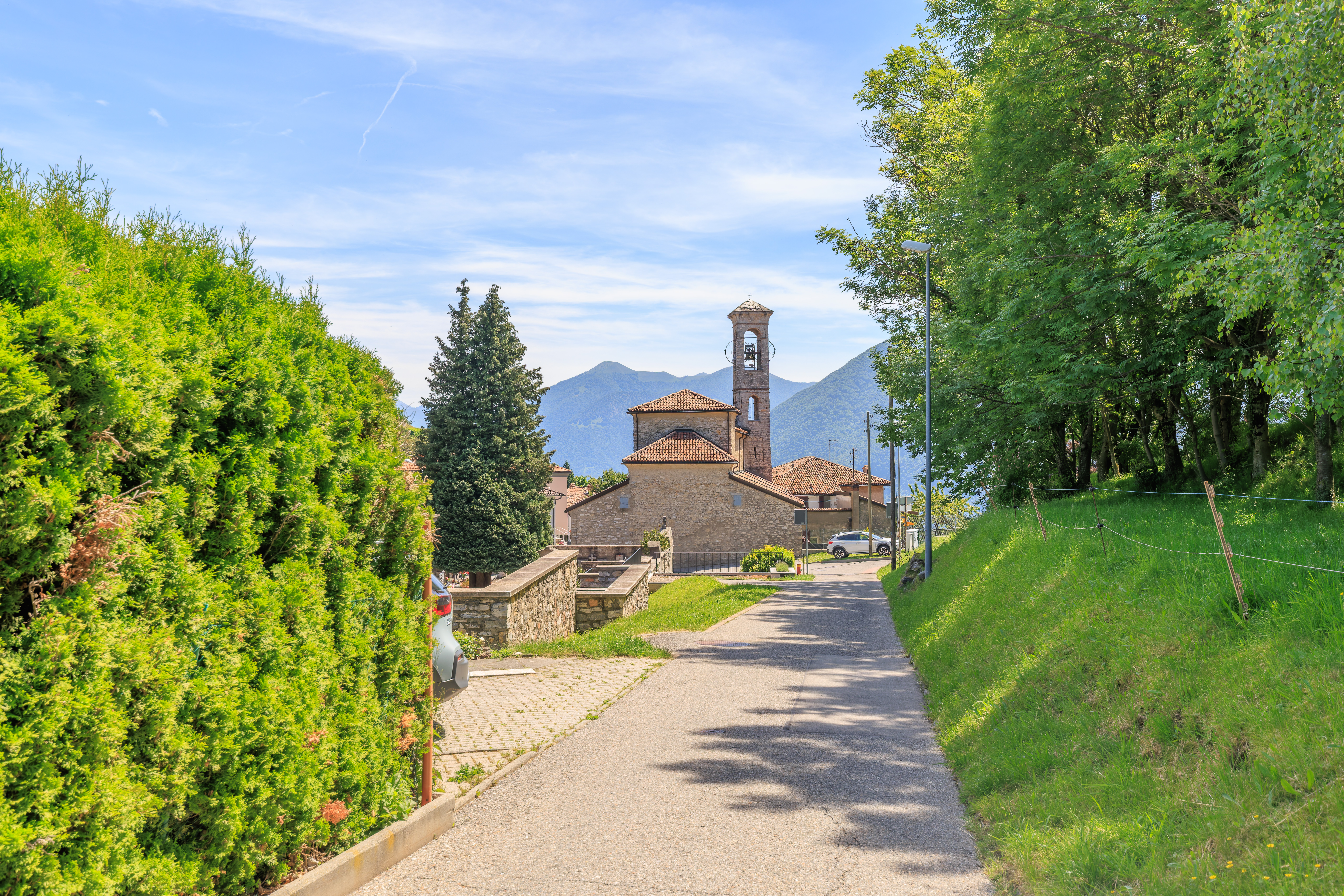
Up ahead, we could see a church.
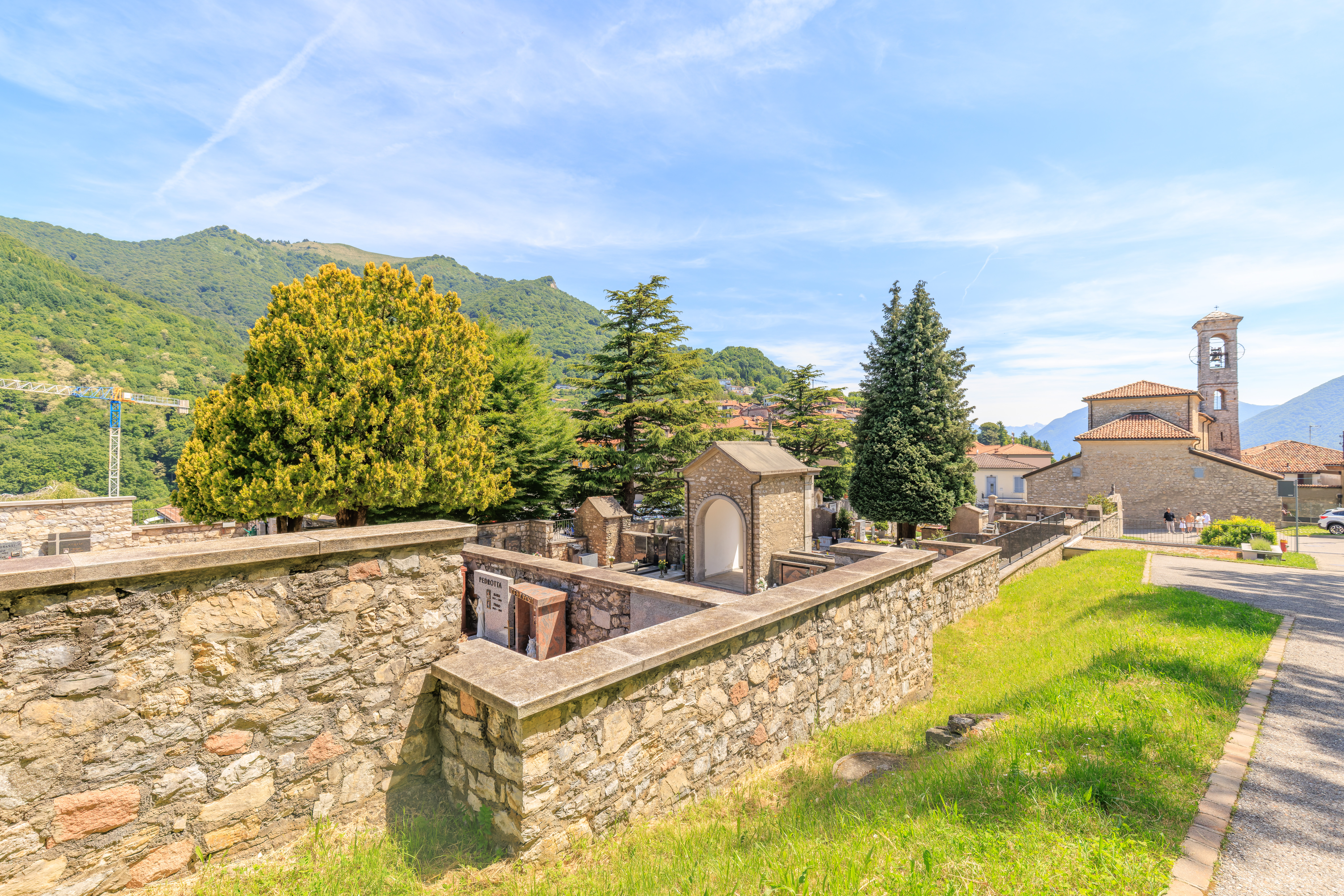
We passed by a relatively large cemetery on our left.
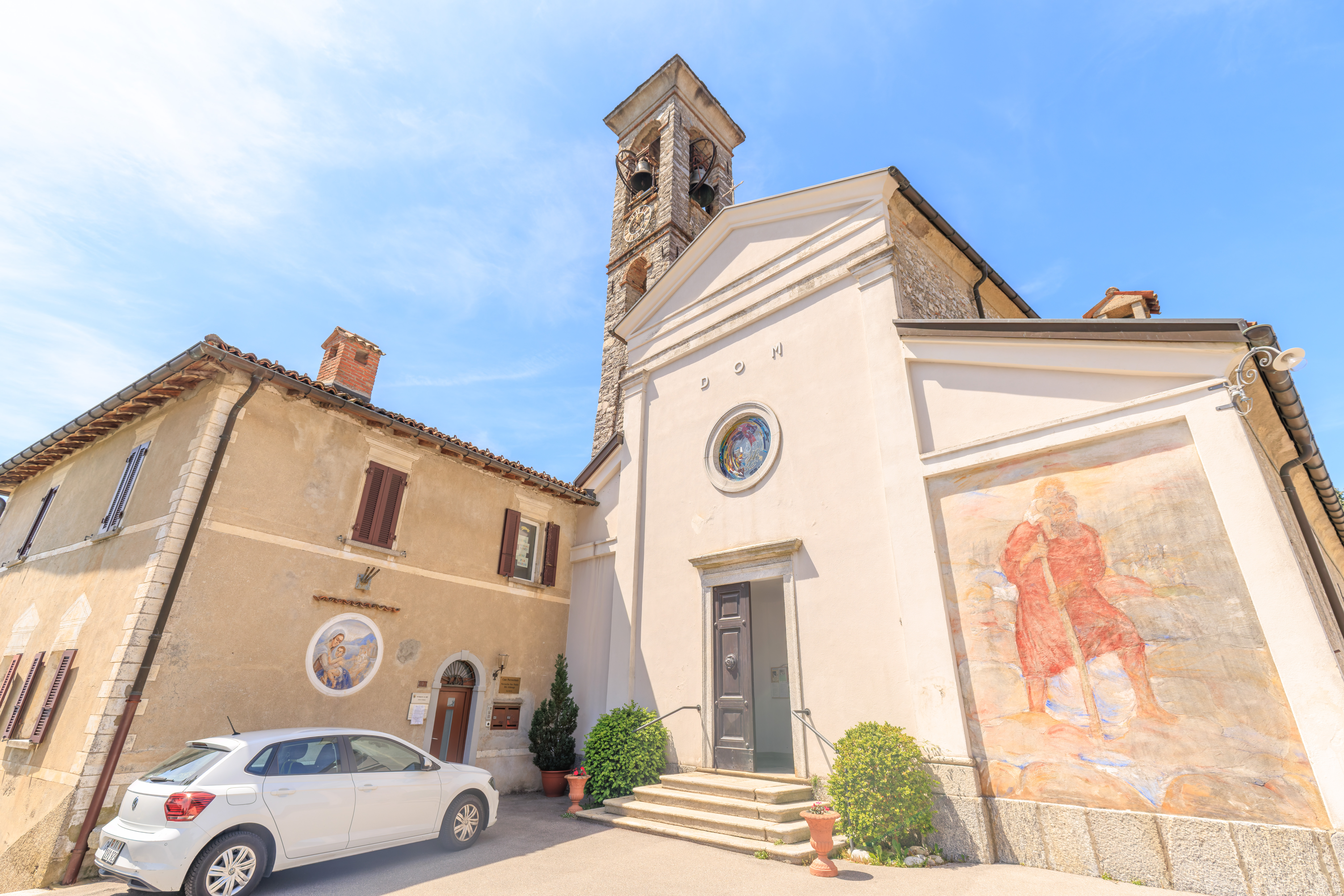
We continued on to the front of the church, the Chiesa dei SS. Fedele e Simone (Church of Saints Fidelis and Simon). Saint Fidelis seems to be Saint Fidelis of Como. There are multiple Saint Simons though so its not clear which one this is.
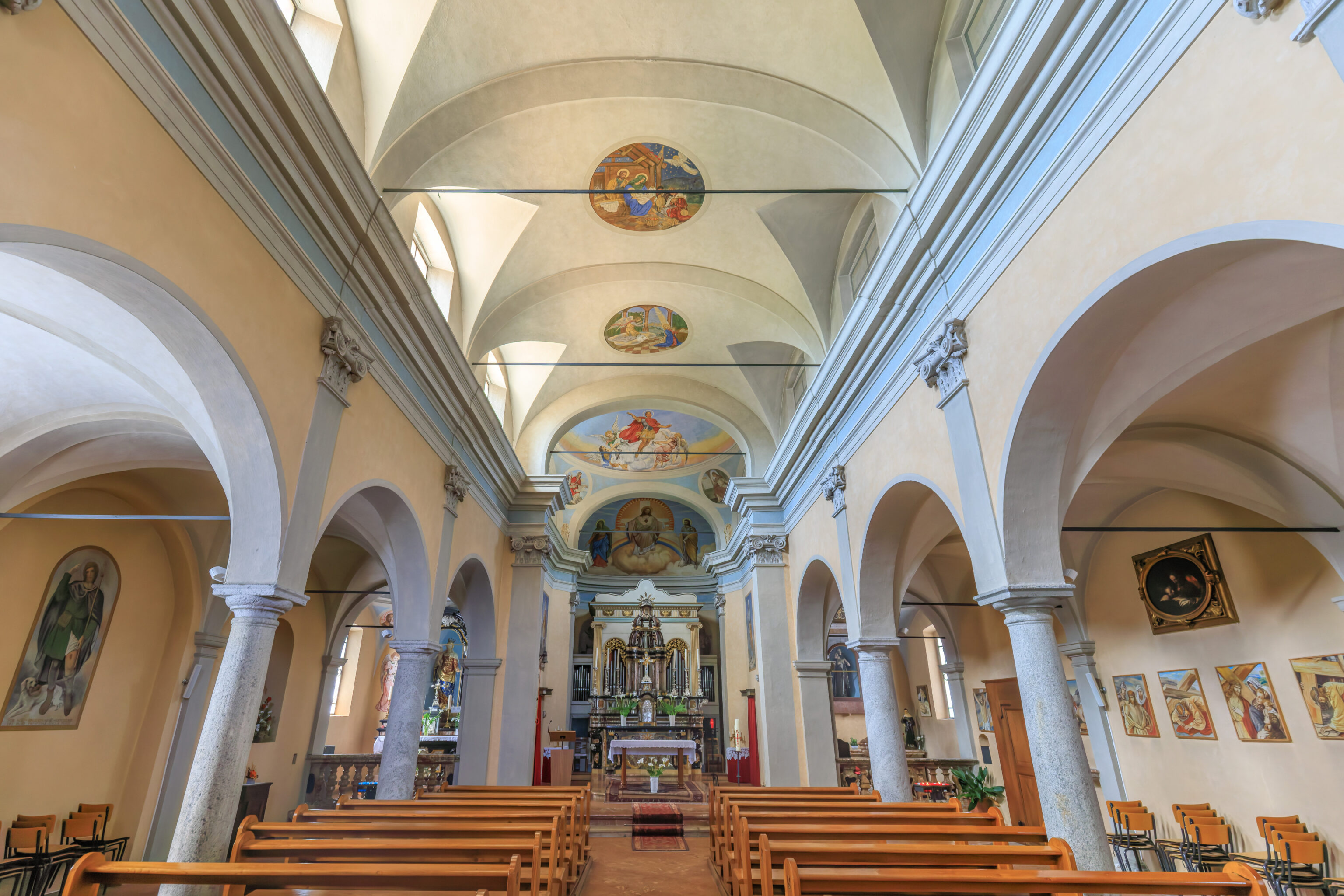
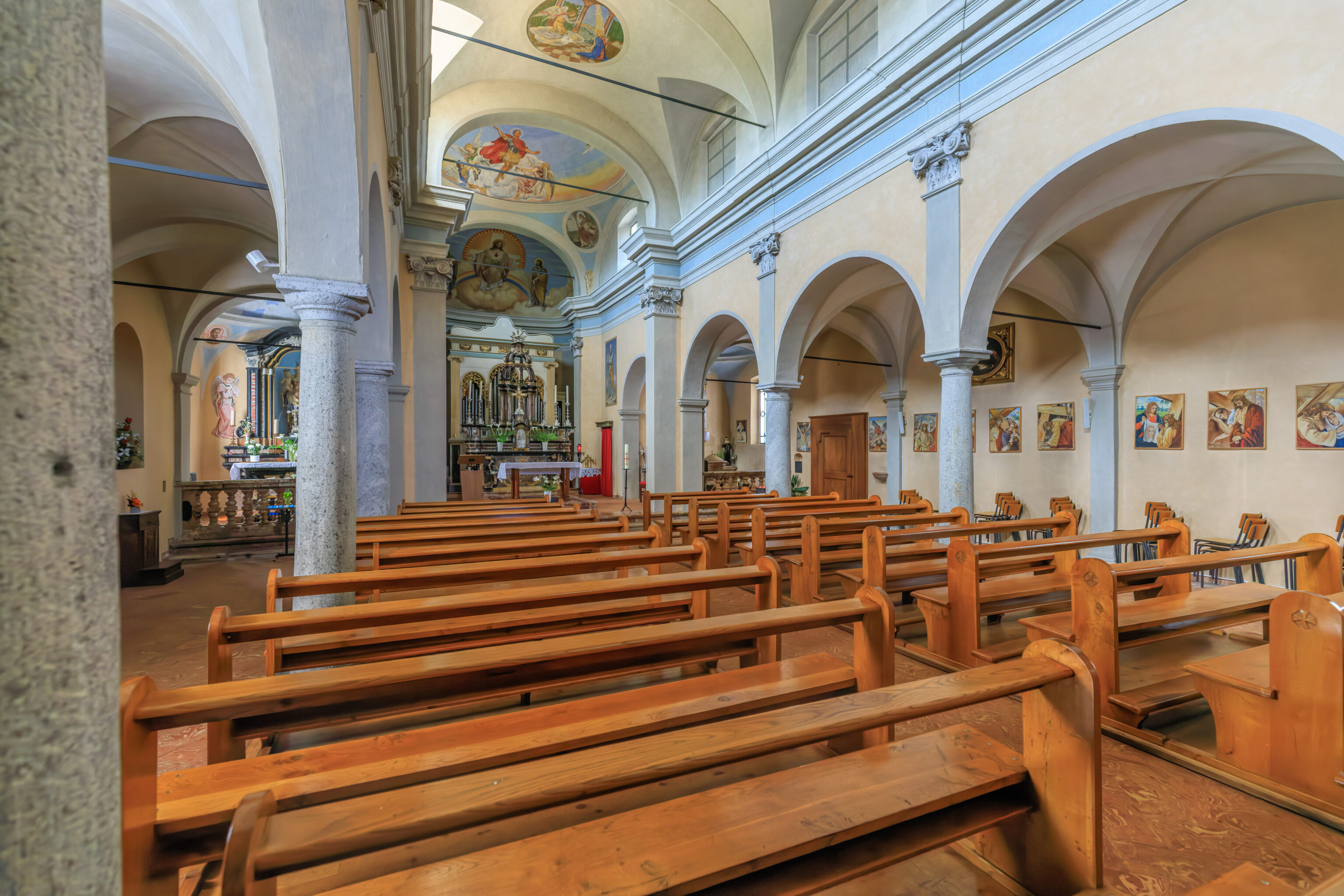
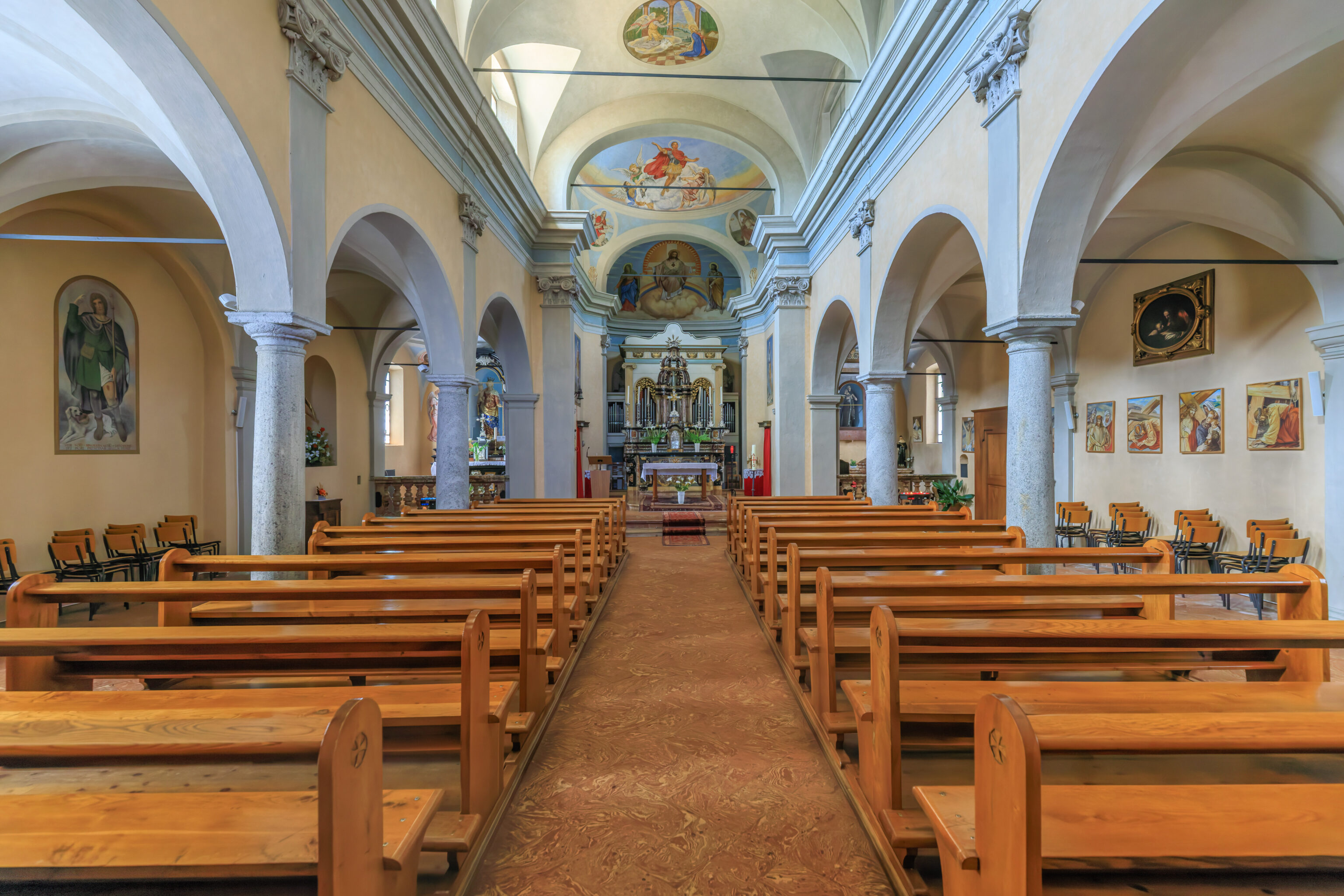
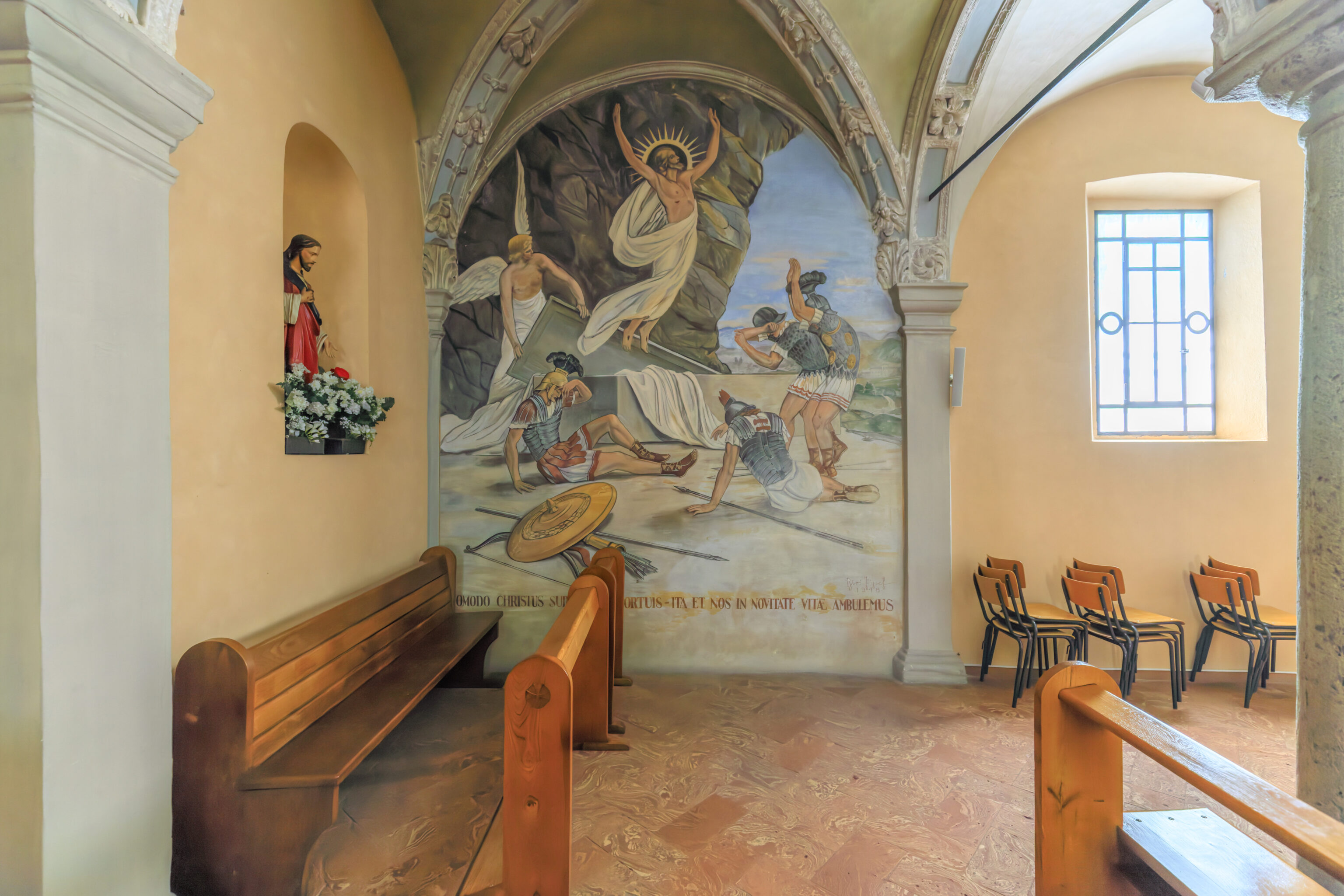
We went inside to take a quick look at the church’s interior. It was mostly simply decorated but did have a good amount of artwork.
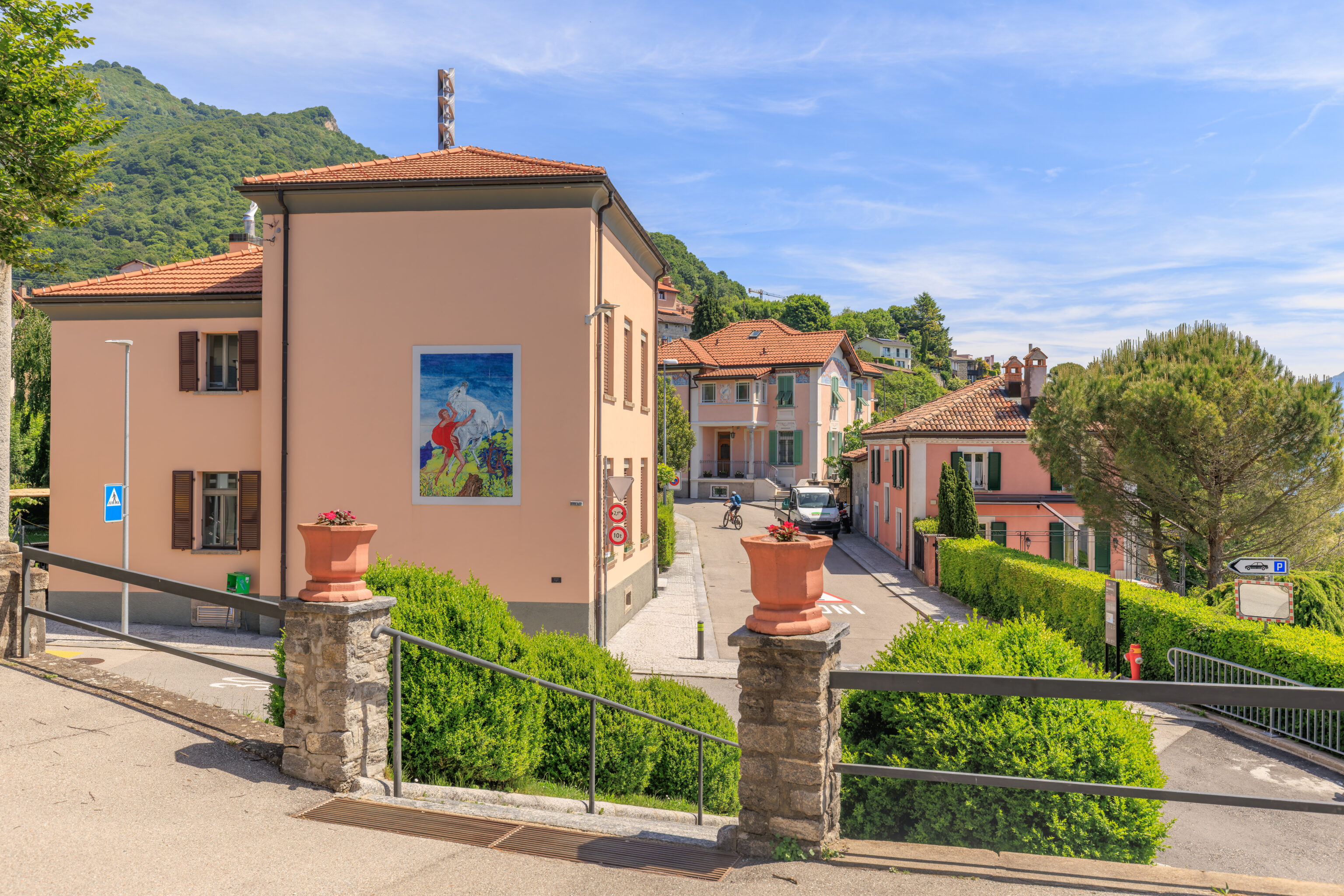
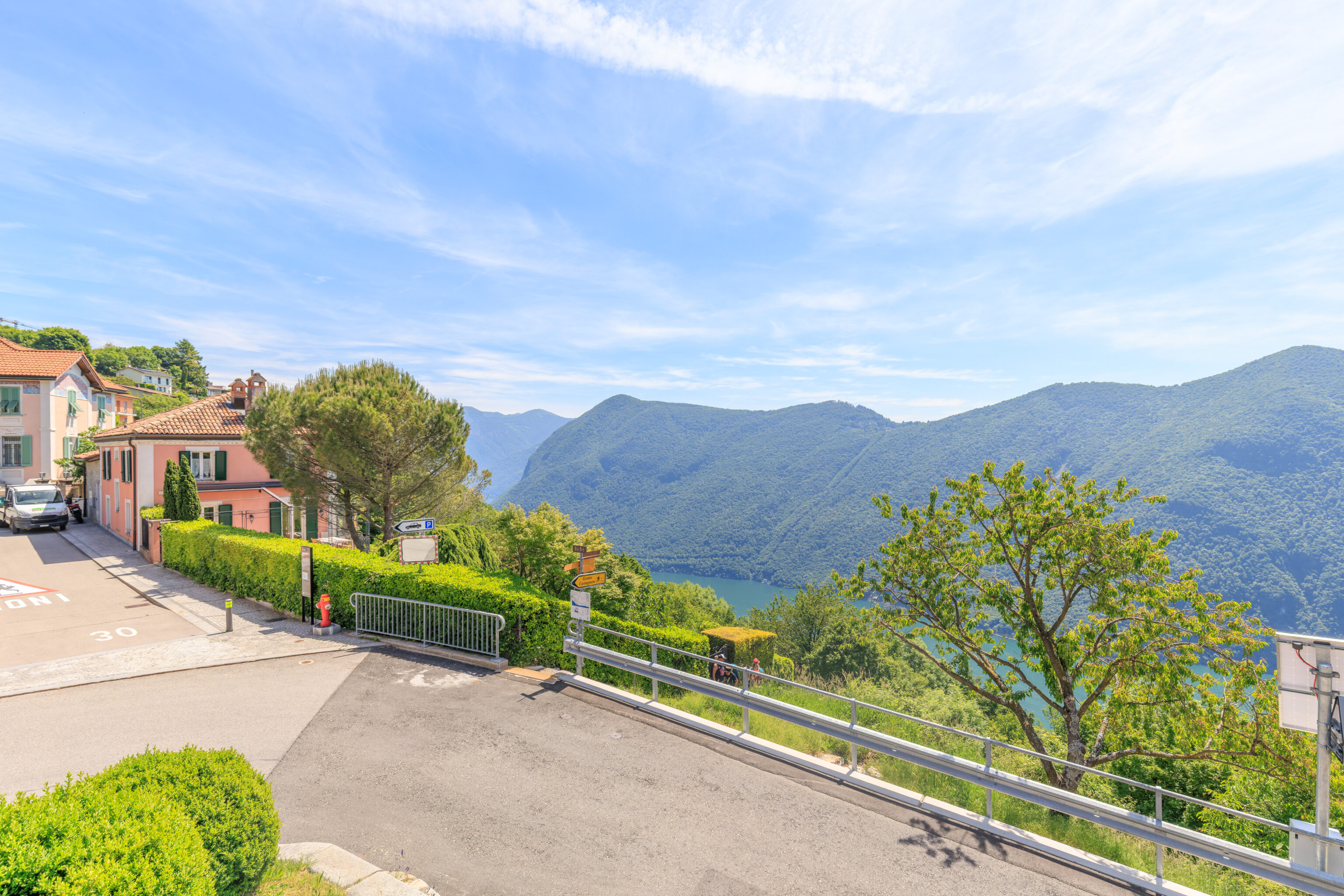
We headed back outside. We found a nice area to sit on a stone wall under some trees near the front of the church while we decided what to do next.
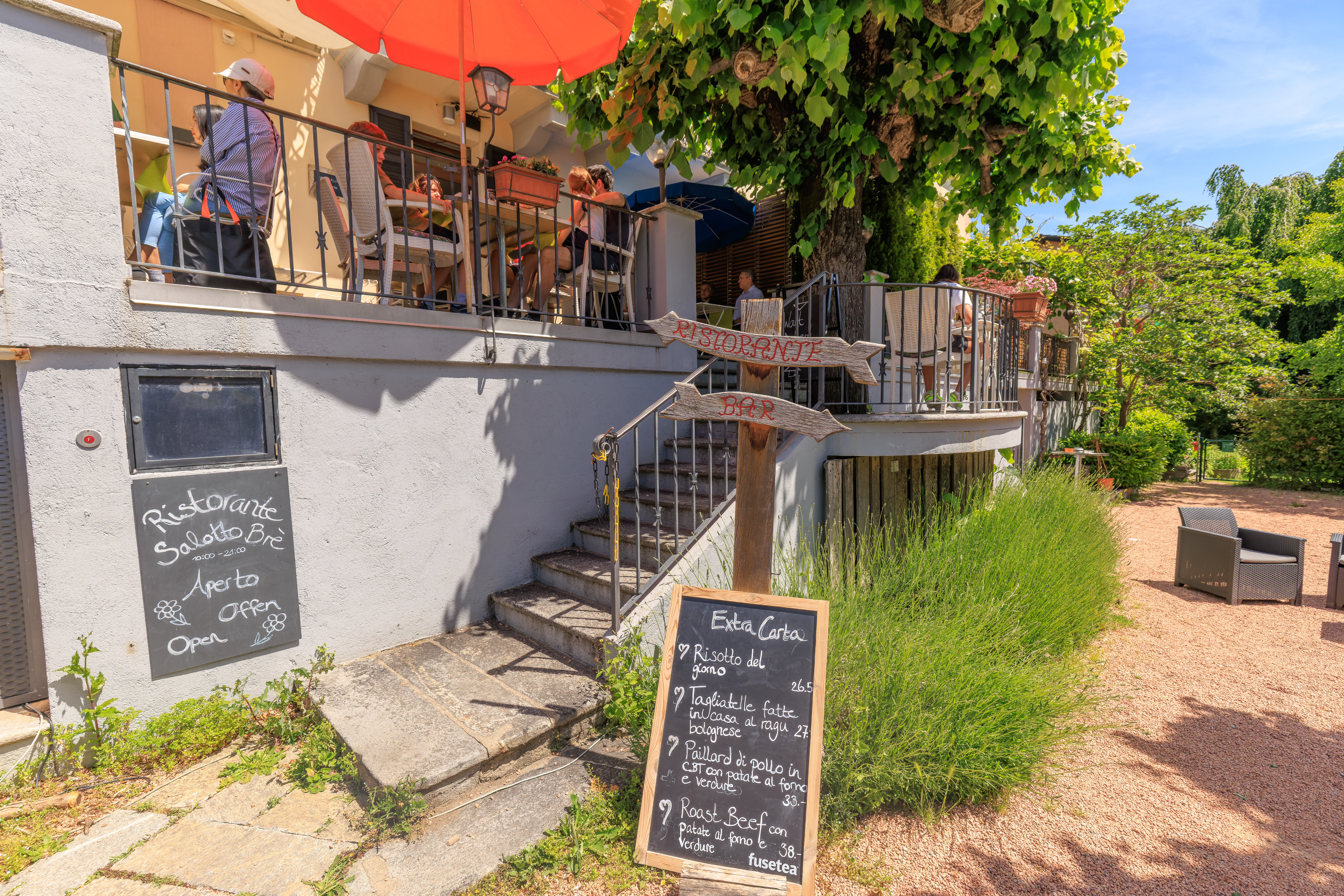
There weren’t really many dining options here, just two restaurants. We ended up going to Ristorante Salotto Brè, which is near the church as well as the village’s bus stop.
The restaurant is owned and operated by two young couples, as described in English in the menu:
OUR STORY
4 people, 2 couples, 1 restaurant
Welcome at Ristorante Salotto Brè. In February 2024 we took over this restaurant in the heart of Monte Brè and we can't wait to surprise you with our home-made creations. This is us:
Chef Vera (24), from Lago di Garda (IT), was already called "Vera Pasticcera" at two years old, when she started creating dishes with Mamma. She later expanded her skills thanks to hotel school, the haute cuisine academy and her experiences in reputable Italian restaurants. Her cooking philosophy? Right in between tradition and innovation, as she believes that being revolutionary is more about keeping it simple rather than making things complicated, slowing down rather than speeding up.
Born in Biel (CH), our Chef Danilo (26), grew up in southern Italy and managed to gain various experiences in multiple restaurants around Europe. A true free spirit, who masters all the different cuisines and combines his roots with his skills. His mission is to create an authentic, simple but never dull cuisine, resembling his true self.
Celine (28) who grew up in California and Aargau (CH), after having seen the whole world working as a flight attendant, decided to pursue a study in Tourism in The Netherlands where she lived for four years. Having developed a passion for people, different cultures and the hospitality industry, she worked as a Community & Event Manager in Rotterdam for two years, where she met
Brando, Vera's brother.
Driven by an entrepreneurial spirit and a go-getter mindset, Brando (25) moved from Italy to the Netherlands to pursue a study in International Business Administration. After having spent half a year in South Korea, he worked for the next two years as a B2B Sales Manager for a hotel with 16 locations around Europe.
After all our diverse experiences, we came together to create something beautiful. With our different passions and backgrounds, we want to make your experience here an unforgettable one.
Salotto is a lot of passion, quality & family!
Vera, Danilo, Brando, Celine
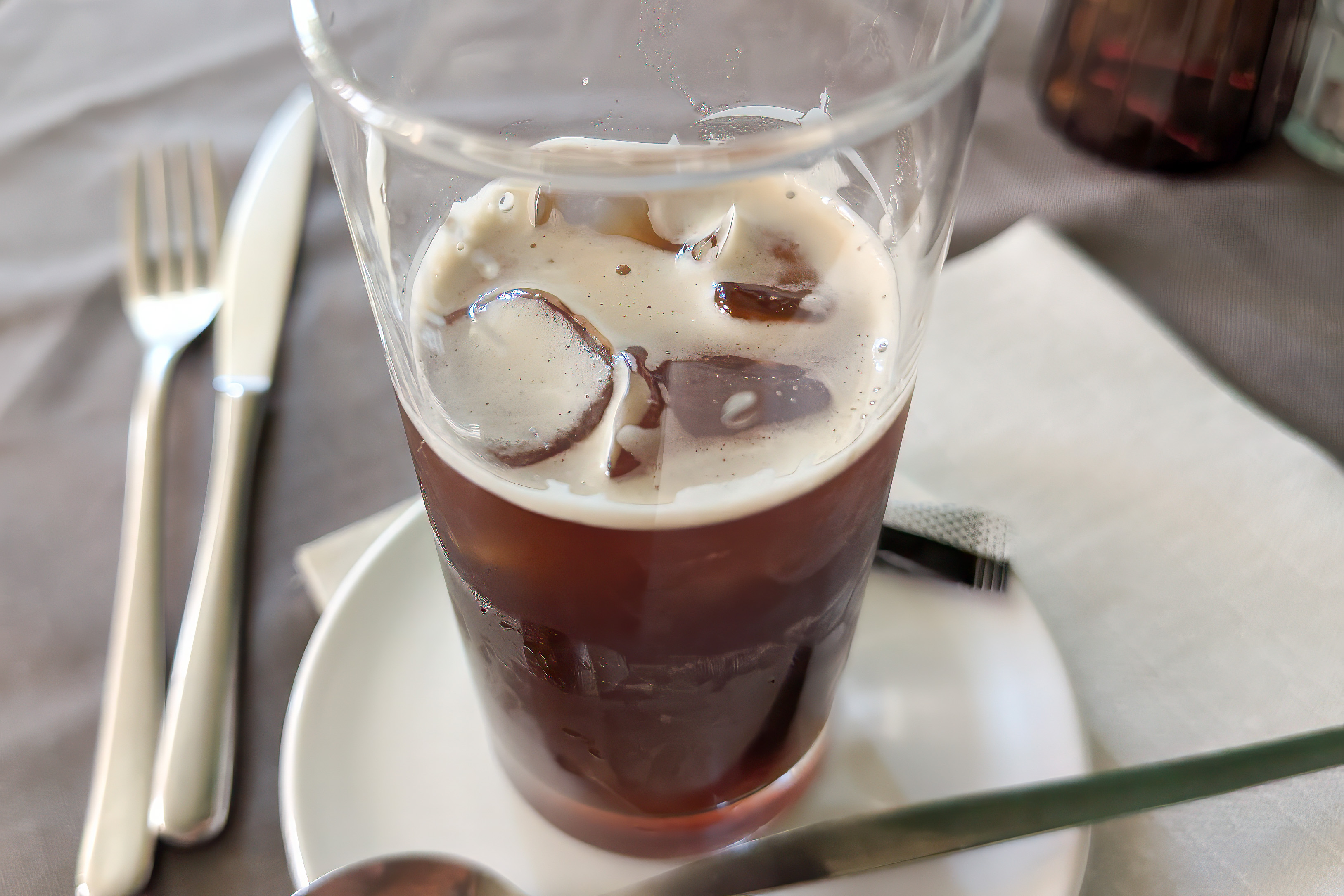
We got a iced coffee to drink, perfect for a hot day. Unfortunately, they don’t seem to have eiskaffe in any of the places we’ve been to so far in Ticino, even though German has been on most of the menus.
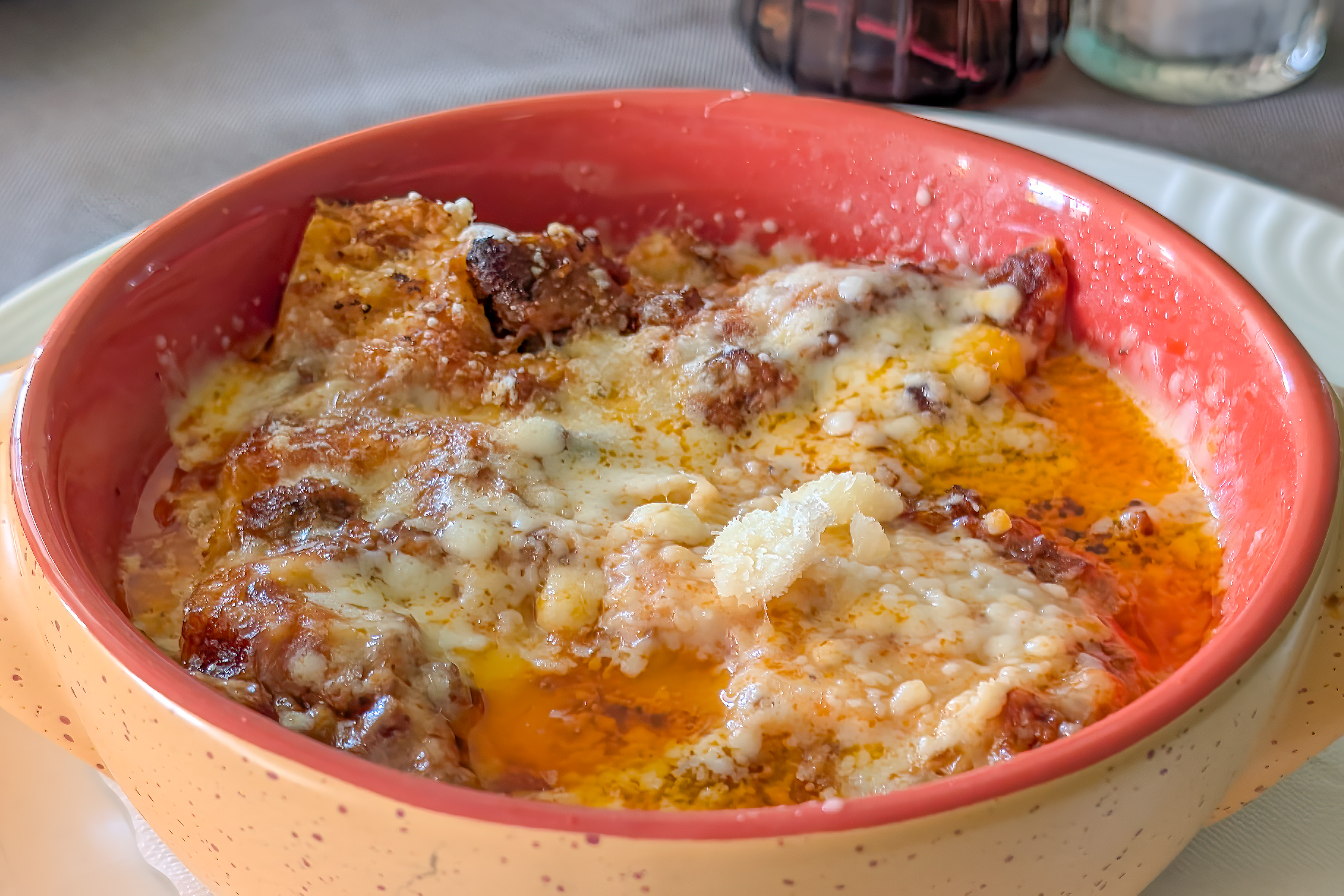
The lasagna was pretty tasty though too oily.
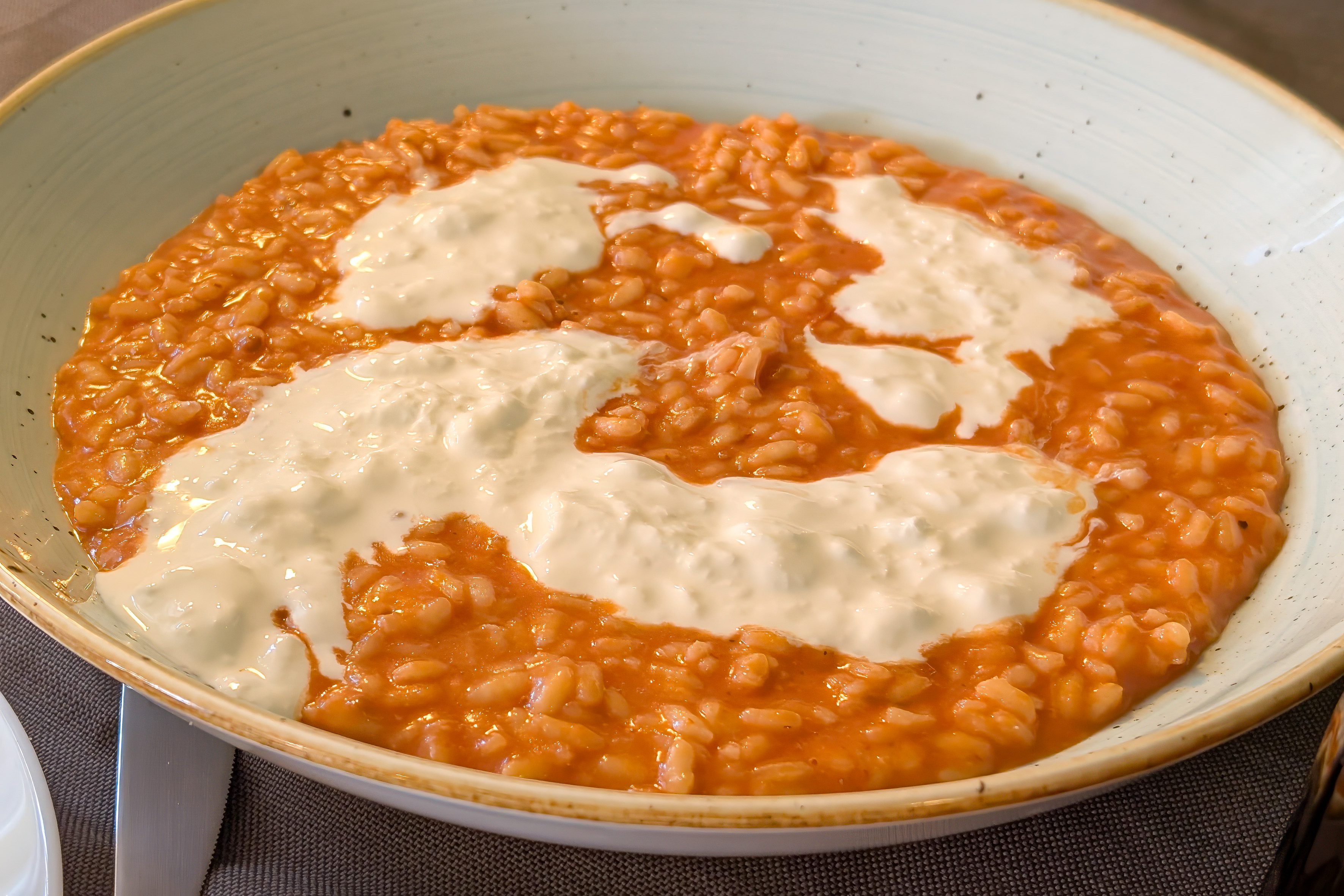
The risotto was good and pretty simple. We didn’t actually ask what the risotto of the day was so we’re not sure exactly what was in it
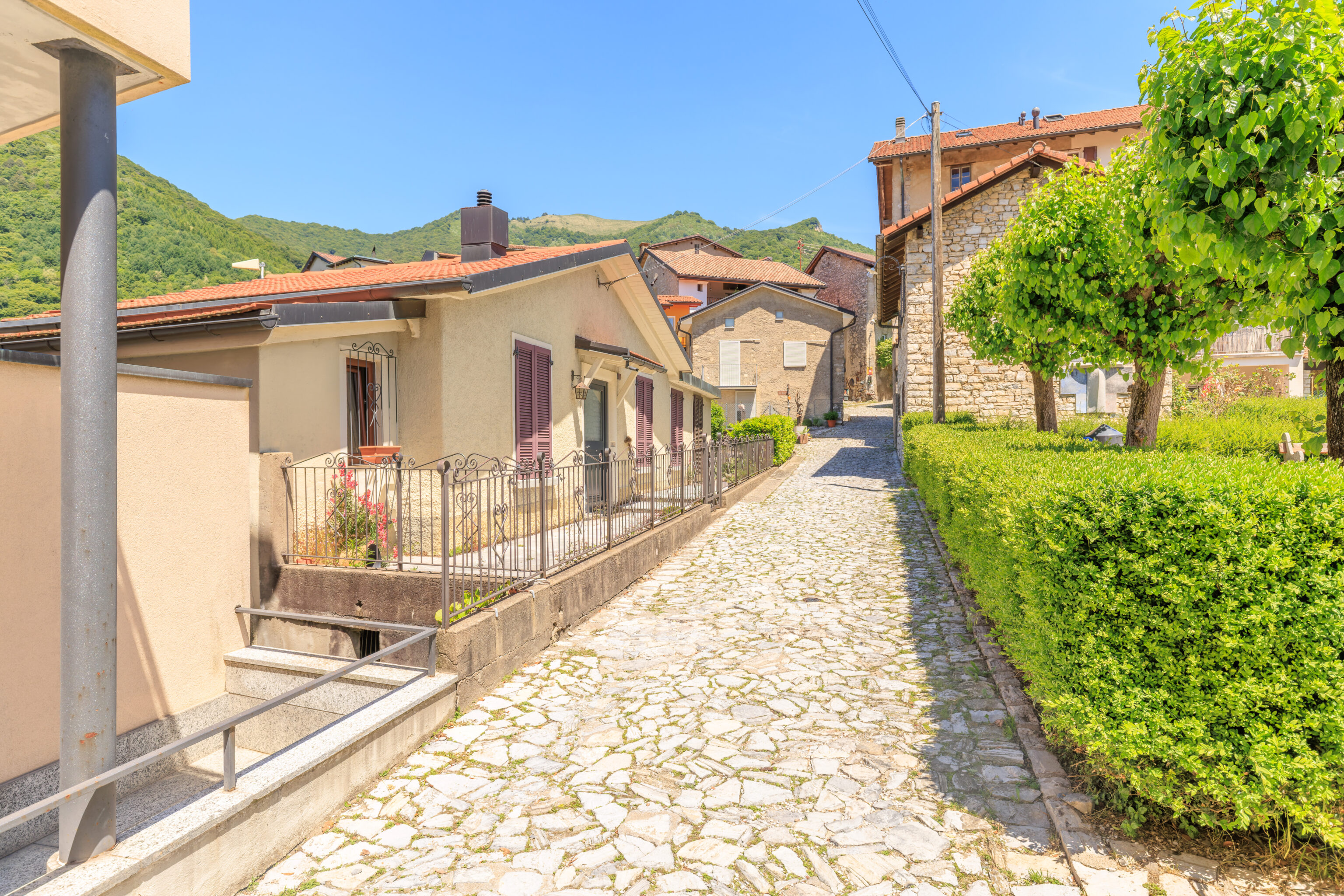



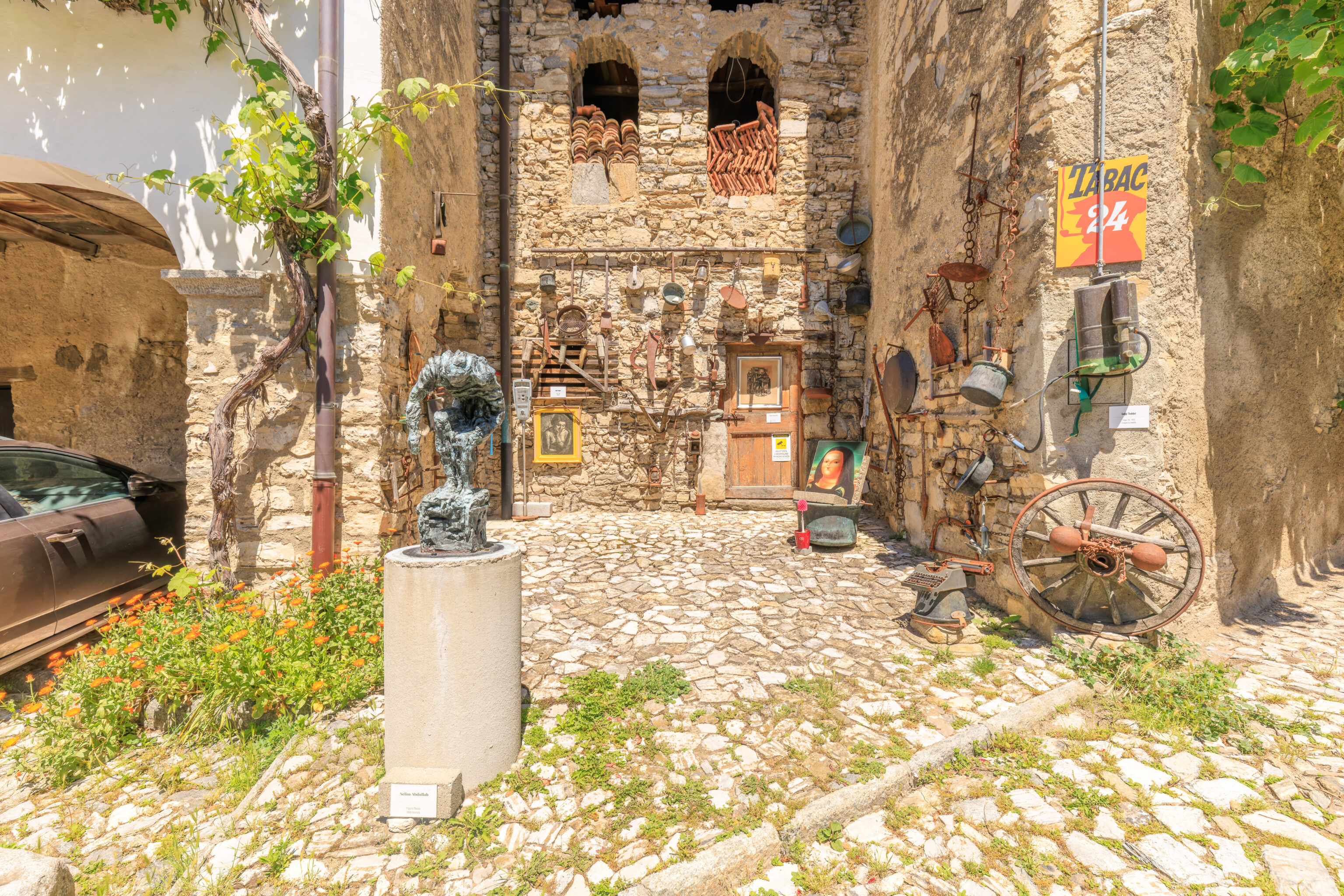
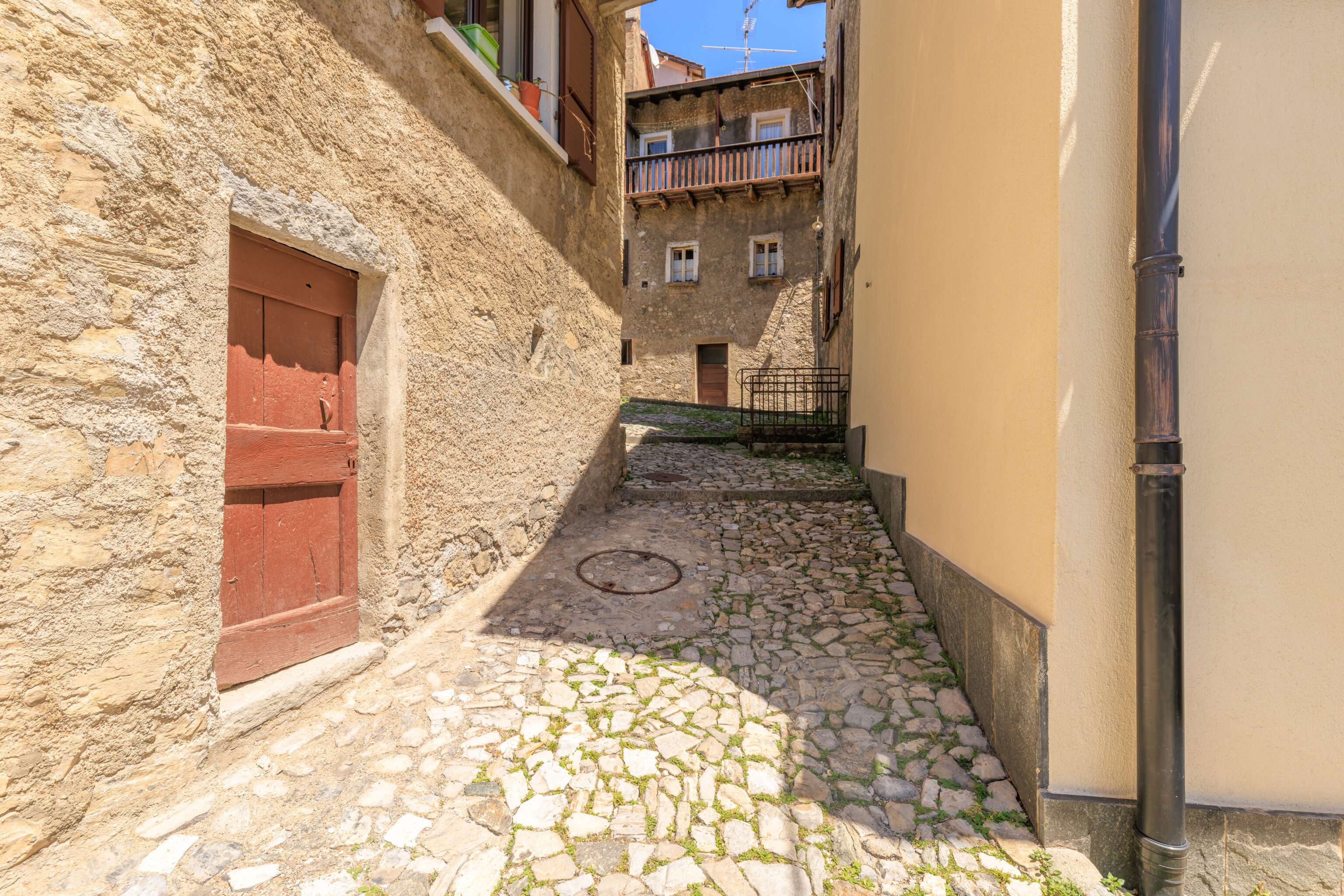
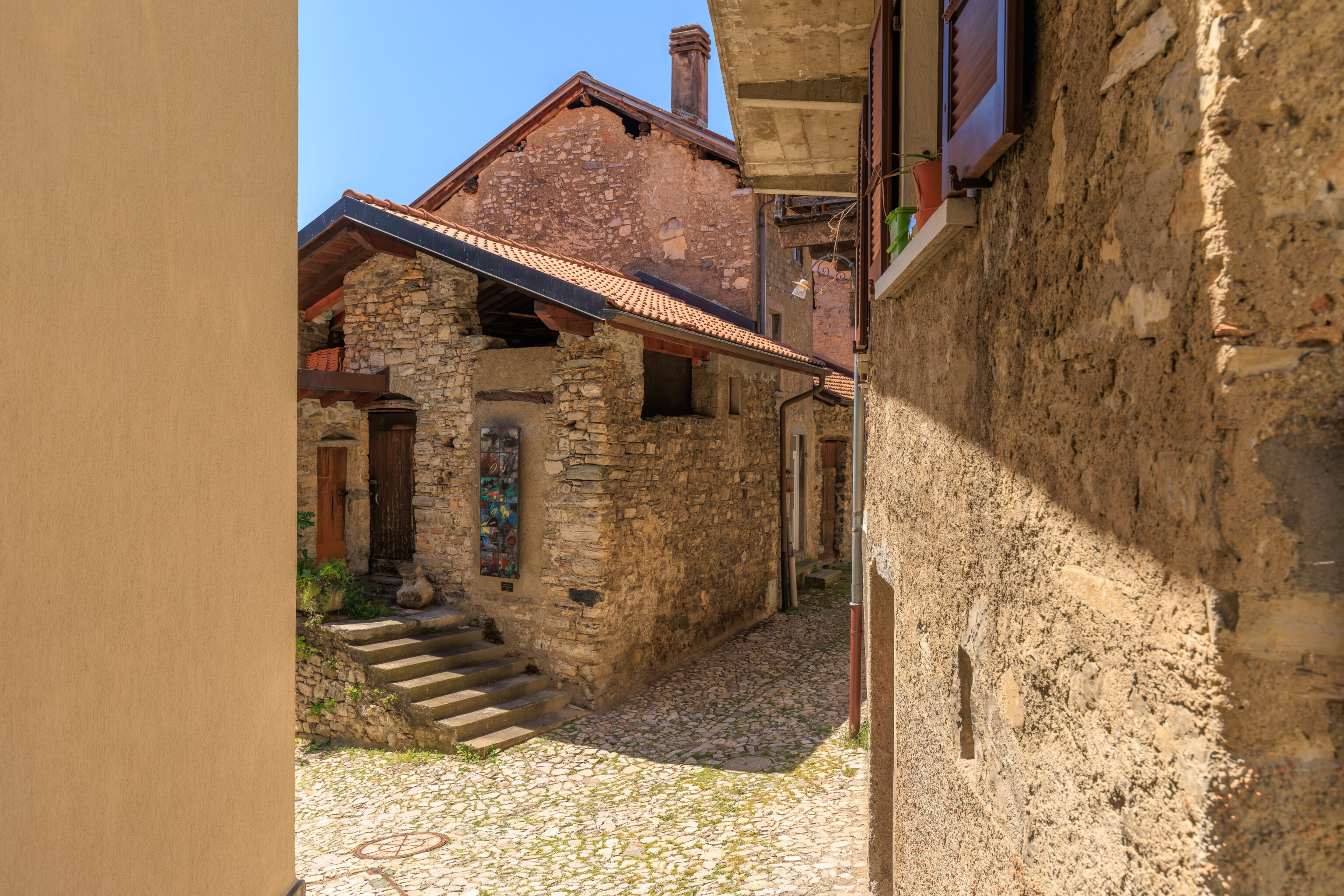
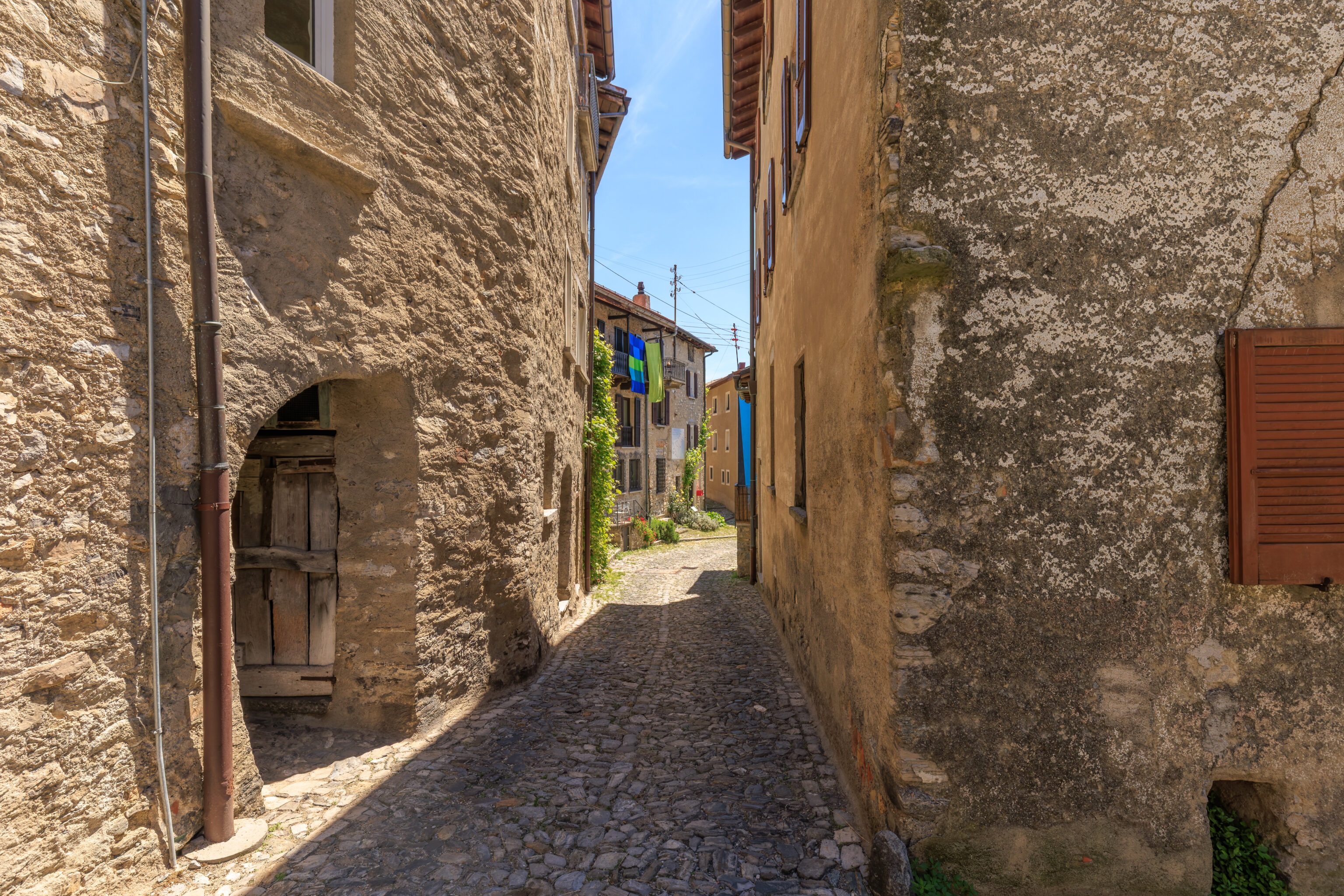
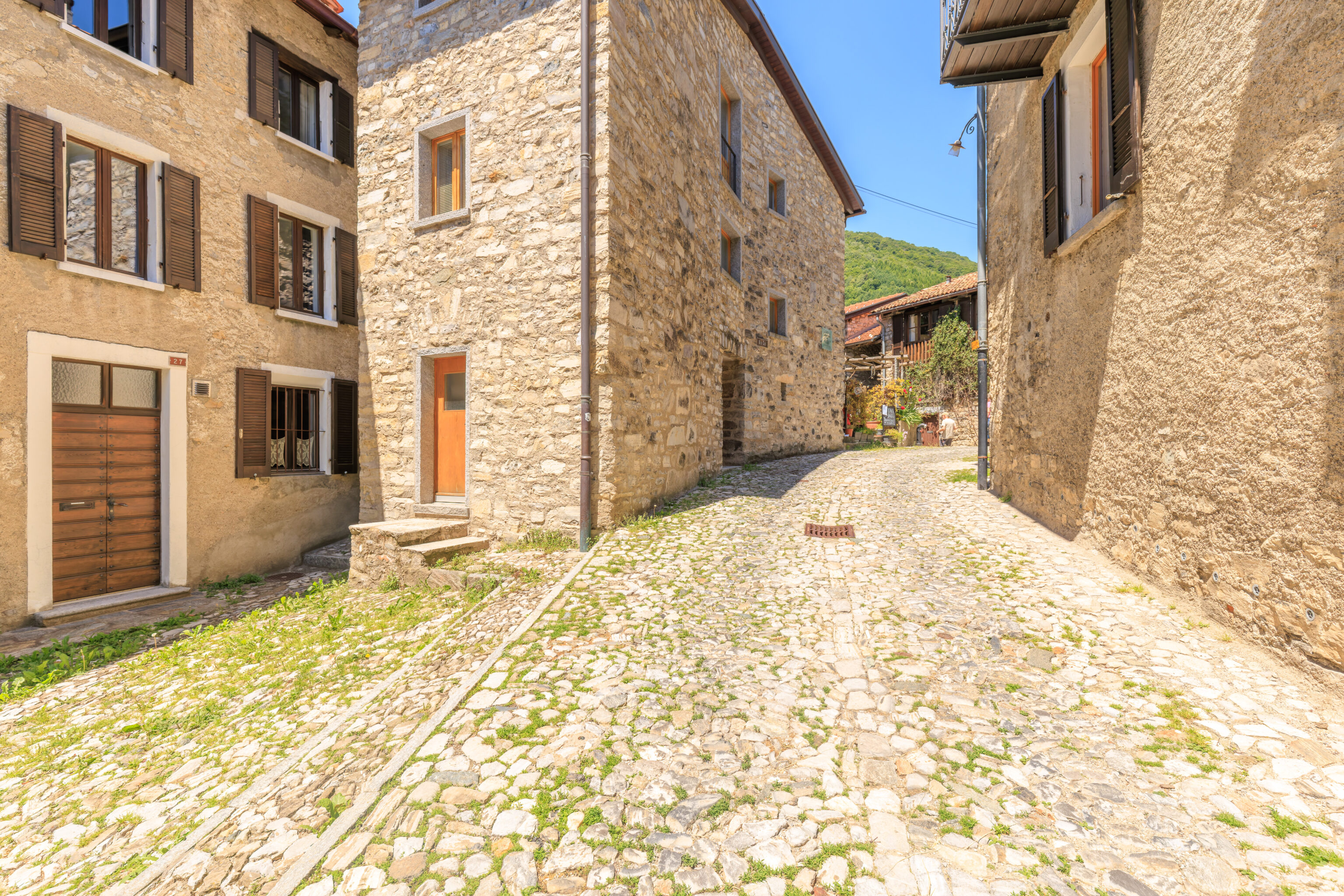
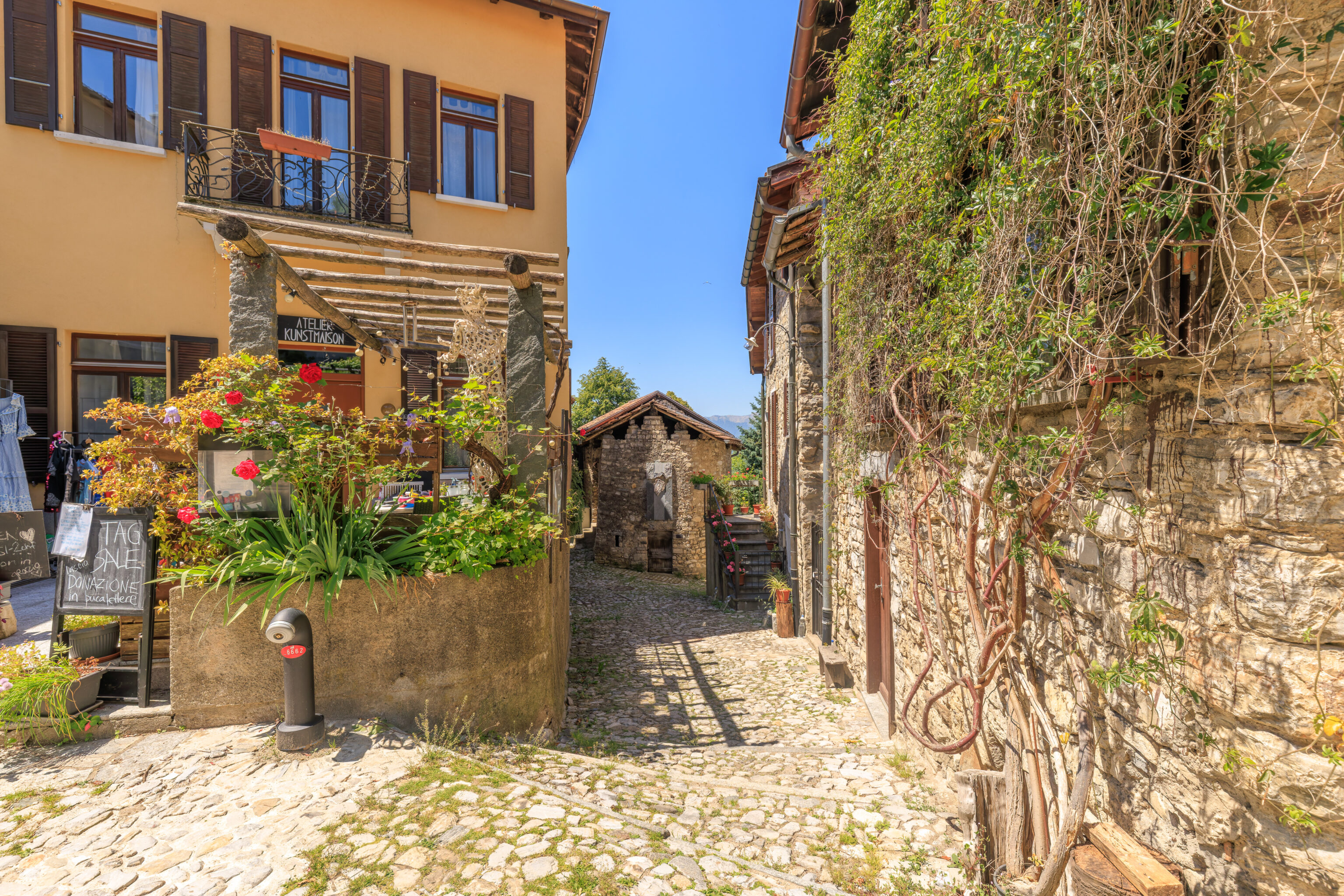
After lunch, we walked through the village a bit. Its an interesting mix of well maintained old houses mixed in with some modern elements as well as cobblestone roads.
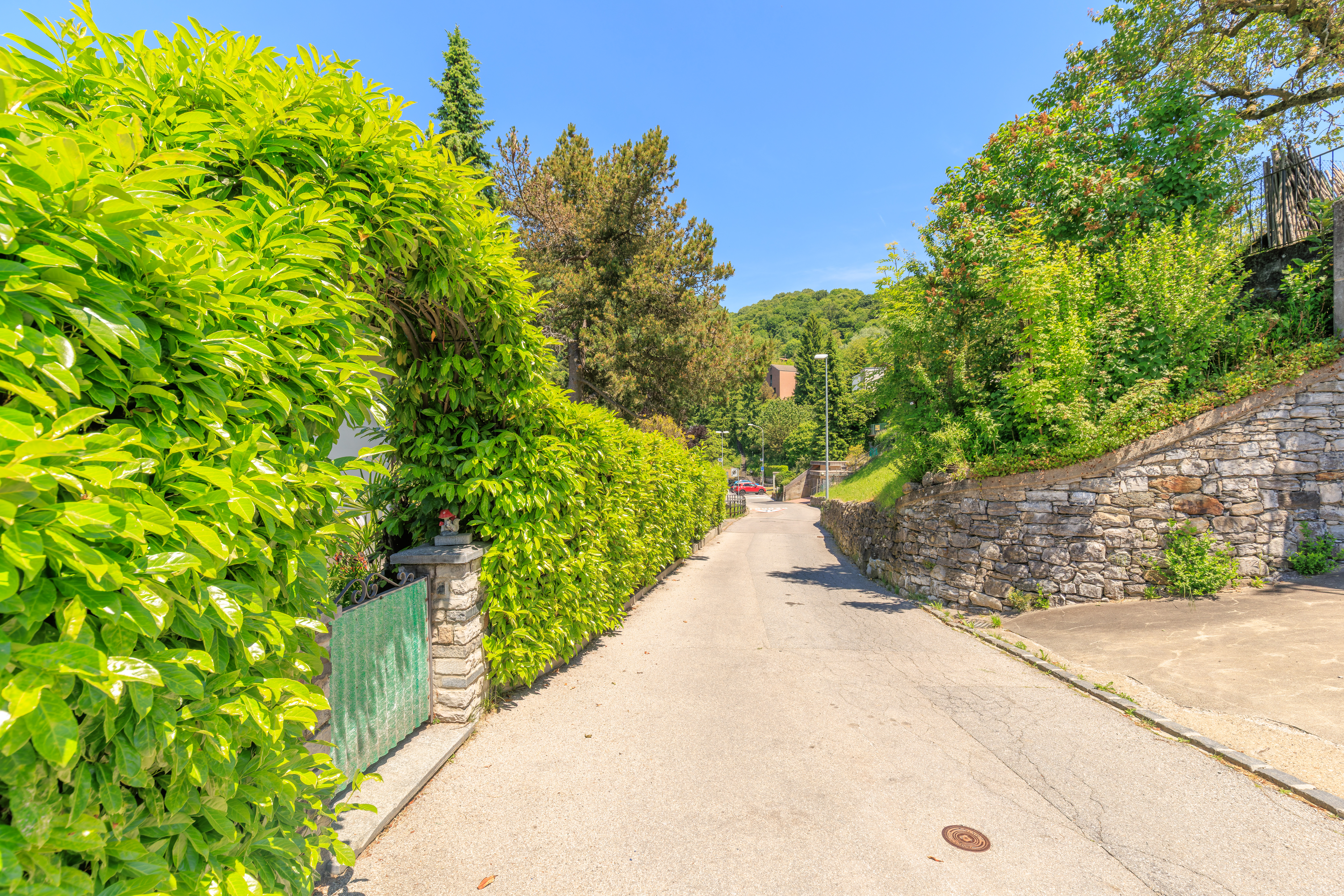
This was about as far as we went. There is a small parking lot ahead at the northeastern edge of the village.
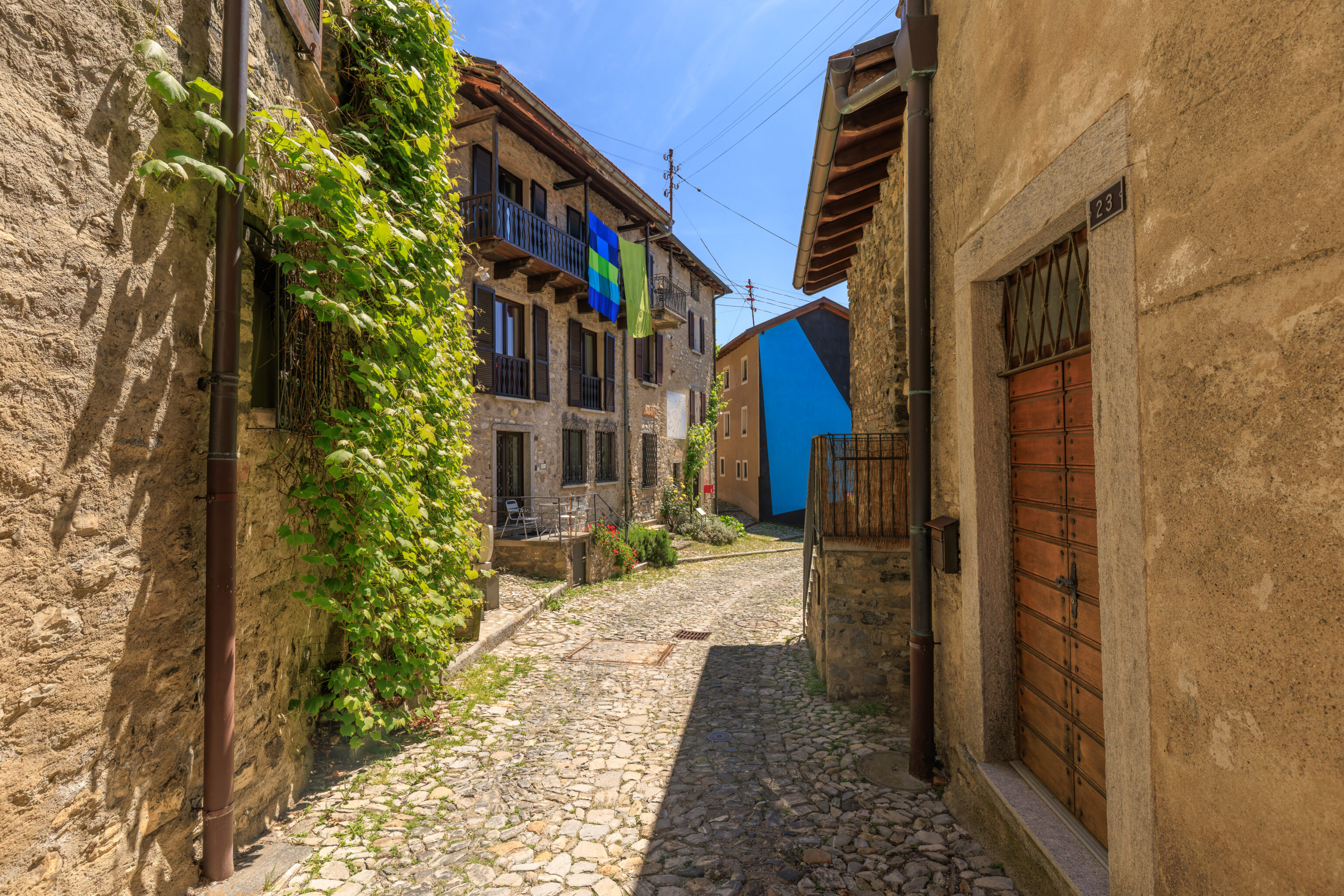

This building, first seen at a distance and then closer up, has a solar clock, the Meridiana di Brè.
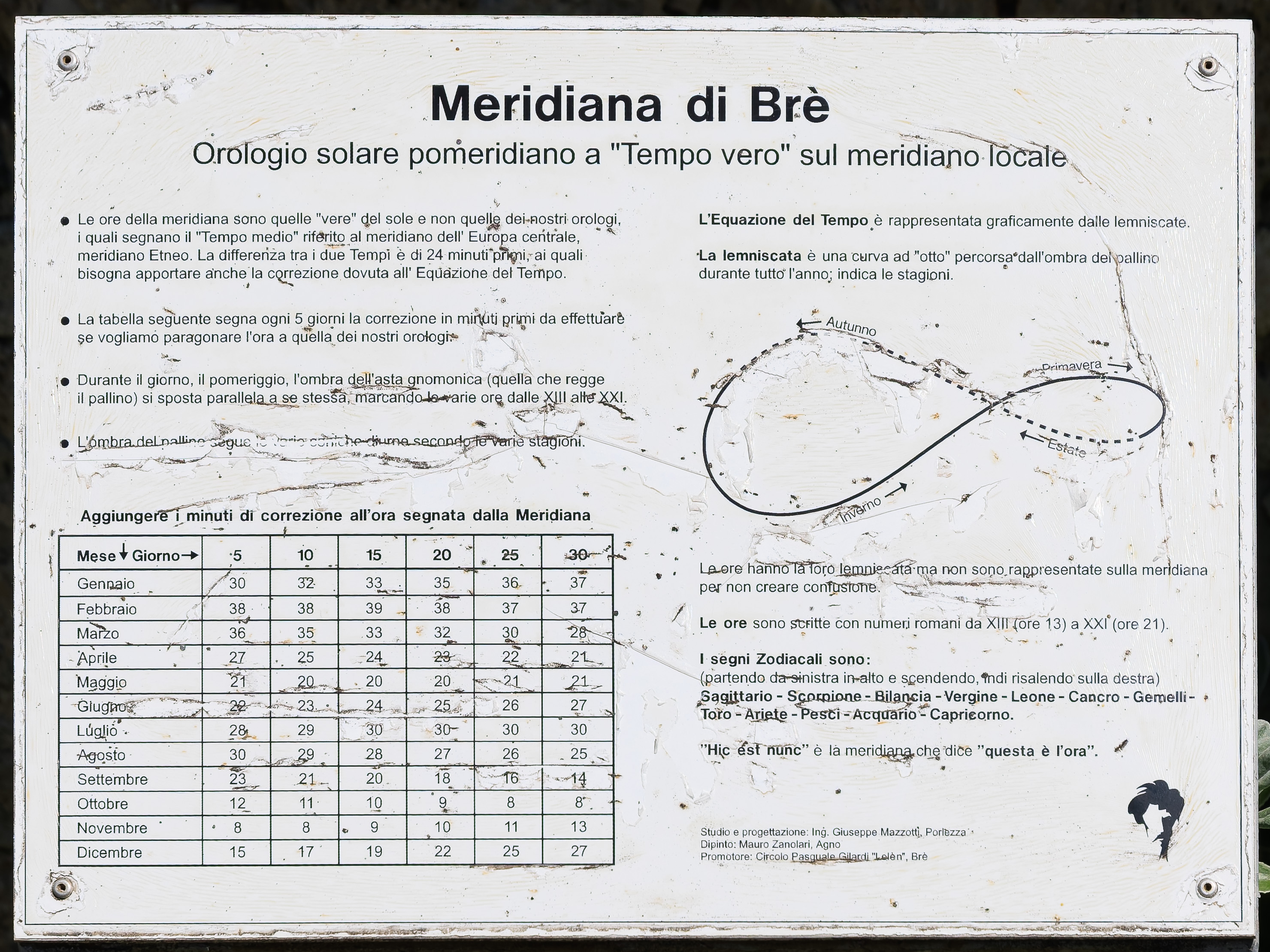
This sign explains how the clock works in Italian.
The text translates to:
Brè Sundial
Afternoon sundial with "True Time" on the local meridian
· The sundial hours are the "true" hours of the sun, not those of our clocks, which indicate "Mean Time" referred to the Central European Meridian, the Etnean Meridian. The difference between the two times is 24 minutes, to which the correction due to the Equation of Time must also be made.
· The following table shows the correction in minutes to be made every 5 days if we want to compare the time to that of our clocks*.
· During the day, in the afternoon, the shadow of the gnomonic rod (the one holding the dot) moves parallel to itself, marking the various hours from 13 to 21.
· The shadow of the dot follows the diurnal conical lines according to the various seasons.
The Equation of Time is represented graphically by lemniscates.
The lemniscate is a figure-eight curve traced by the shadow of the dot throughout the year; it indicates the seasons.
The hours have their own lemniscate but are not represented on the sundial to avoid confusion.
The hours are written with Roman numerals from XIII (1:00 PM) to XXI (9:00 PM).
The Zodiac signs are:
(starting from the top left and moving downwards, then moving upwards on the right)
Sagittarius - Scorpio - Libra - Virgo - Leo - Cancer - Gemini
Taurus - Aries - Pisces - Aquarius - Capricorn.
"Hic est nunc" is the sundial that says "this is the hour."
Design and planning: Inģ. Giuseppe Mazzotti, Porlezza*
Painting: Mauro Zanolari, Agno
Promoter: Circolo Pasguale Gilardi "Lelen", Bre
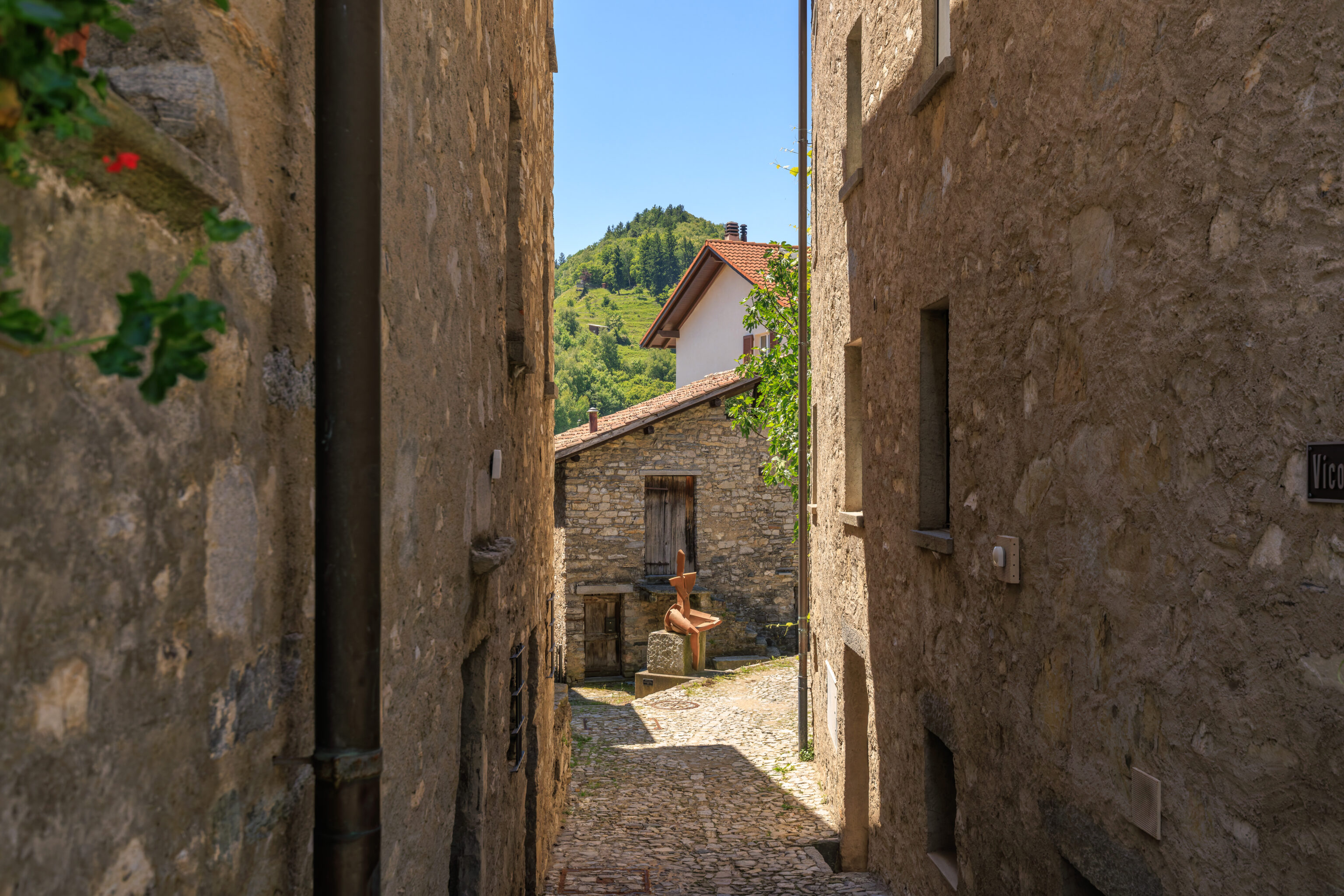
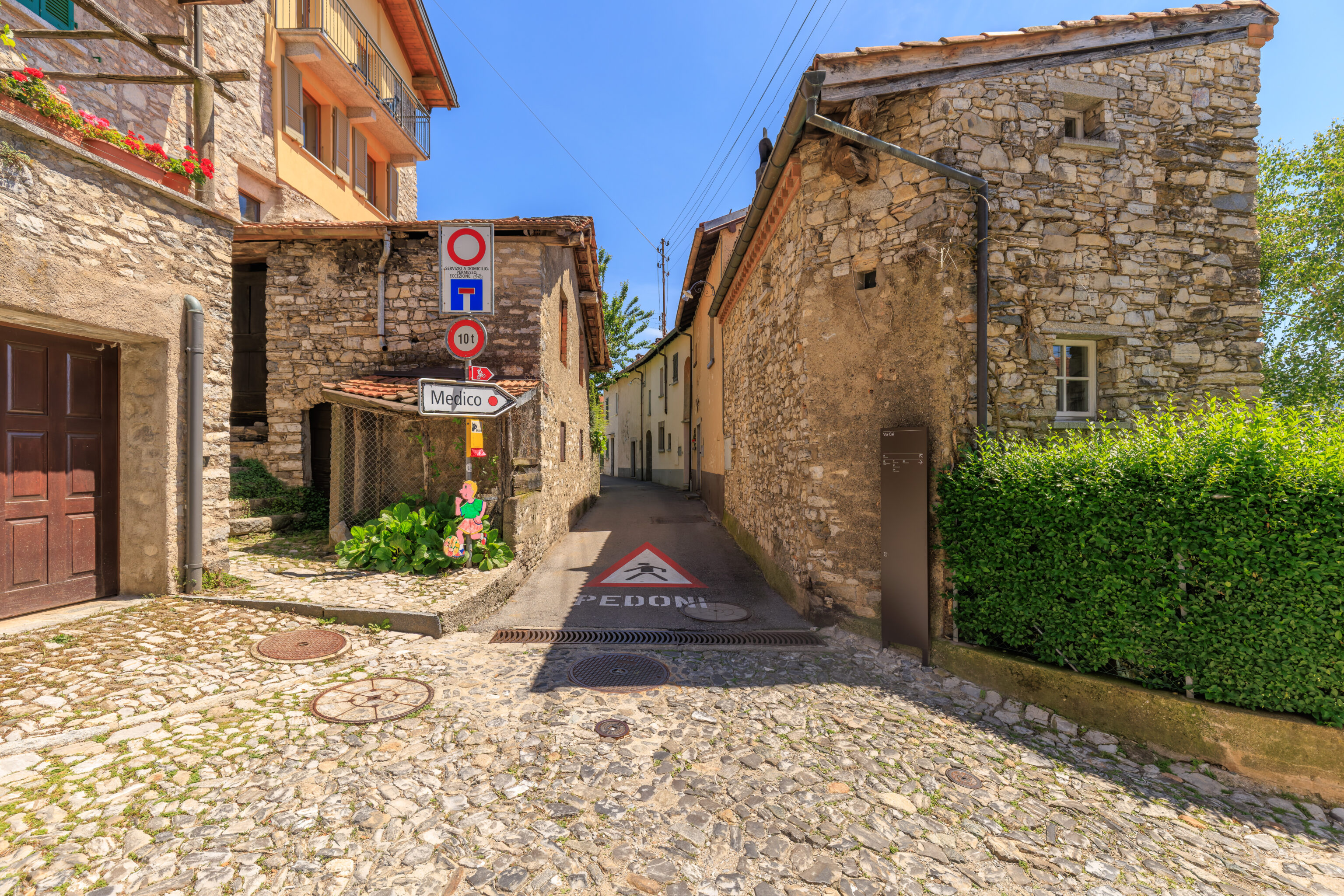
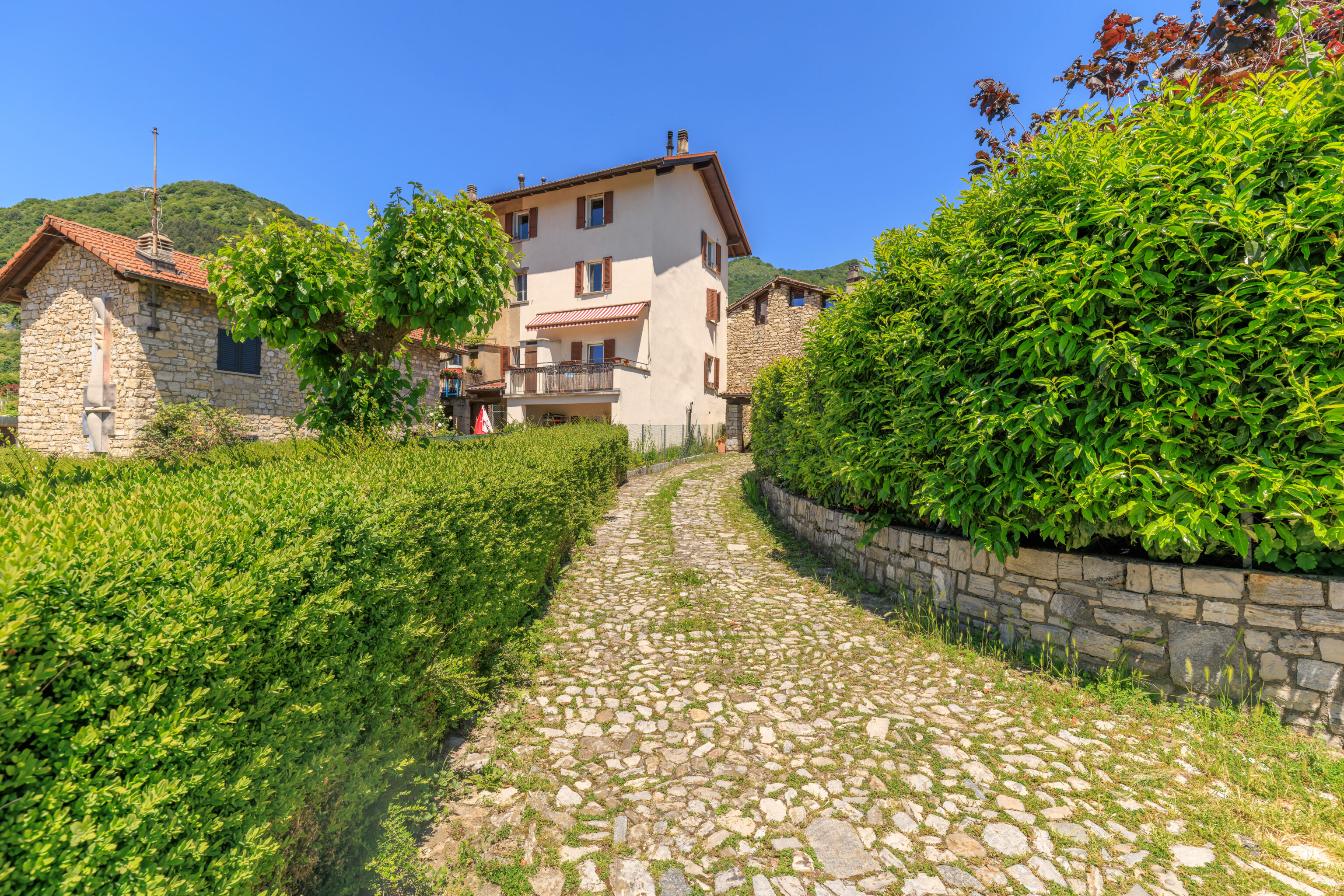
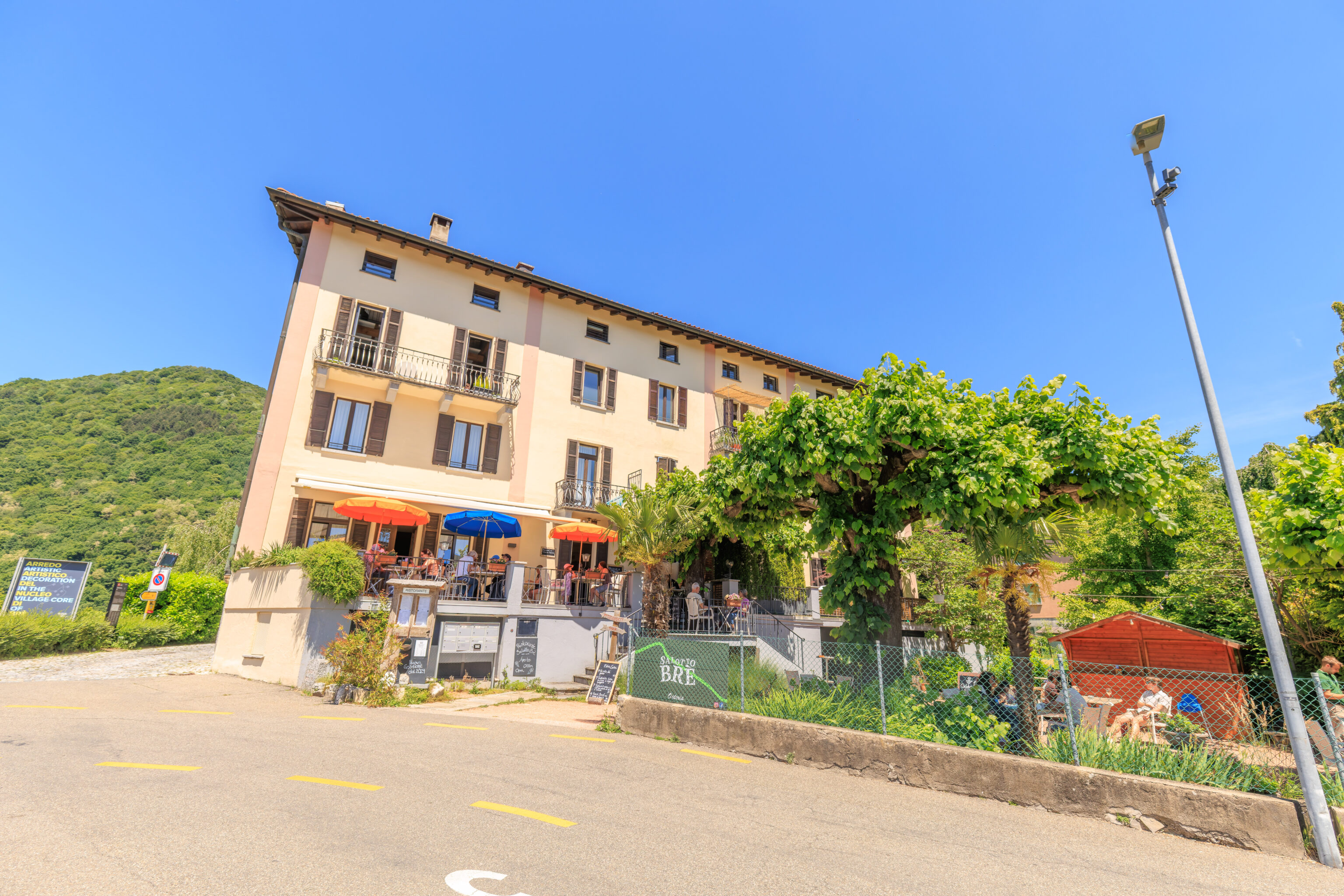
We continued walking through the village on our way back to catch the next bus. A sign here briefly describes the artwork in the village:
Art presences
The artistic decoration of the Brè Village, promoted by the Pasquale Gilardi Club "Lelèn", in collaboration with Visarte (a club grouping together Swiss painters, sculptors and architects) has the aim of disseminating to a larger public this enchanting Ticinese village where the following artists lived: Pasquale Gilardi (1885-1934), Wilhelm Schmid (1892-1971) and Josef Birò (1887-1975). The itinerary passes through the village of Brè giving the onlooker the possibility of admiring the works of famous artists that are renowned both at the national and at the international level.
It probably would have been better if we saw this sign when we arrived!

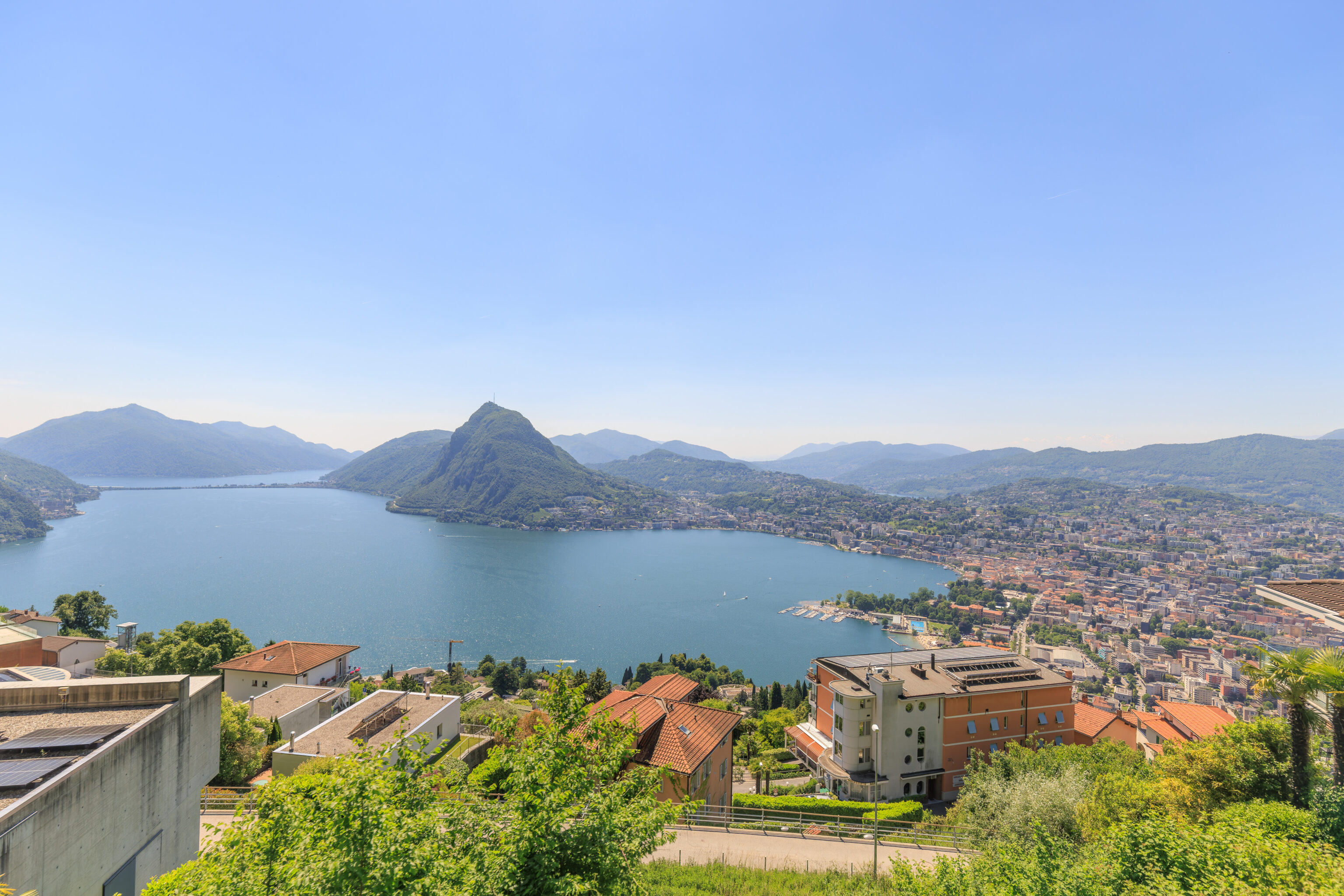
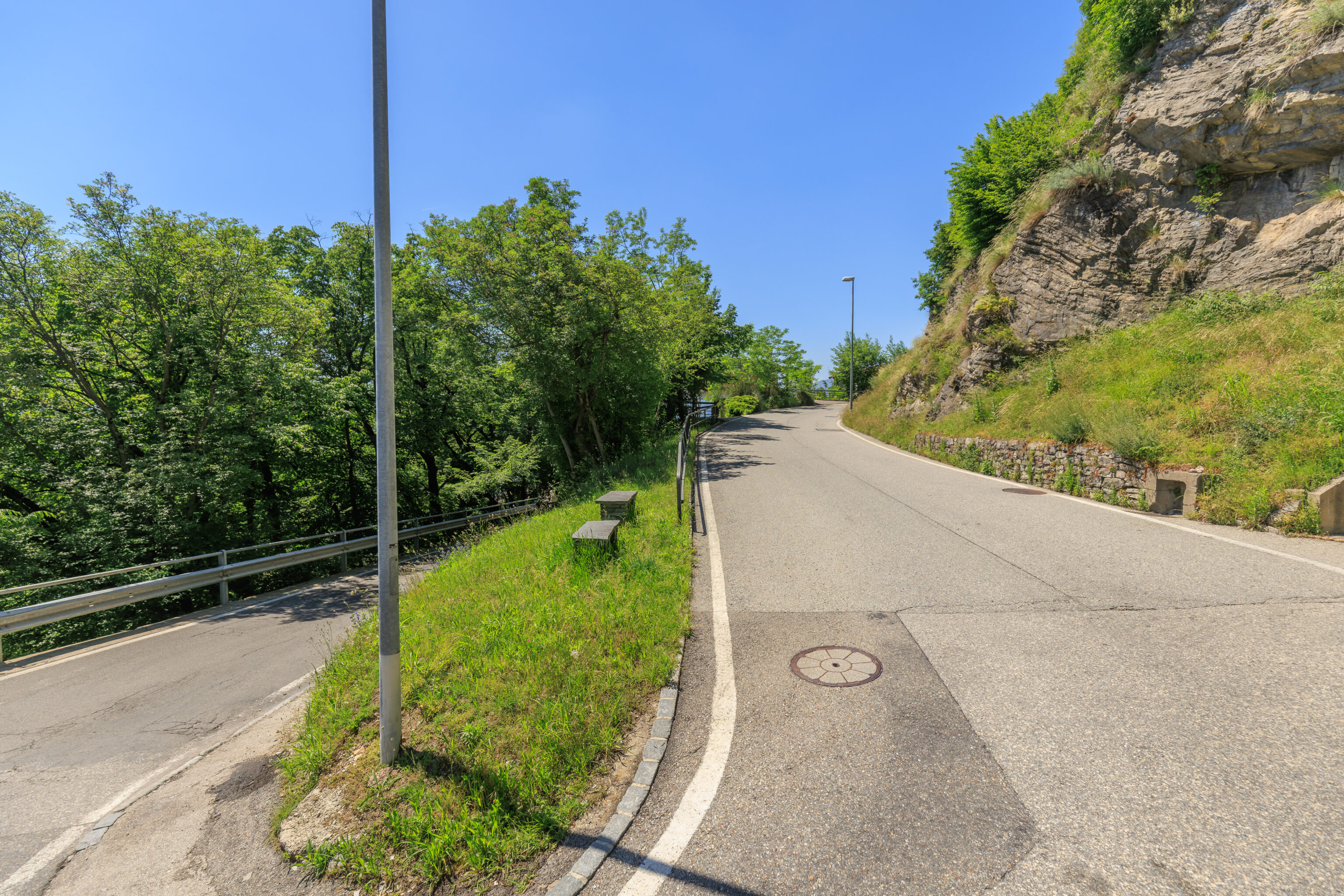
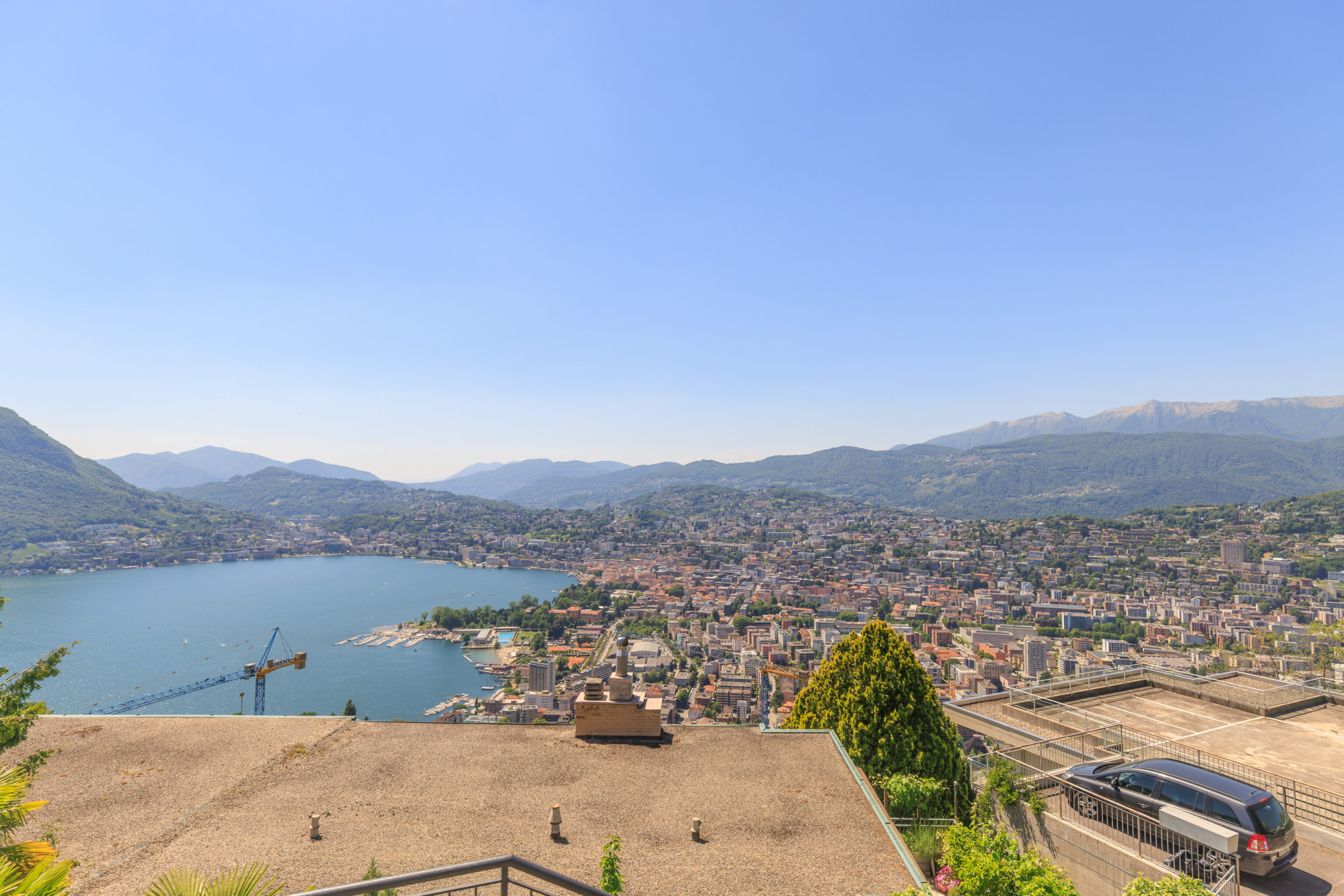
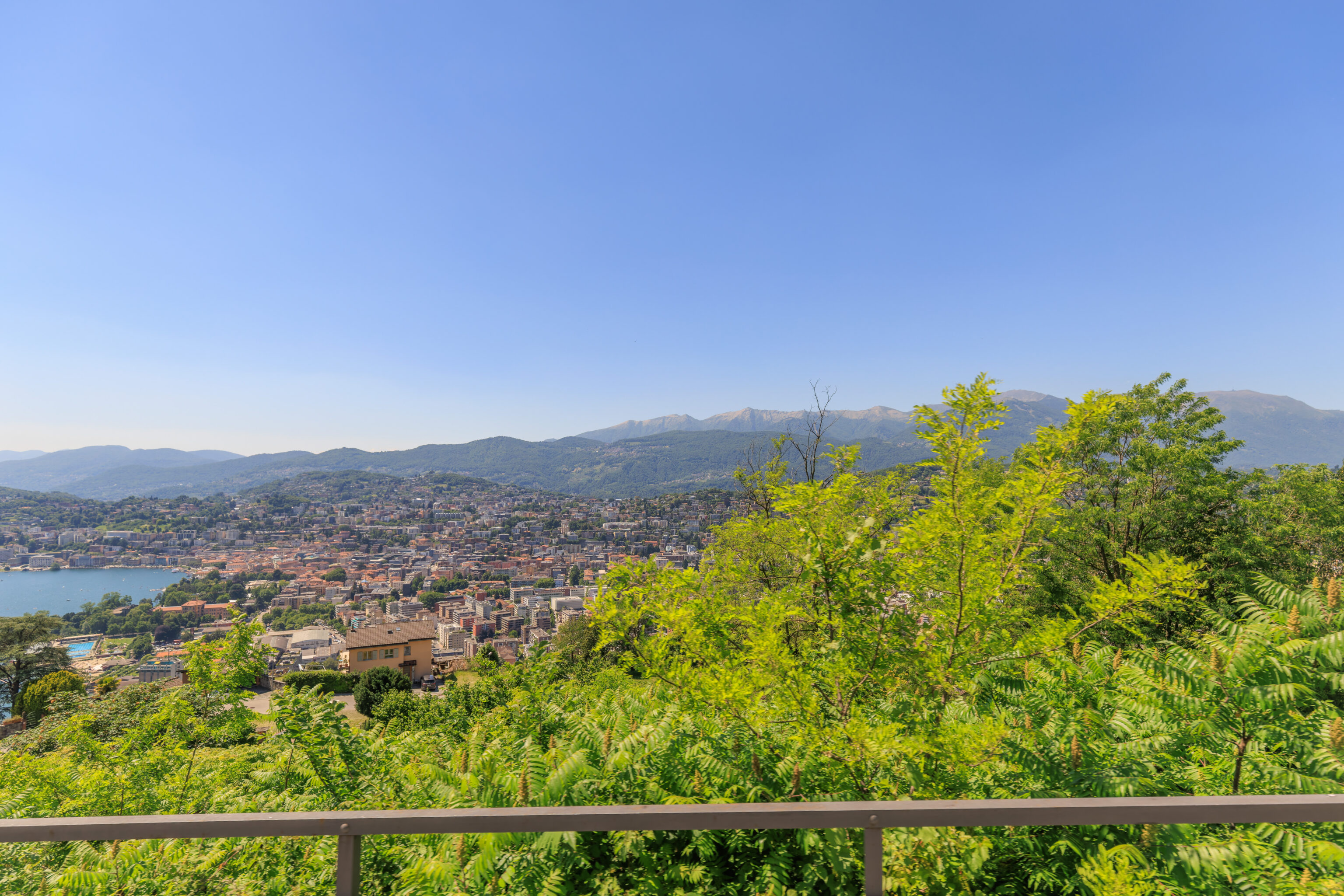
We took some photos from the bus as it descended down the west side of the mountain.
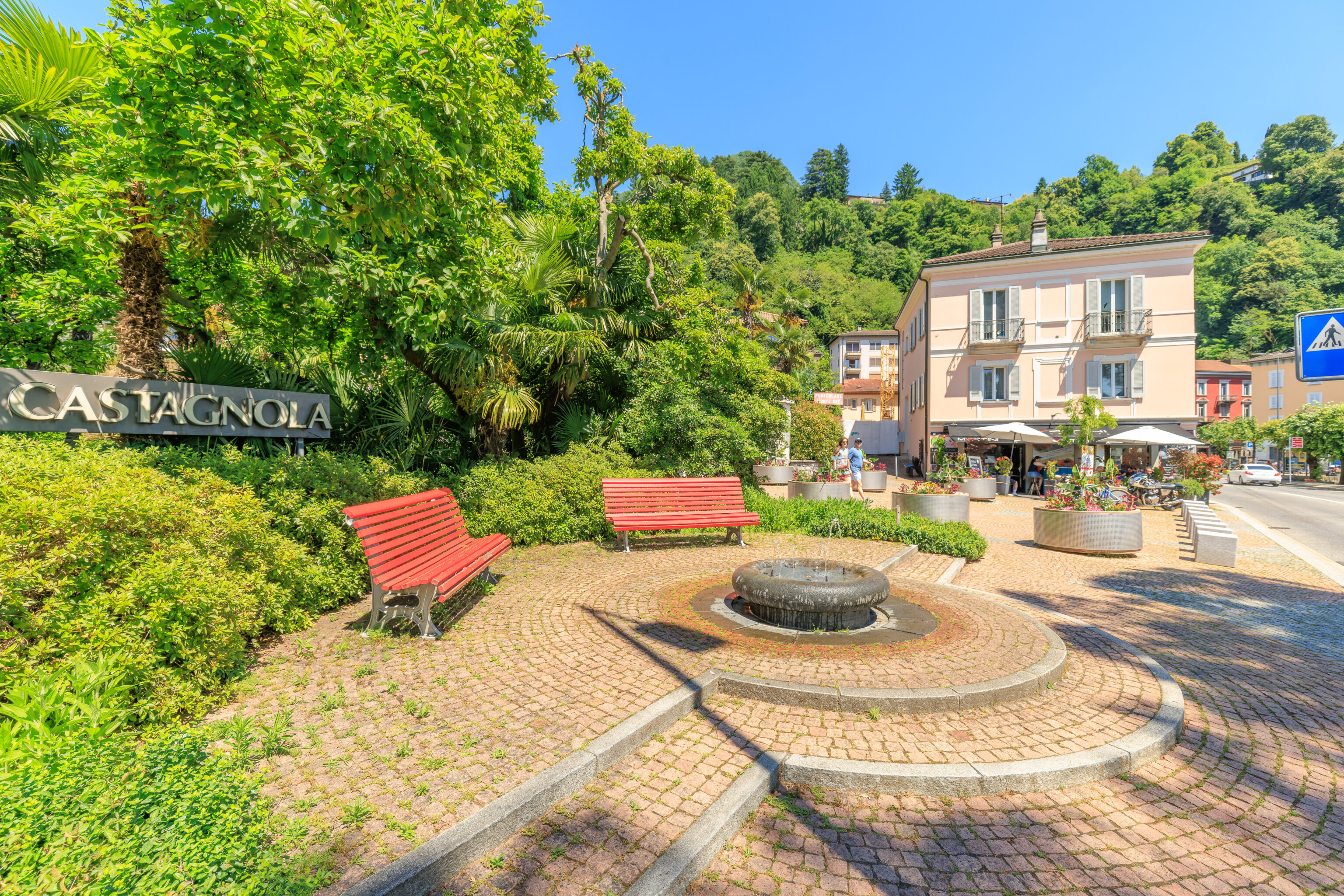
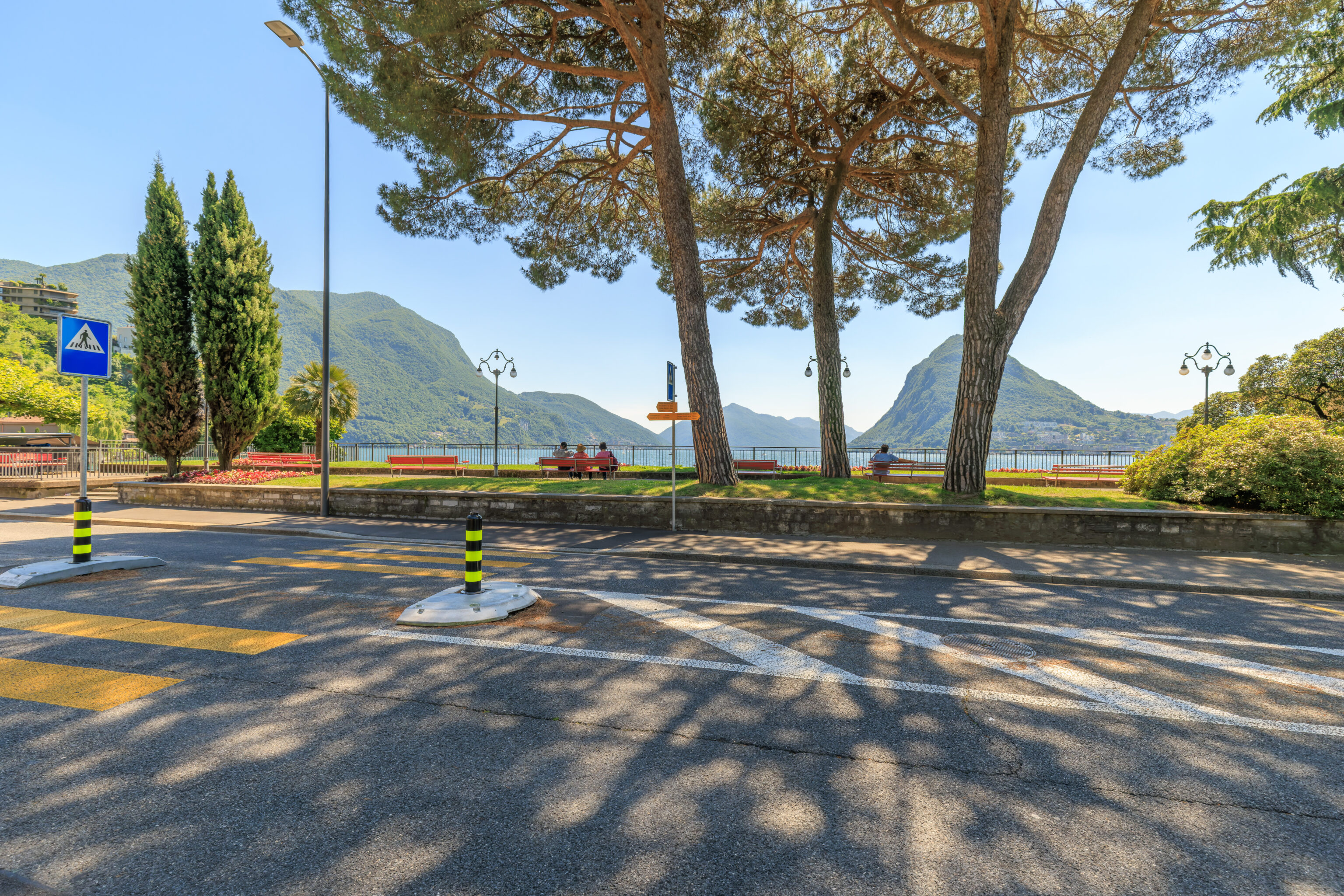
We decided to head over to visit Monte San Salvatore next. So, we got off the bus at the Cassarate, Monte Brè stop, the same place that we took the bus to from the train station in the morning, to change busses. Getting off here was probably a mistake as there was a long wait due to traffic. There would have been more options, including taking a train, if we had returned to Lugano’s main train station.
Monte San Salvatore
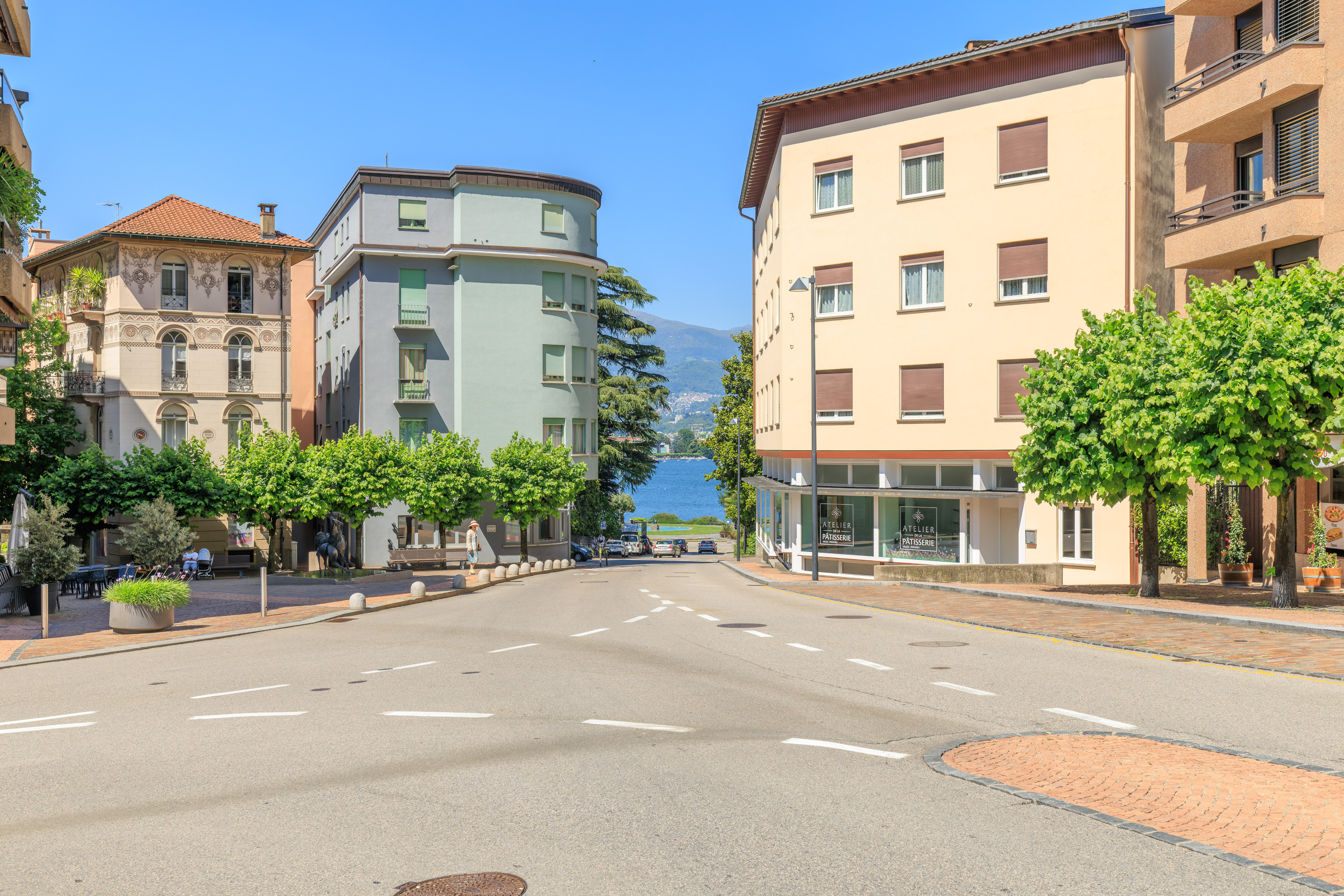
After the bus finally arrived, we took it to the Paradiso, Stazione/Scuole stop. As the name suggests, it is near both a train station and a school. Paradiso is a town within Lugano District. A district seems to be an intermediate level of government similar to a county in some parts of the US, through we’re not sure if that’s a good comparison, particularly as in some US states, counties are the lowest level of government.
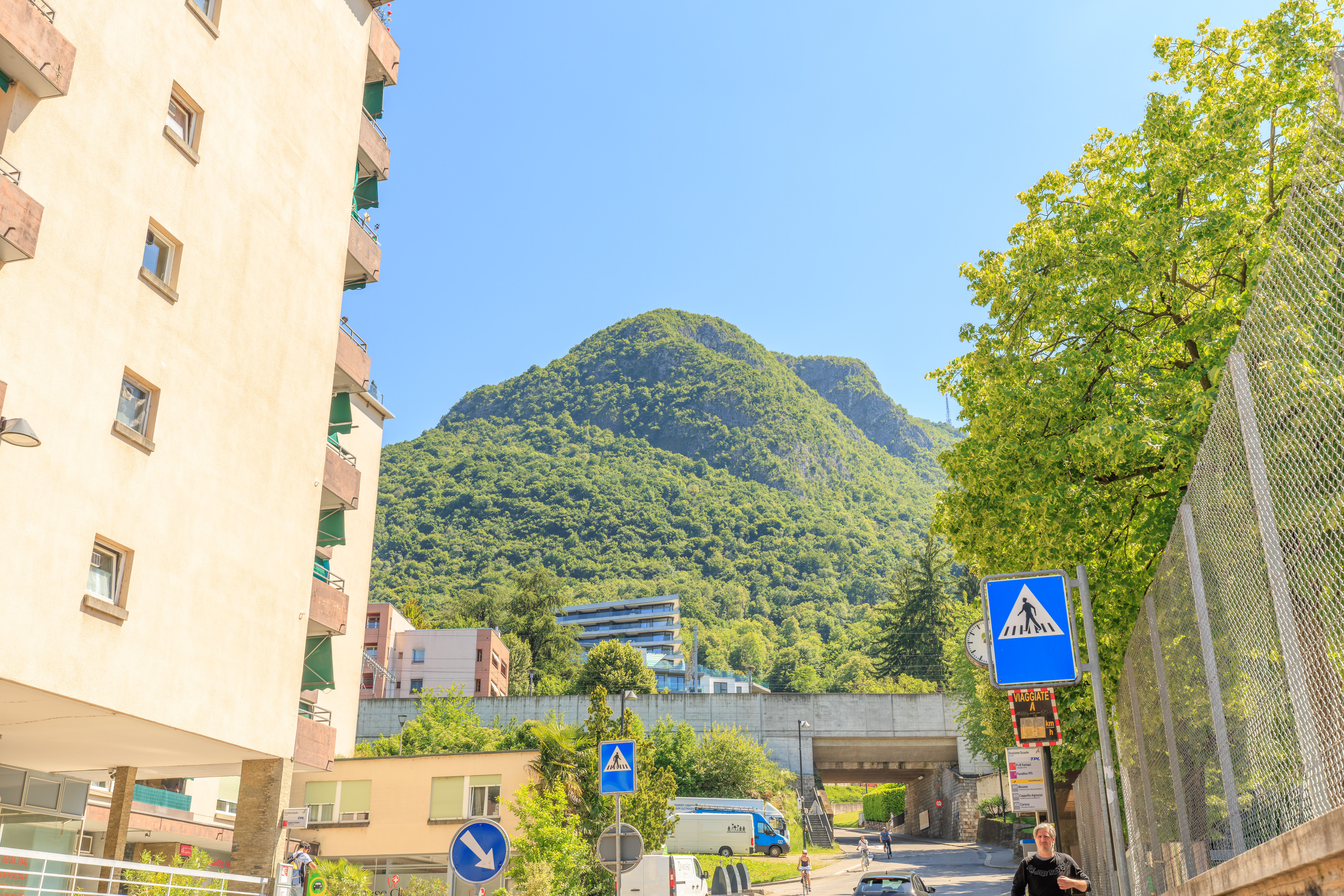
Monte San Salvatore, as seen from the bus stop.
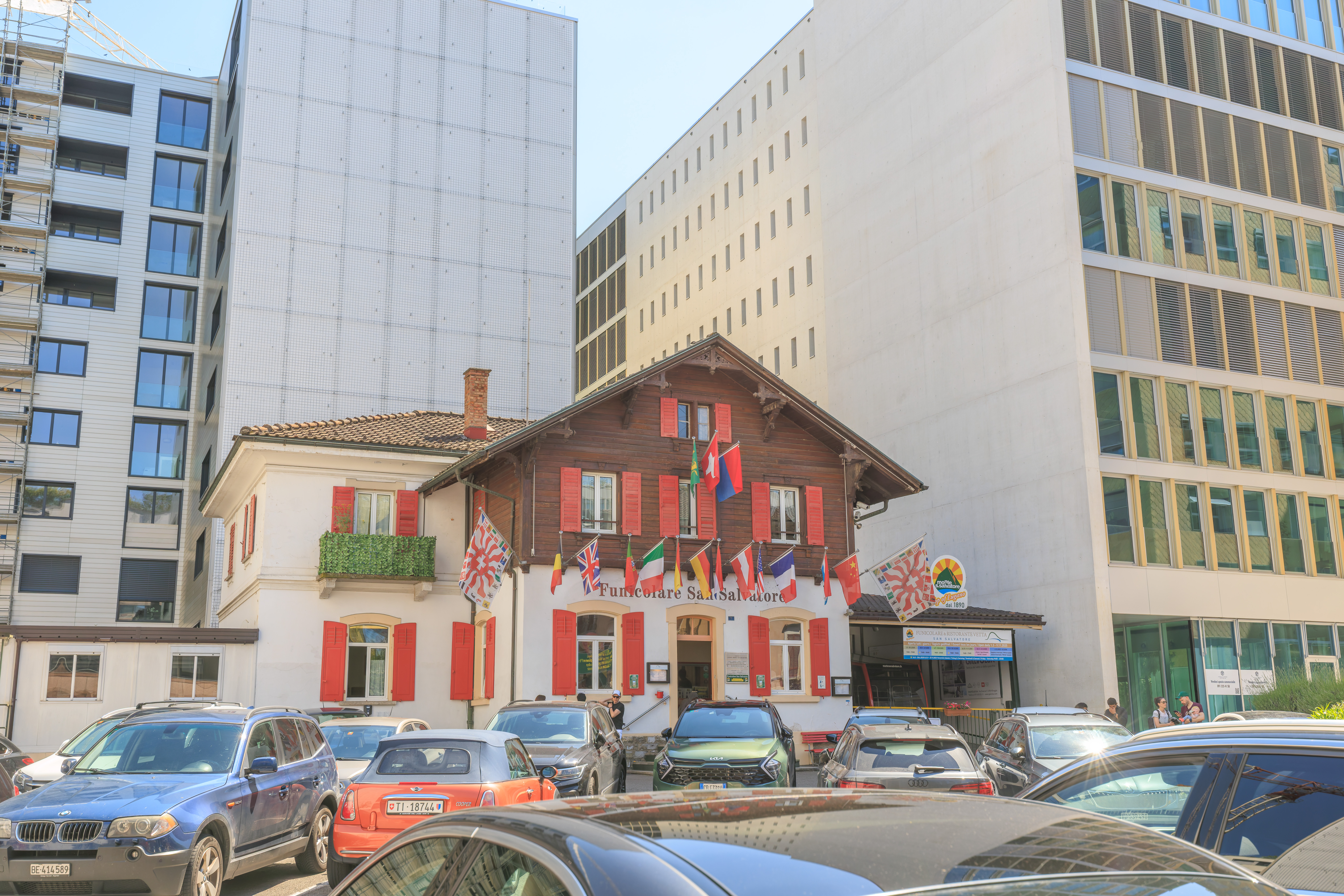
We walked about a block to the west to reach the Monte San Salvatore funicular station.
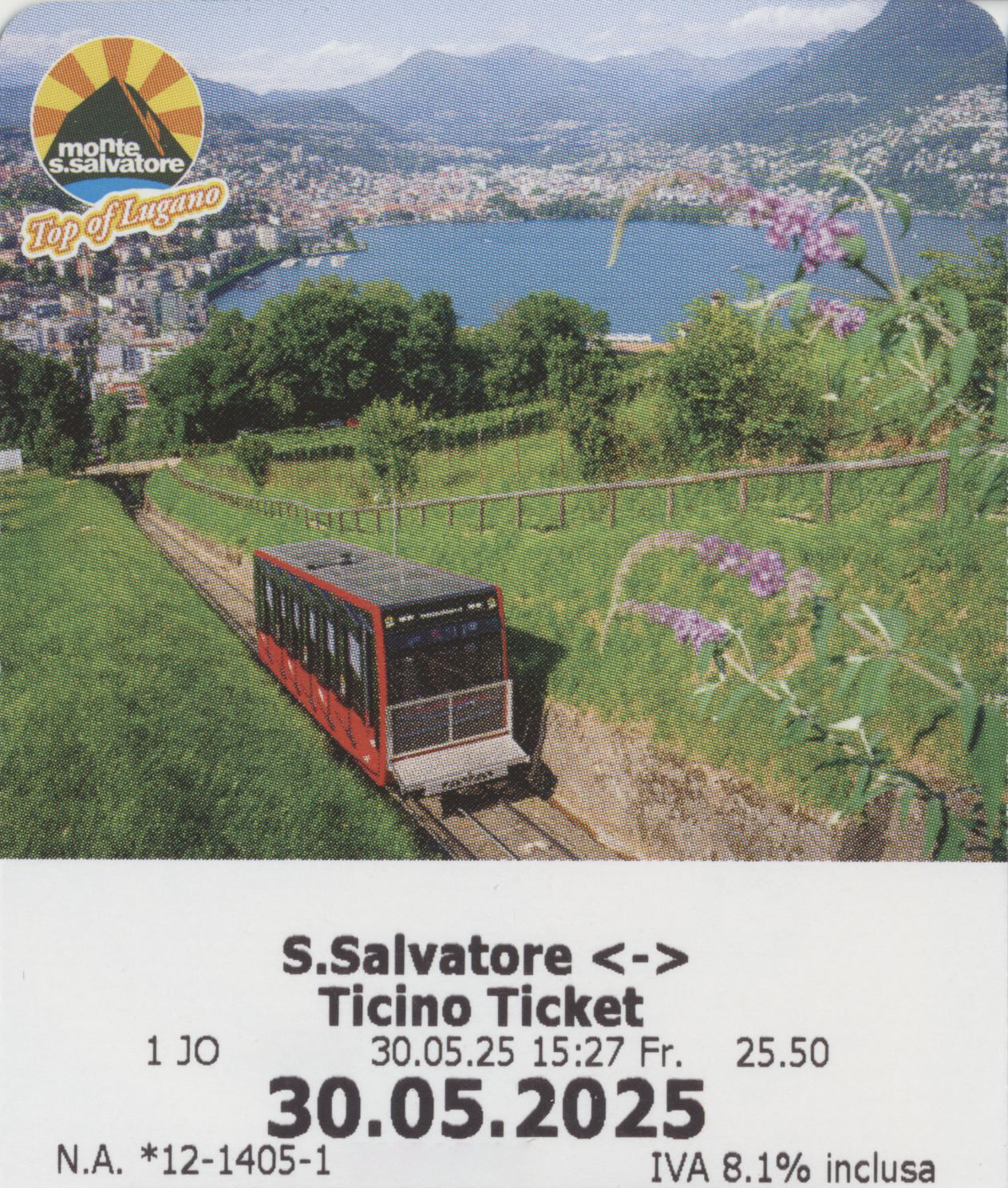
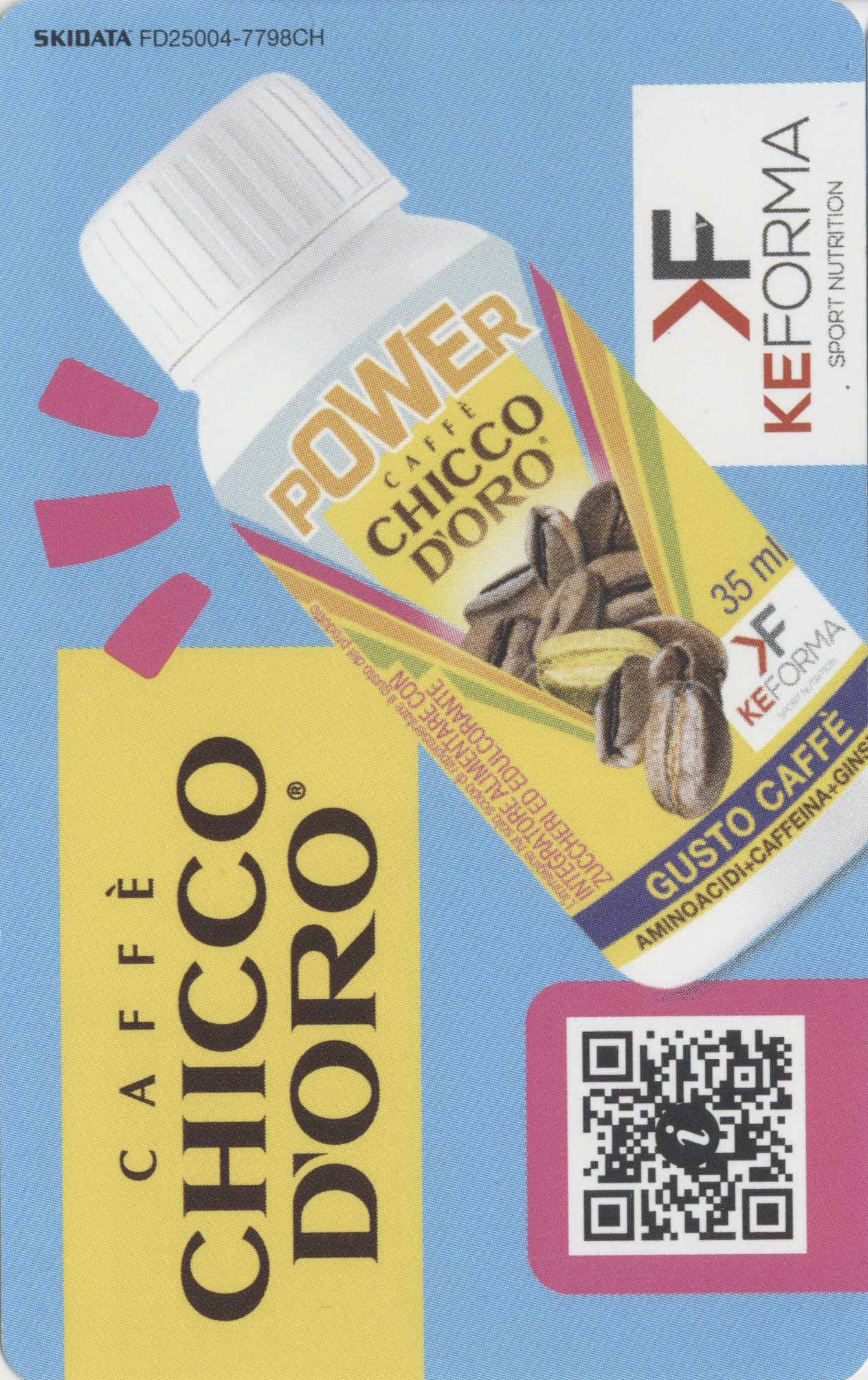
We went in and bought tickets for the funicular.

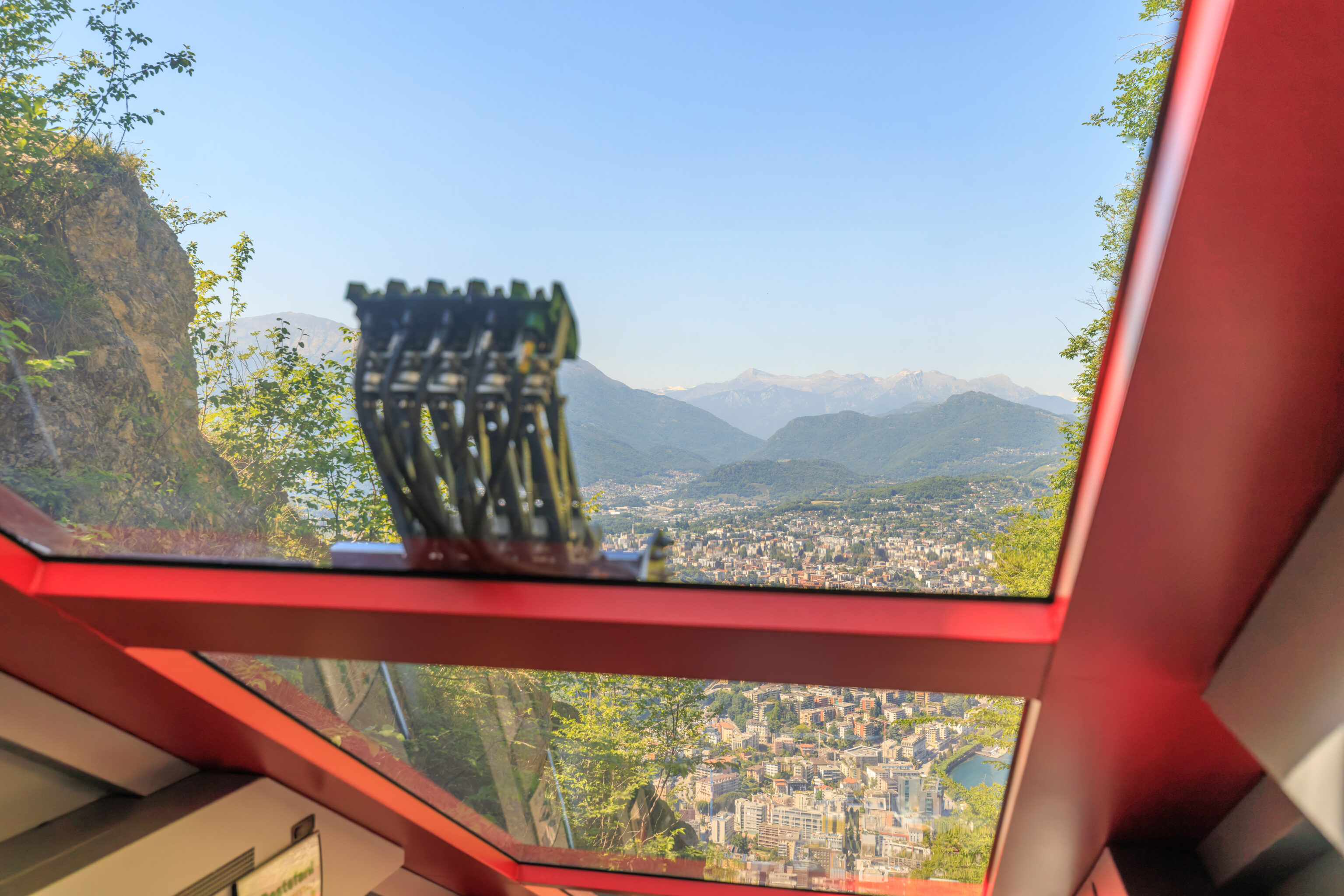
This funicular did have some nice views along the route, though the glass wasn’t always good to photograph through due to reflections.
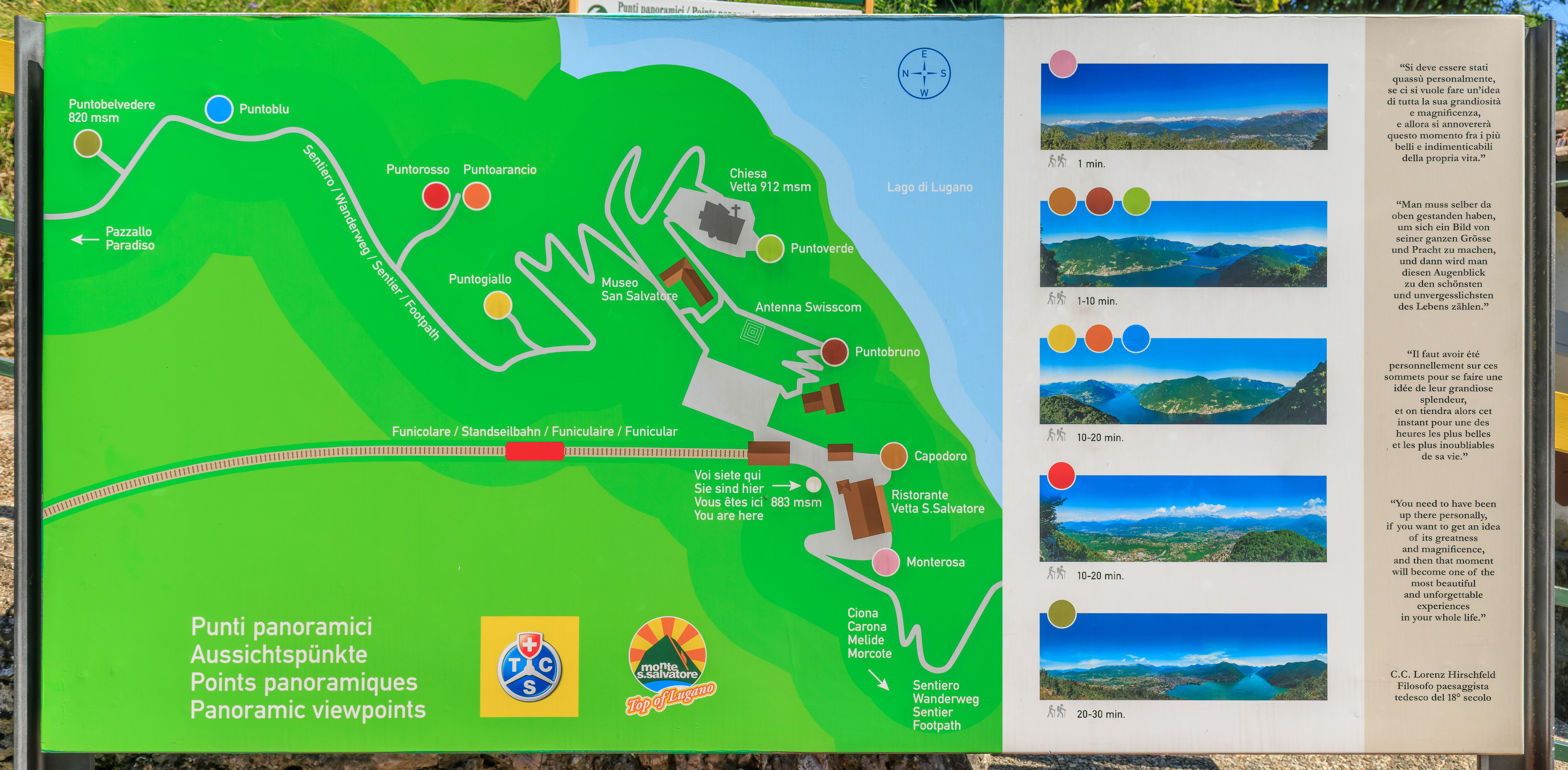
Once we arrived at the upper terminal, we took a look at this sign which had a map of the summit area including various points of interest that can be walked to.
A quadrilingual sign briefly describes this region around Monte San Salvatore:
Staying close to nature and to the mountains, takes you where emotions and adventure are never abound! The four peaks of the Scenic Mountains project in the Lugano region will make your days outdoors unique, thanks to a wide choice of activities for unforgettable experiences and breathtaking views of lakes, mountains, valleys and cities.
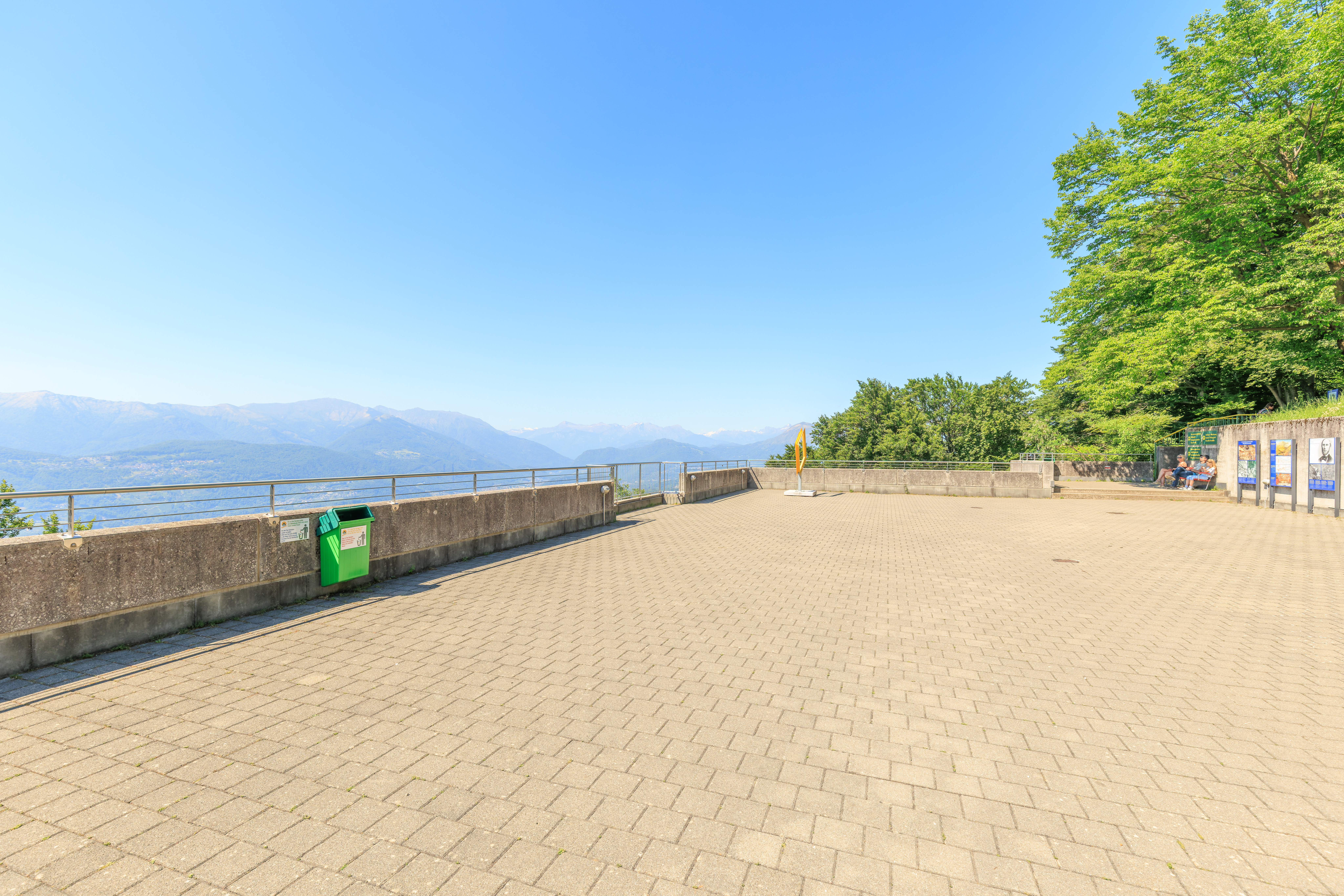
Walking to the north, we quickly came to a large paved open area. Looking on Google’s satellite view, this seems to actually be the top of a building.
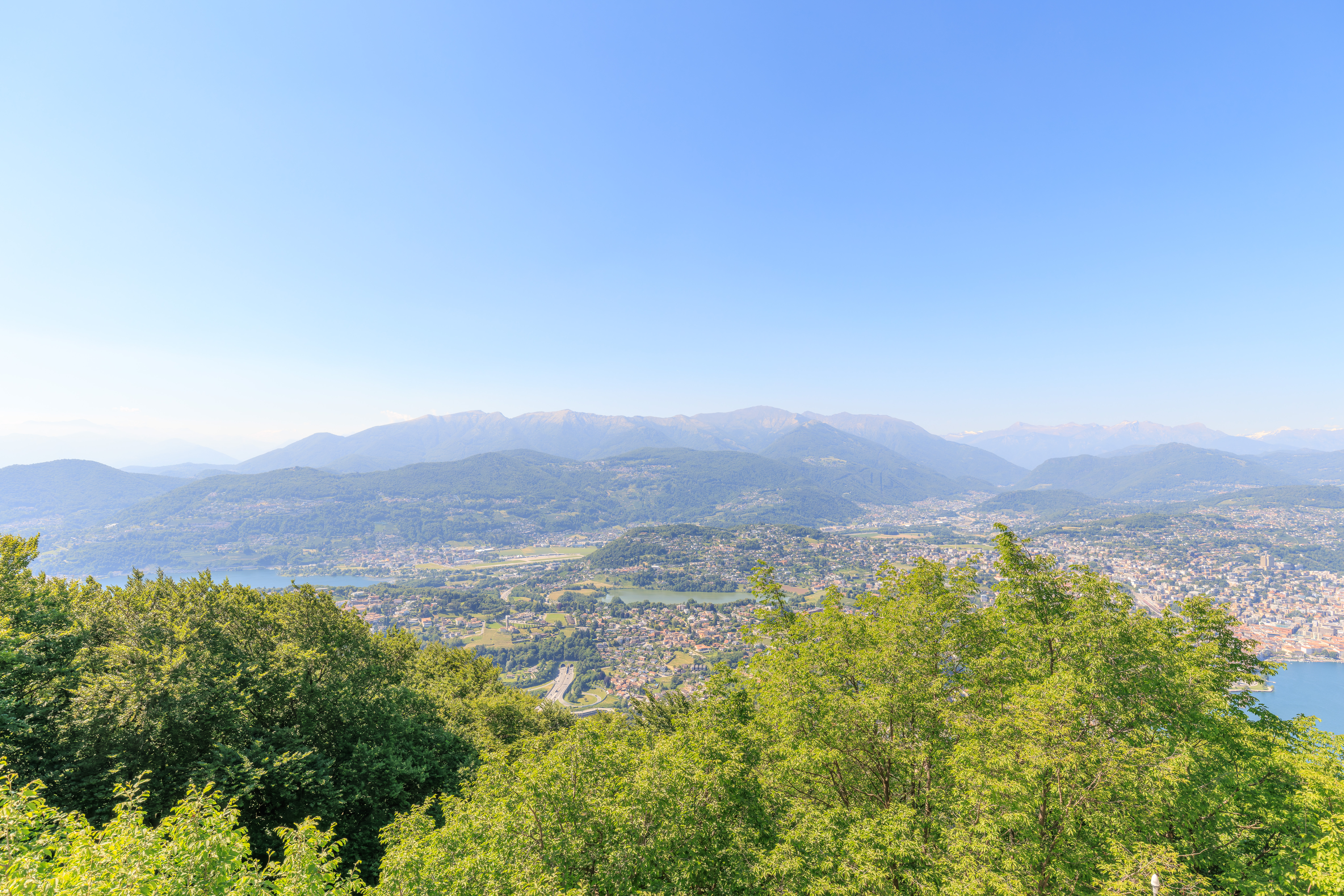
There is a nice view, though partially obscured by some trees below.
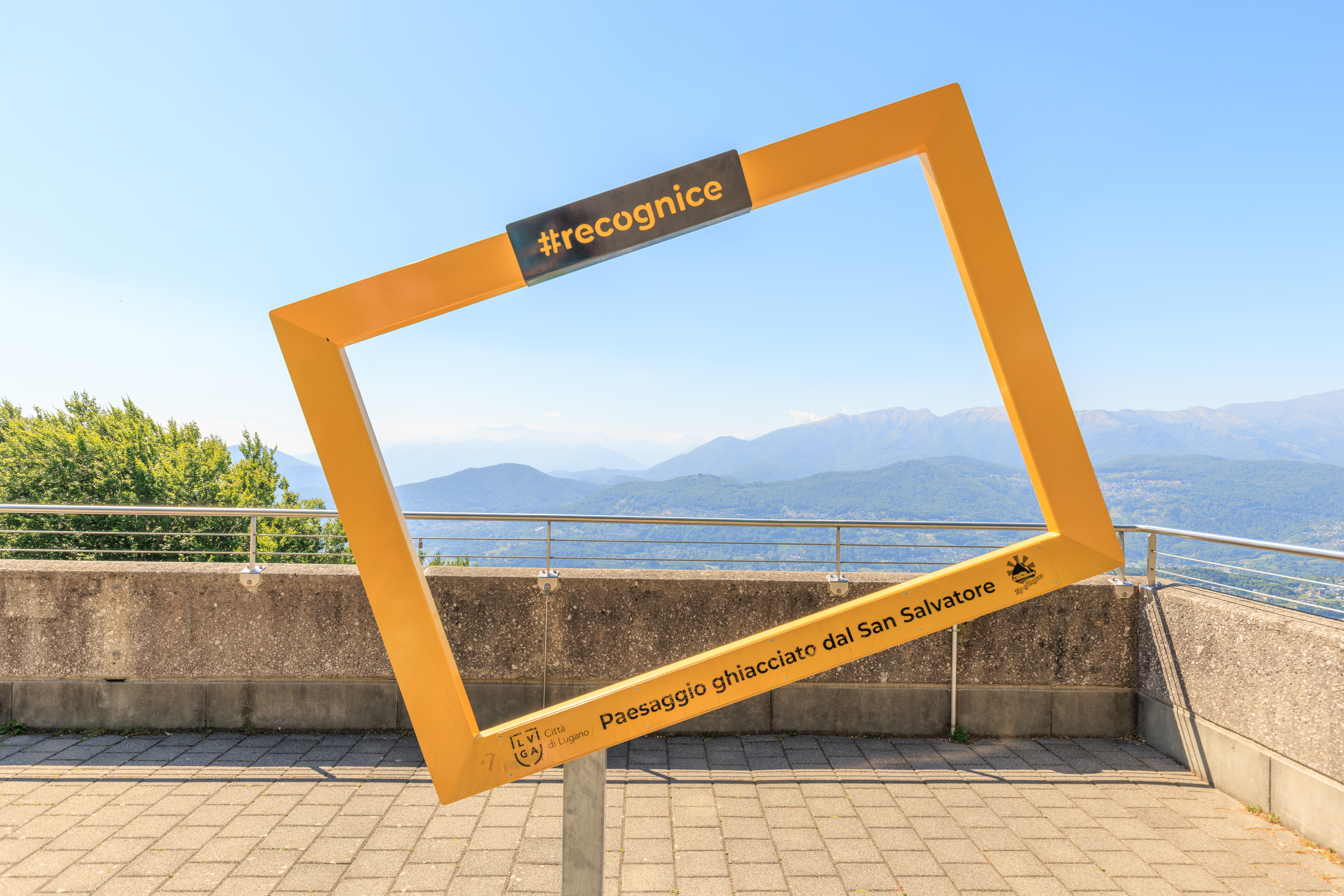
There’s even a frame for Instagram, or TikTok, or whatever! We continued on, following the path as it ascended, until we reached the summit of Monte San Salvatore.
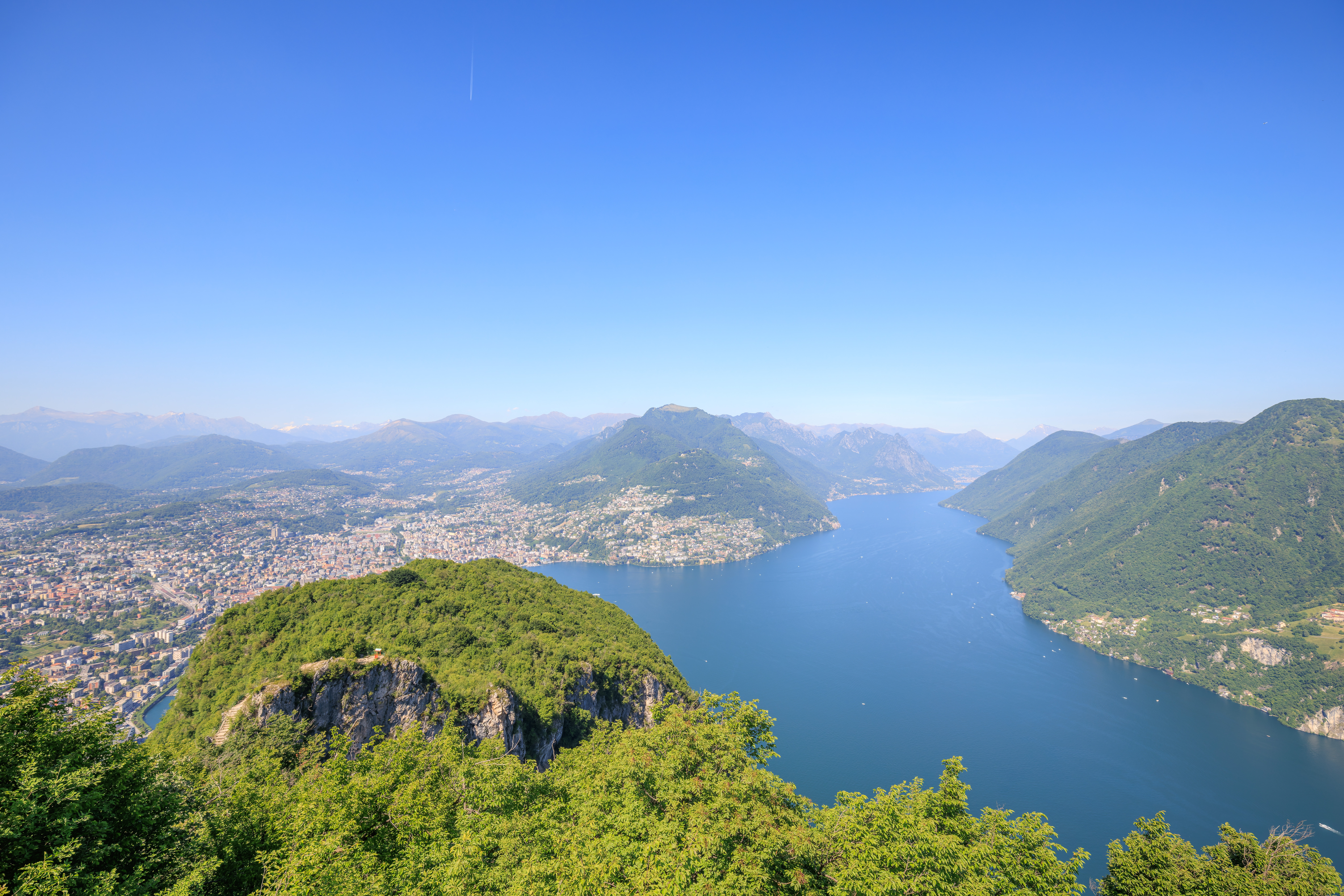
Looking to the northeast, we could see Monte Brè directly ahead. There is a taller mountain behind it though. From this perspective, some of Lugano is blocked by a lower subpeak of Monte San Salvatore.
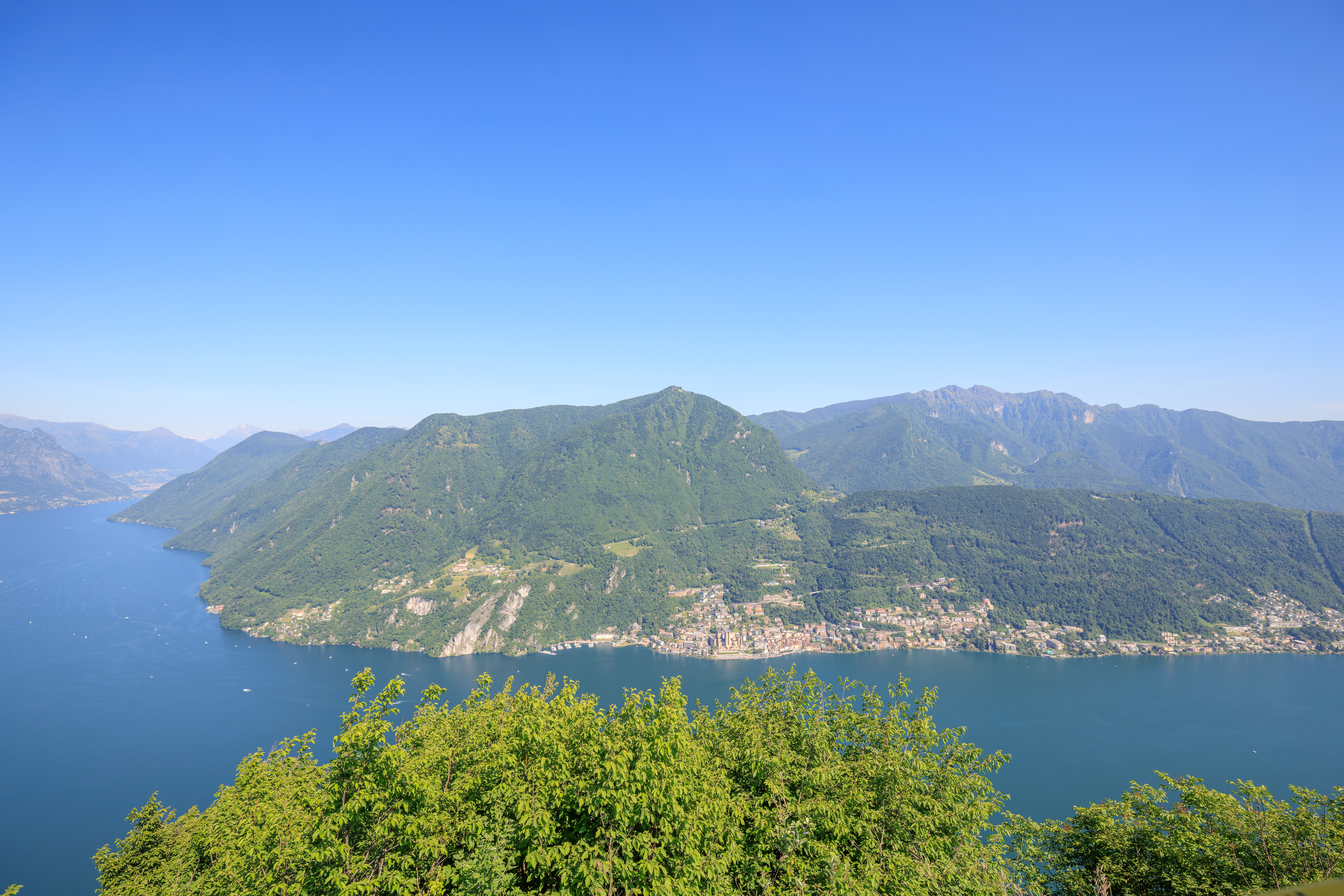
Looking to the east, we can see Campione d’Italia (Champion of Italy) by Lake Lugano. This small town is actually in a small portion of Italy which is completely surrounded by Switzerland. The border with the main contiguous part of Italy is less than a mile away though, at the summit of the mountain above the town.
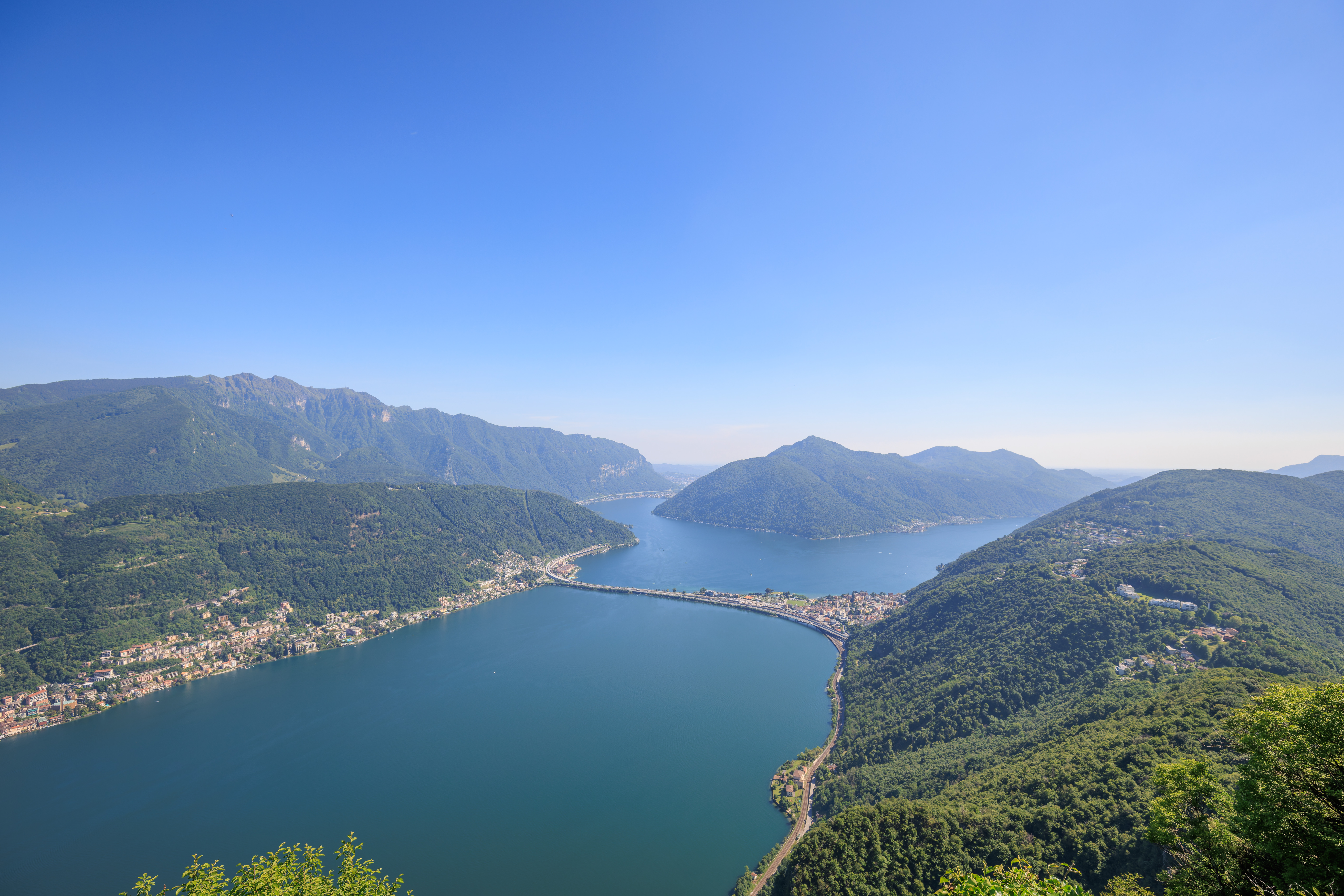
Looking to the south, there is what appears to be an isthmus that runs through the middle of the lake. There is a gap in the isthmus though which allows boats to pass under. It isn’t clear if this is completely natural, or if the isthmus is completely natural. There are roads as well as railroad tracks running along it, raising the possibility that it is at least partially artificial.
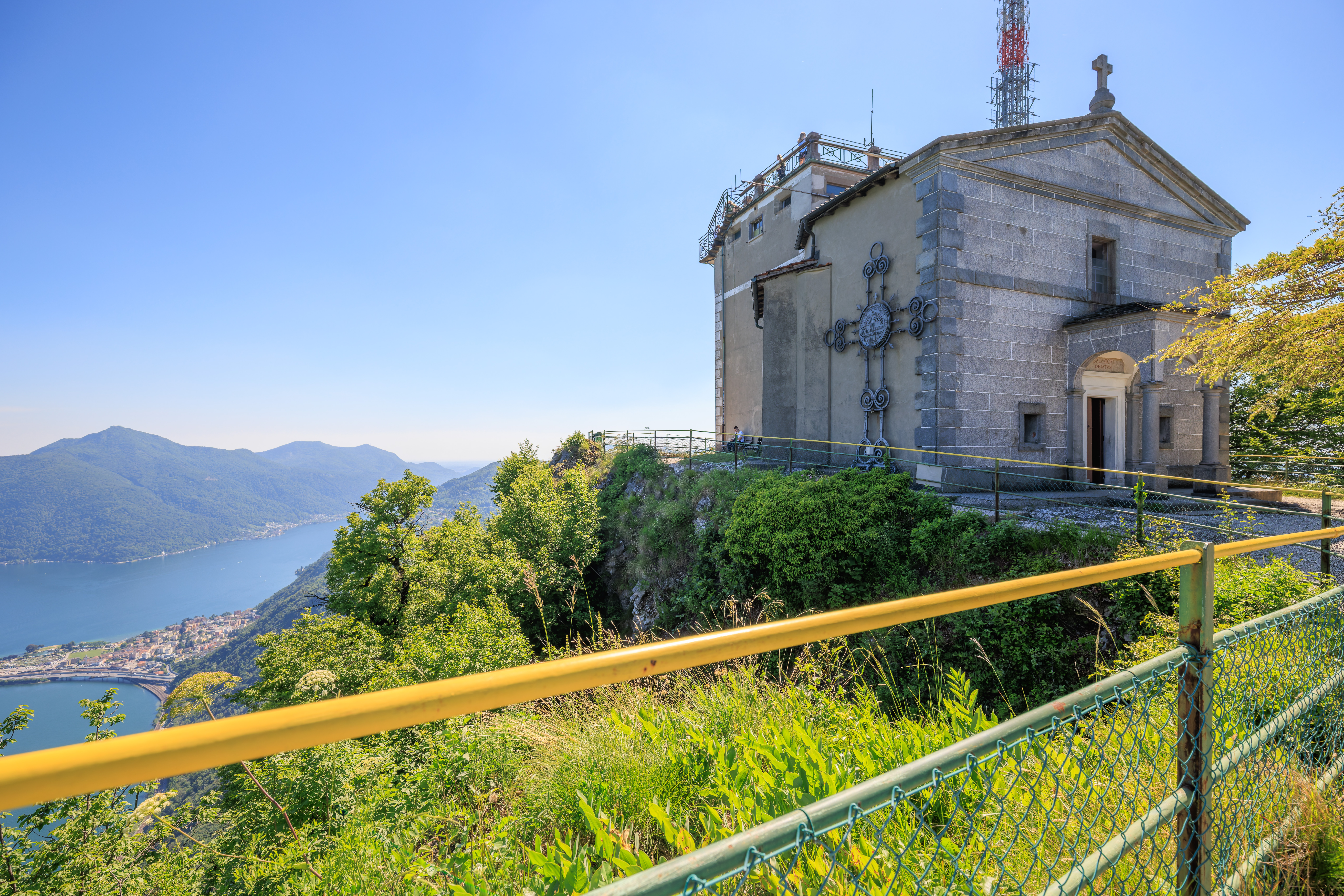
The summit area contains a church, the Chiesa Monte San Salvatore.
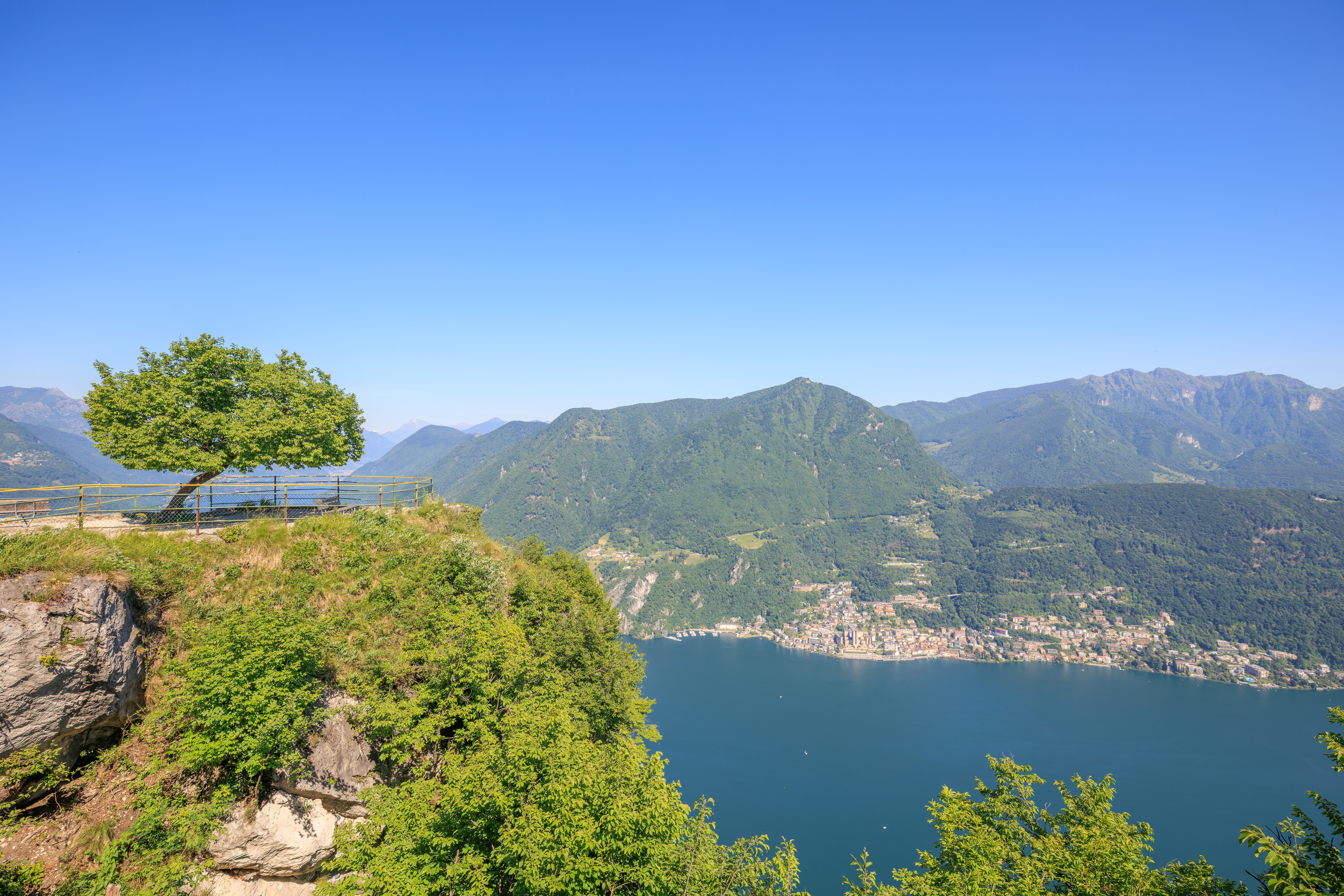
We walked over to the church, deciding to walk around it first before going inside. We actually decided to first rest on a bench on the eastern side of the church as it was in the shade. We had a nice view. The photographs that we took earlier upon arriving at the summit were taken from near the tree on the left.
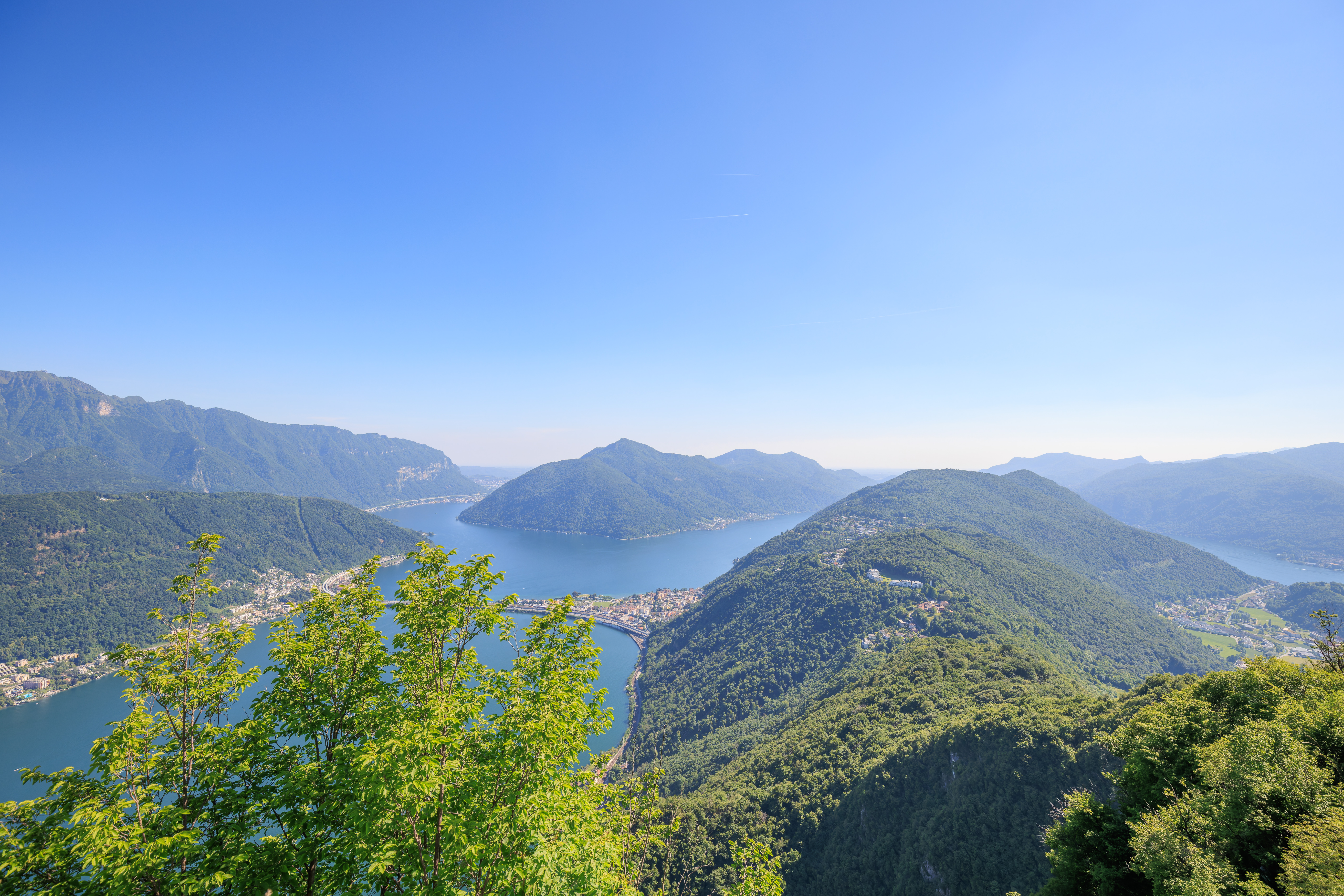
After enjoying the shade for awhile, we continued to walk clockwise around the church.
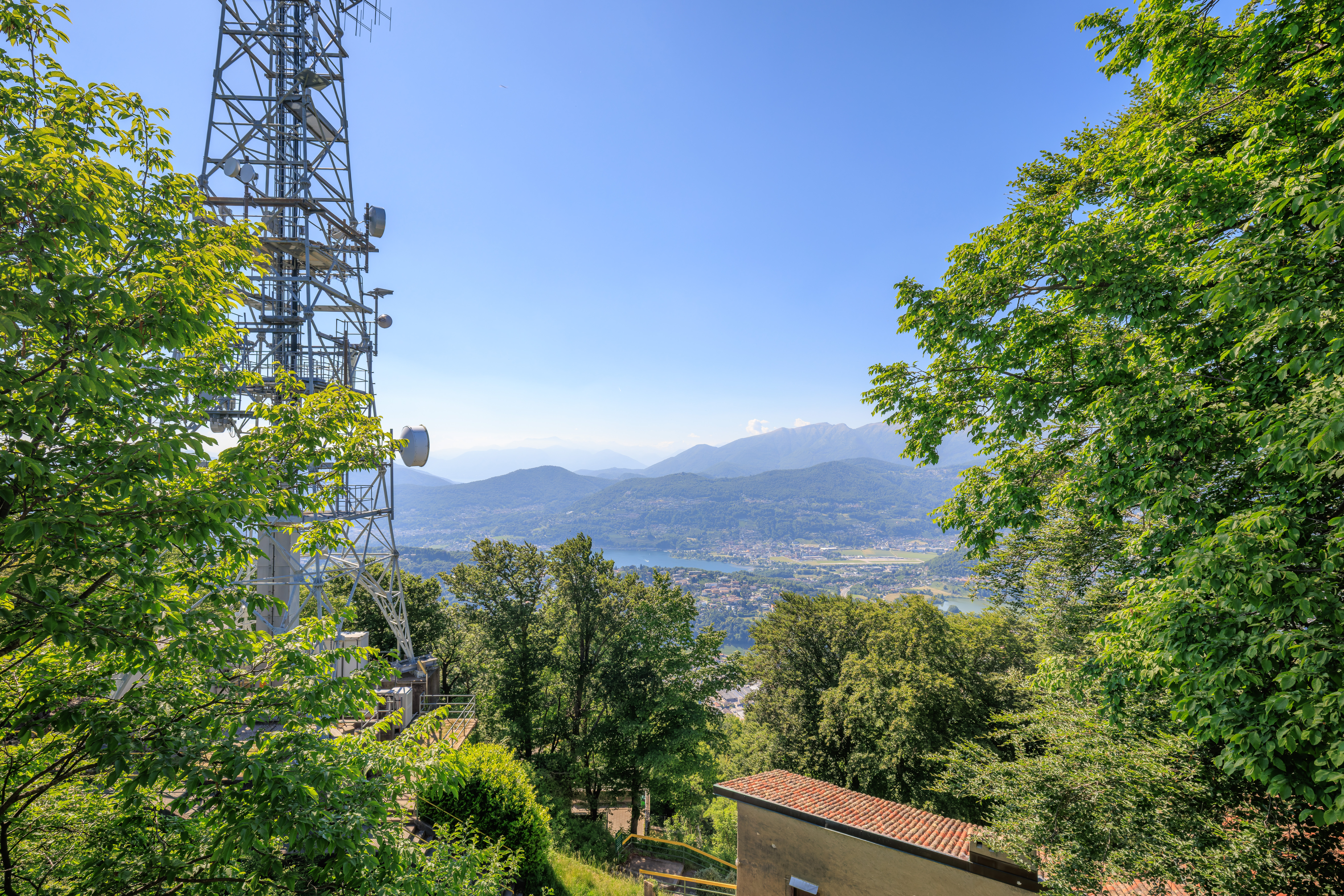
There is a large Swisscom antenna to the west. How do we know it belongs to Swisscom? Because there is a sign!
The sign reads, in English:
Securely connected - in every situation
Swisscom Broadcast is the leading Swiss provider of high-availability communication, security and video solutions. We build, operate and maintain customised radio networks: broadcast networks for the radio industry as well as security and professional radio networks for the police, emergency services, transport companies and electricity utilities.
Here around the southwest corner of the church, we found an entrance that led up to the top of the tower where there is an outdoor observation deck.

It offers 360 degree views of the surrounding areas, other than the Swisscom antenna which blocks a small bit of the view. We managed to stitch together a panorama which worked surprisingly well.
Some of the individual frames that went into making the panorama.
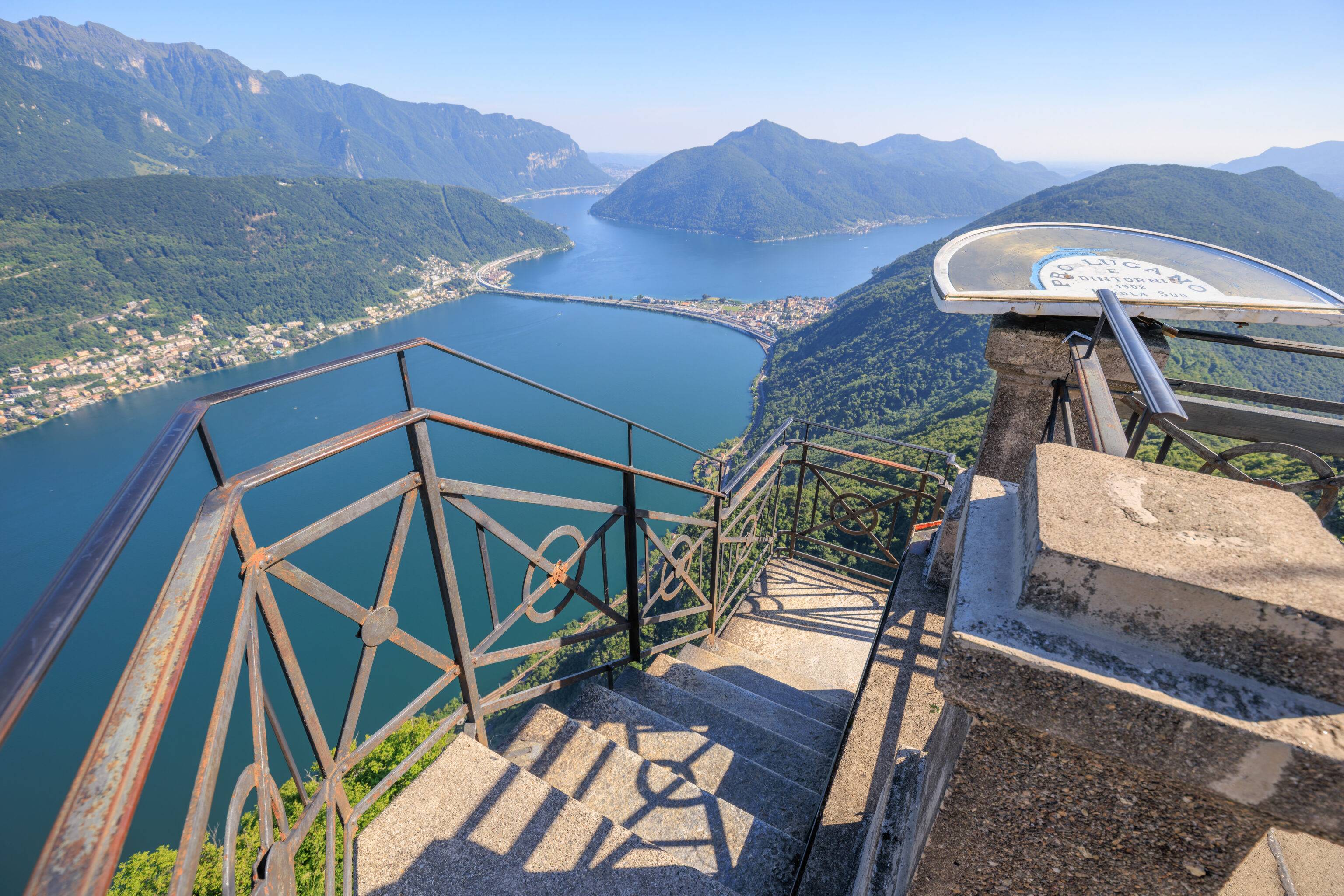
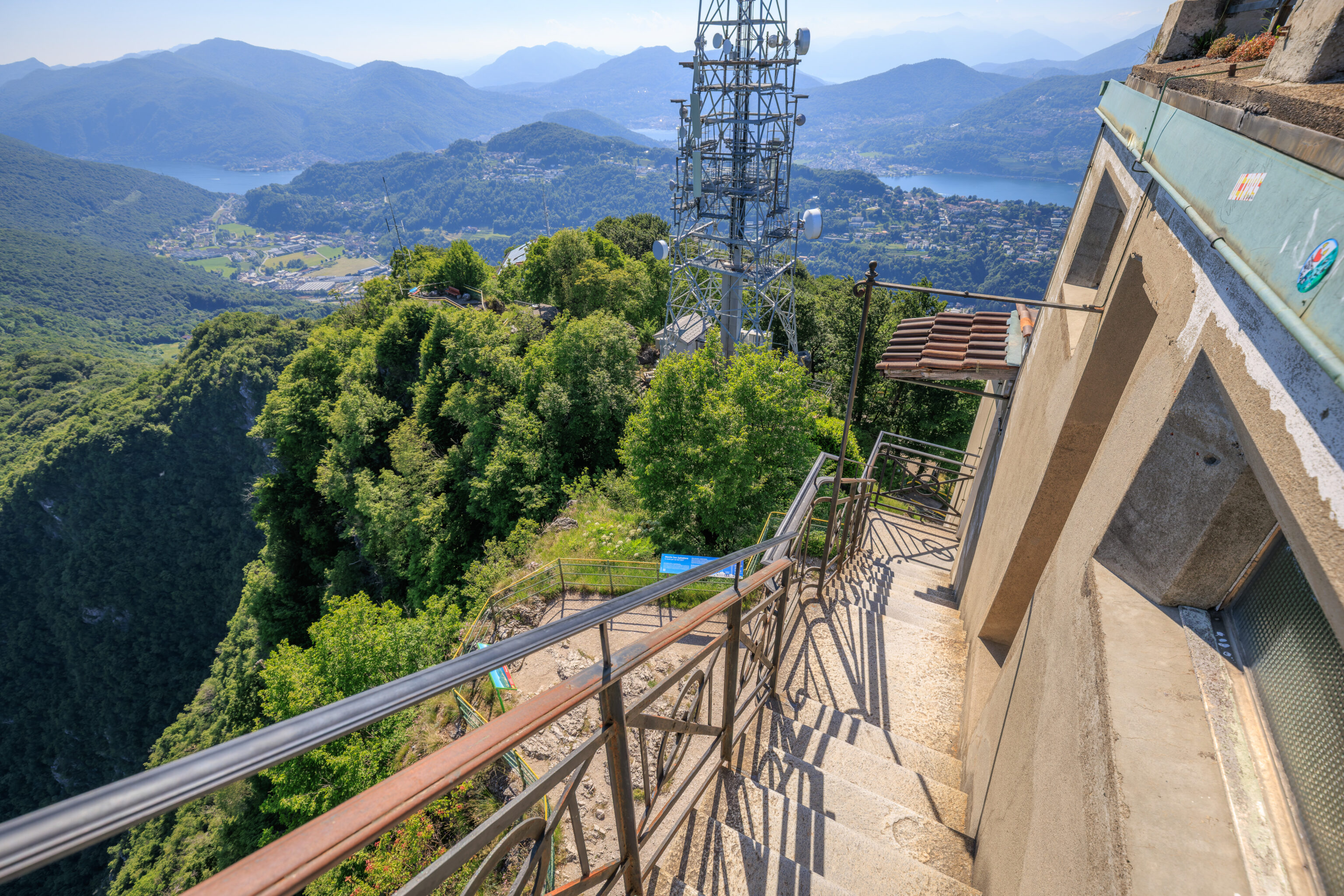
After enjoying the view, we headed back down.
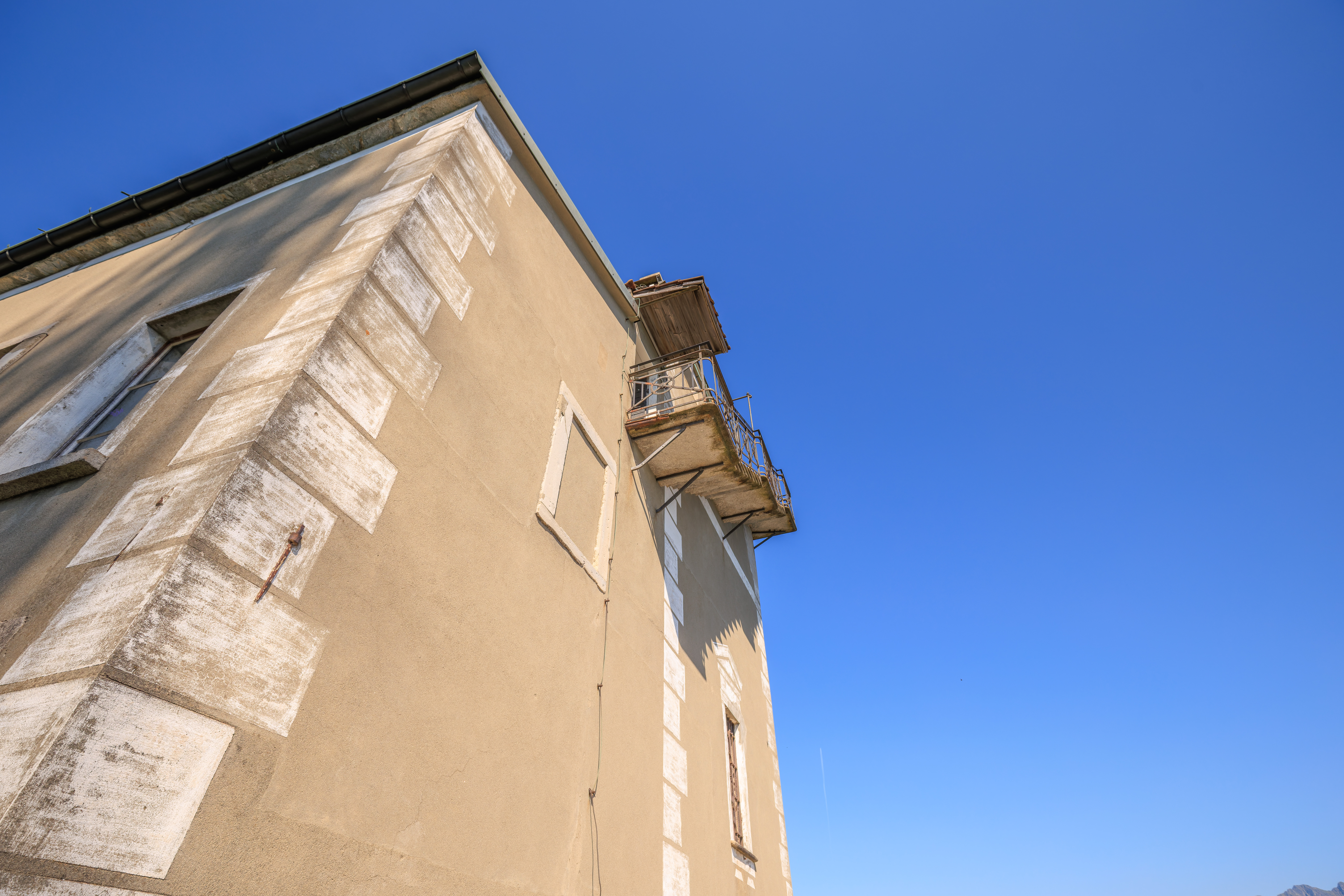
The last floor of stairs to the top of the church are external to the building.
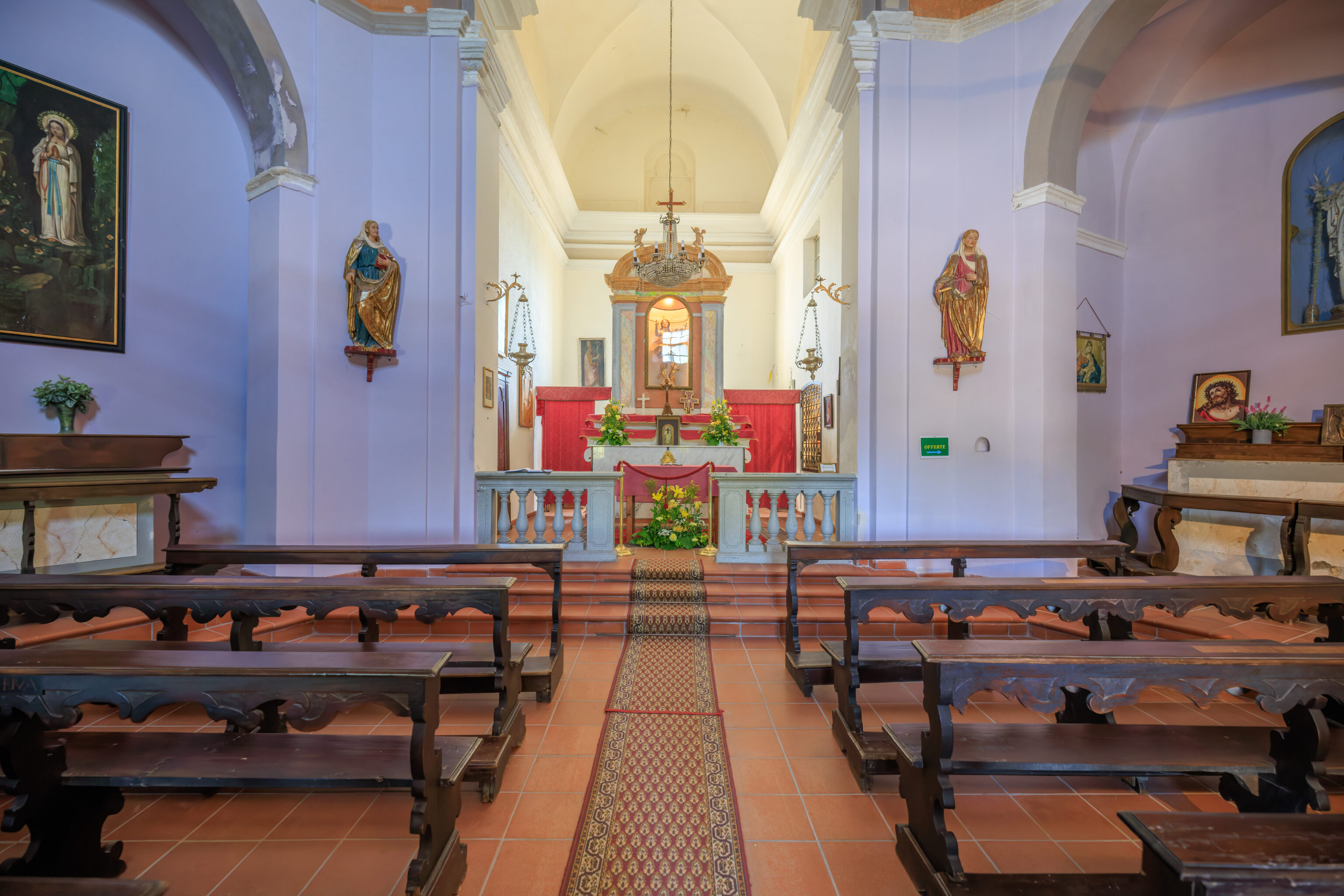
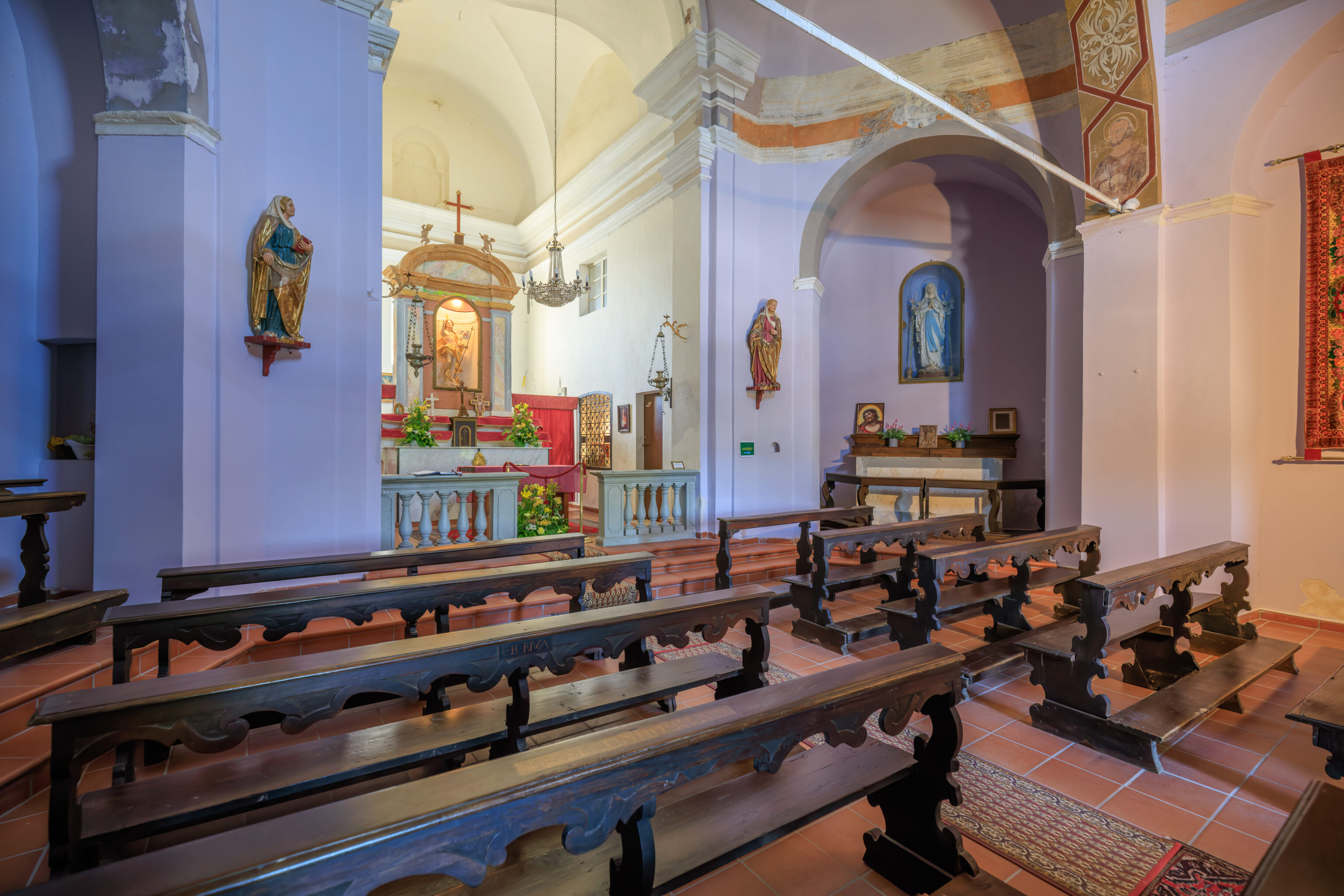
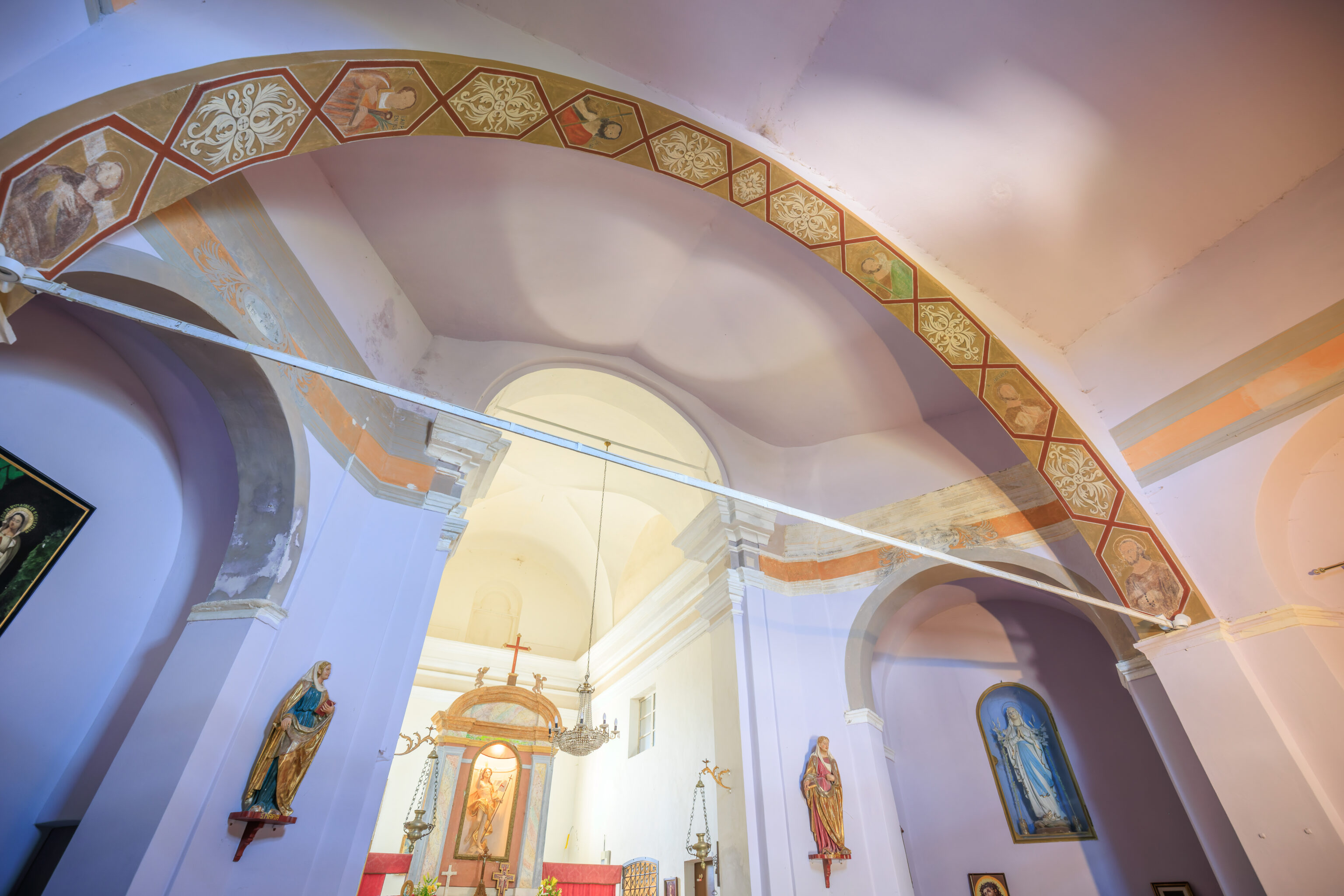
We then walked into the church to take a look. It was very simply decorated.
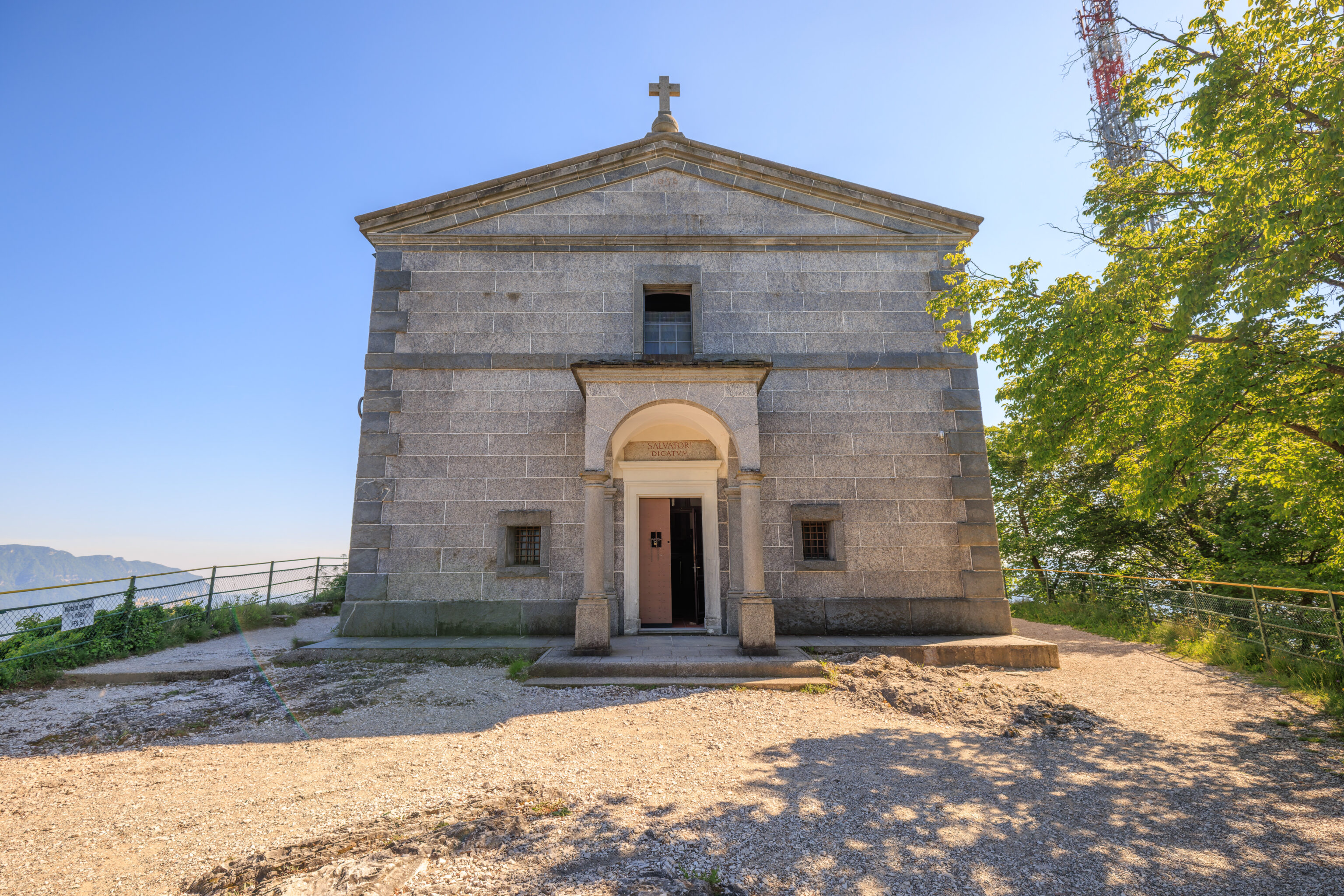
The church as seen from the front as we walked away.
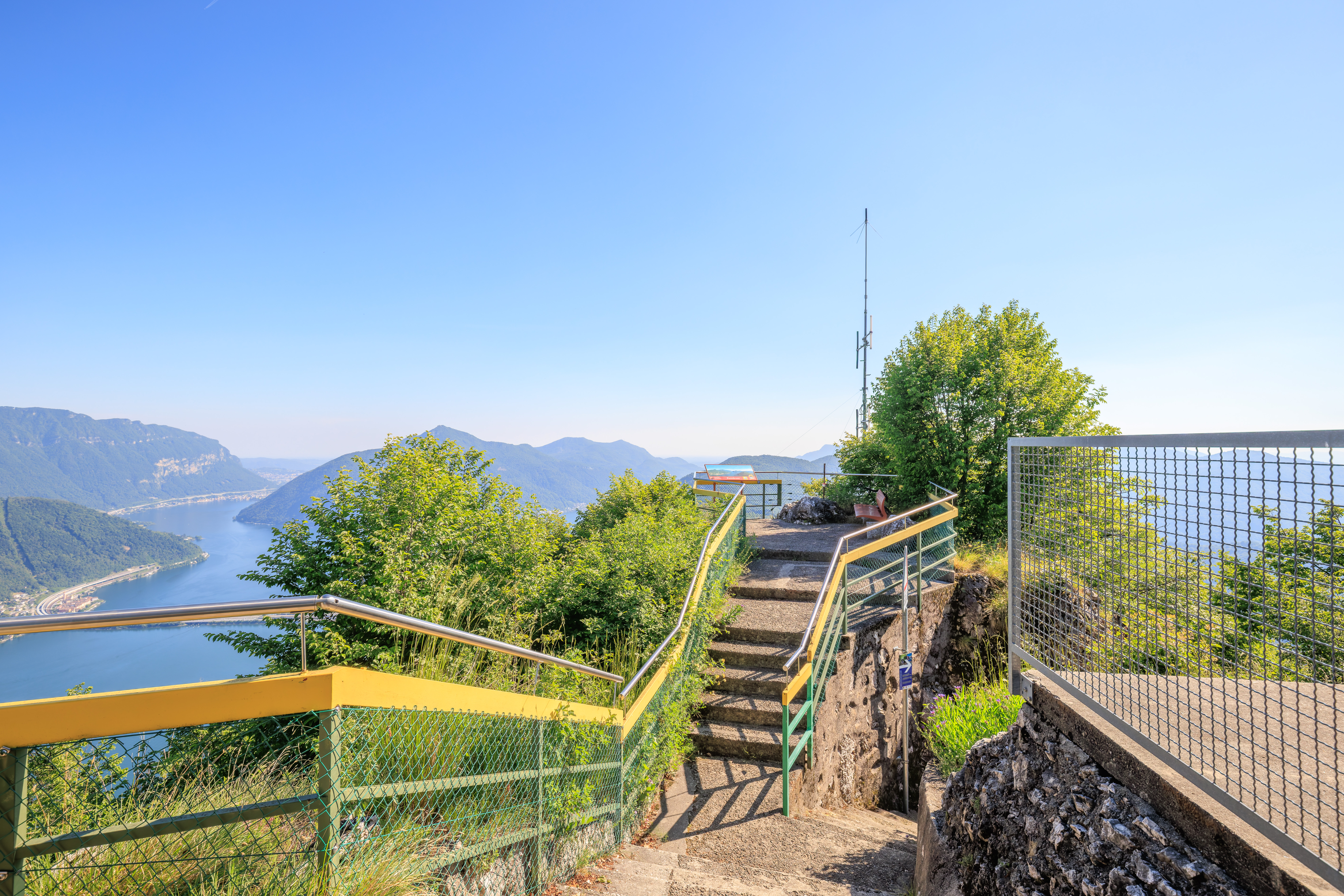
We continued on, taking another path on the way back to the funicular station. On the way here, we found another sign that talked about the history of the broadcast facilities here.
The sign read, in English:
History of the Mount San Salvatore Broadcasting Station
The Mount San Salvatore Broadcasting Centre, owned by Swisscom Broadcast SA, is the most important and largest broadcasting centre and catchment area of our Canton. The station was built in 1957, initially to broadcast a Swiss Television programme. Numerous now are the telecommunication services present at the summit: SSR SRG Idée Suisse radio programmes, private radio broadcastings, fixed and mobile telephone services, emergency radio services.
1958 On November 29th the first radio television station was inaugurated. This was for the TV broadcasting of the partial programme in Italian language and a frequency modulation radiobroadcasting service on ultra-short waves to broadcast the 2° RSI programme.
1960 On October 7th a second FM radio broadcasting station was set up to broadcast the 1° RSI programme. On November 28th the broadcasting of the national RAI programme in the areas between Campione and Porlezza began.
1968 The Federal Council instructed the PTT Company to immediately set up a certain number of installations to broadcast the 2° TV programme in mountain regions. The construction of a temporary pavilion (in fact the 1957 building had become too small) was immediately started; at the same time, the 60 meter antenna pylon was replaced by an 85 meter one, to allow the installation of new antennas.
1969 On June 20ª 1969 the new installations were put into service. At the same time, even the RAI relay for the 2° programme was installed in the same building; simultaneously, the design of a new building, which, besides the above-mentioned stations was also to house the 3° TV programme, electrical power supply systems, emergency power units, battery accumulators etc. to allow the station to work safely and, as much as possible, independently from external factors like the sudden loss of electrical power.
1972 Midway through 1972 work started for the building of the new Broadcasting Centre. The work was accomplished according to foreseen plans, keeping all the existing programmes in service and safeguarding all the natural beauties of this enchanting region as much as possible. Its imposing structure of about 7600 m3 is divided into 2 stories; its flat roof acts as a terrace for tourists.
1974 The new structure was inaugurated.
1975 Thus ever since June 16h, the Sottoceneri area has had a new and important telecommunication infrastructure; from Mount San Salvatore the following programmes are simultaneously and integrally broadcast: the three national Swiss TV programmes, the two RSI radio programmes on ultra-short waves and the two RAI TV programmes Moreover, it also has a vital function in radio-television broadcasting; for example it represents an important access point to the primary network of the mobile radio link with the San Salvatore and from there, via the radio link centre of Mount Generoso, to the TV studios, from which programmes are directed on the public broadcasting networks.
2003 In the course of 2003, work began for the creation of the new digital TV (DVB-T) broadcasting service for 4 programmes (TSI1, TSI2, TSR1, SF1).
2006 In the course of 2006, work began for the creation of the new digital Radio broadcasting service, first with DAB, later with DAB +.
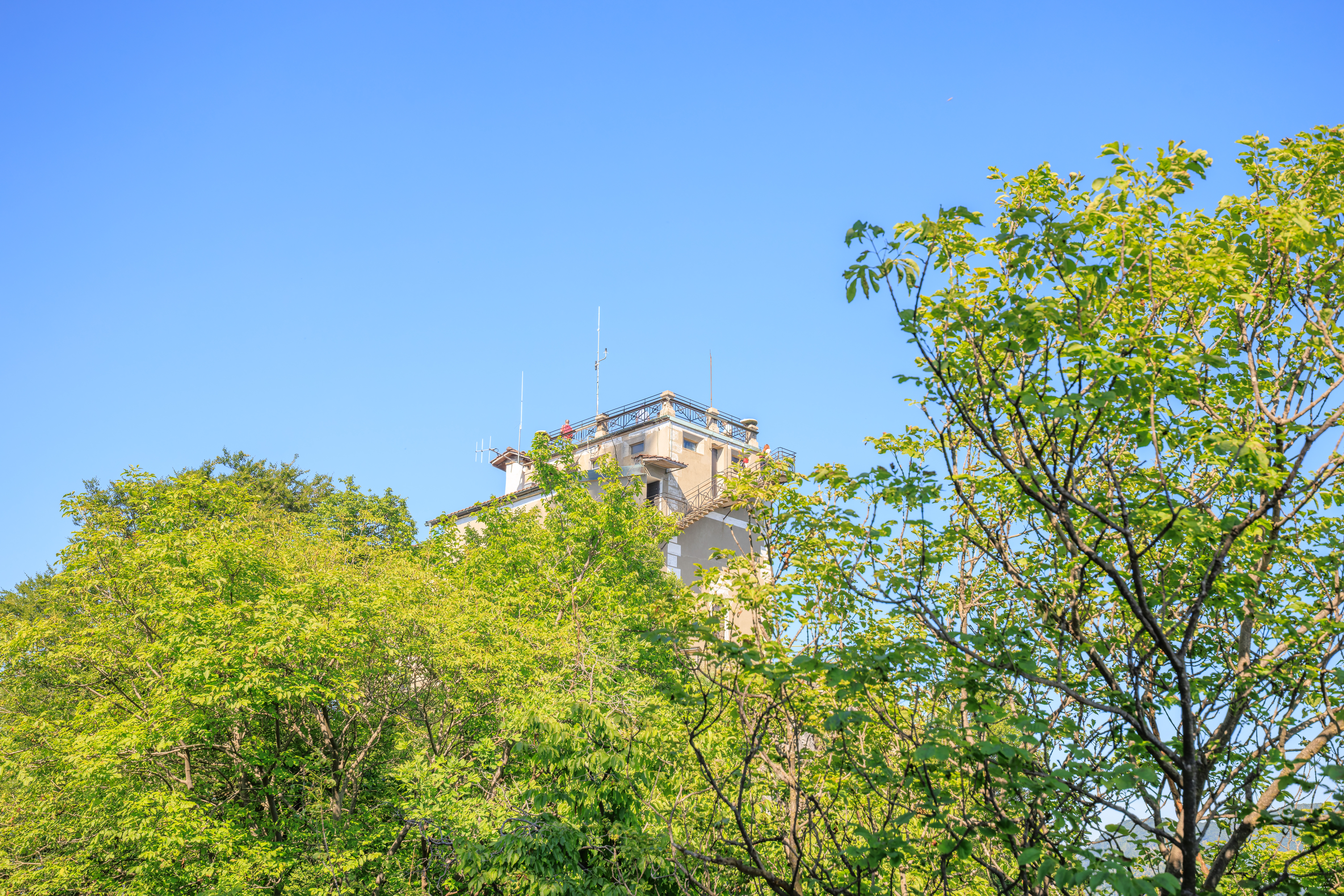
Looking back, we could see the rear of the church with the observation deck on top. We continued forward to the small viewing platform visible in the previous photograph.
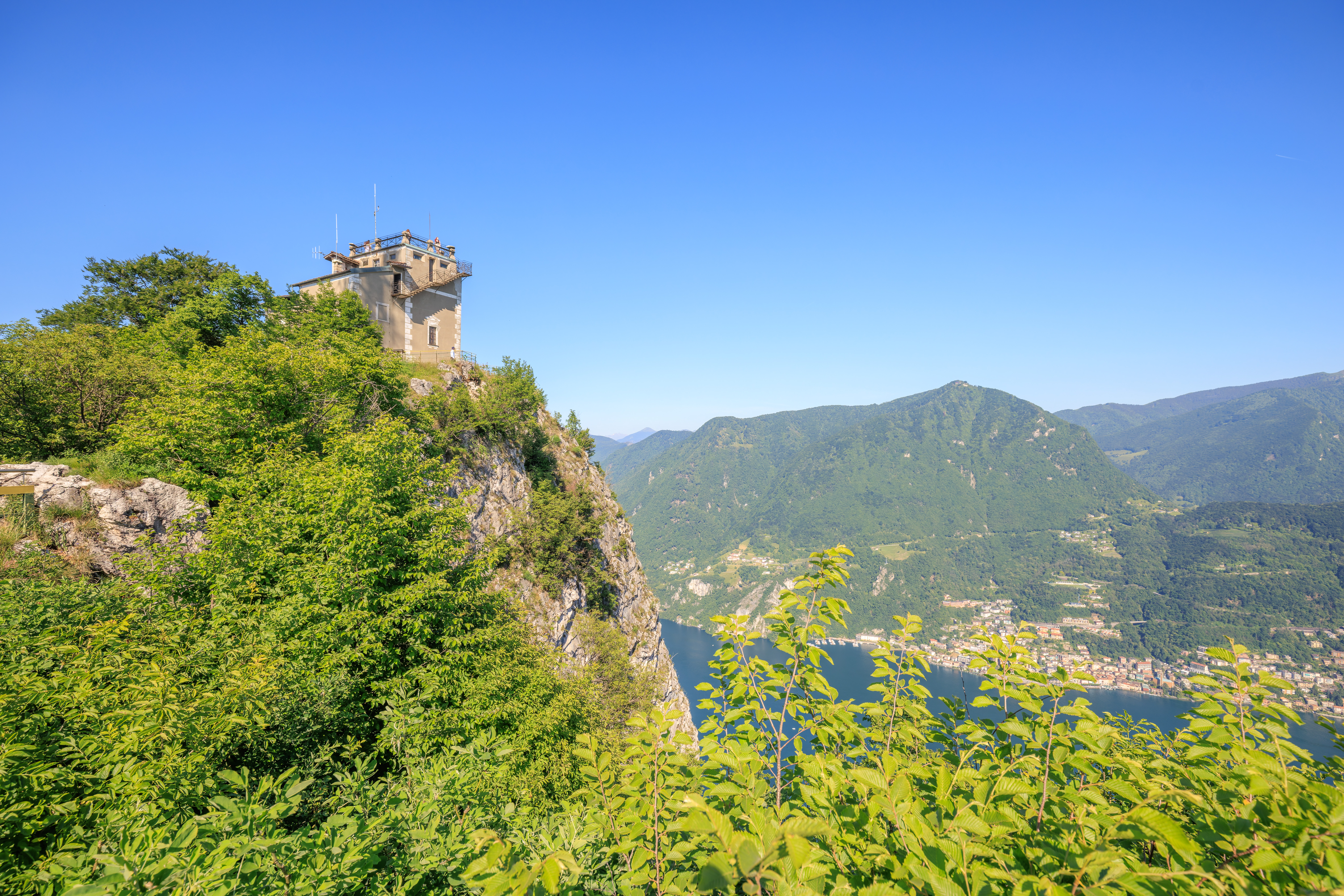
From here, we could see the steep cliff below the church.
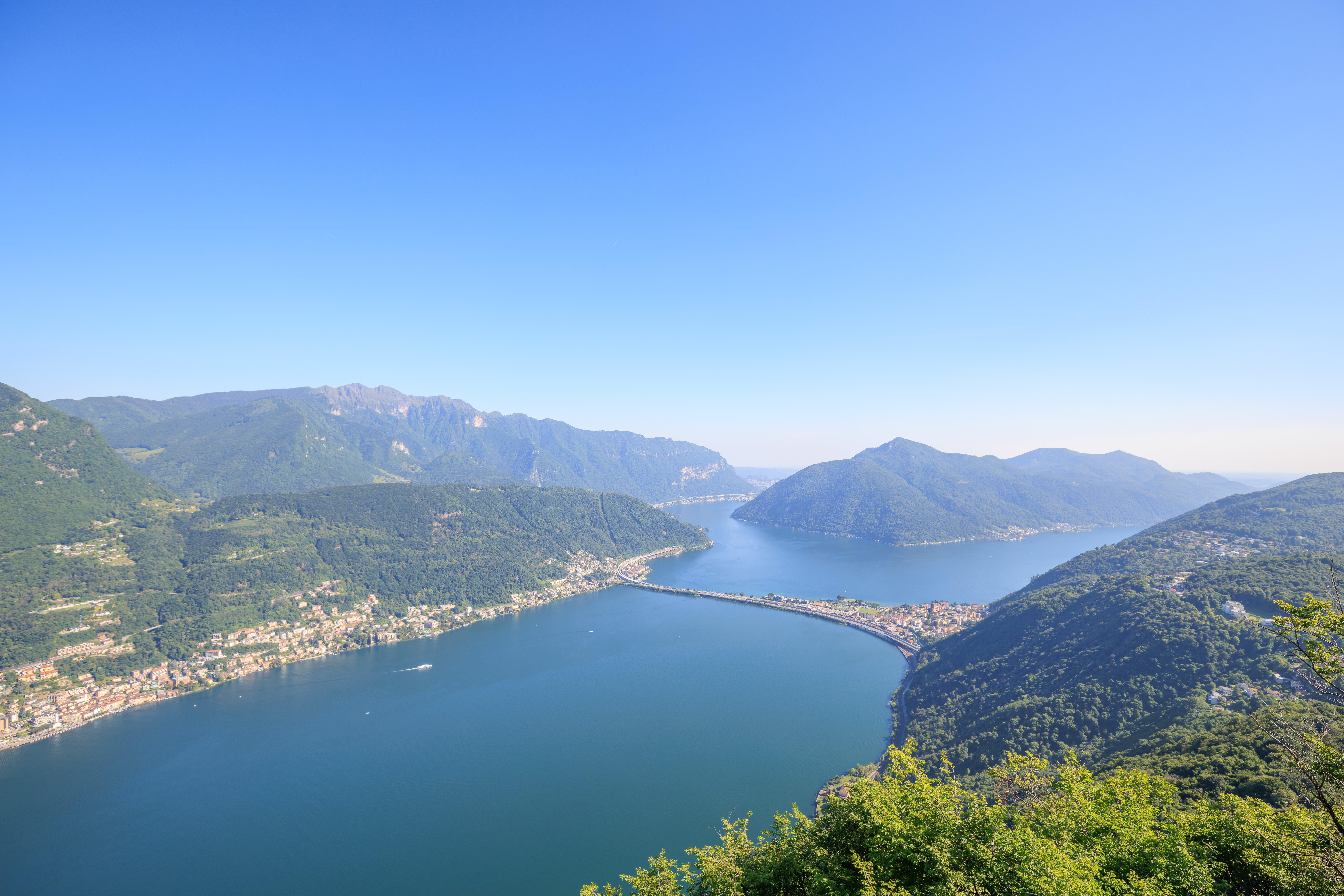
We had a nice view of the isthmus that spans the lake.
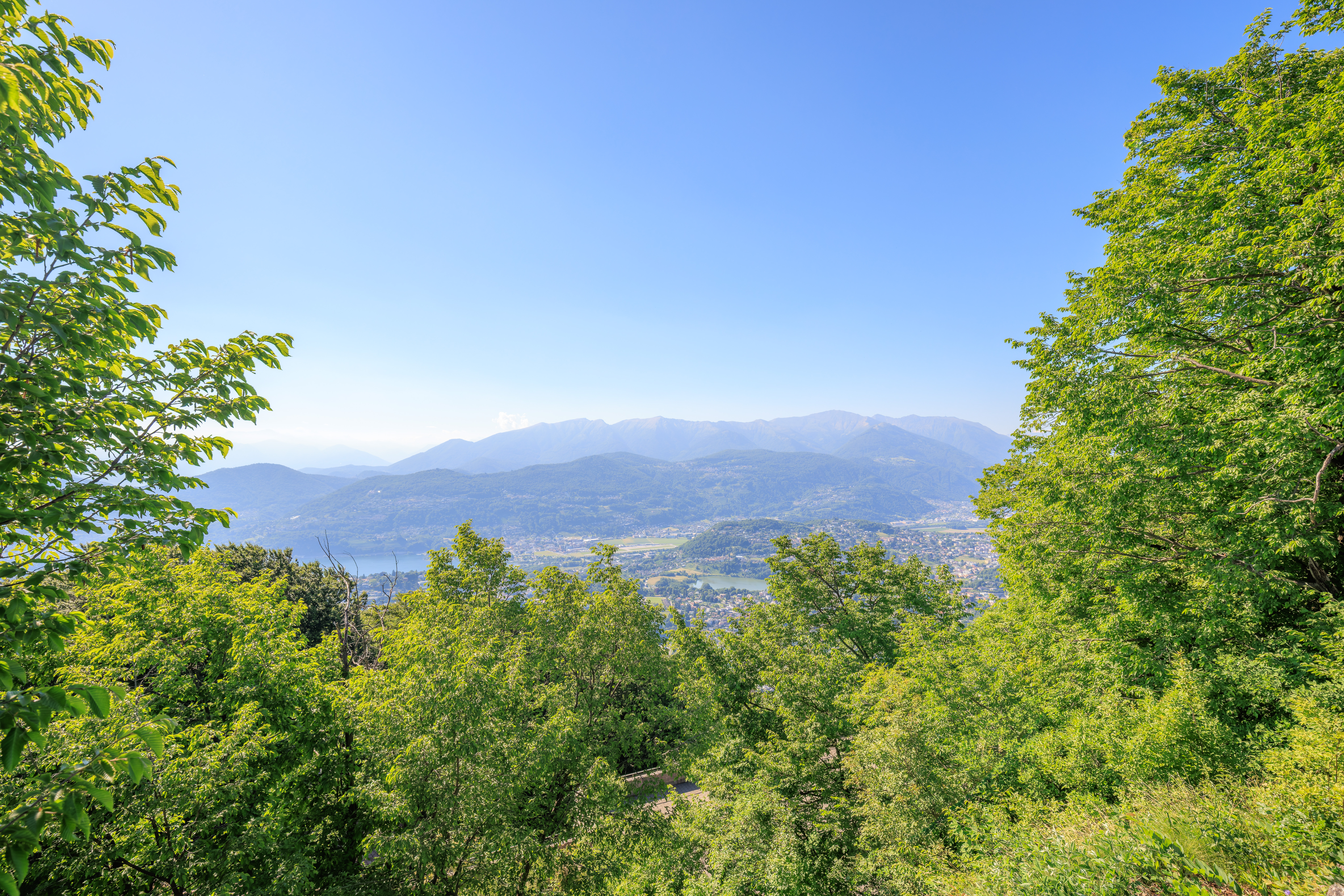
The view to the west was mostly obscured by trees.
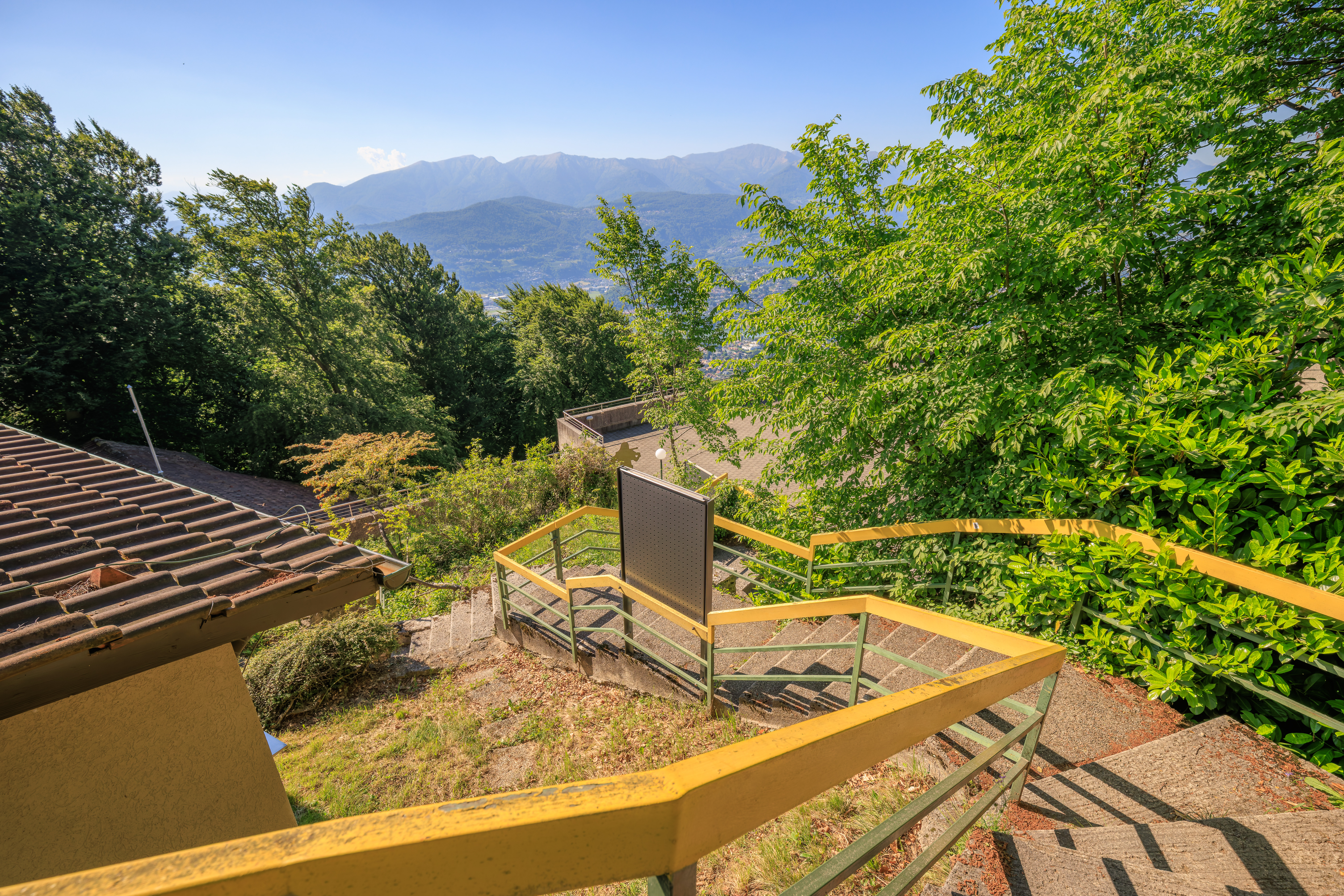
We continued down towards the funicular.
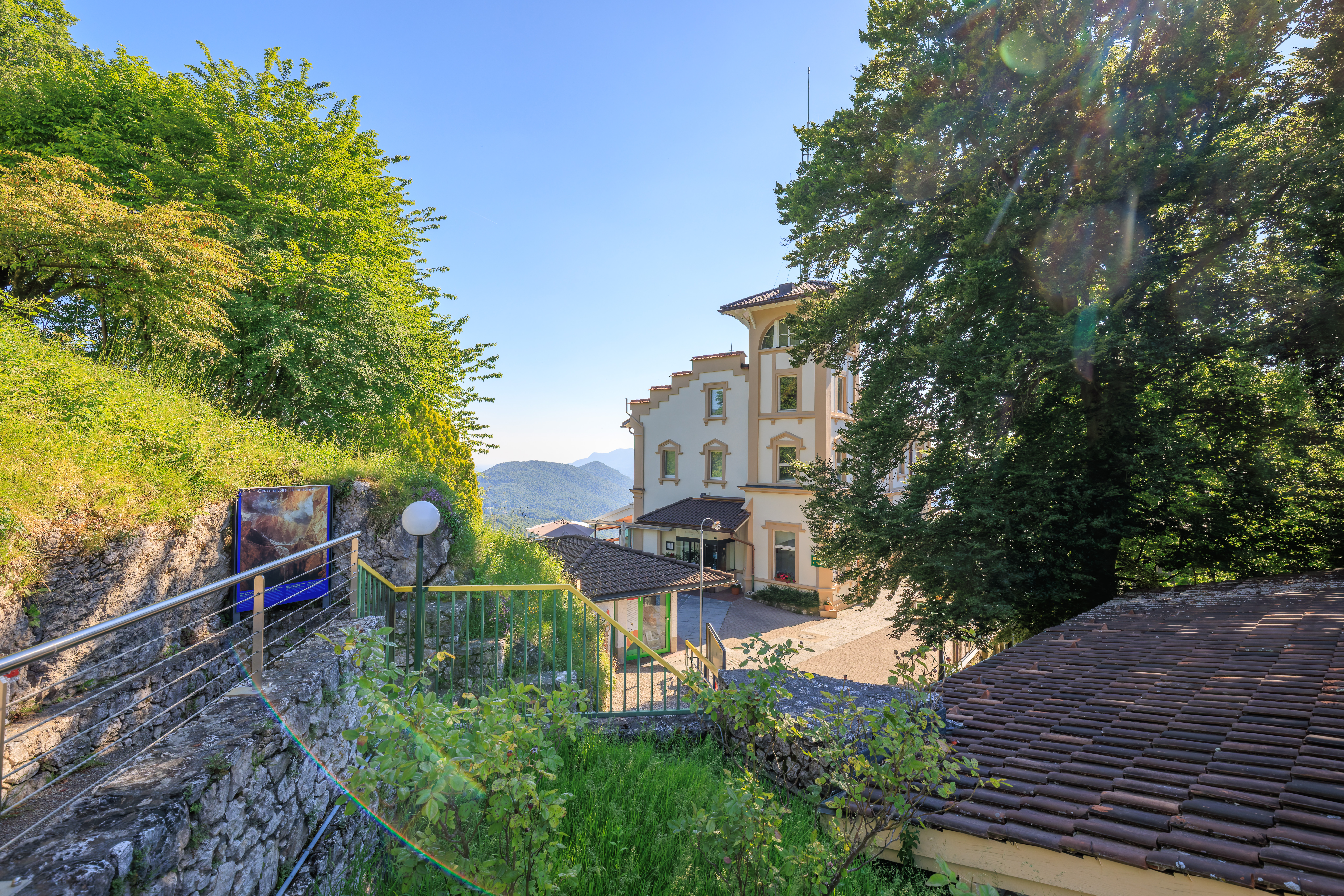
We returned to the funicular station with its adjacent restaurant. We came across a sign which describes the geological history of this mountain.
The sign reads:
The Origin of Mount San Salvatore
Mount Salvatore is a very special, one could almost go as far as saying, legendary mountain. It was born out of an ancient sea, in an environment that was very similar to that of today's Bahamas archipelago. Its history gets lost in a dim and distant past.
At the beginning of the Triassic Age, 245 million years ago, the waters of a primordial sea started advancing and invading the coasts of the old and sole continent that existed at the time: Pangea. This flooded environment had a warm tropical climate and a shallow sea, where sunlight was able to reach the bottom. Climate was thus very favourable to the activity of marine organisms like corals, which contributed to the formation of the coral reefs. When the algae, sponges, sea urchins and molluscs, which lived on these reefs, died, they deposited their shells and skeletons on the sea bottom. This enormous deposit reached hundreds of meters in thickness. This, of course, seems rather paradoxical, if one thinks that the sea was only a few meters deep then. However, this was made possible on account of the sediment's extraordinary weight, which by continuing to increase, caused the lowering of the earth's crust, keeping the sea bottom always at the same level of depth. This allowed light to reach the sea bottom, illuminate it and allow the living organisms to survive.
The huge pressure exerted by the weight of the layers of sediments, one on top of the other, gave rise to San Salvatore's dolomitic rock.
Later on, the African continental plaque moved north and about 40 million years ago, the edges of the two plaques crashed violently into each other, causing the upheaval and overlapping of the rocks on the sea bottom, thus giving rise to the Alpine chain. During this event, Mount San Salvatore emerged from the sea. Evidence of its sea origin may be seen by visiting the museum.
Texts edited by Angelo Valsecchi
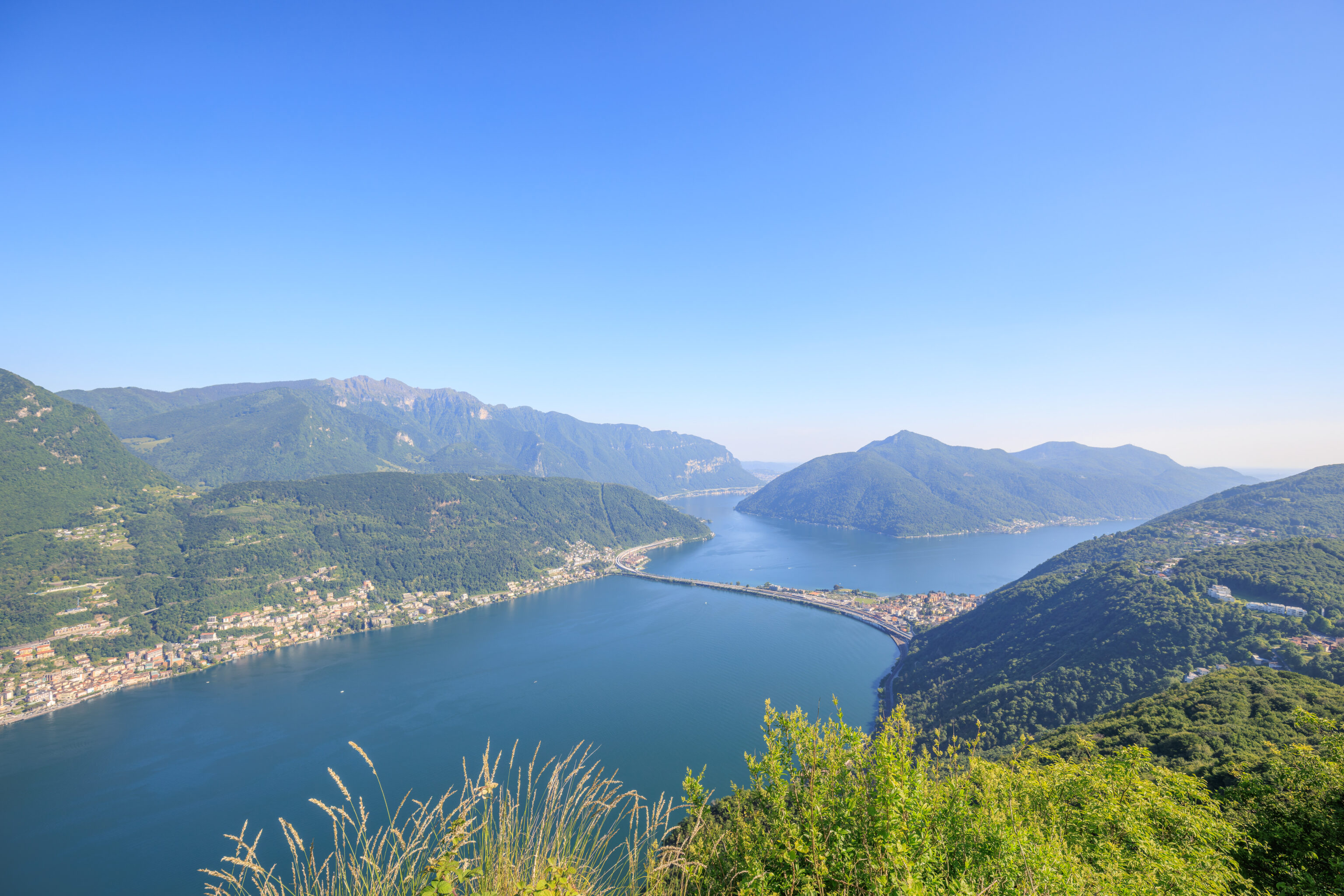
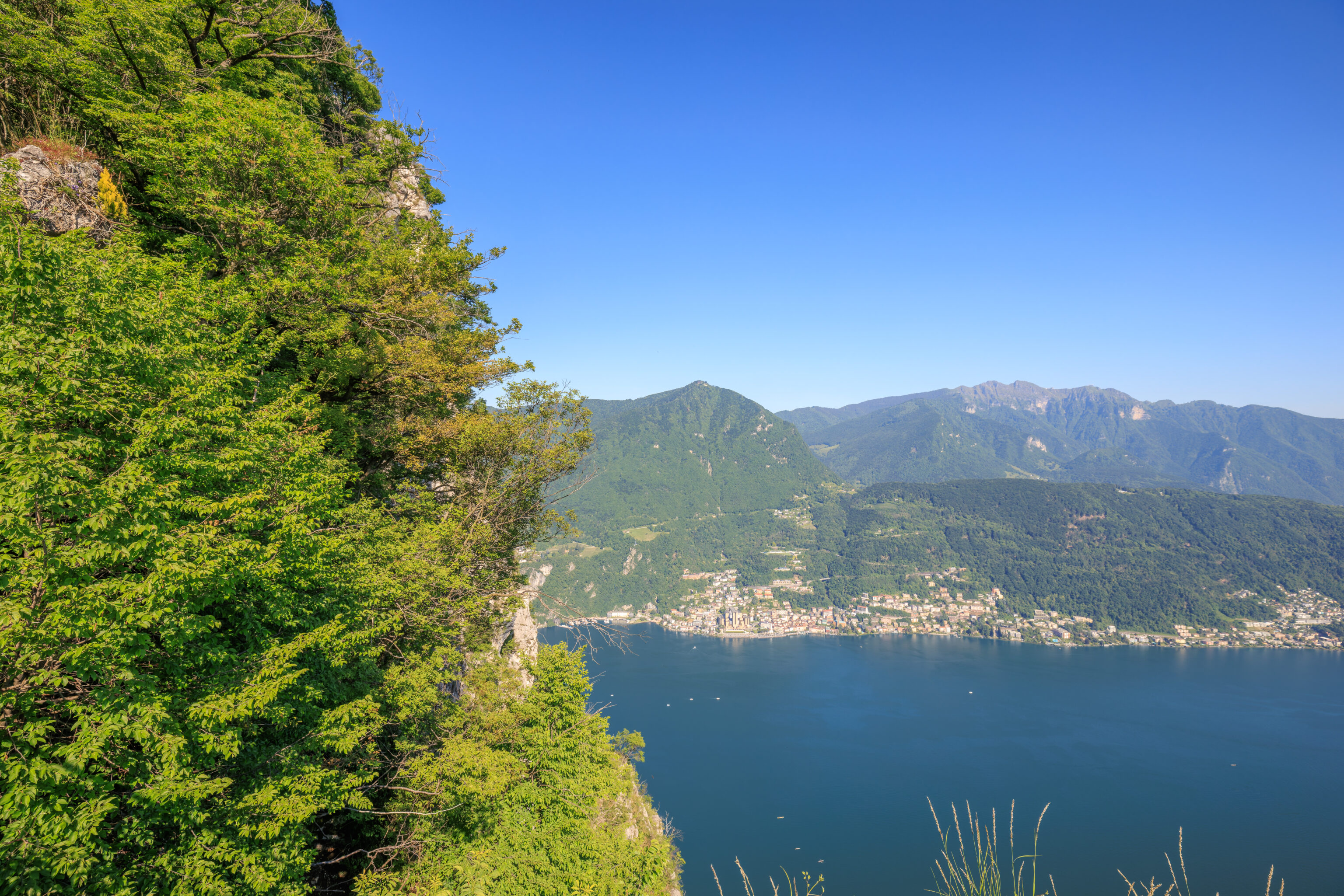
There is an outdoor patio area on the west side of the restaurant building. We walked over to take a look at the views.
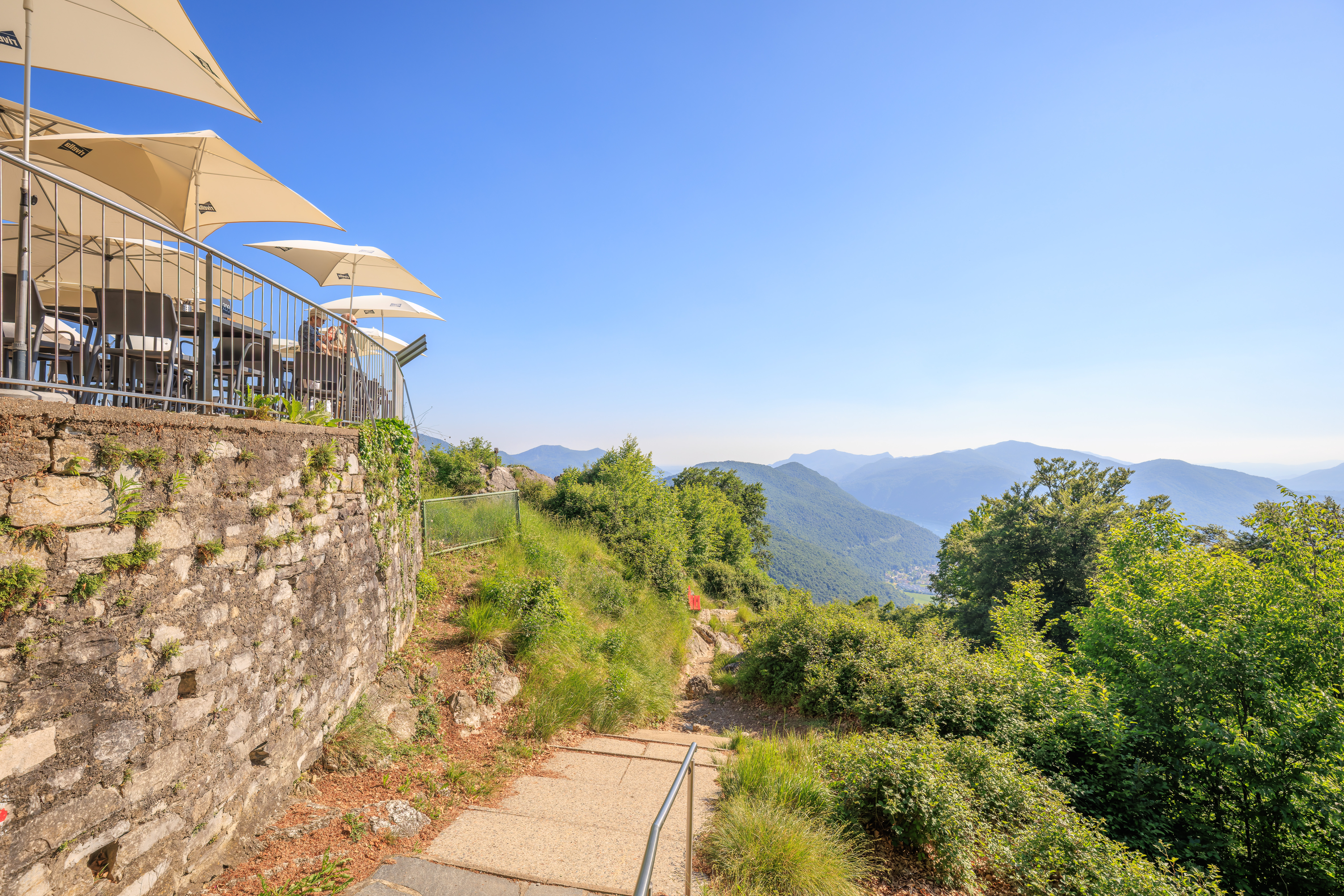
The stairs here lead down to a rocky path and a bench. We’re not sure what is beyond the bench. The map does show that there should be a trail around here though which seems to lead down the mountain.
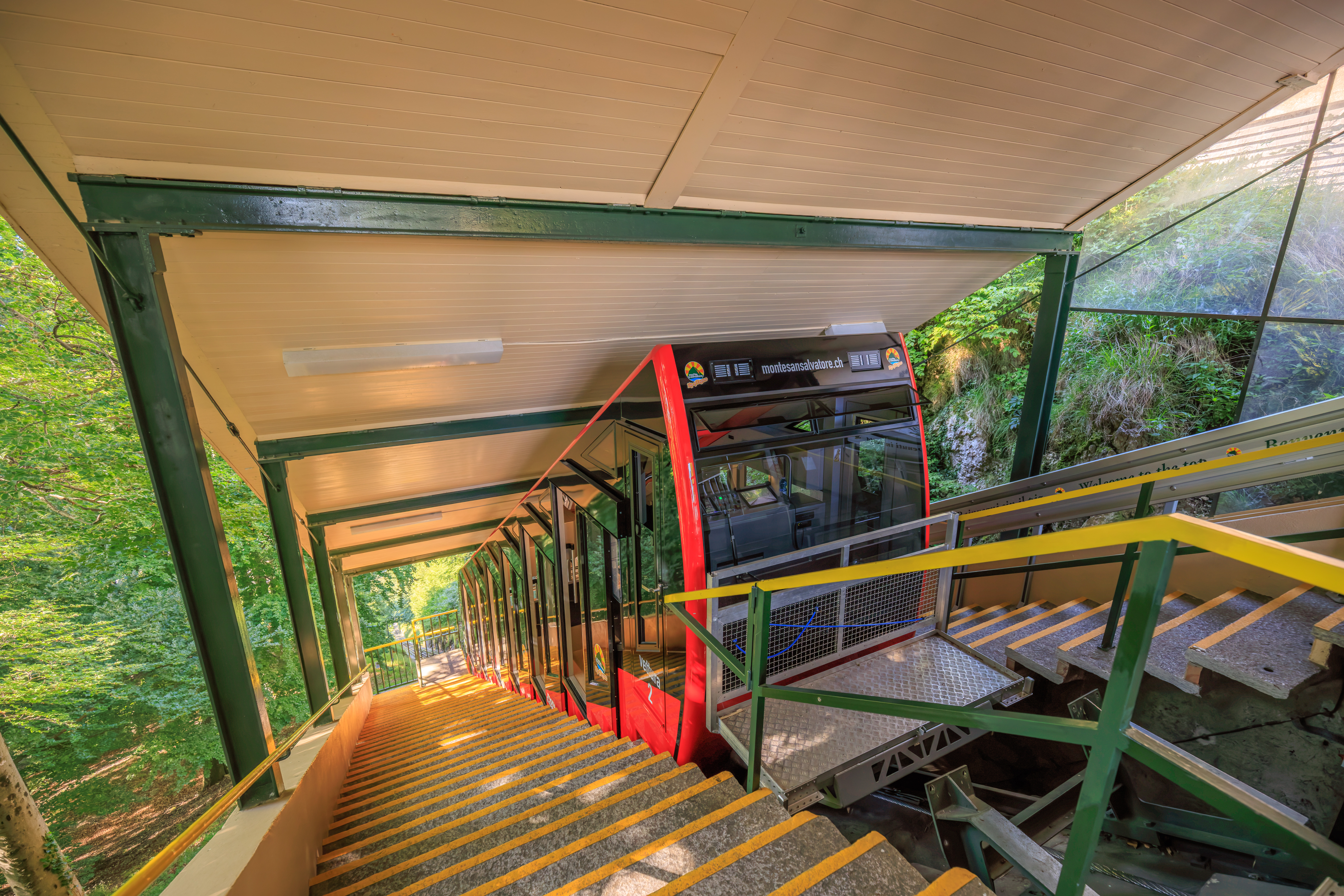
We headed back down via the funicular.
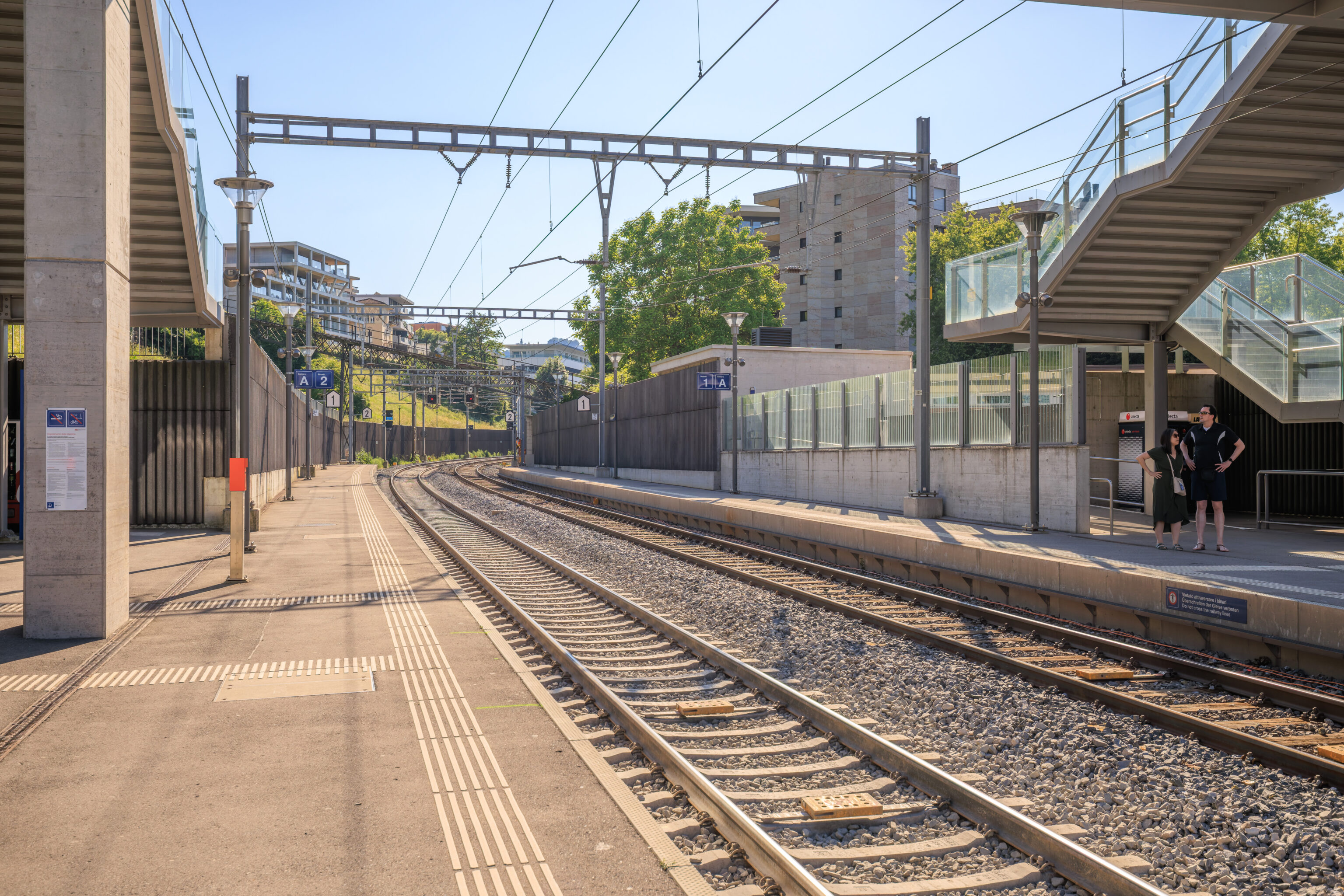
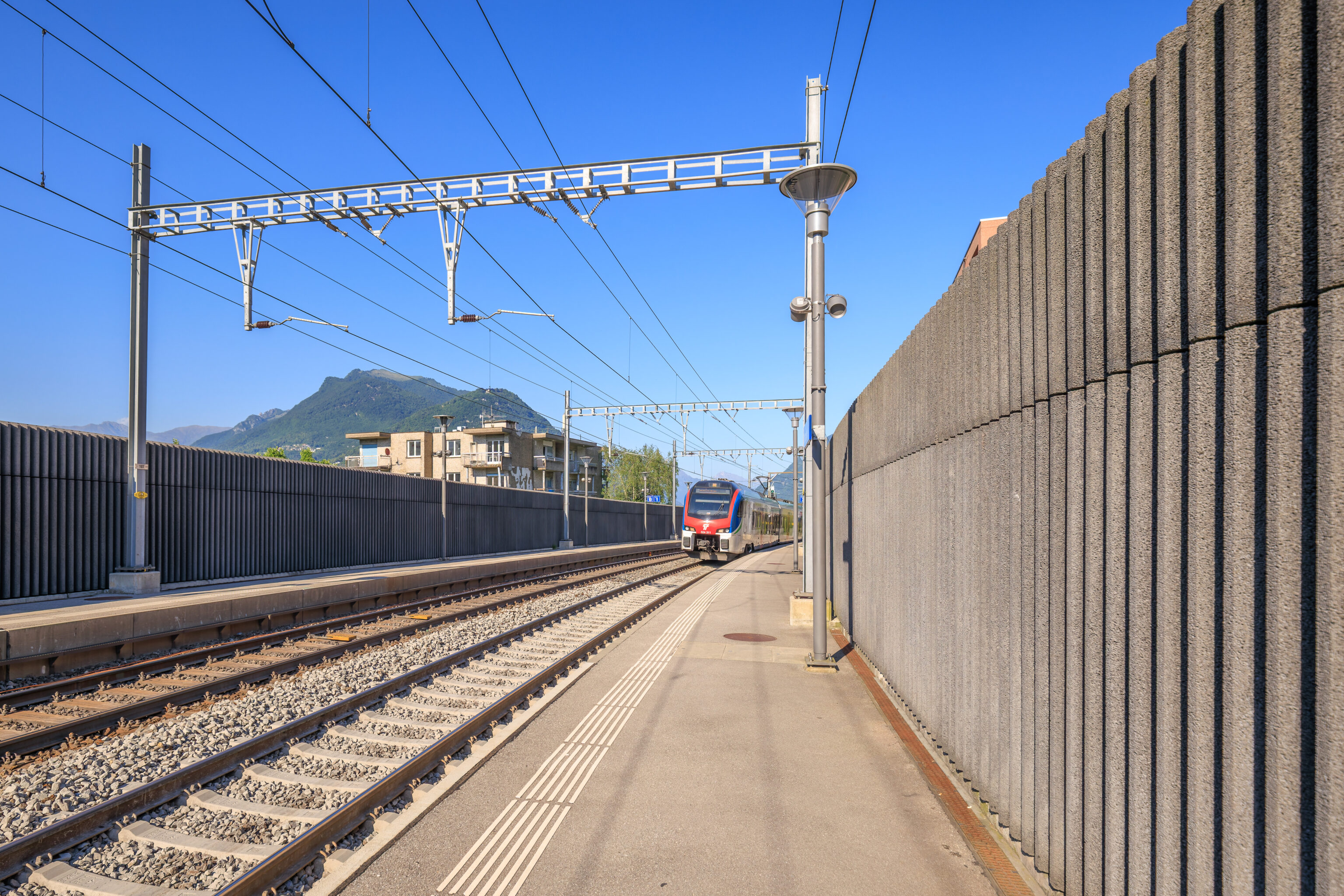
After arriving at the lower terminal, we rushed over to the nearby Paradiso train station to catch the next train back to Locarno.
Locarno
After arriving at Locarno, we decided to have dinner in the city. We took a bus over to the Piazza Castello bus stop.
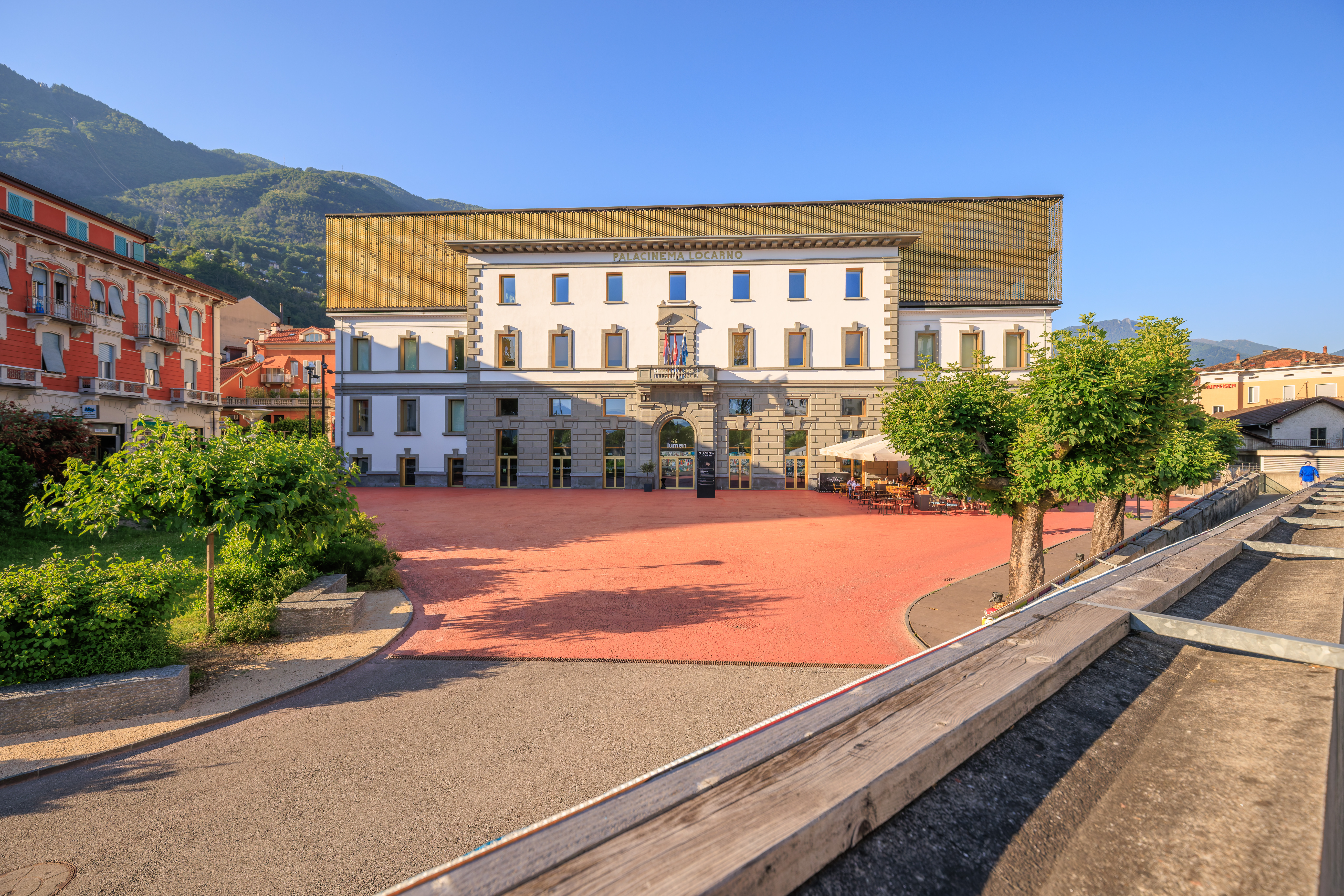
The bus stop was on an elevated road. The fancy modern looking building seen here is a movie theater.
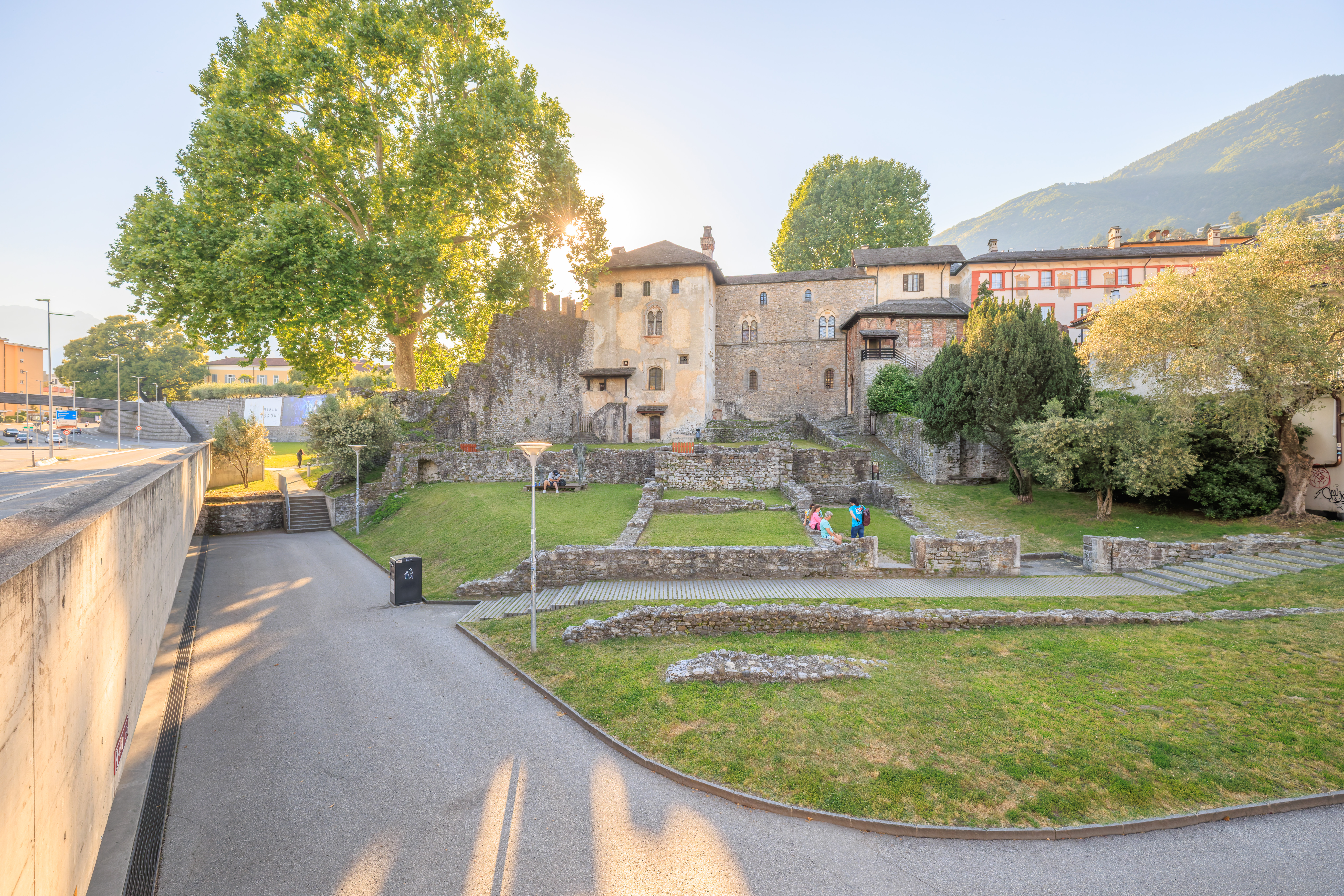
Looking to the left of the theater, we spotted some ruins. These are part of the Castello Visconteo, which is currently in use as a museum.
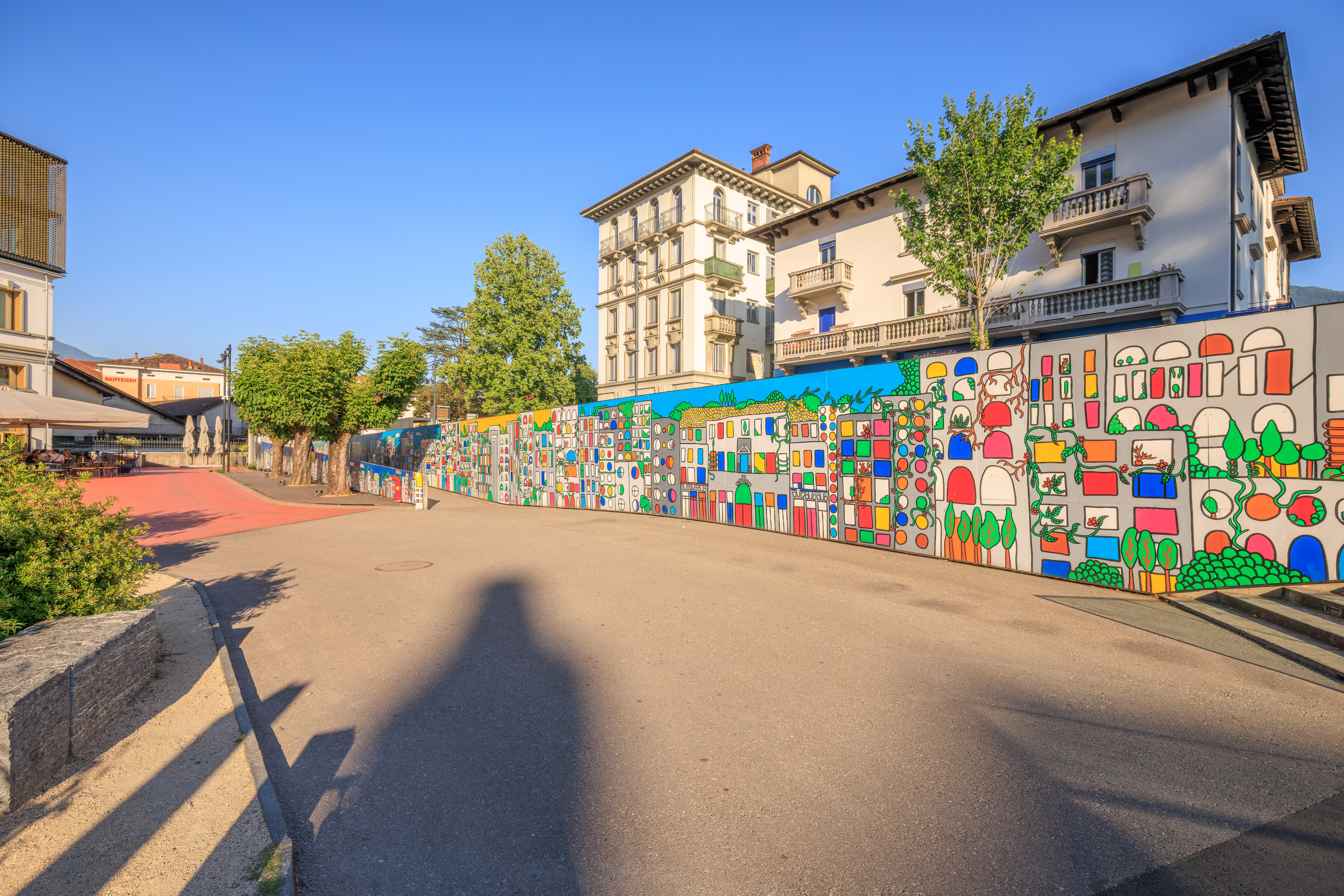
We walked down from the elevated road. The retaining wall for the road was covered in colorful art.
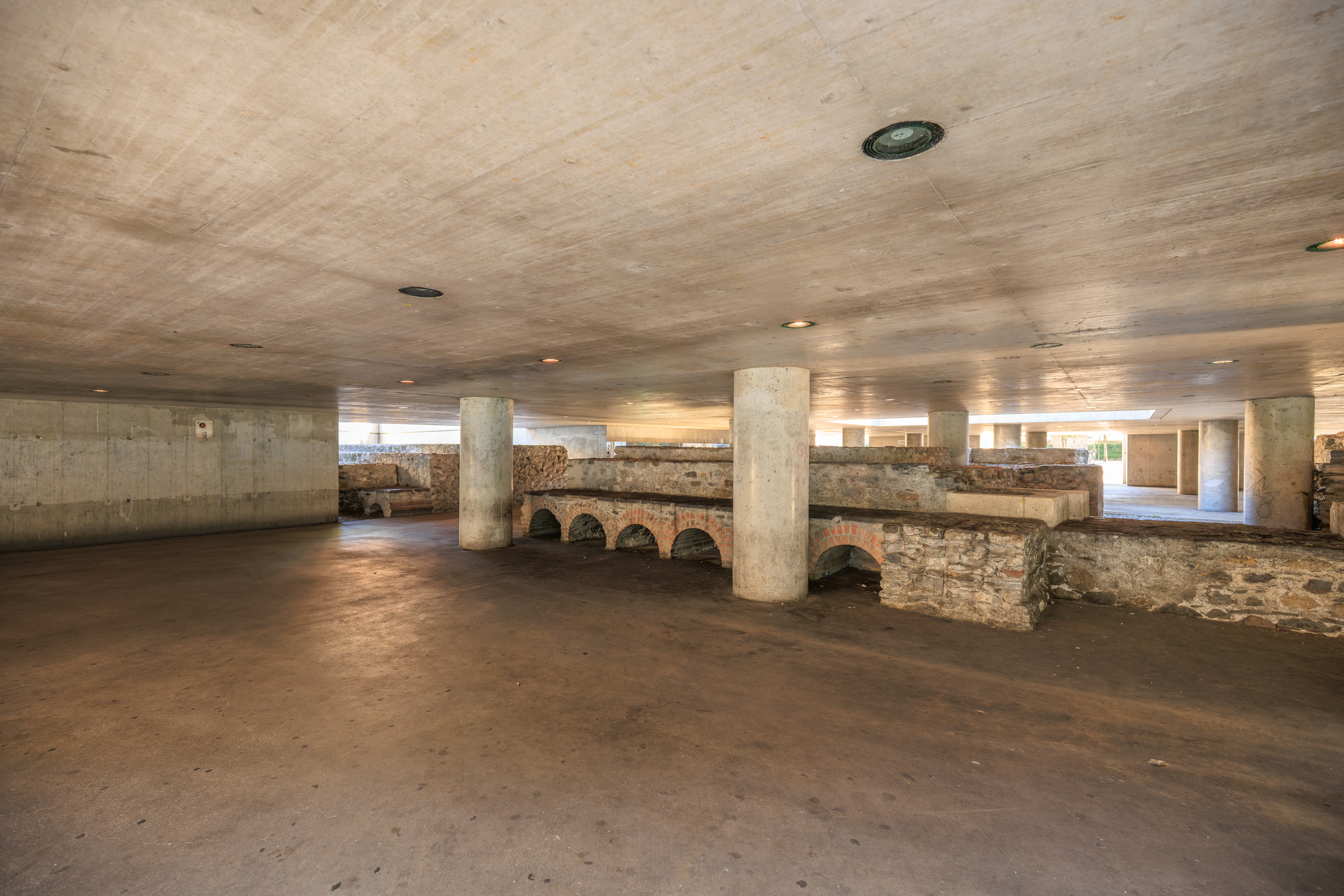
There is a wide pedestrian underpass below the road with ruins. Is this why the road is elevated? So as not to ruin the ruins?
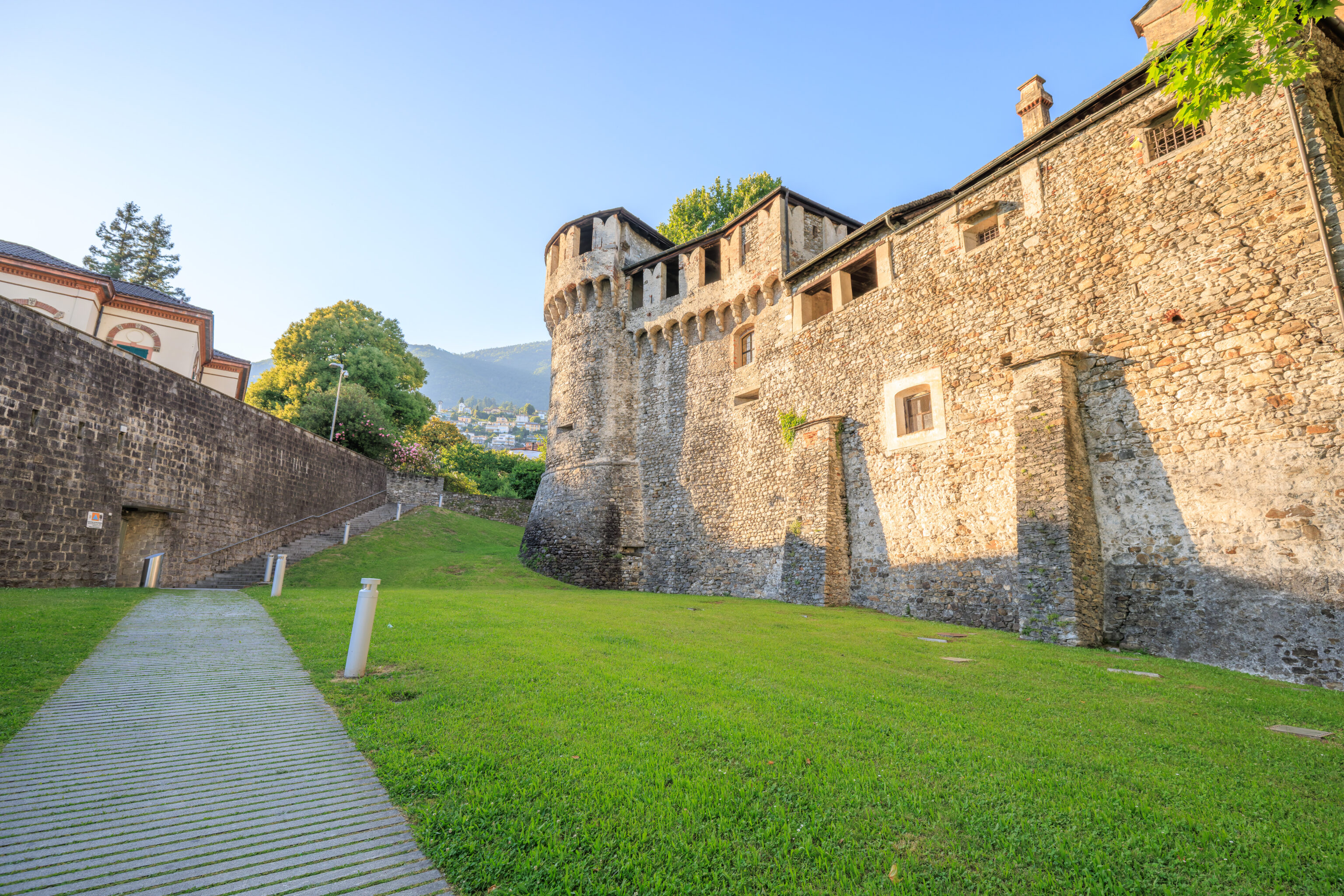
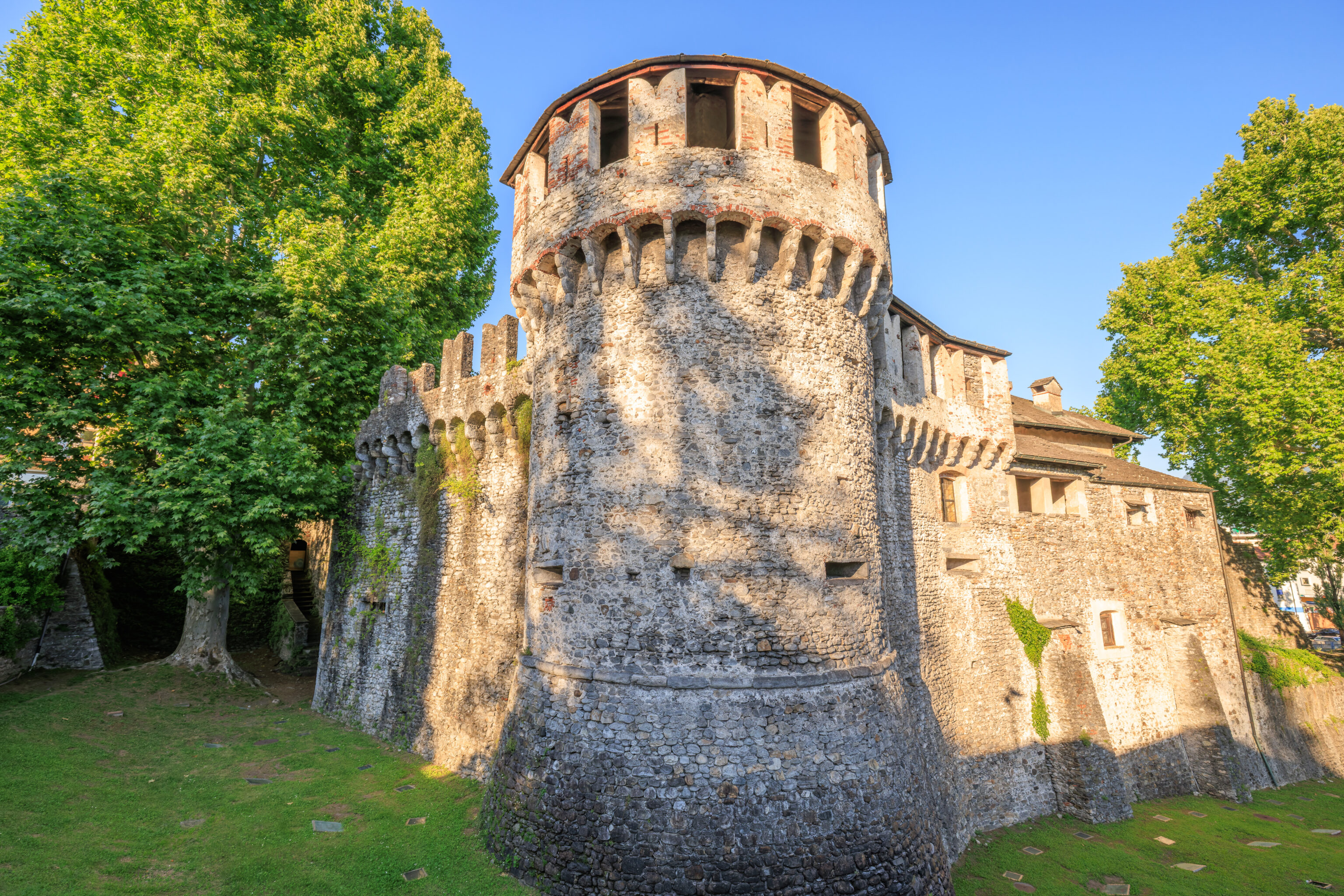
We walked uphill past the castle.
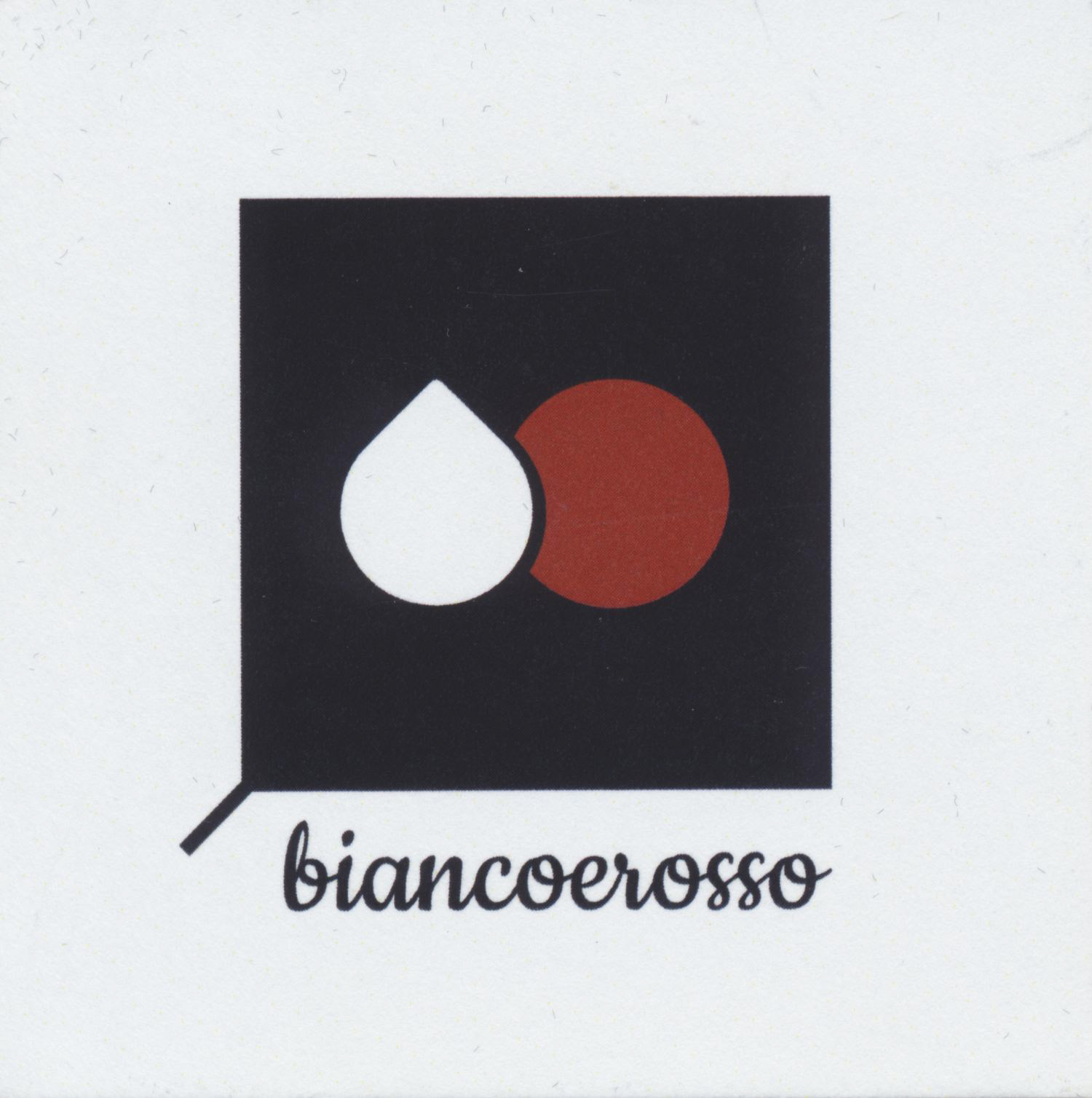
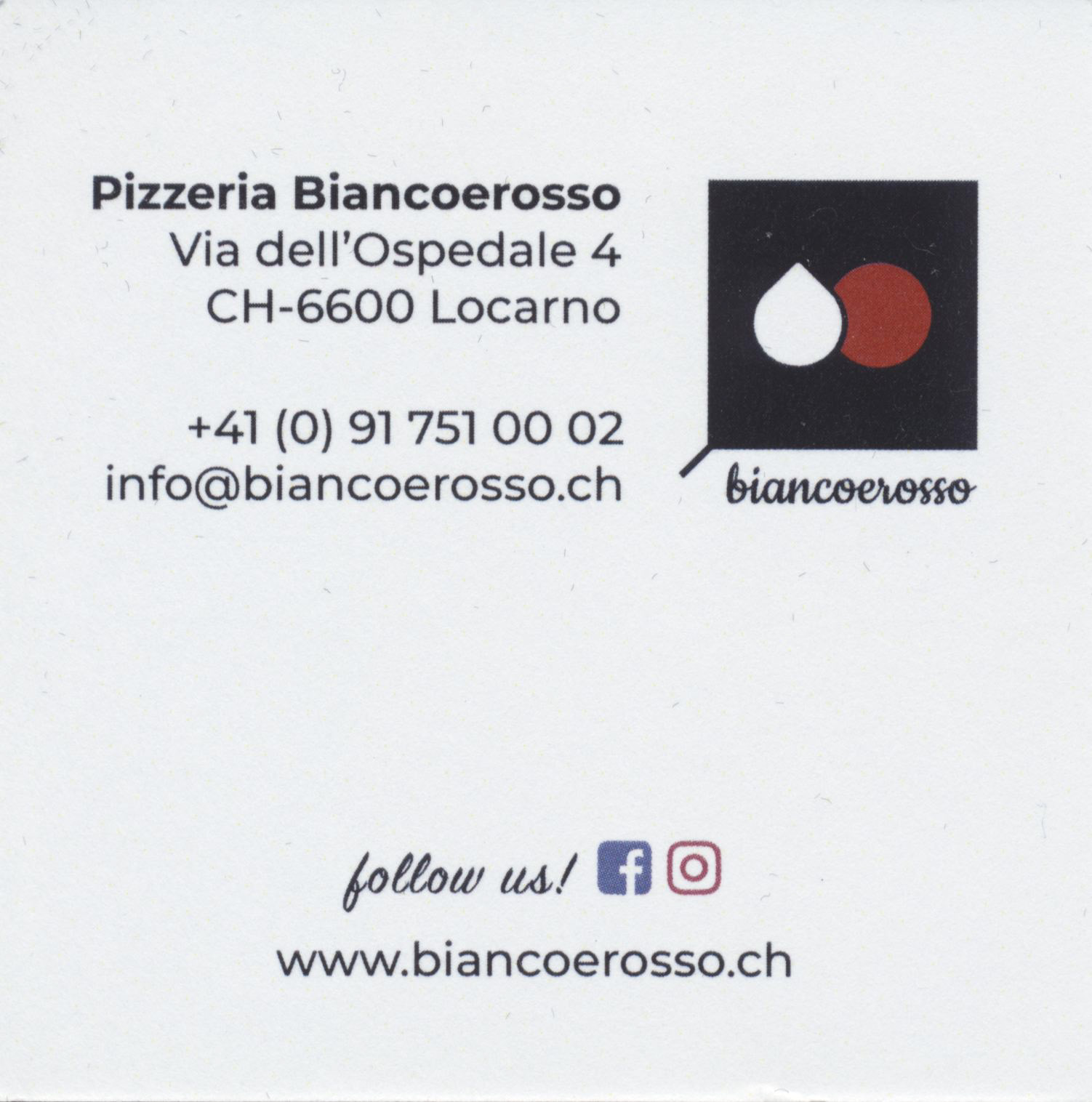
We walked a longish block over to Biancoerosso, a pizzeria where we were able to get a table outside.
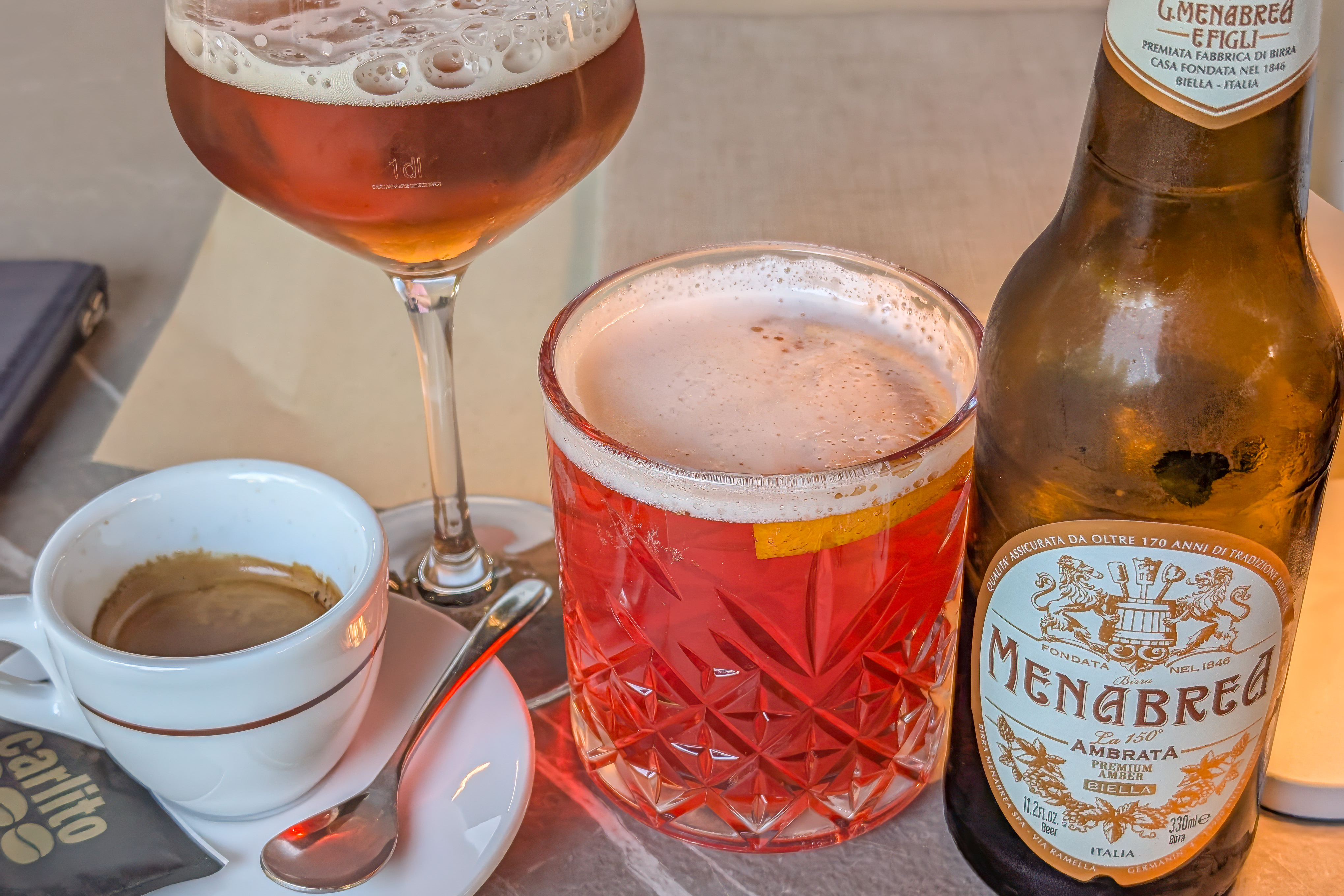
We started with some drinks.
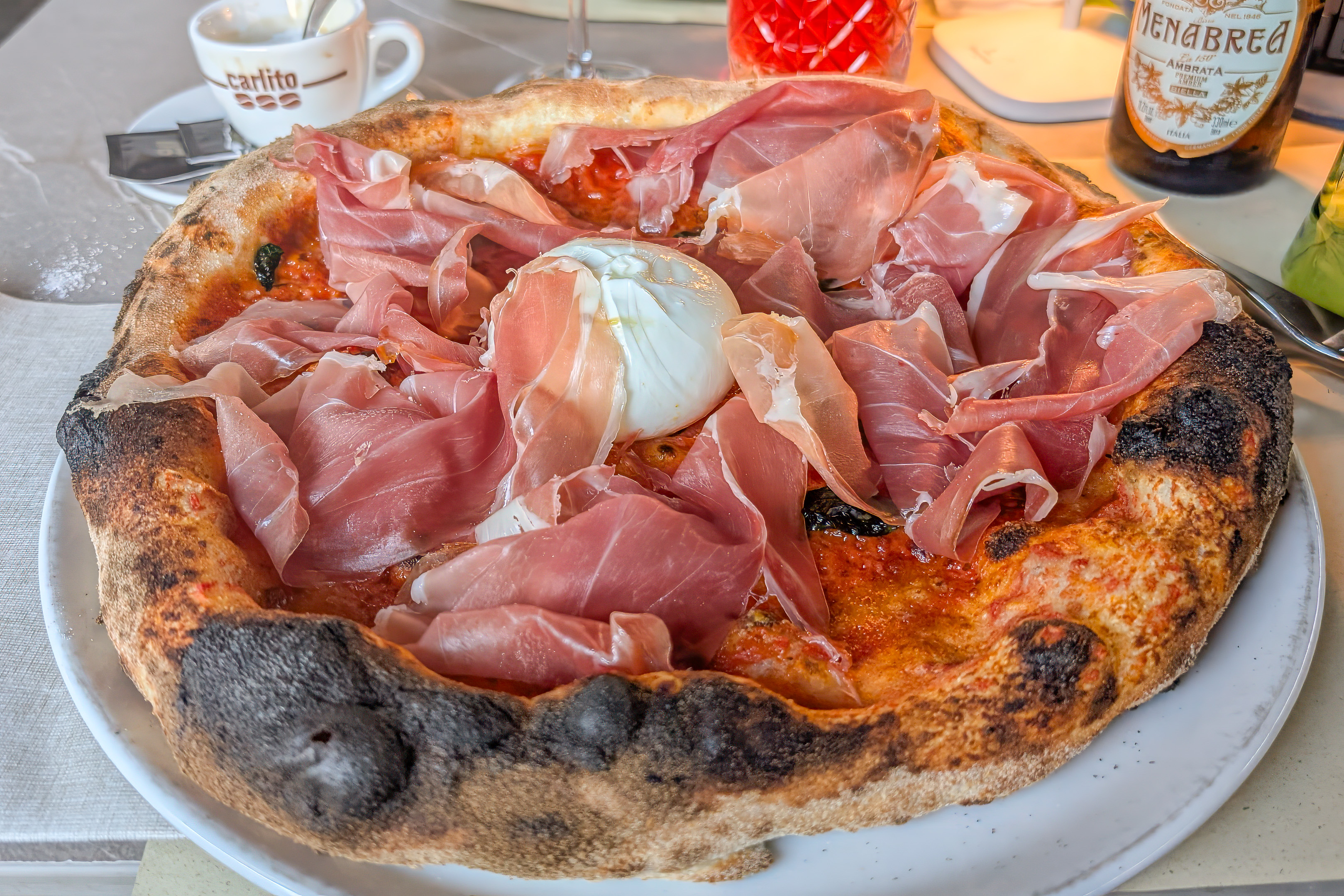
Salsa di pomodoro Strainese, olio extravergine di oliva,
grana padano, basilico
DOPO COTTURA: prosciutto crudo Tanara, burrata
White and Red
Strianese tomato sauce, extra virgin olive oil,
Grana Padano cheese, basil
AFTER COOKING: Tanara prosciutto, burrata
The Biancoerosso pizza was pretty simple and good.
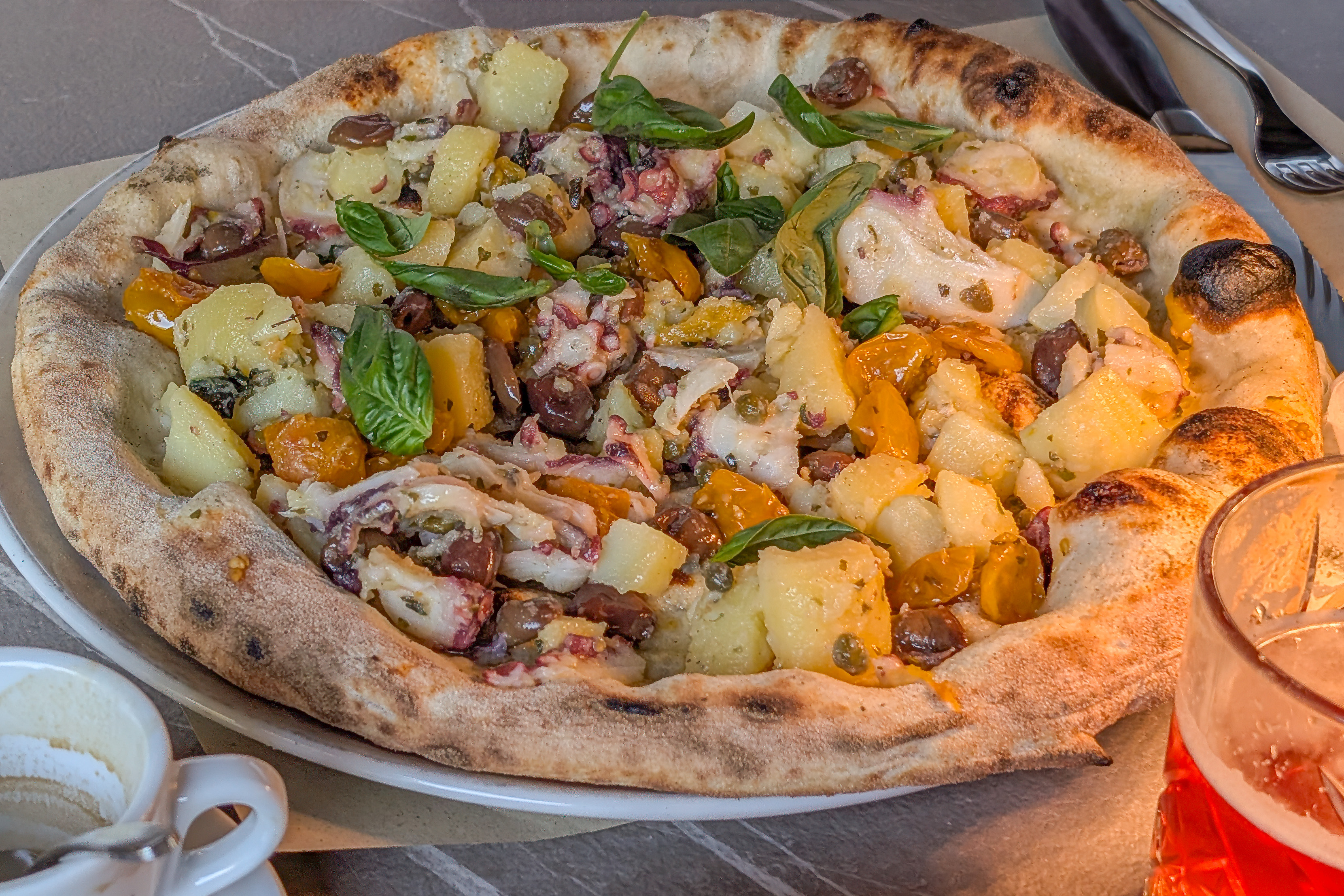
Patate in varie consistenze, pepe, grana padano DOP,
olio extravergine di oliva
DOPO COTTURA: Polpo croccante arricchito con olive
taggiasche, capperi siciliani “Occhio di Pernice”,
datterini semi dry gialli, basilico e origano
Octopus
Potatoes in various consistencies, pepper, Grana Padano DOP,
extra virgin olive oil
AFTER COOKING: Crispy octopus enriched with
Taggiasca olives, Sicilian “Occhio di Pernice” capers,
semi-dried yellow datterini tomatoes, basil, and oregano
The Polpo was a bit odd with the potatoes on top. We also aren’t really fans of actual olive pieces, though in this case it tasted a bit better than the usual taste of olives in the US.
Both pizzas ended up being much larger than we expected and had fantastic crust. Although we found the polpo not really to our liking, it was overall still a very good dinner.
Once thing we noticed in Rome when we visited earlier this year was that the description of pizzas is very specific. Here, in the Italian region of Ticino, we found the same thing. The menu here even listed which items are placed on the pizza after it is cooked!
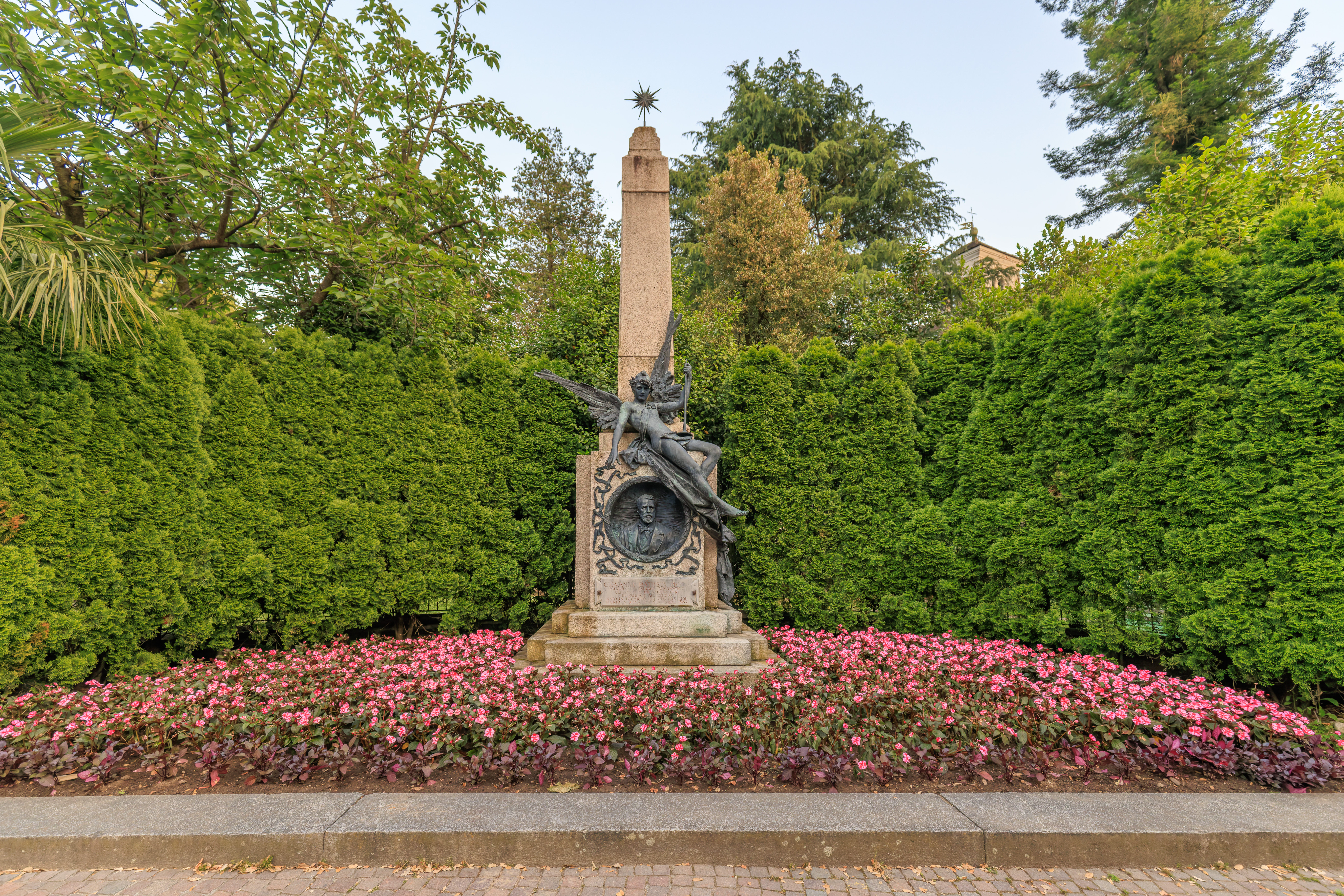
This monument to Giovanni Battista Pioda was across from the restaurant. He was a politician from Locarno.
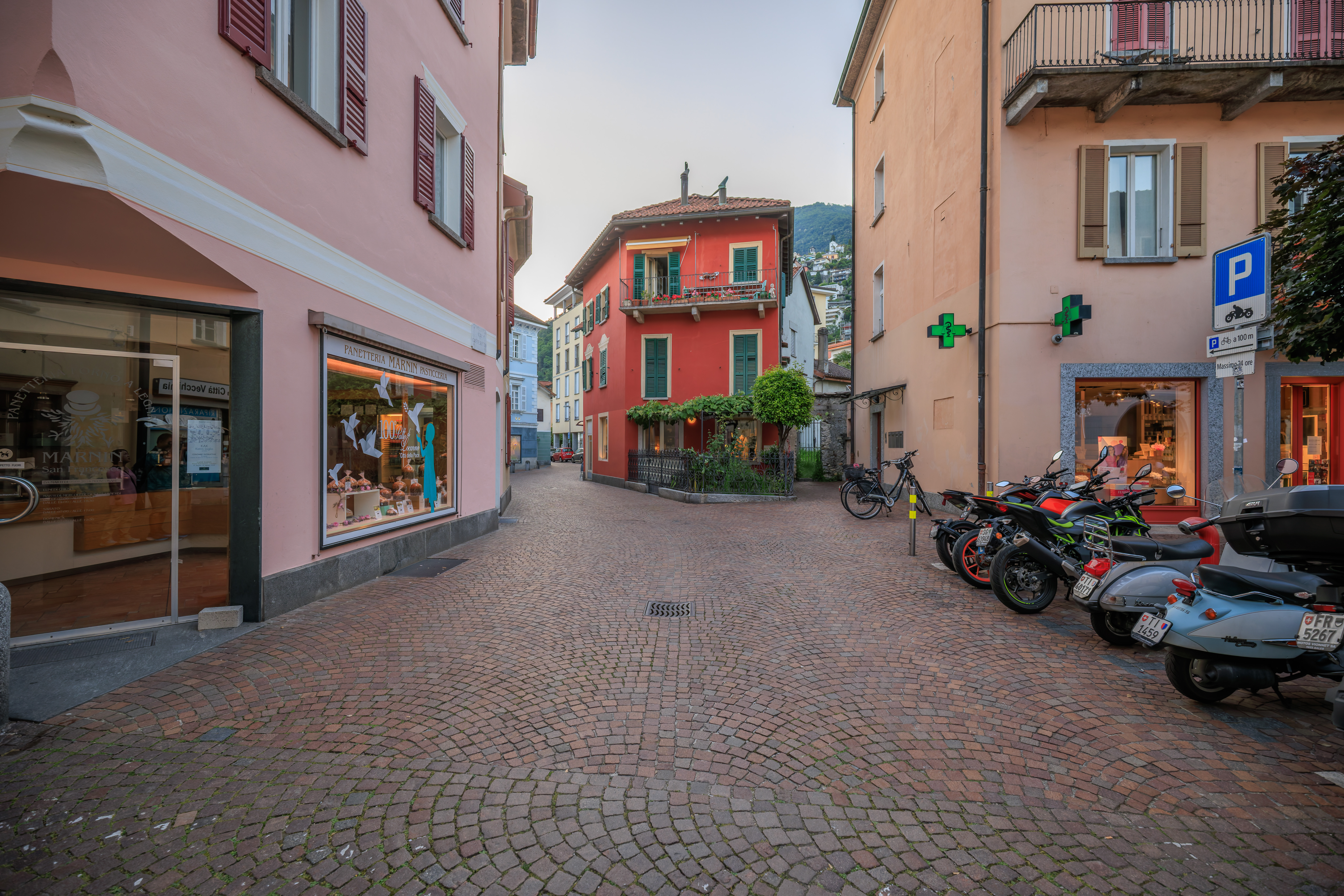
We decided to walk around this part of the city a bit and headed to the northeast.
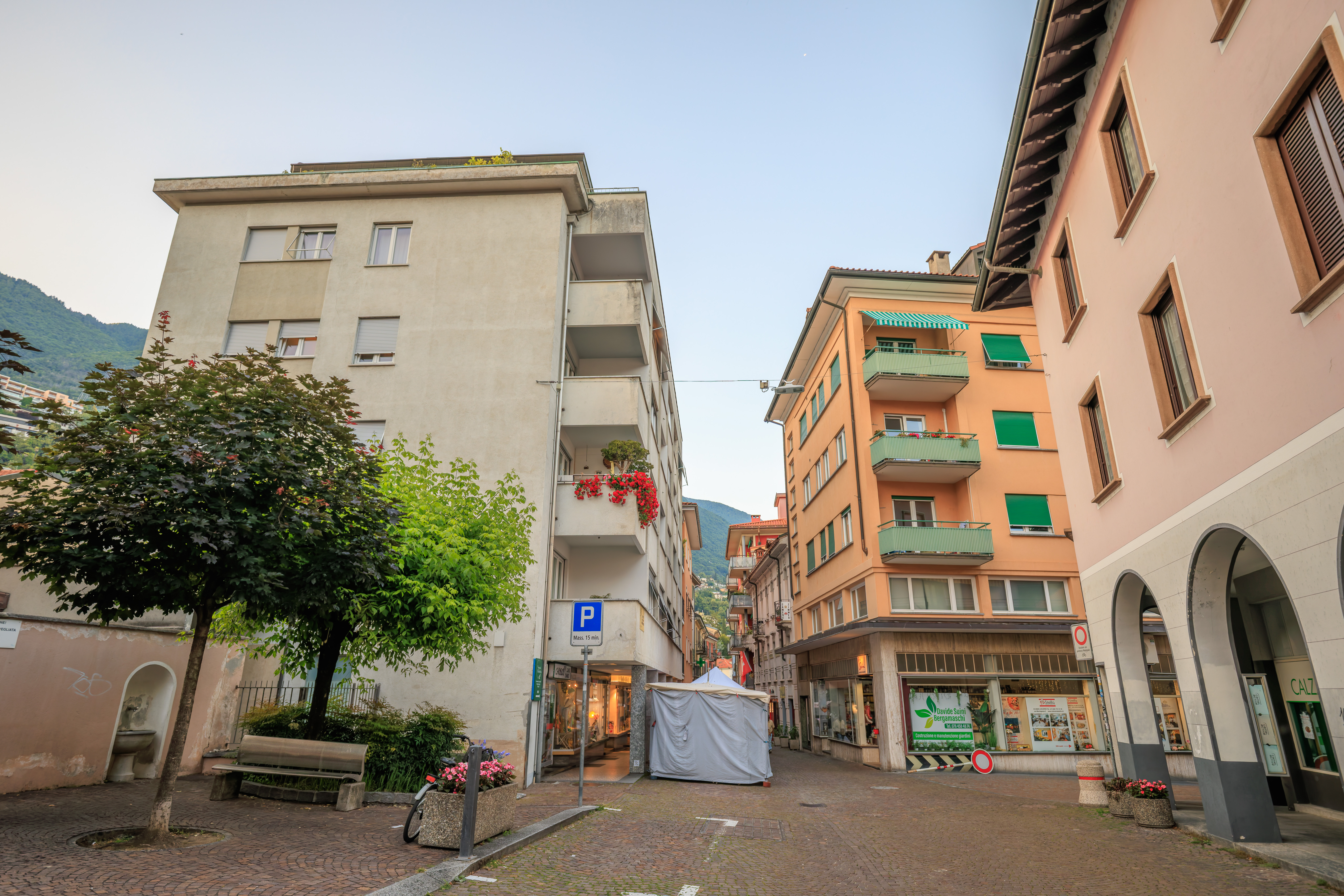
We came across some market stalls which were closed for the day.
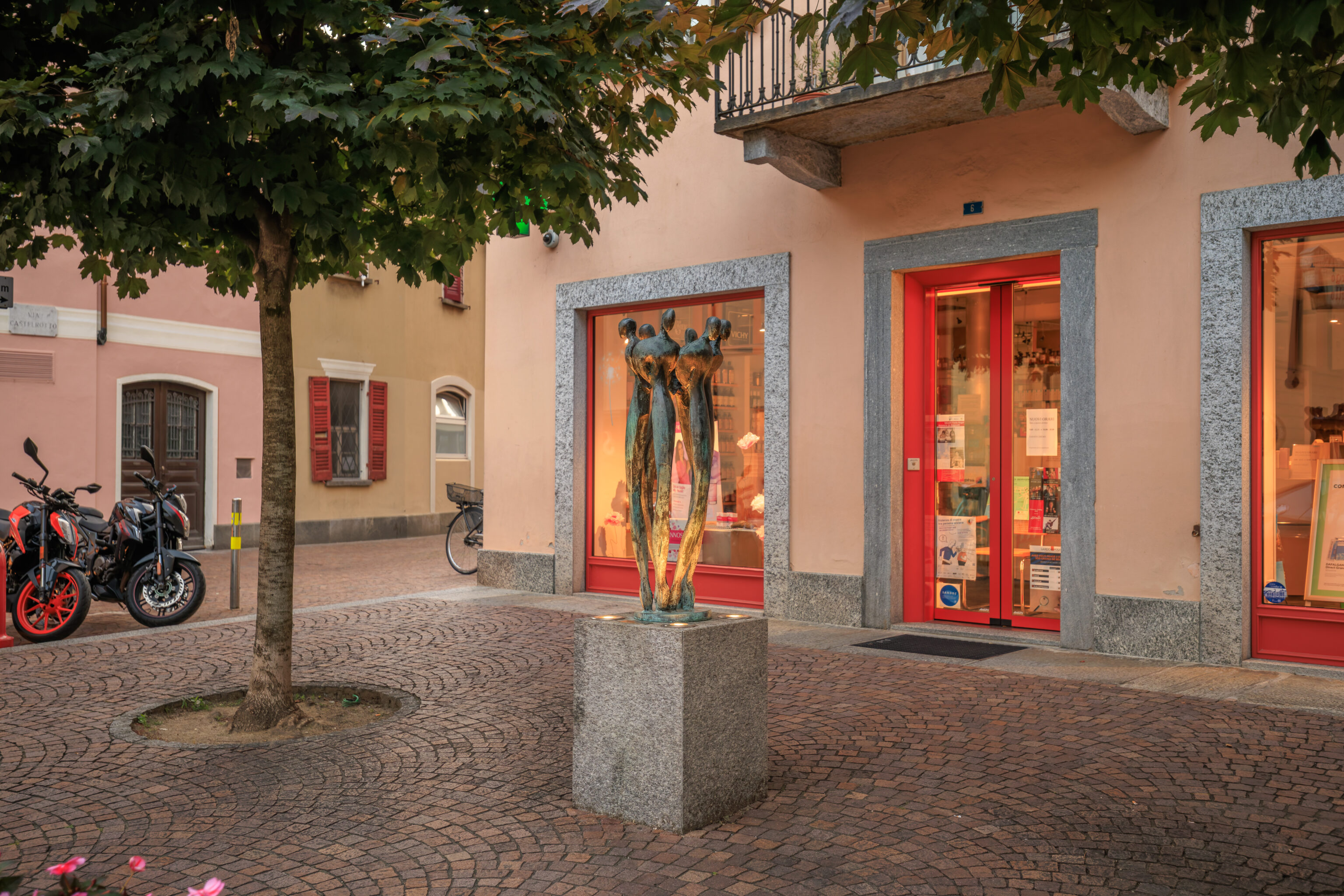
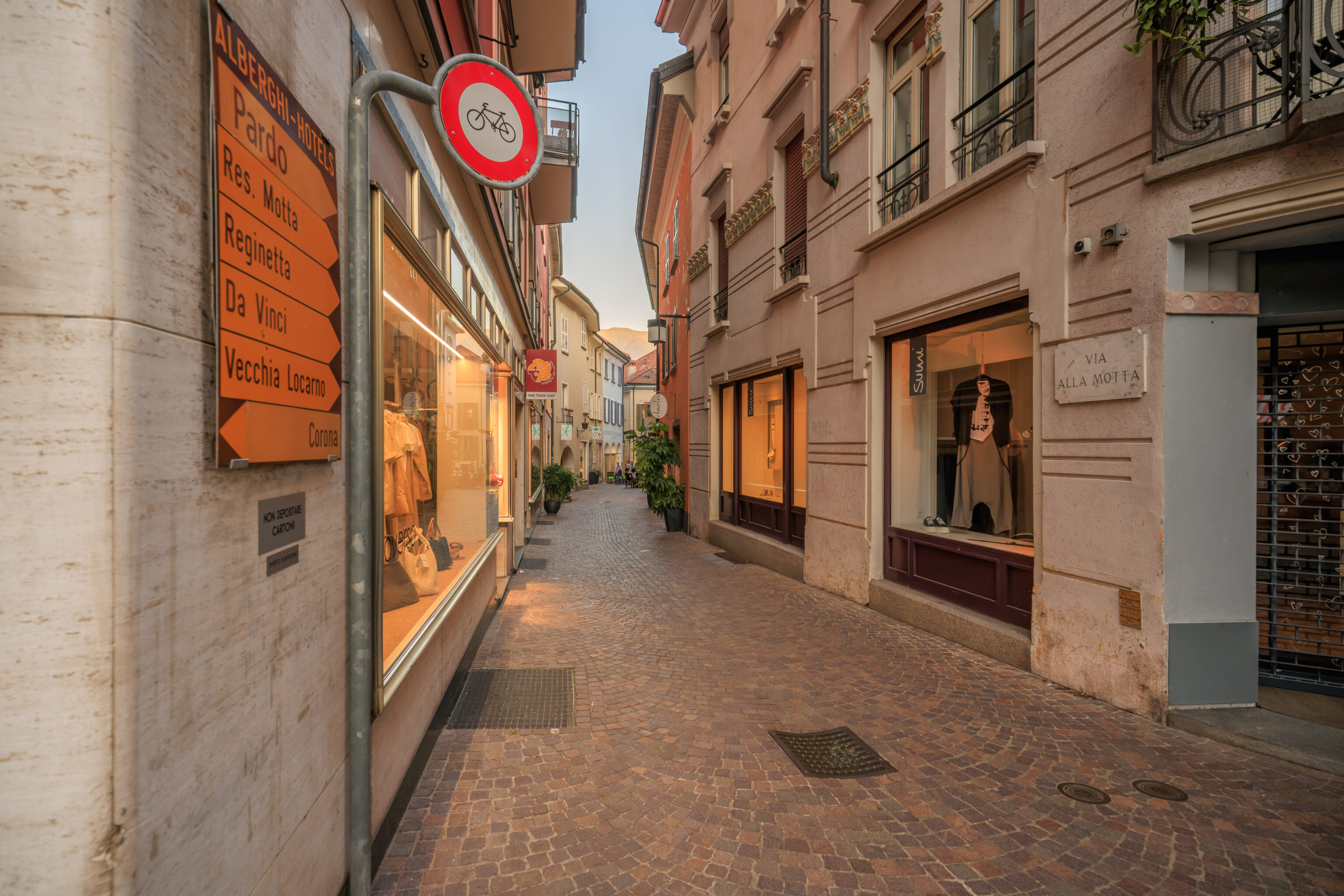
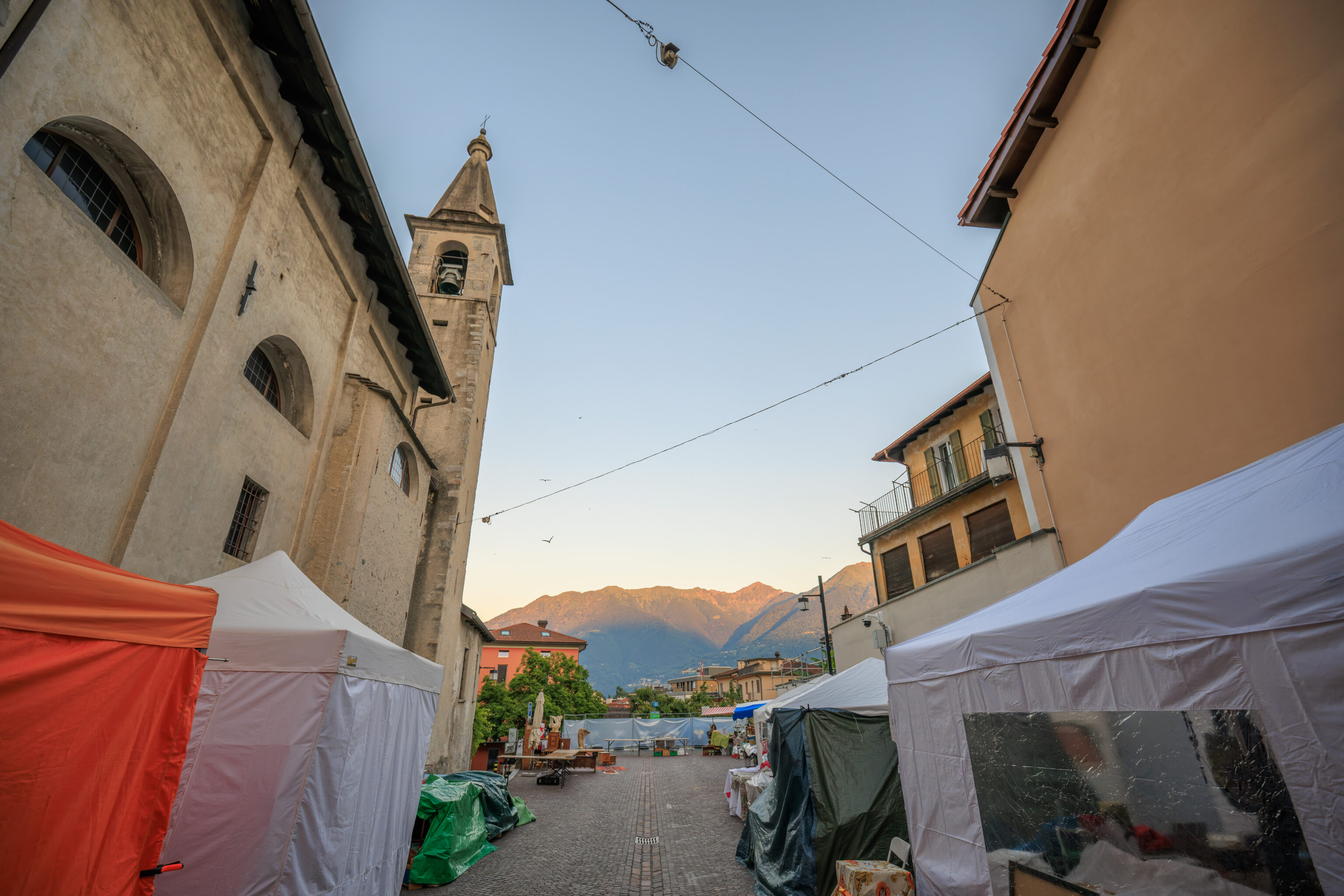
We continued on…
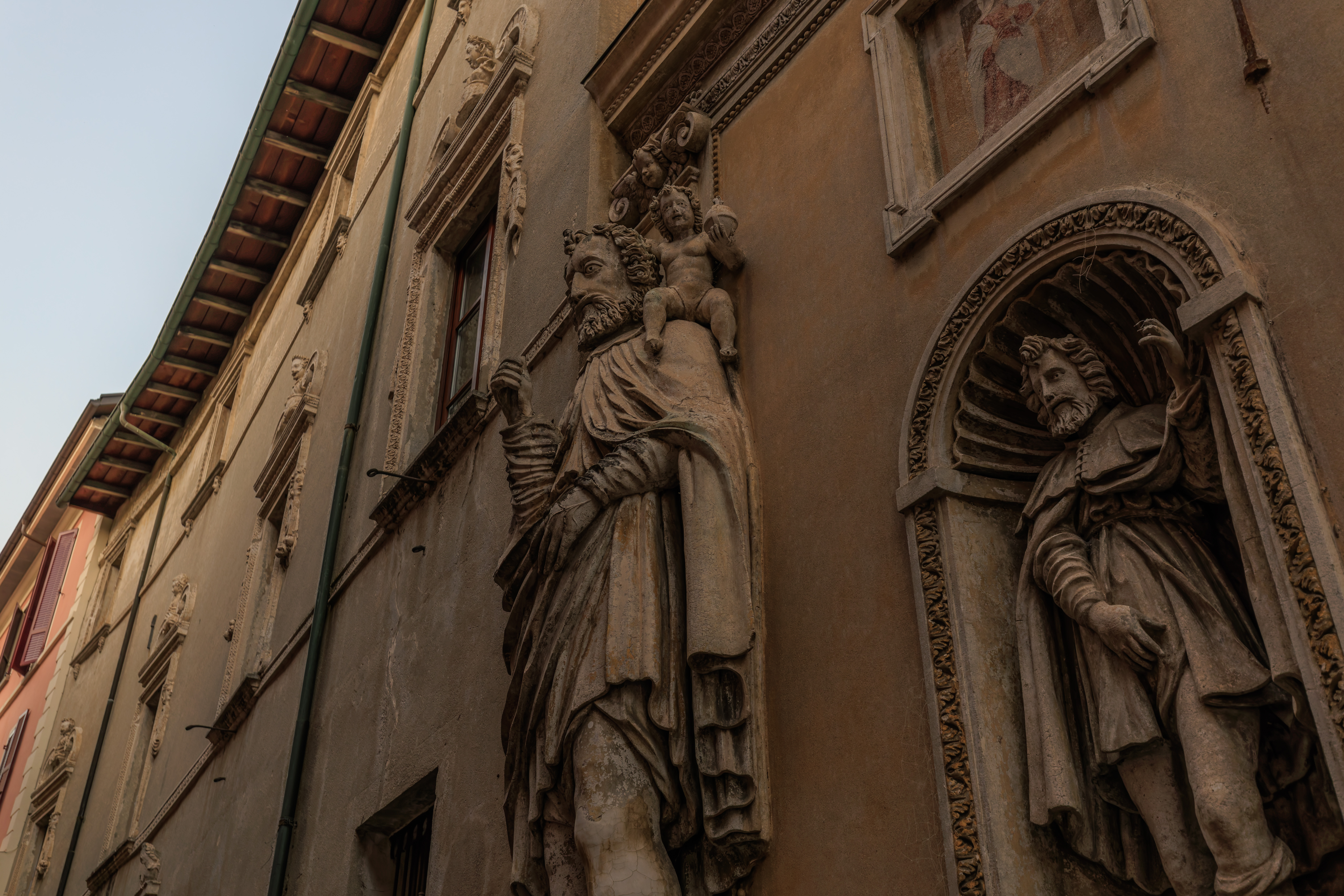
These sculptures are on the front of the Chiesa Nuova (New Church), or more formally, the Santa Maria Assunta (Assumption of Mary).
A sign provides a brief description of this church in English:
Founded by the aristocrat Cristoforo Orelli and consecrated in 1636, Chiesa Nuova is a church with rich stucco decoration and two cycles of frescoes portraying scenes from the life of the Holy Virgin. The two side chapels were added at a later date: that on the left contains the relics of St. Germain; opposite is a statue of the Blessed Mary Assunta dated roughly 1672. The façade is enriched with stucco decorations and statues, including a huge statue of St. Christopher. Below this are statues of St. Rocco and St. Sebastian in a couple of niches, while the statues of St. Victor and St. Michael sit on the top level.
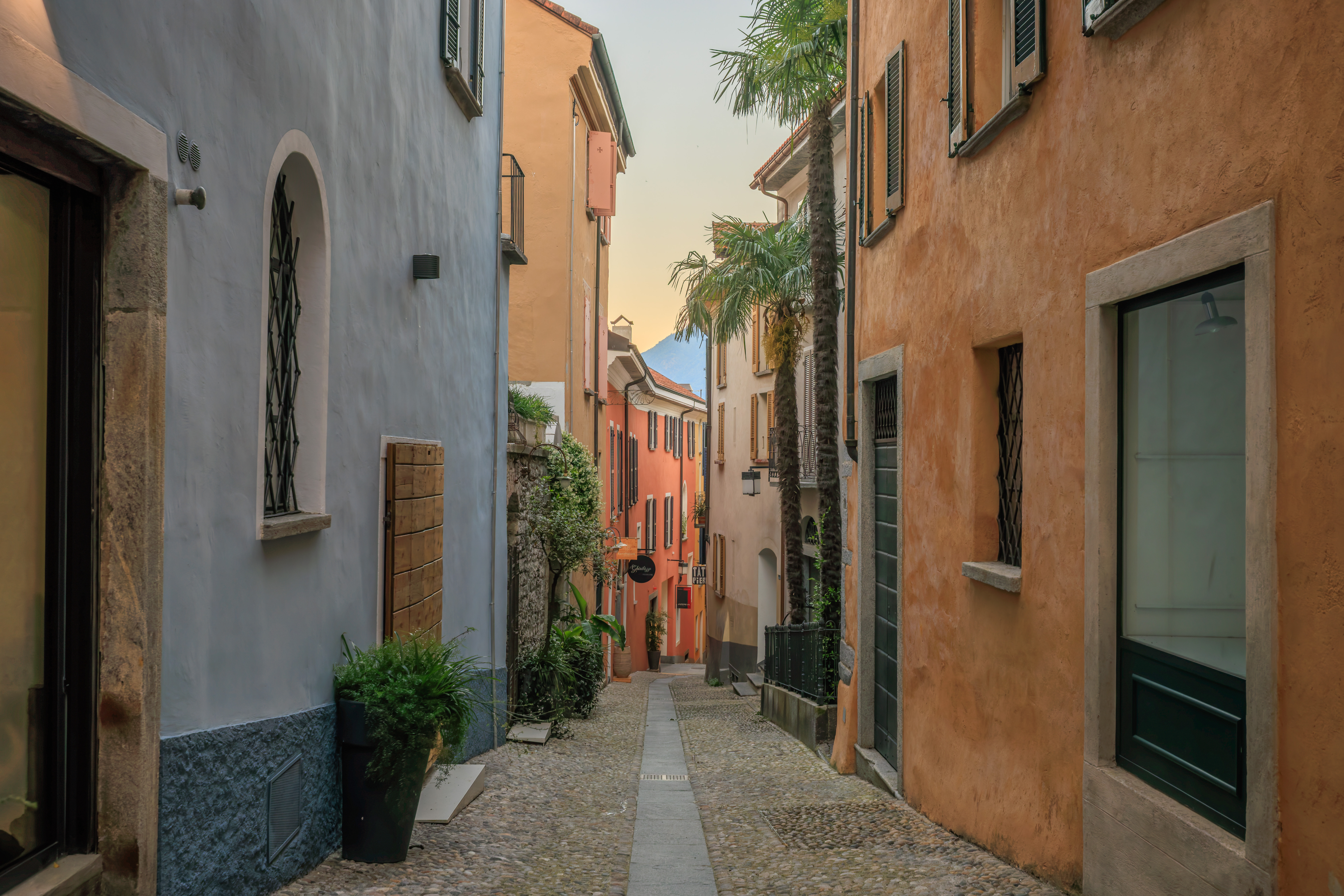
We continued on, passing by this narrow side path.
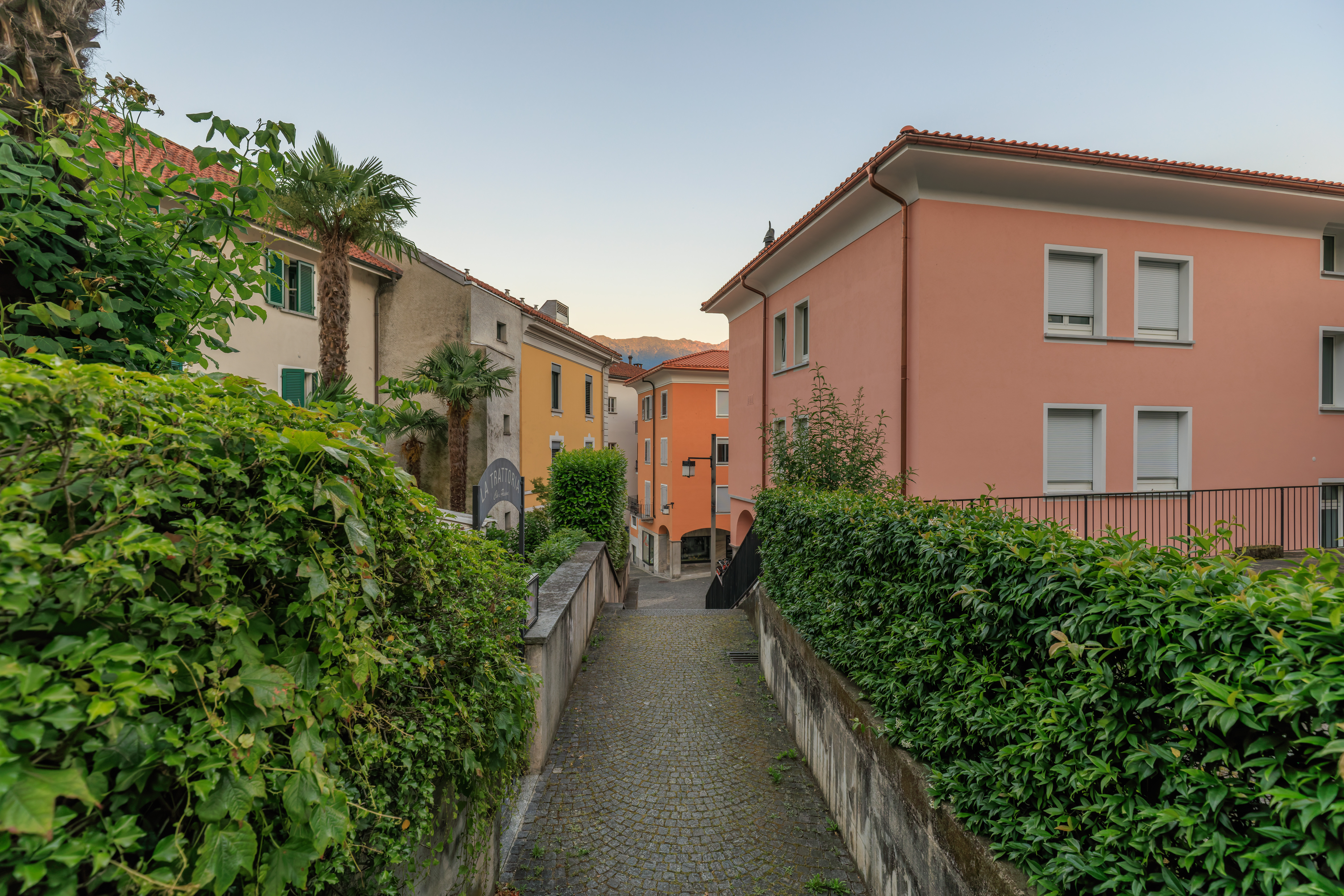
We turned right at the next block, now headed to the southeast.
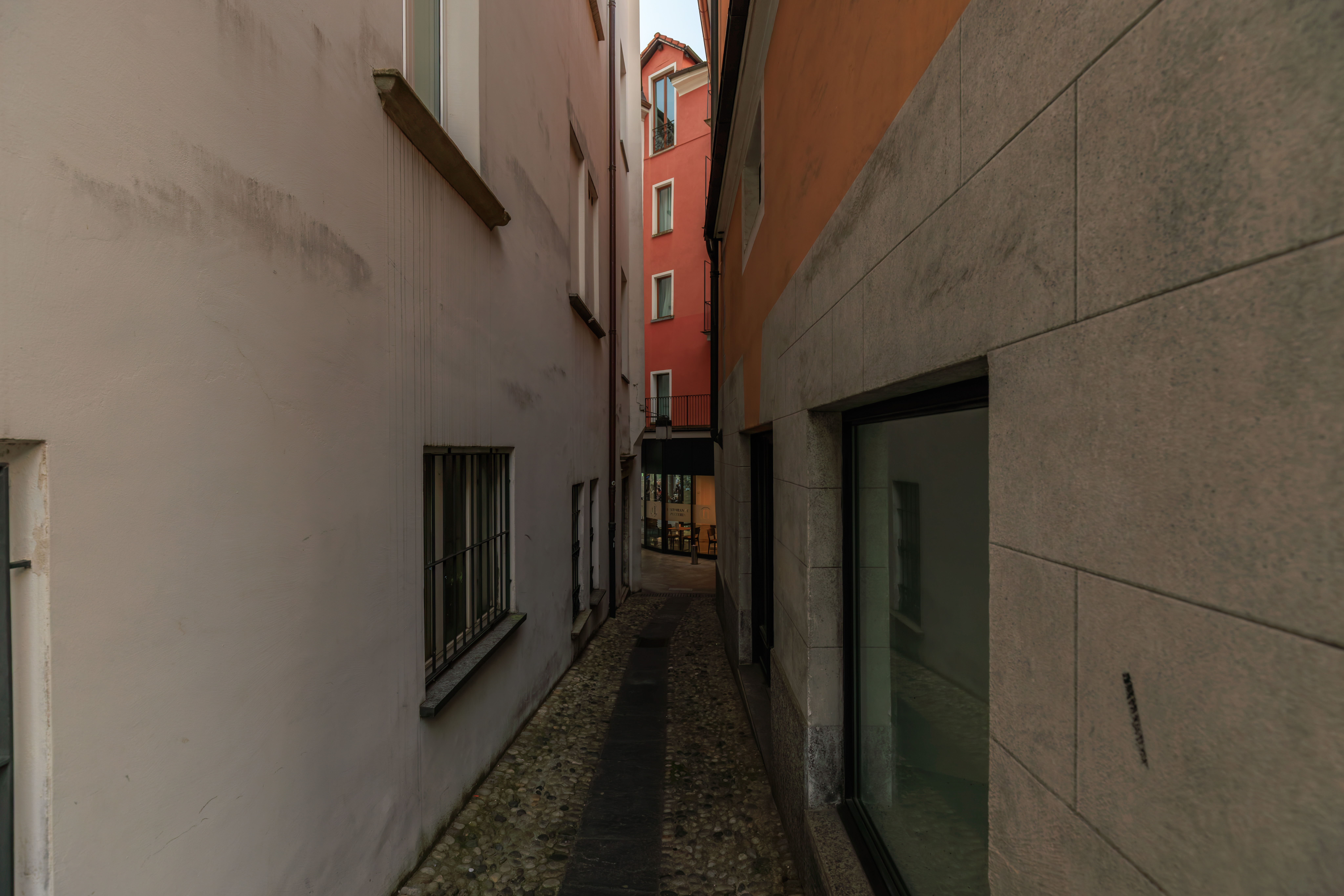
We walked through what is best described as a narrow alley.

And ended up next to these buildings at the northwestern side of the Piazza Grande.
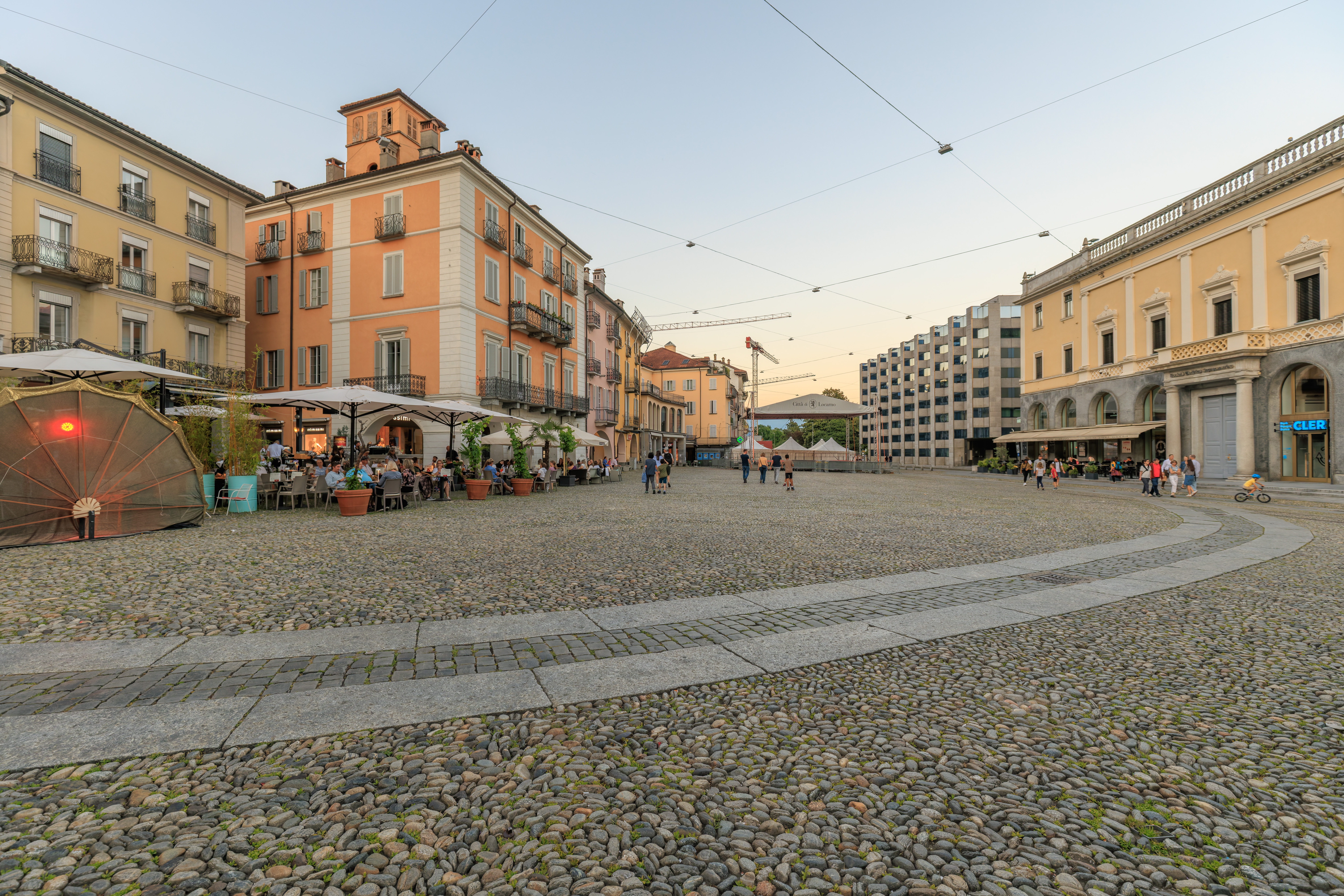
This rather large piazza wasn’t too busy but there were still a good number of people enjoying the restaurants.
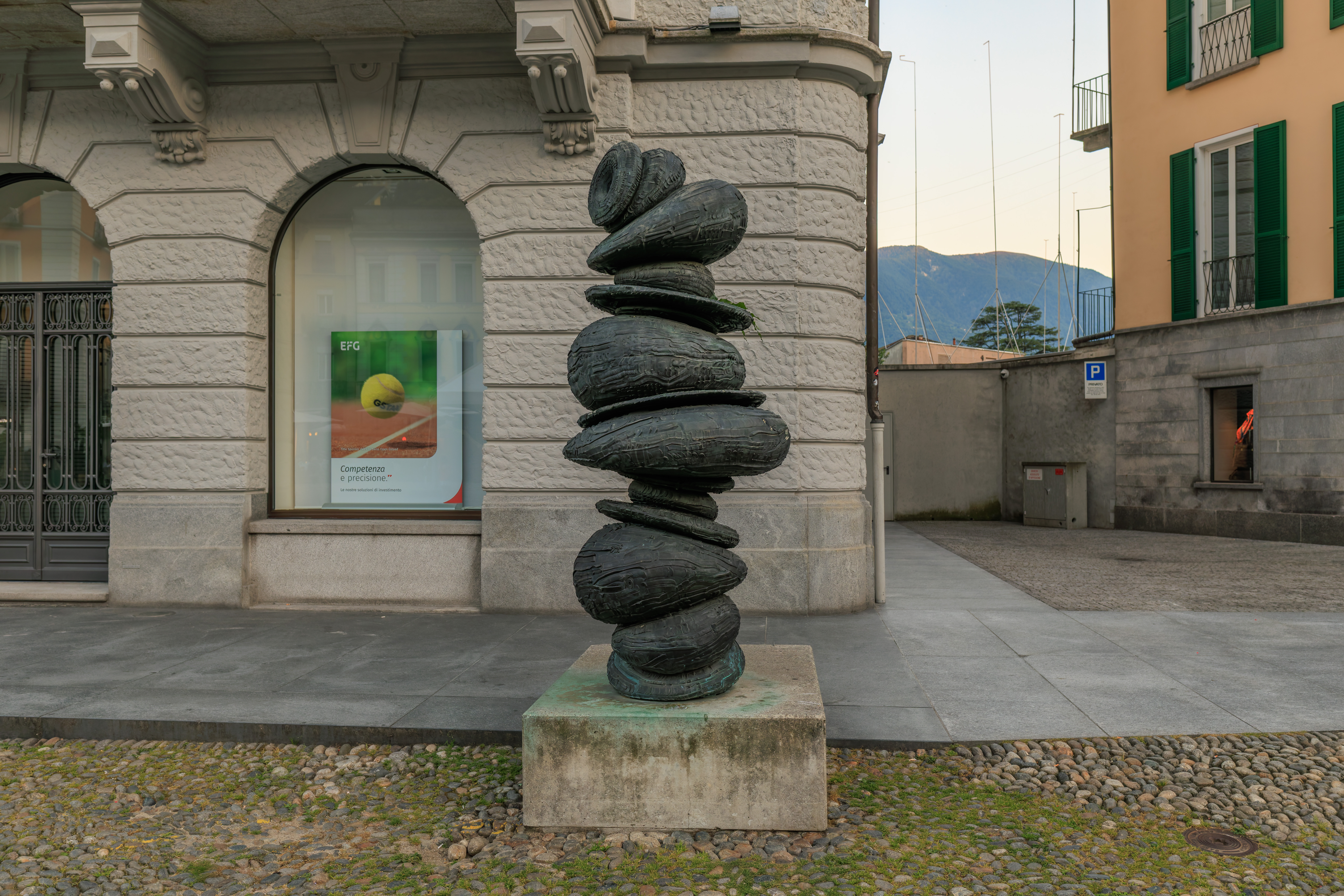
Kind of an odd sculpture.
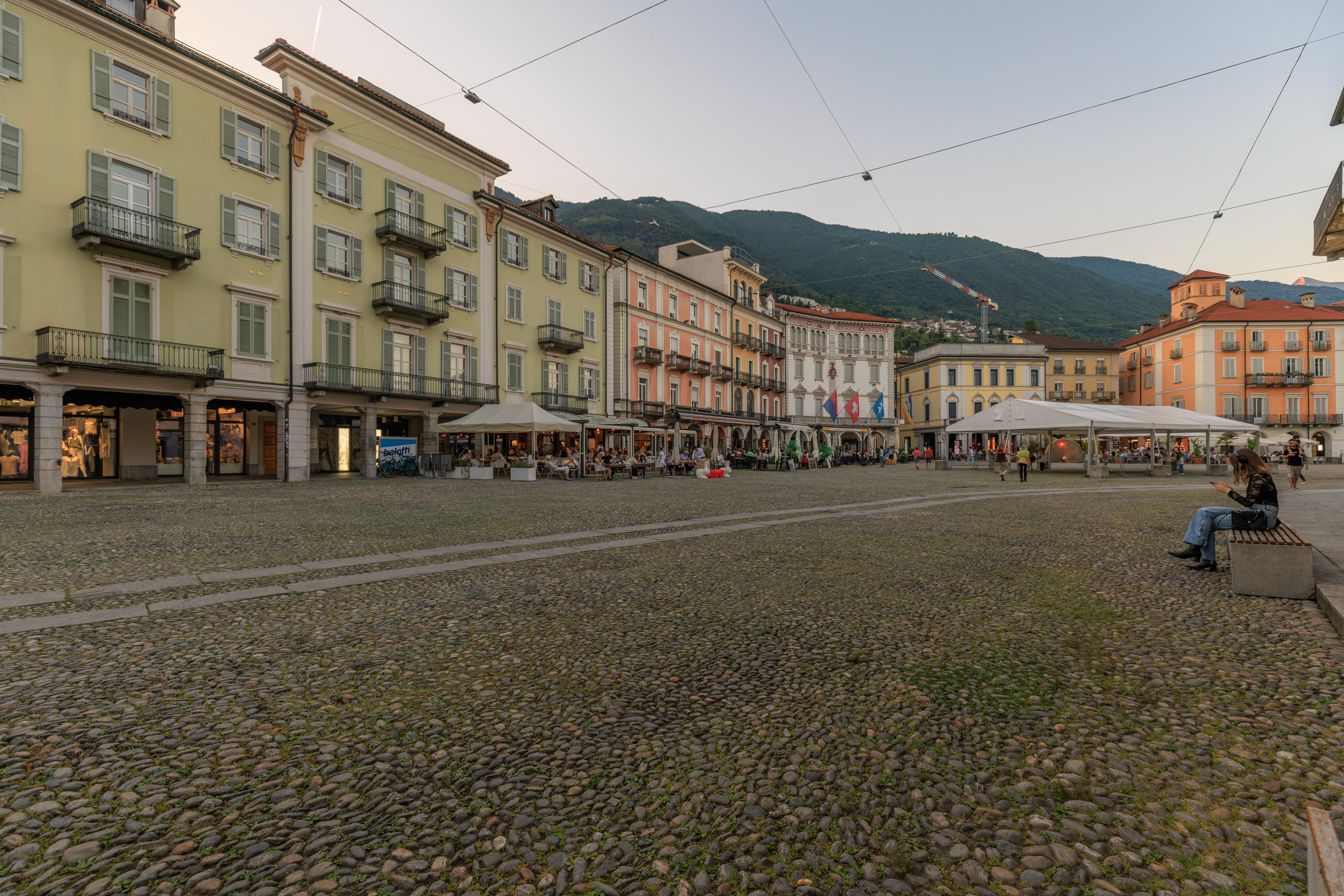
We sat on a bench here for a few minutes.
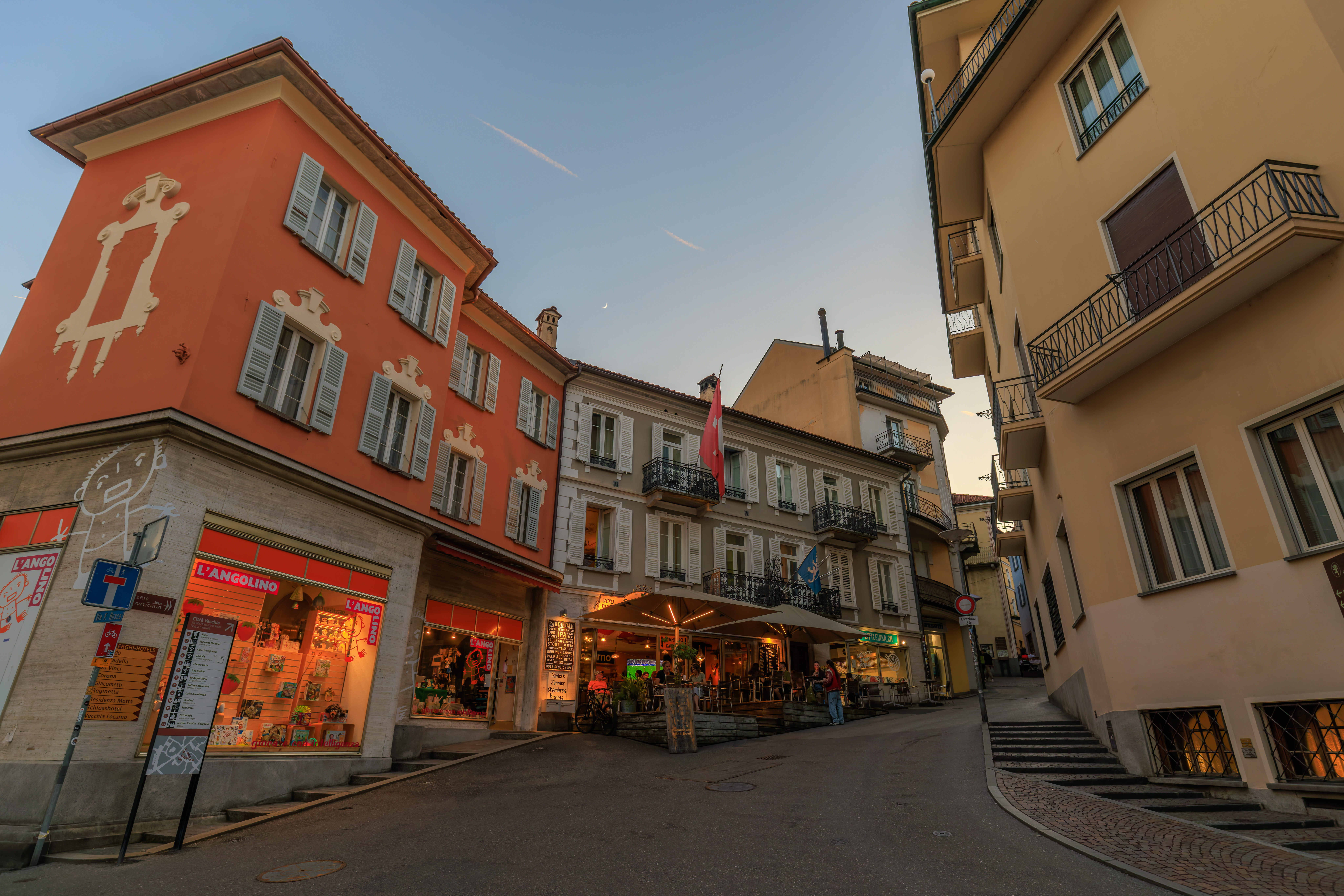
We then continued on to the southwest to return to the bus stop to head back to the Hampton.
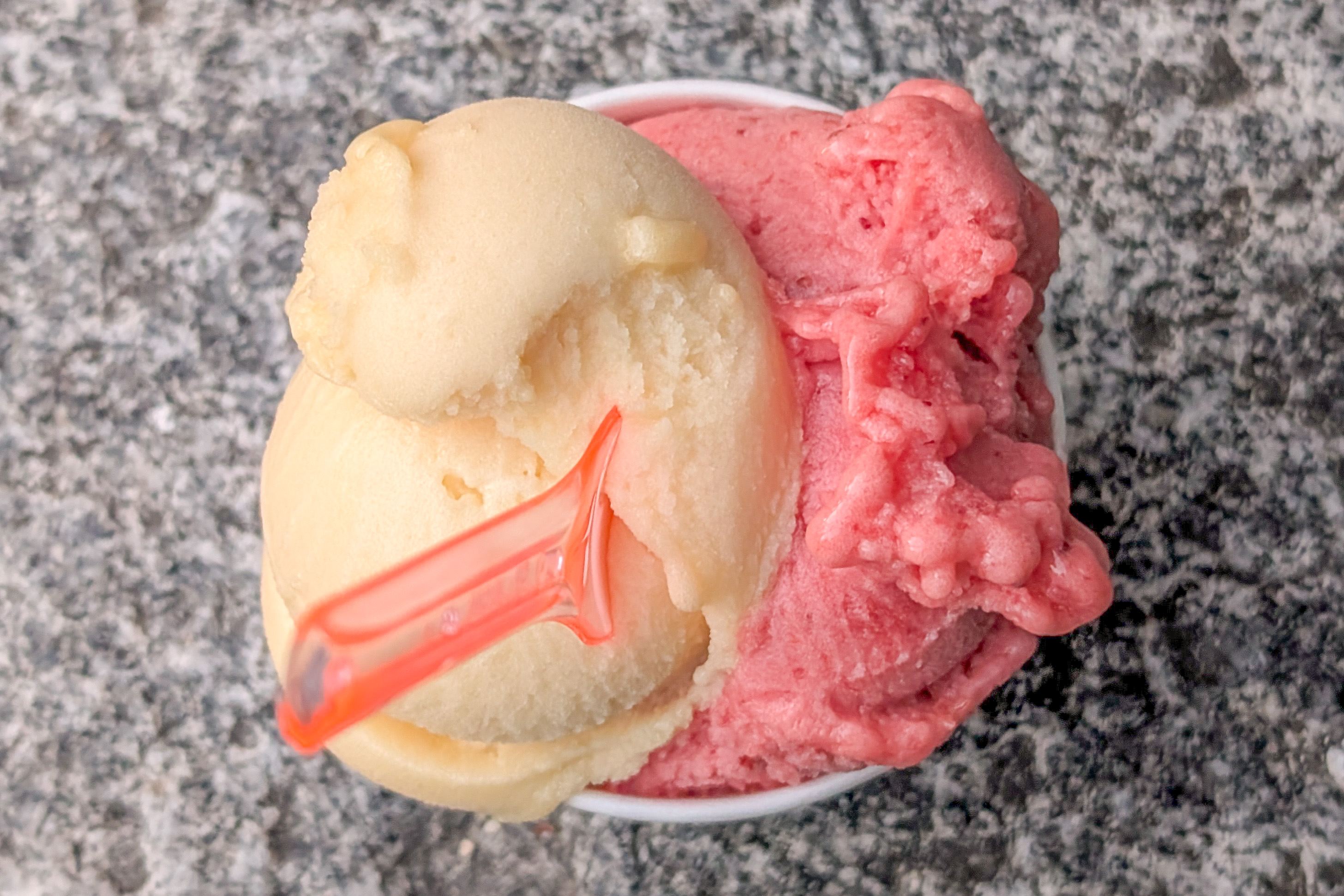
But first, some gelato from La Mini Gelateria. The shop was run by a grumpy old dude and had the tiniest cups and portions. The flavor of our passion fruit and fragola (strawberry) was excellent though.
After our snack, we boarded the next bus and returned to the Hampton to end the day.
